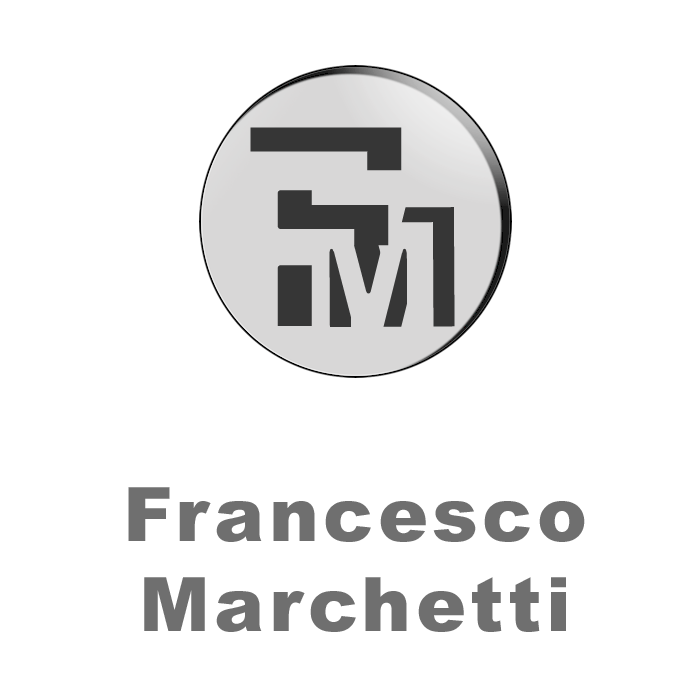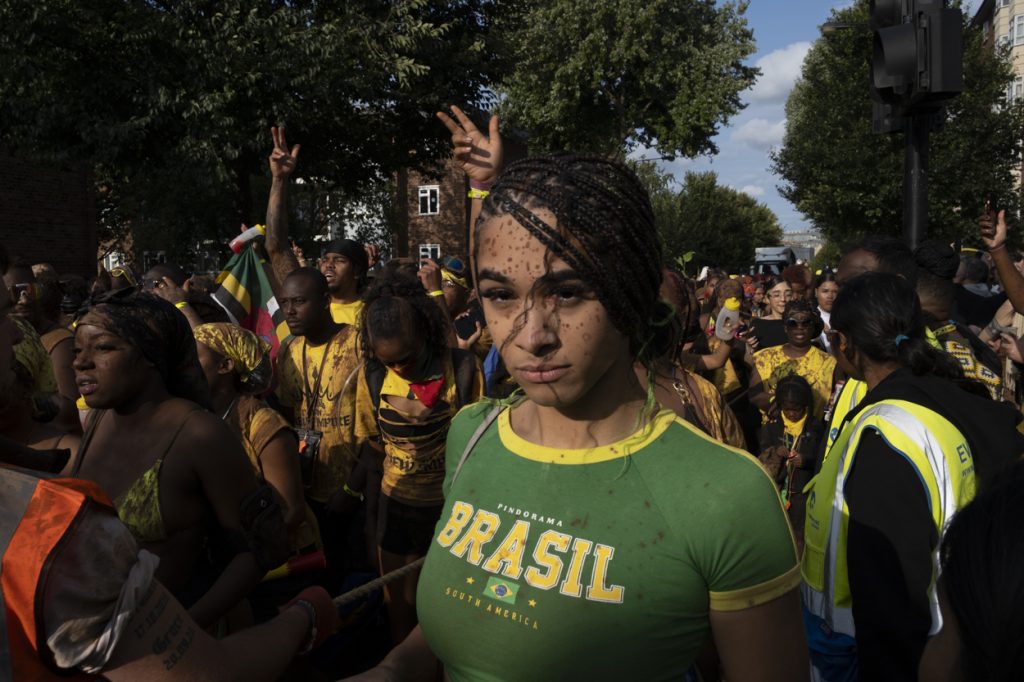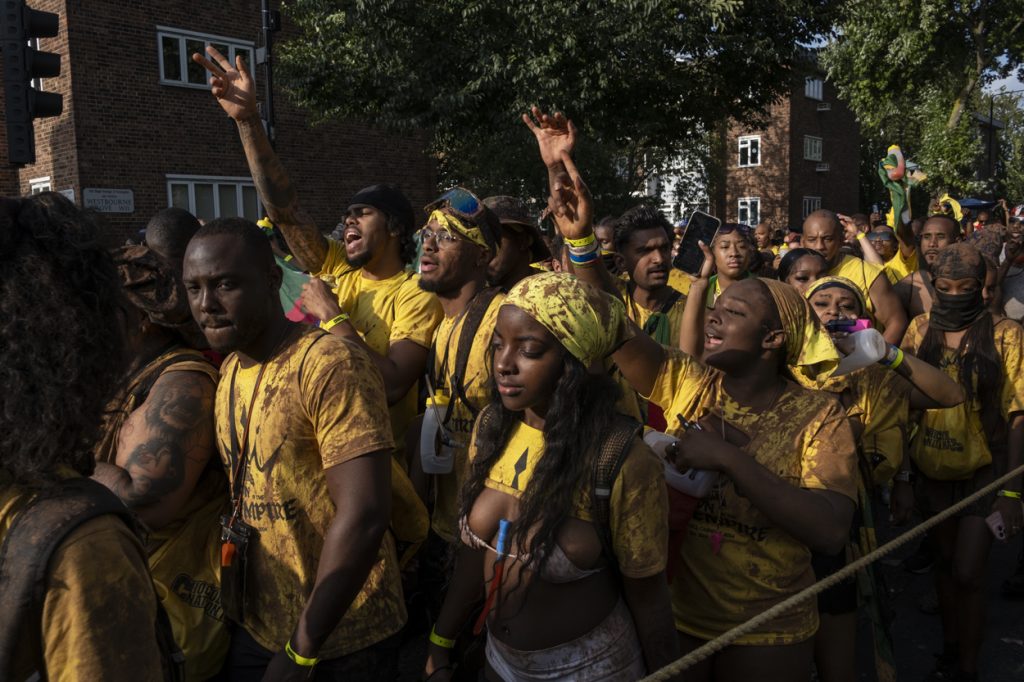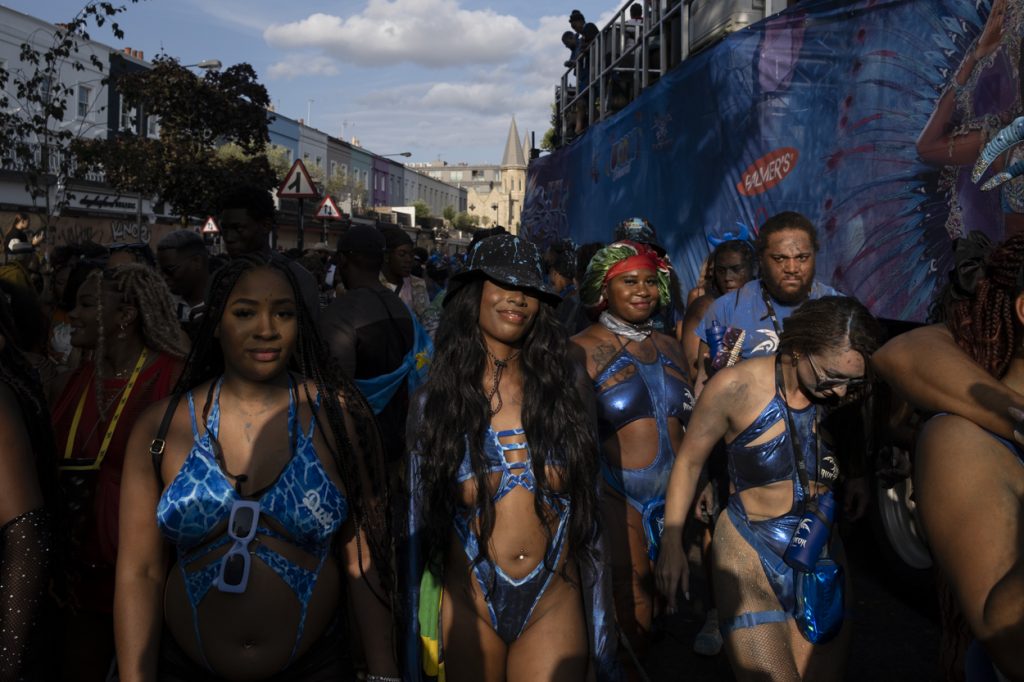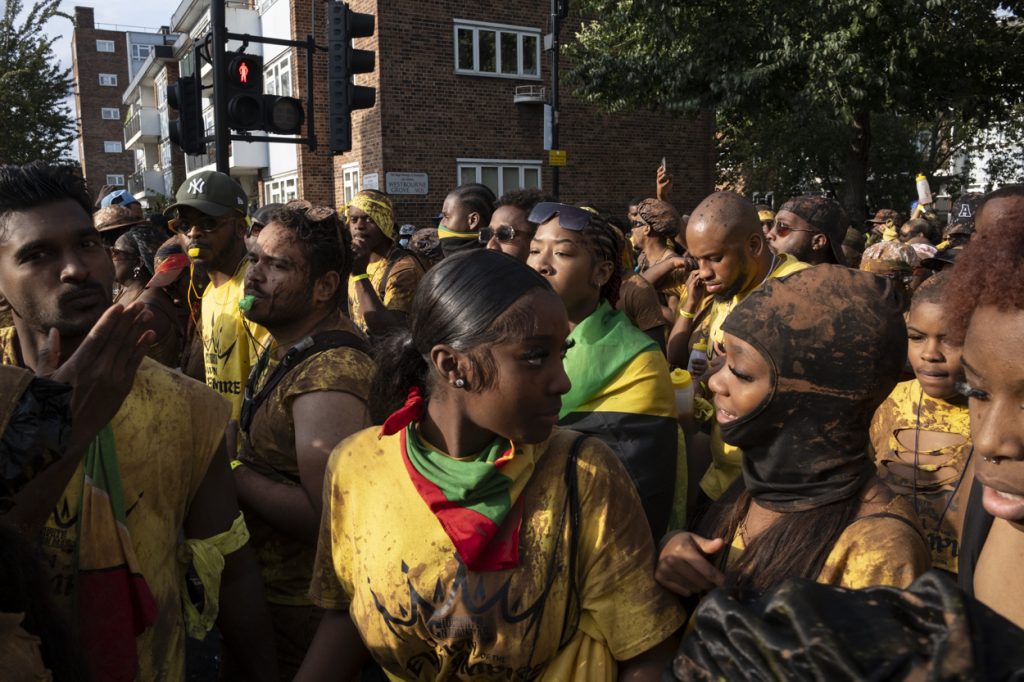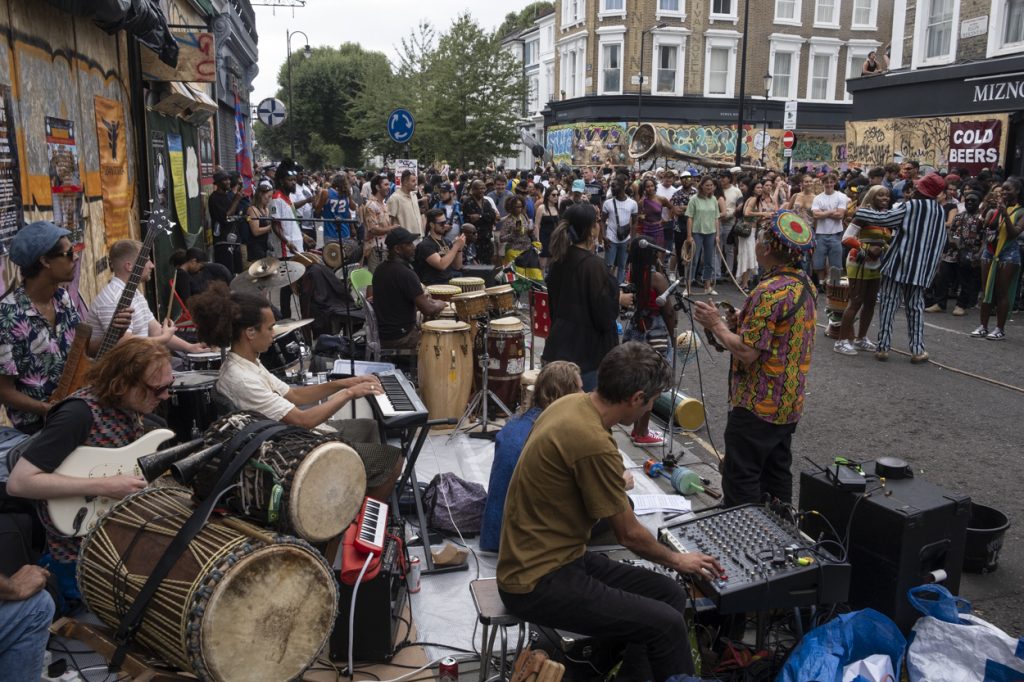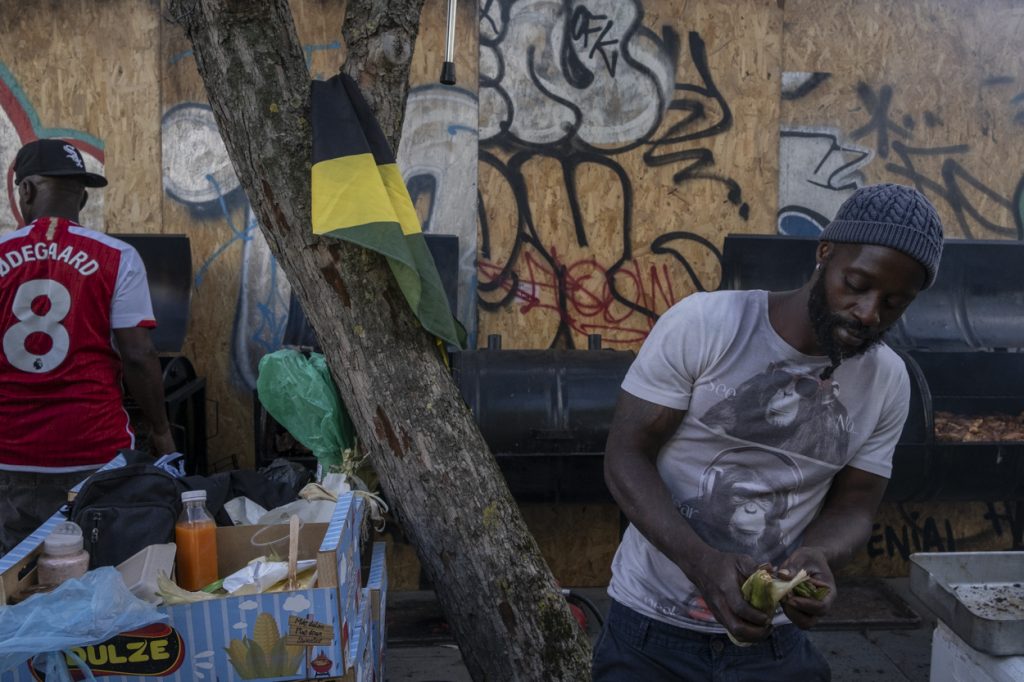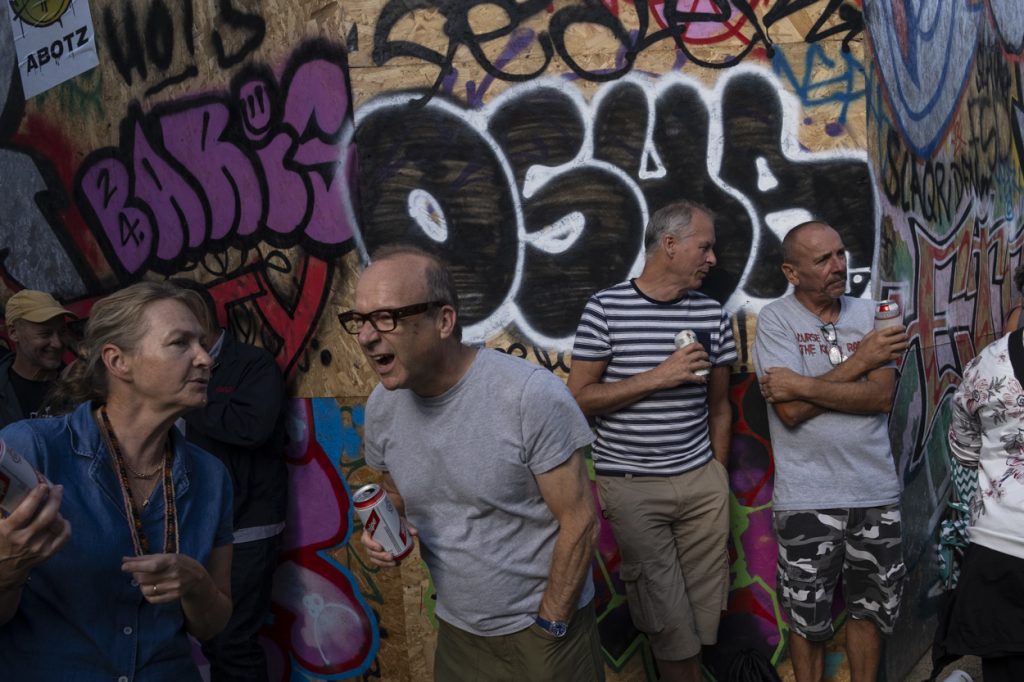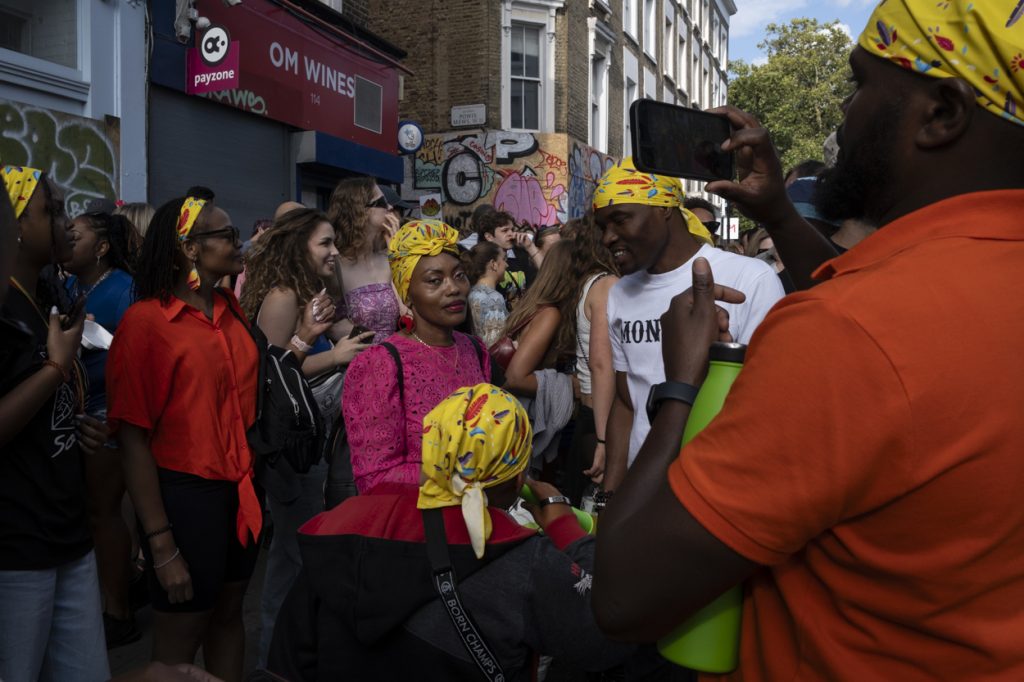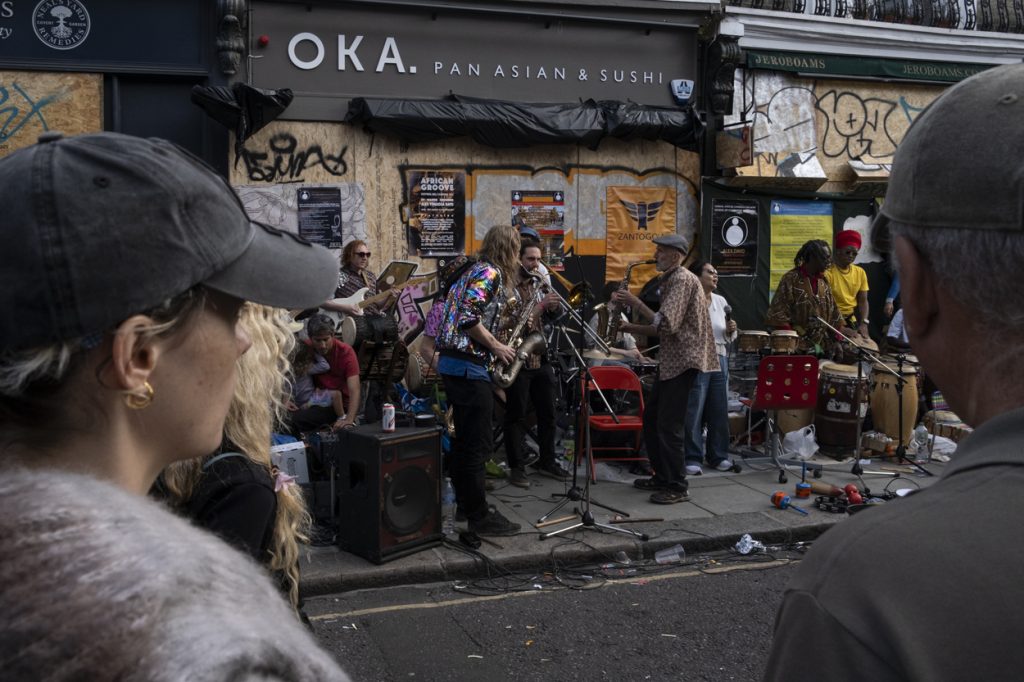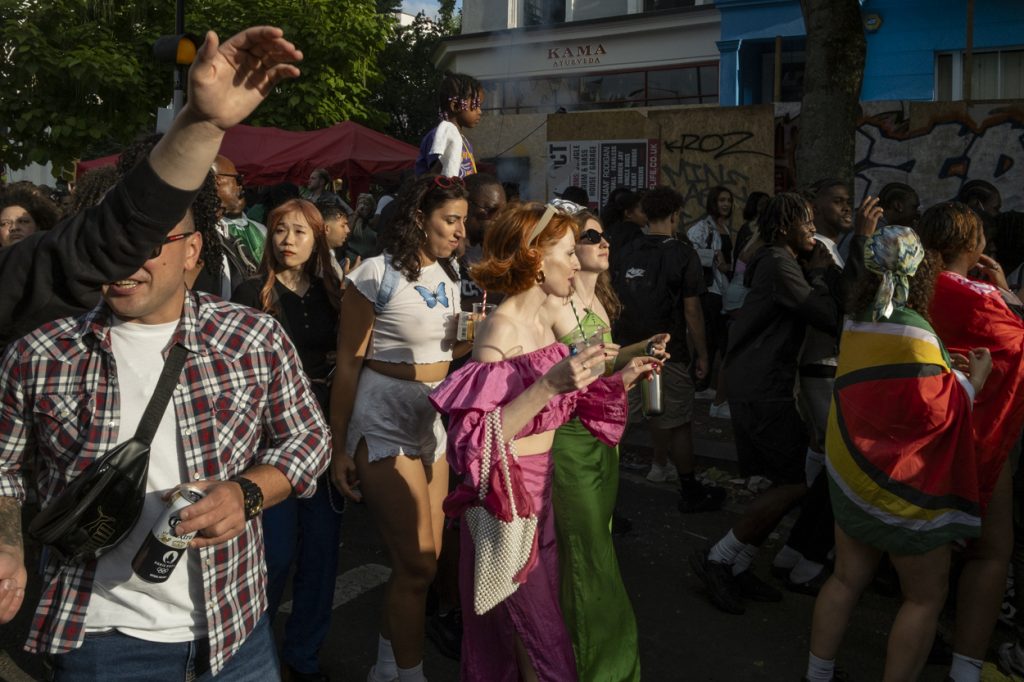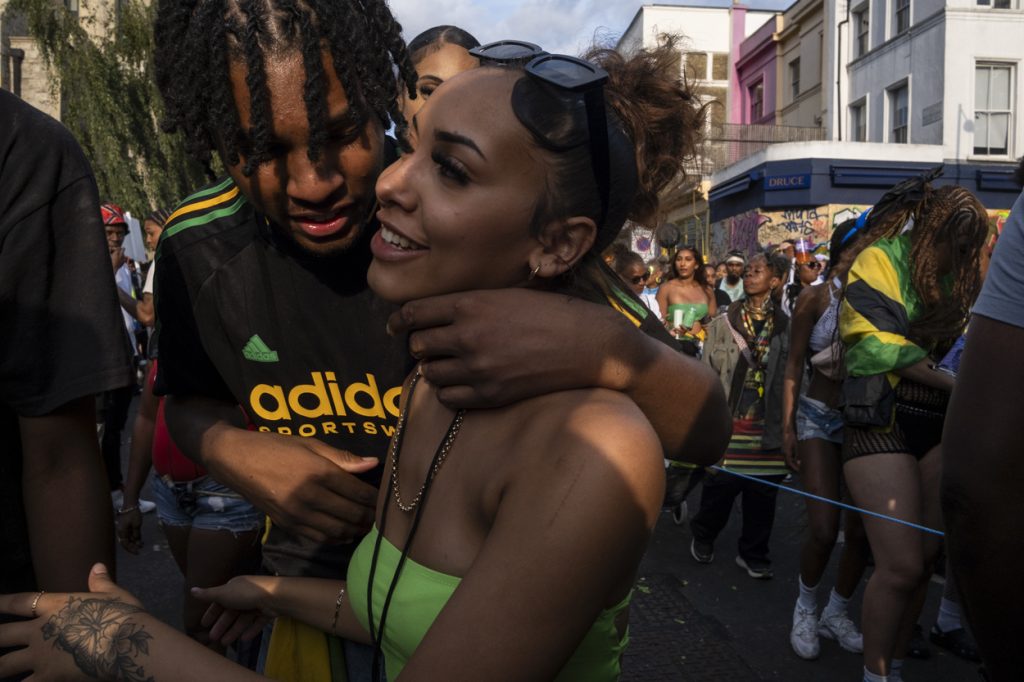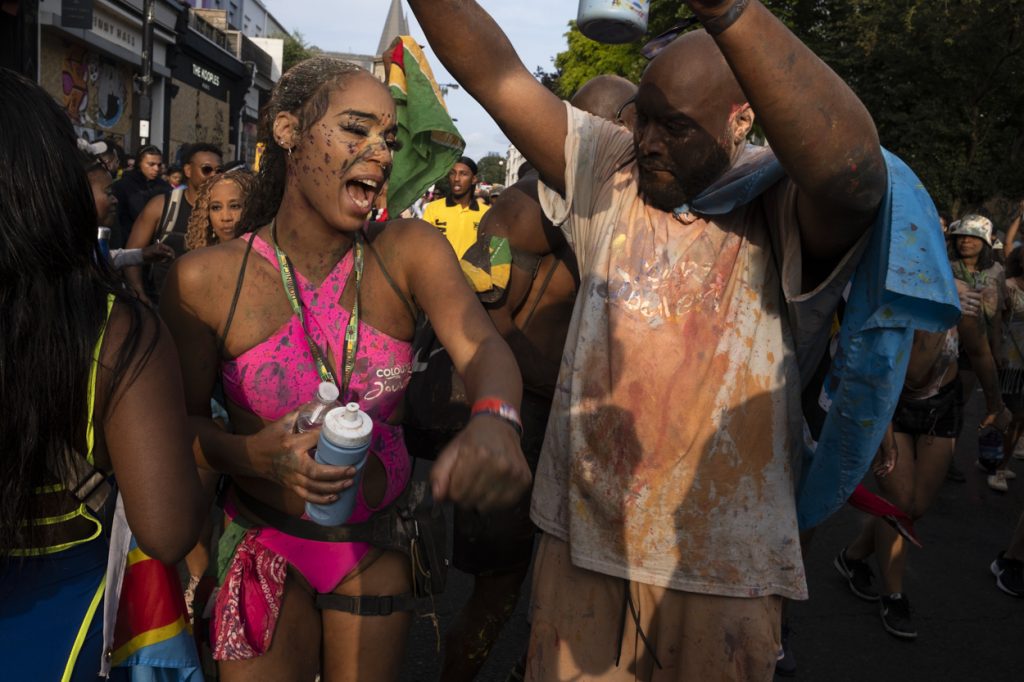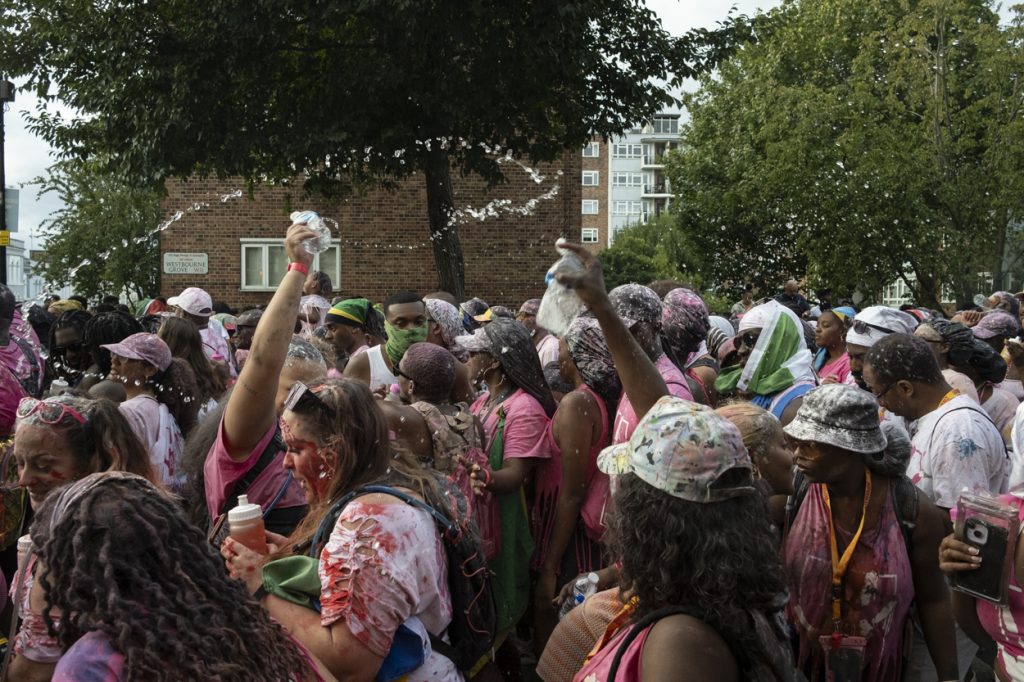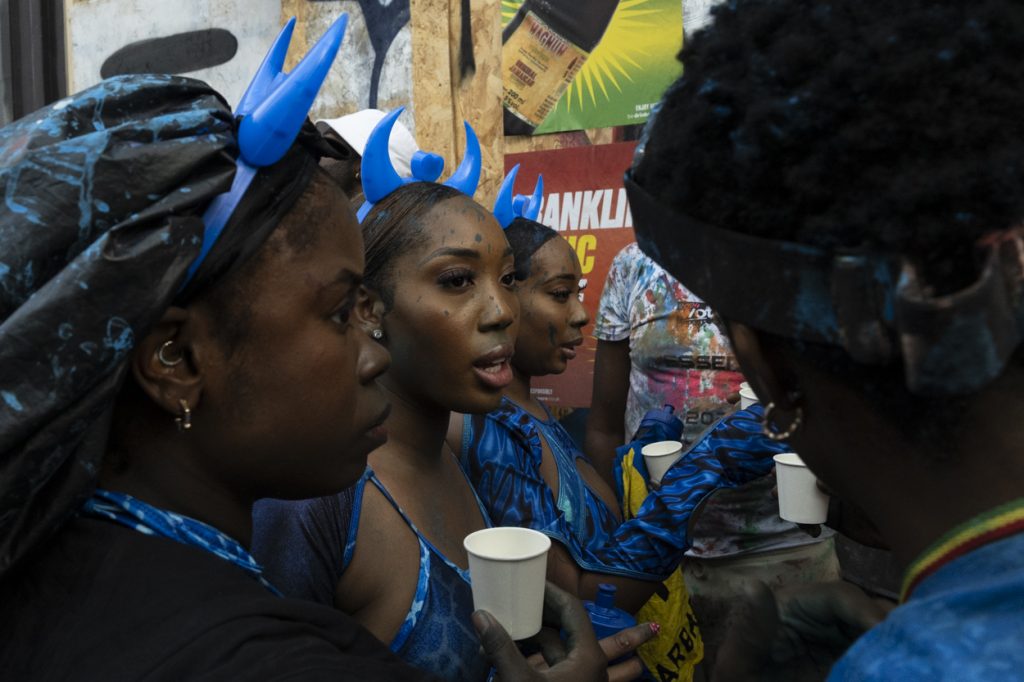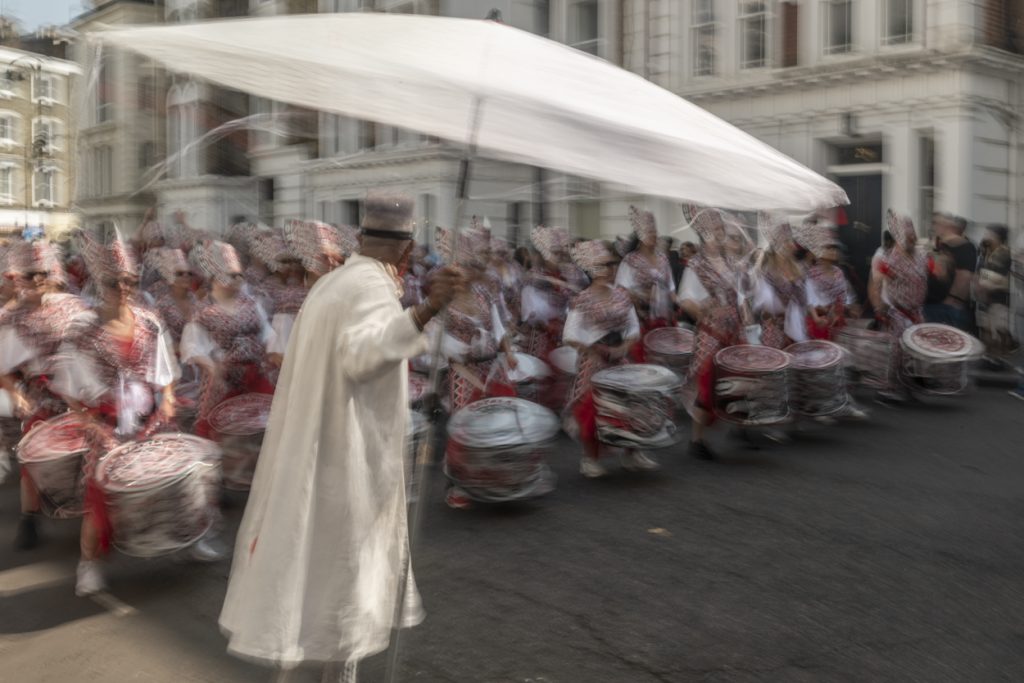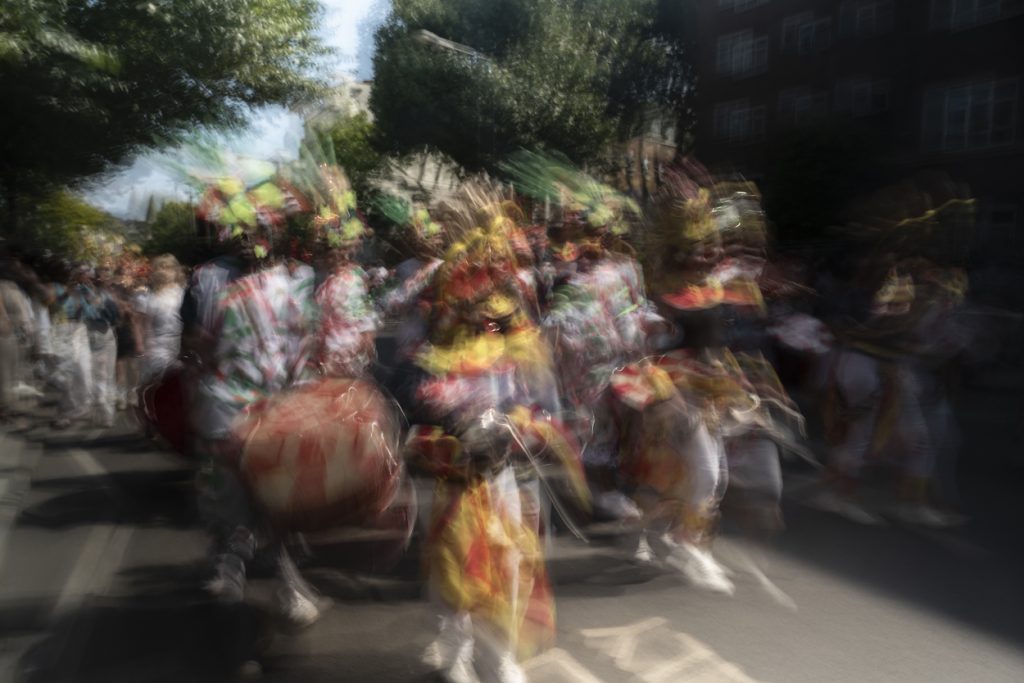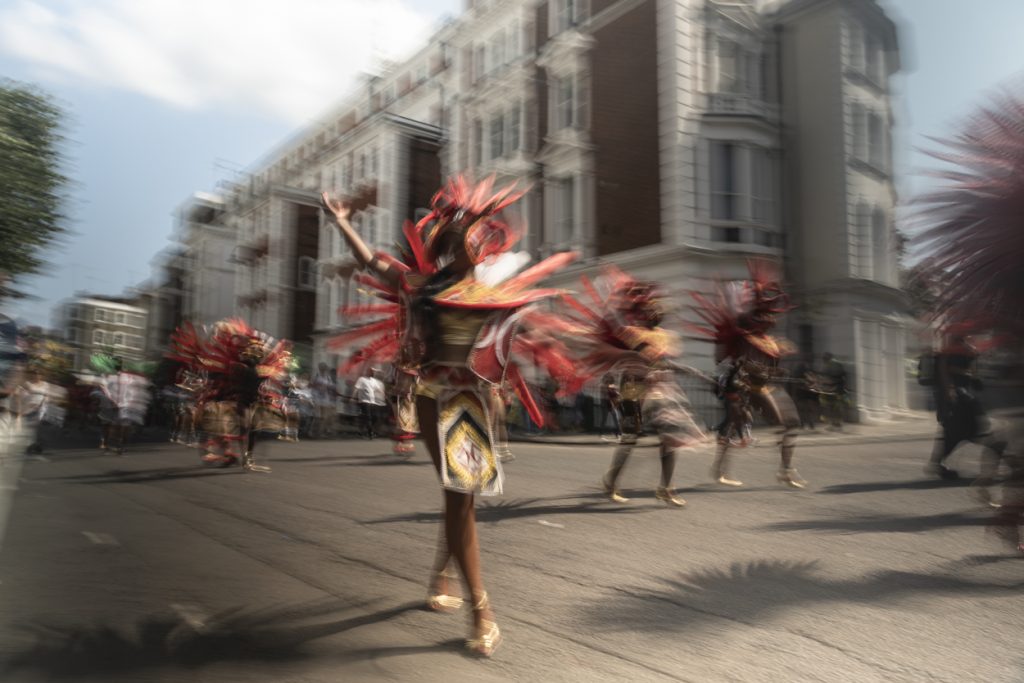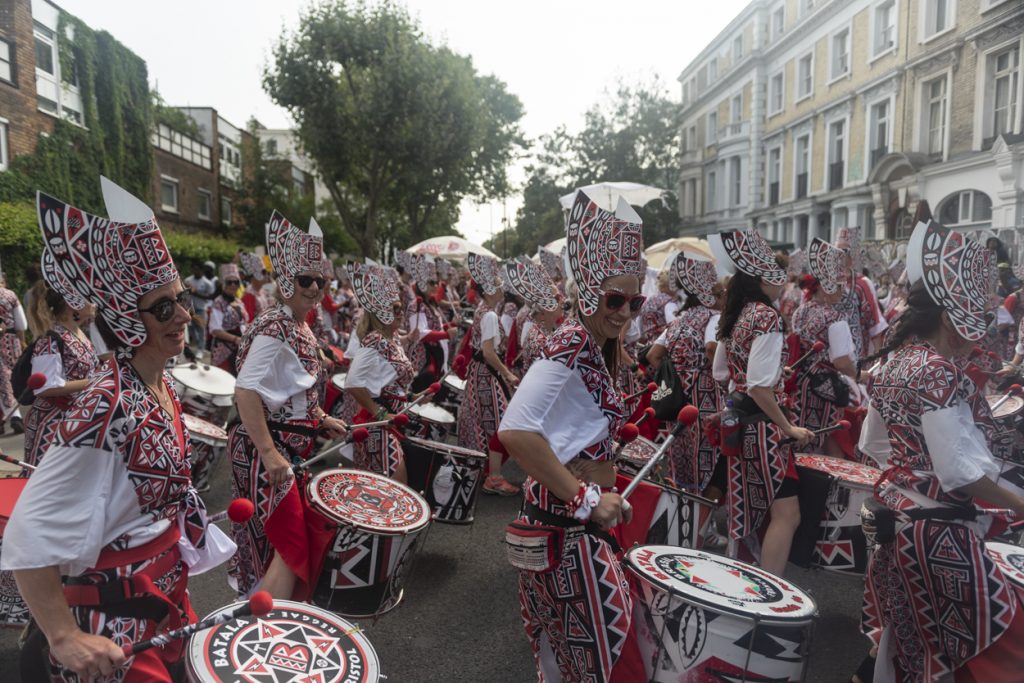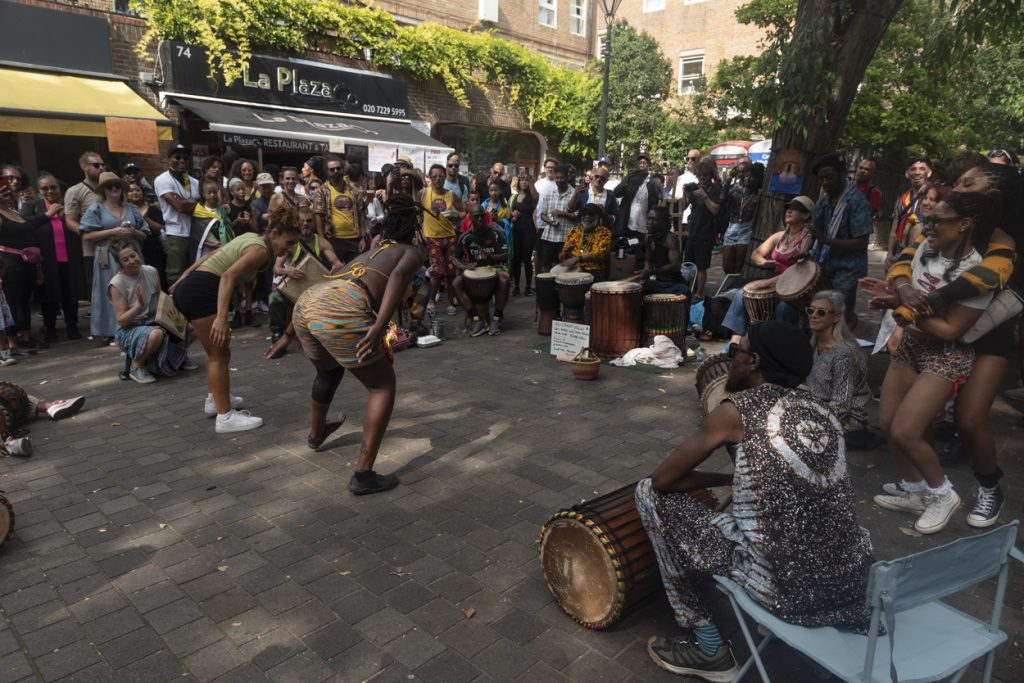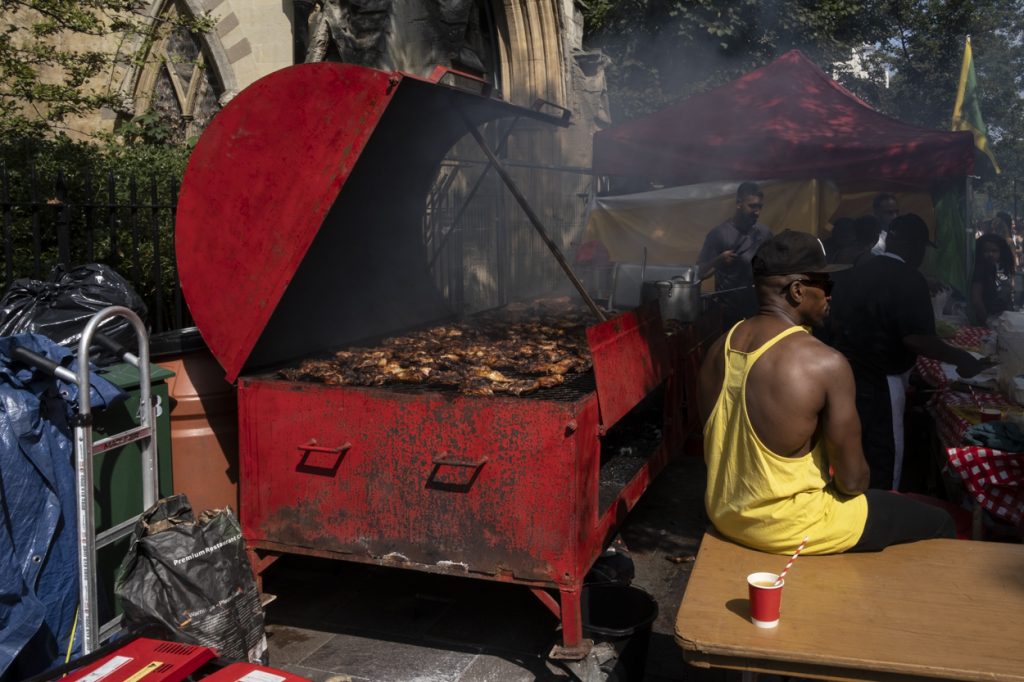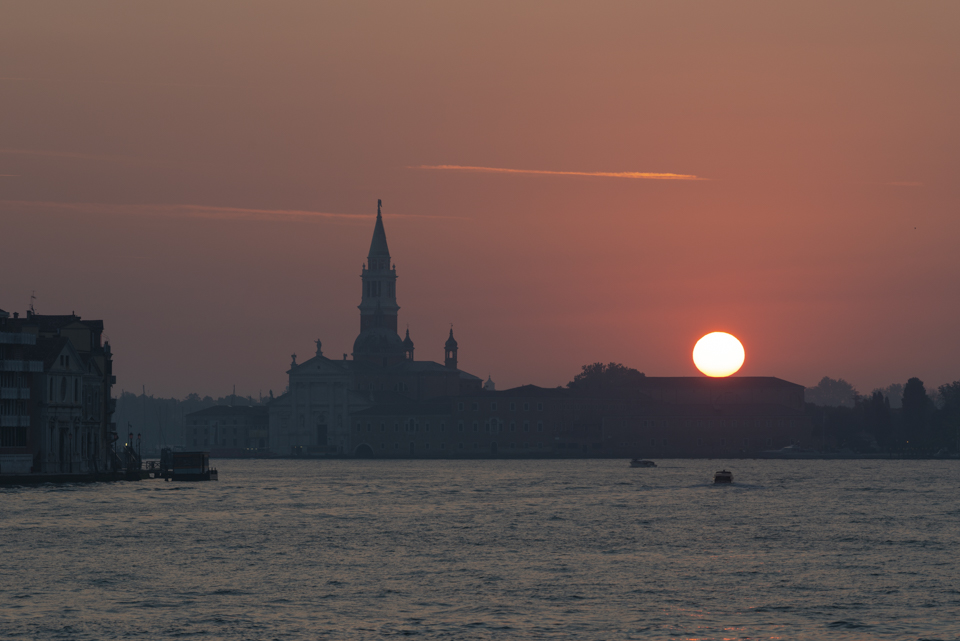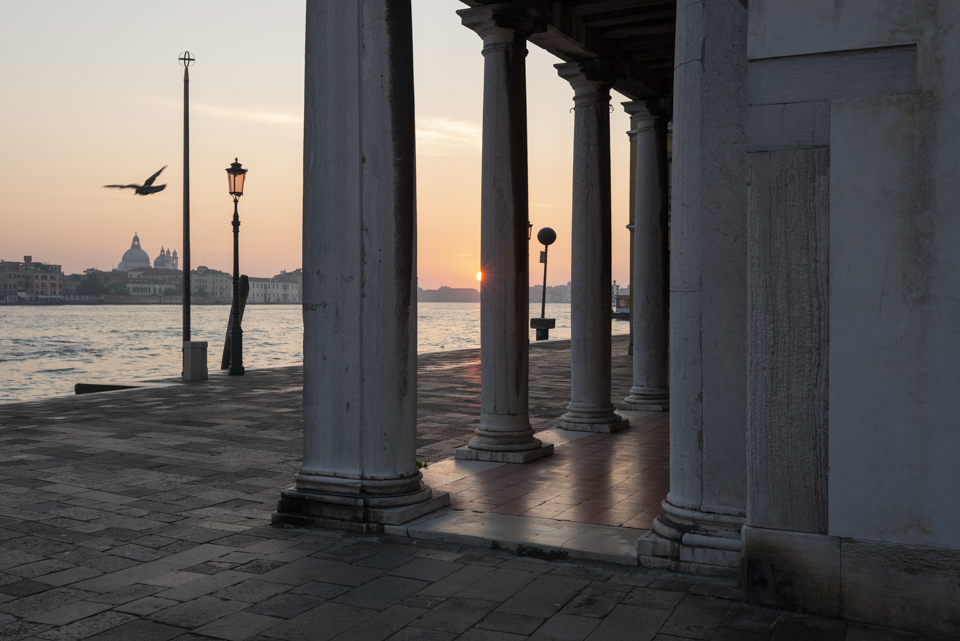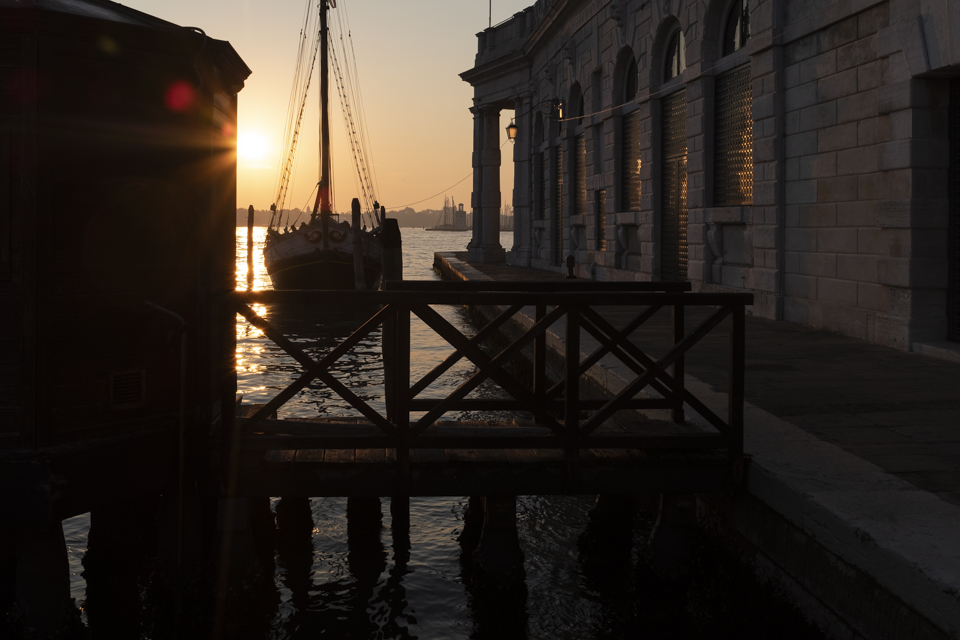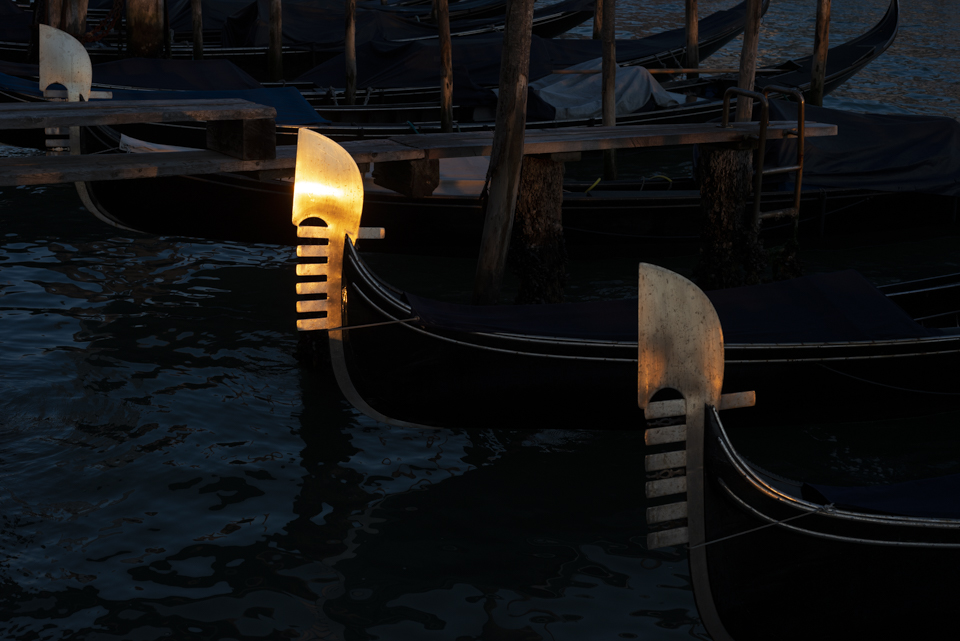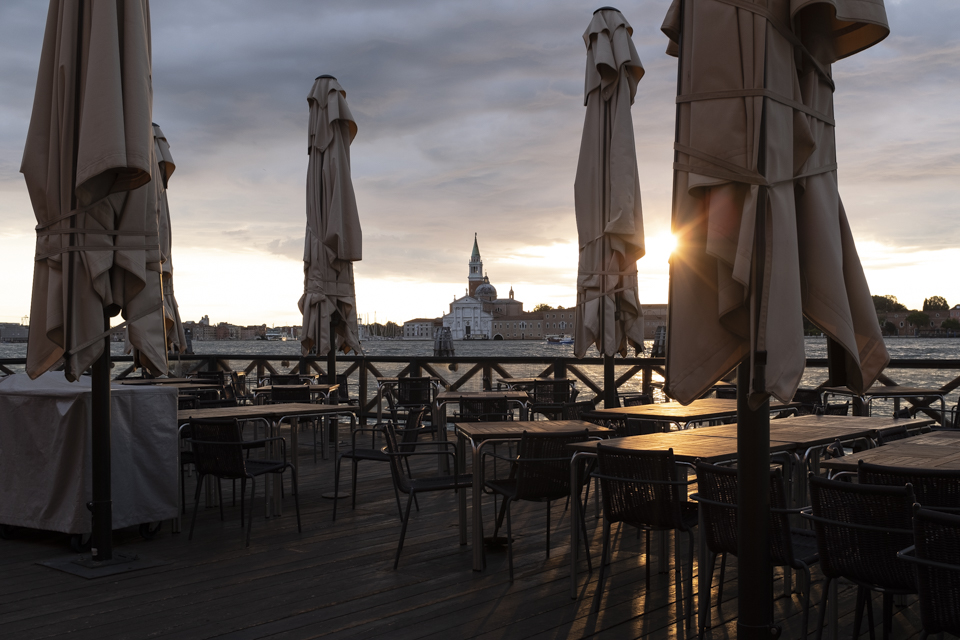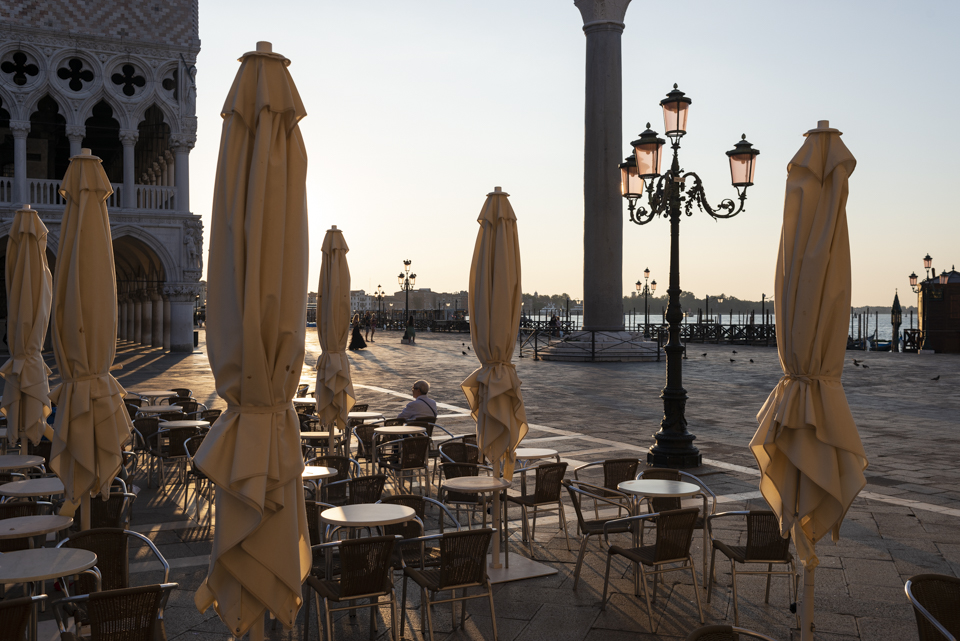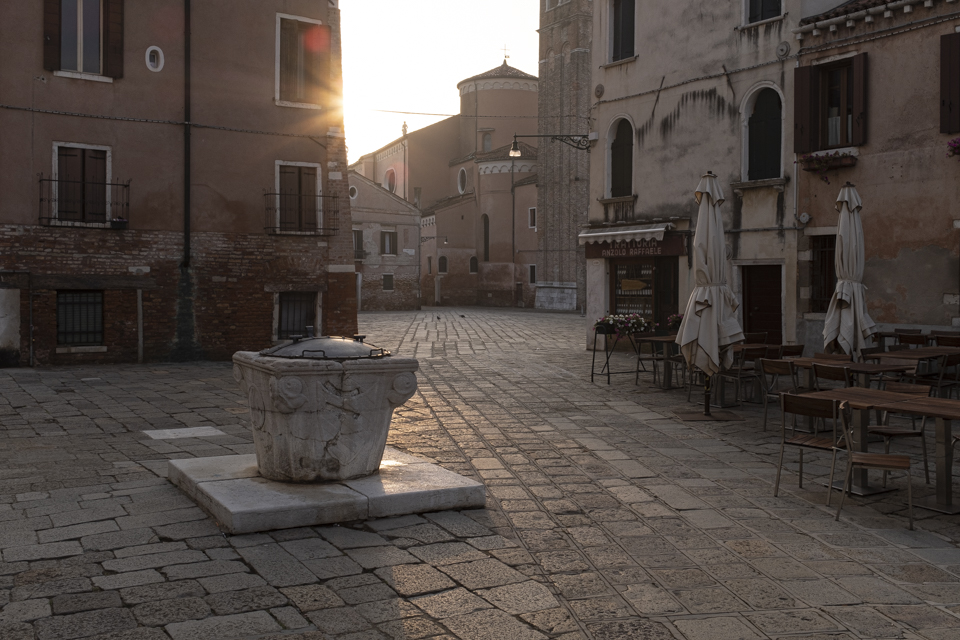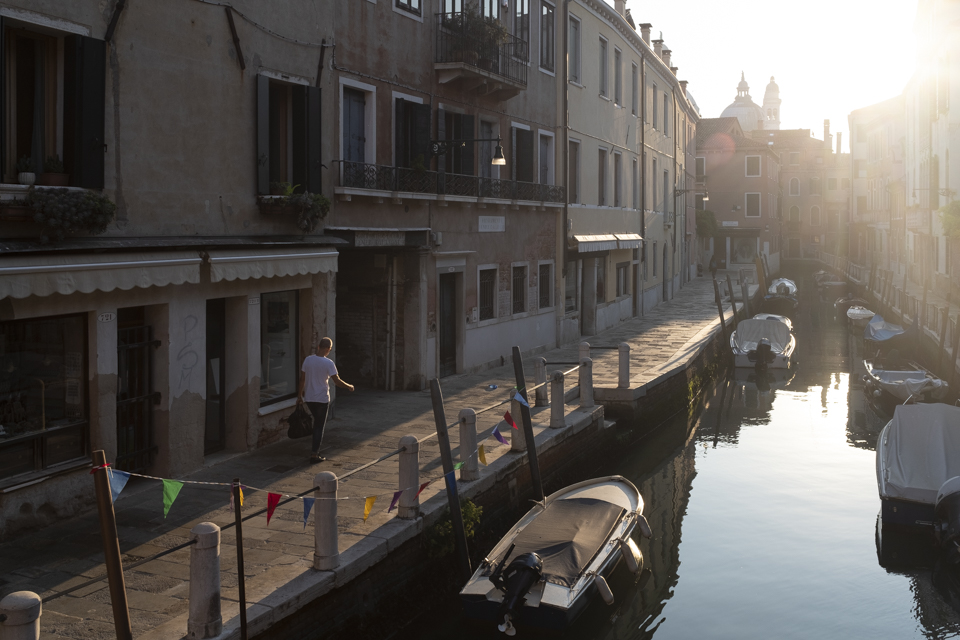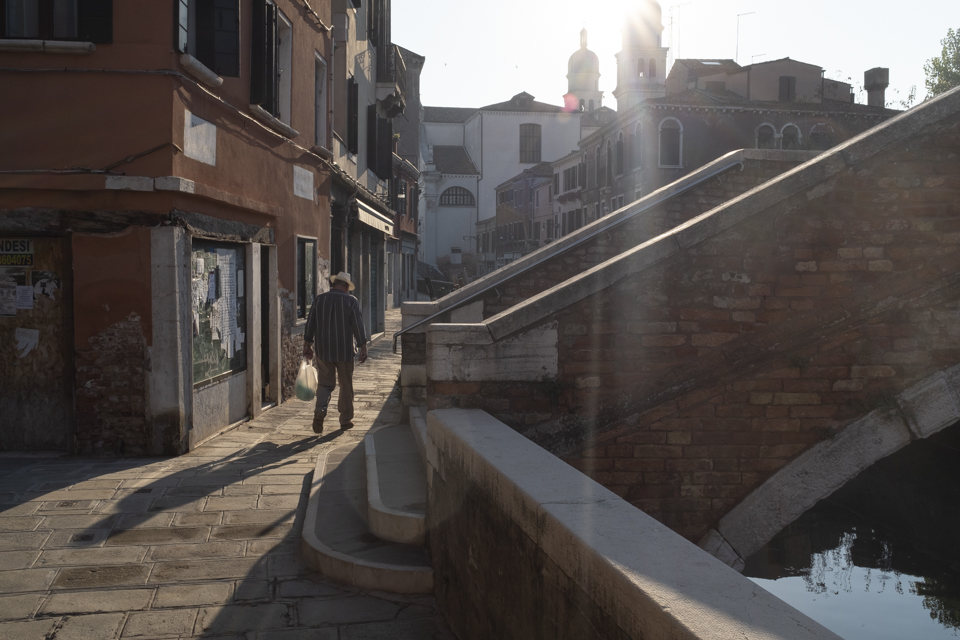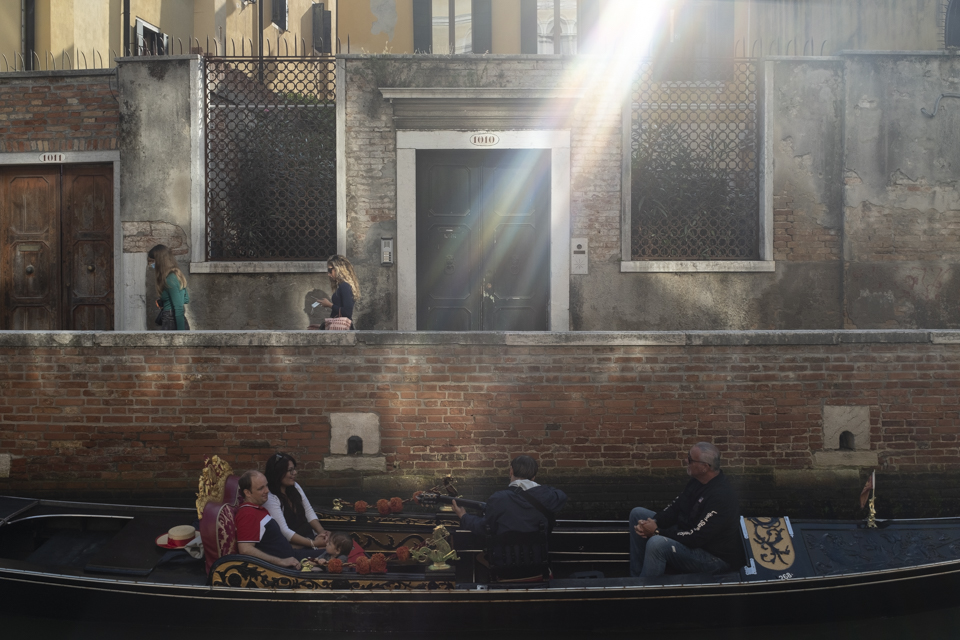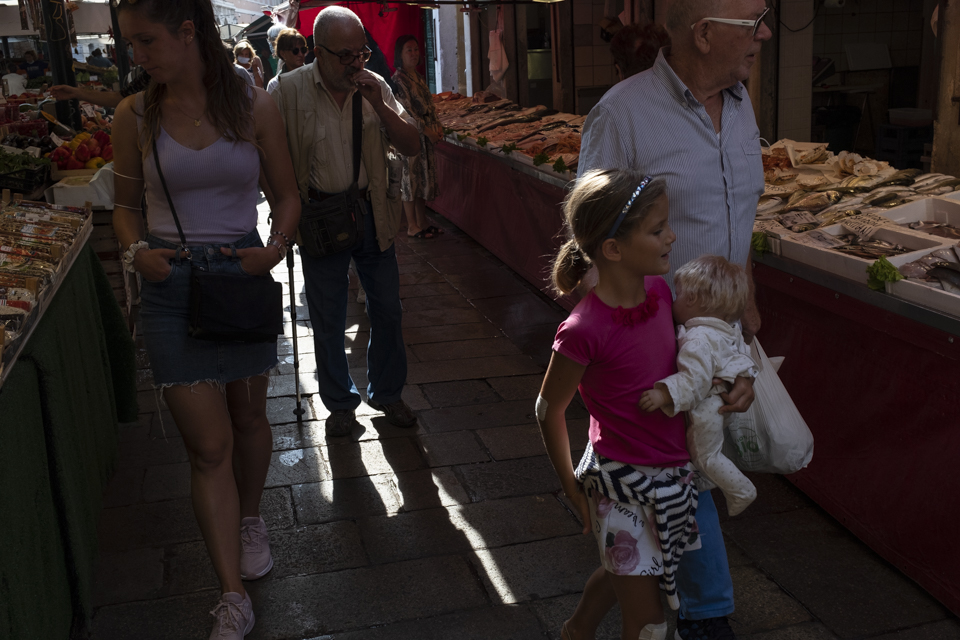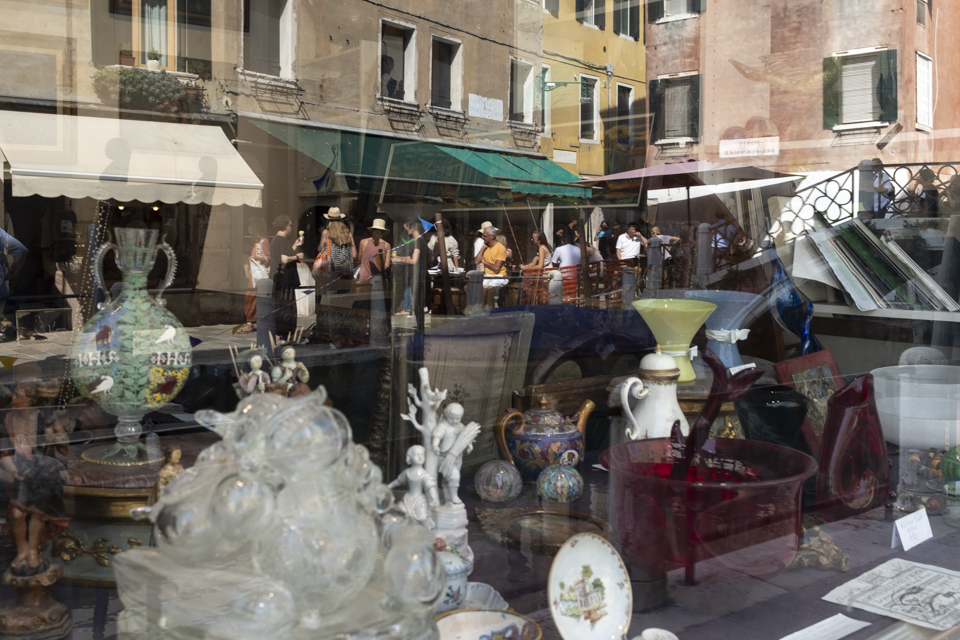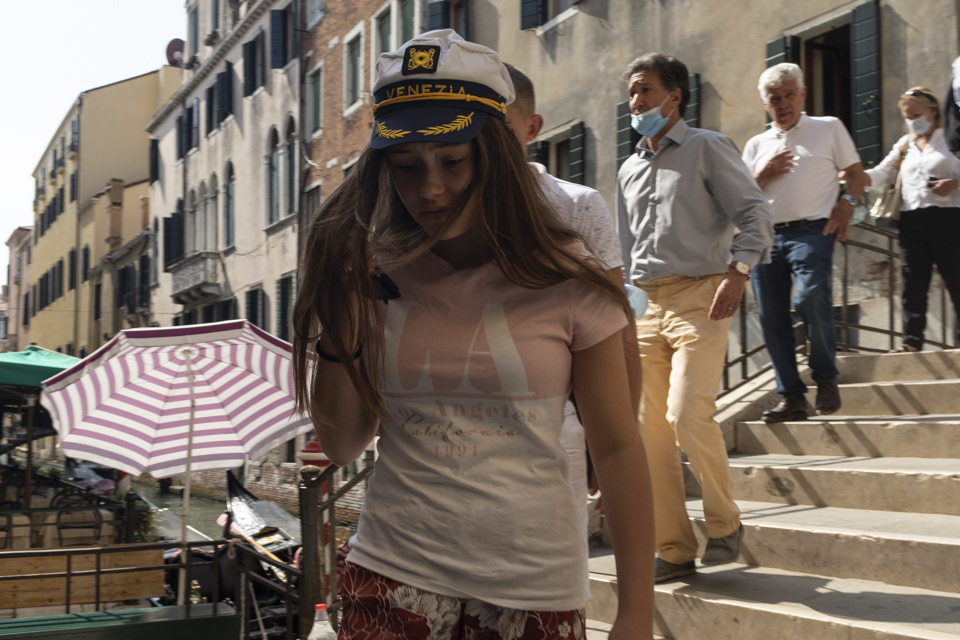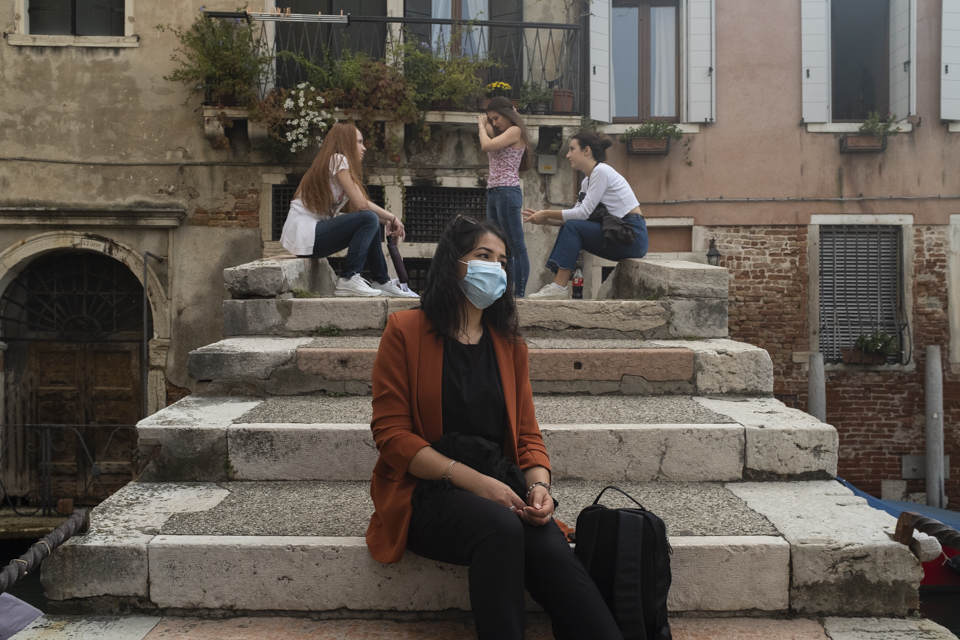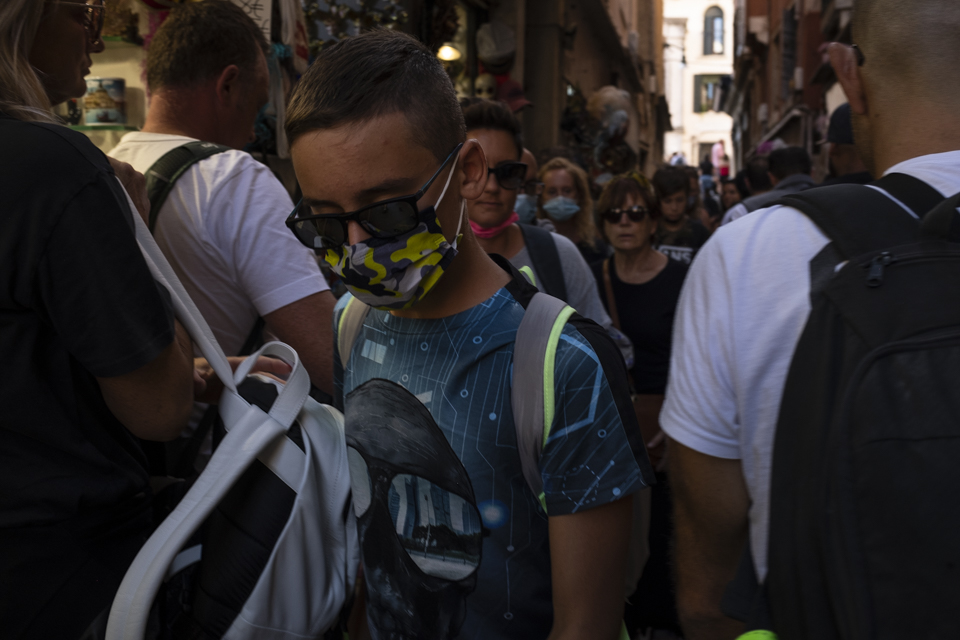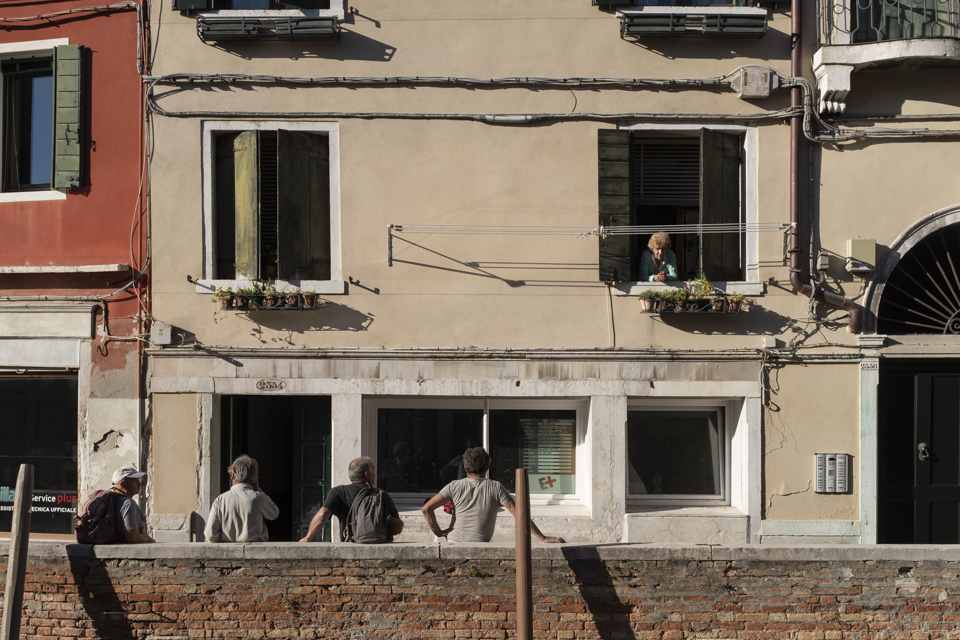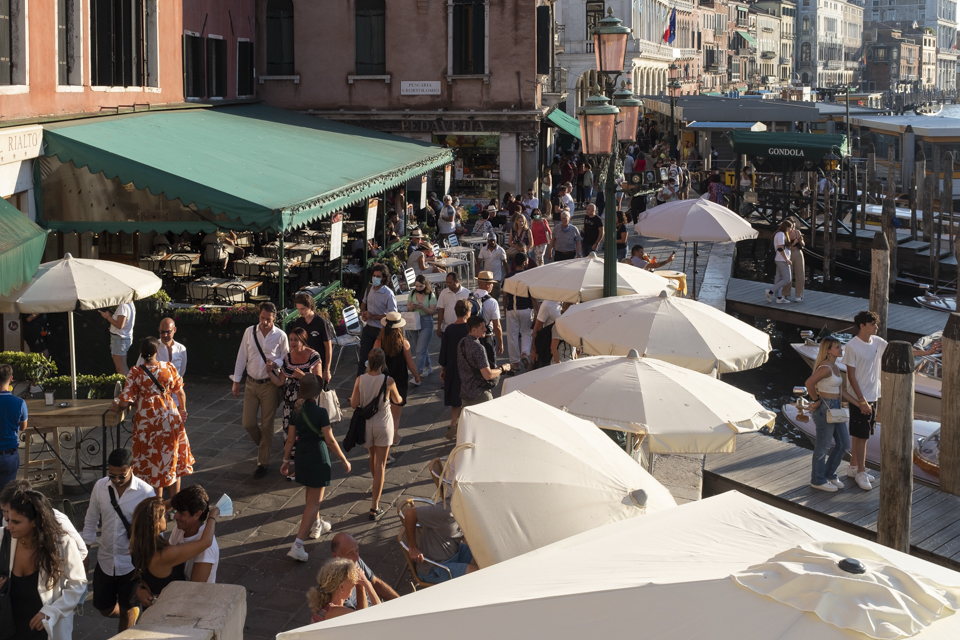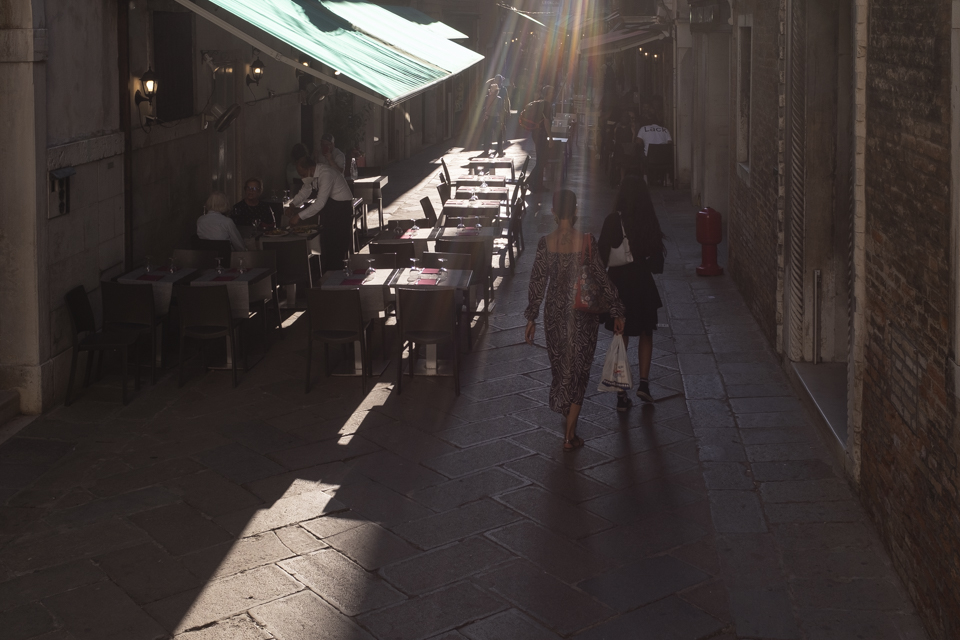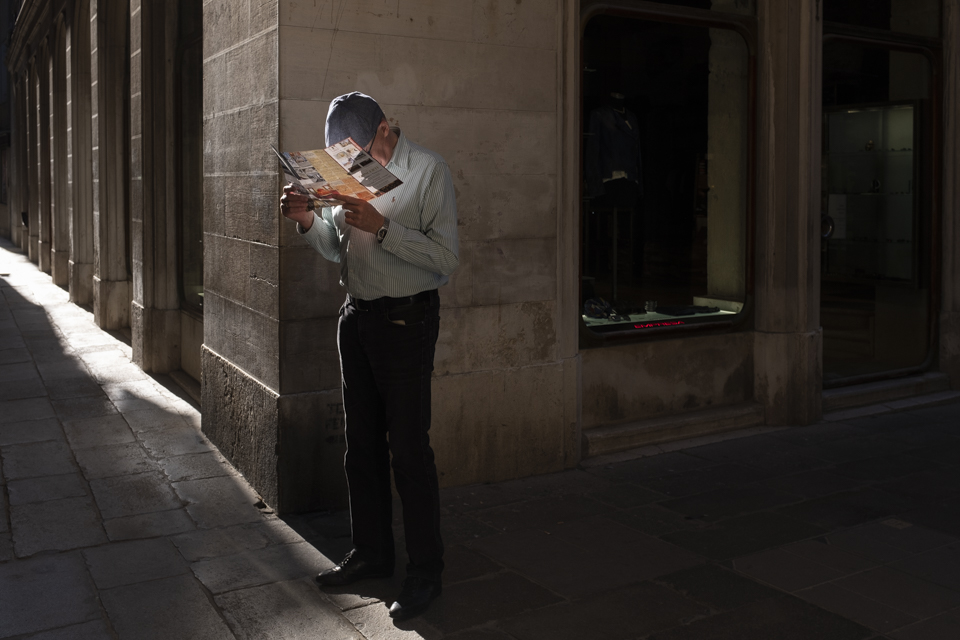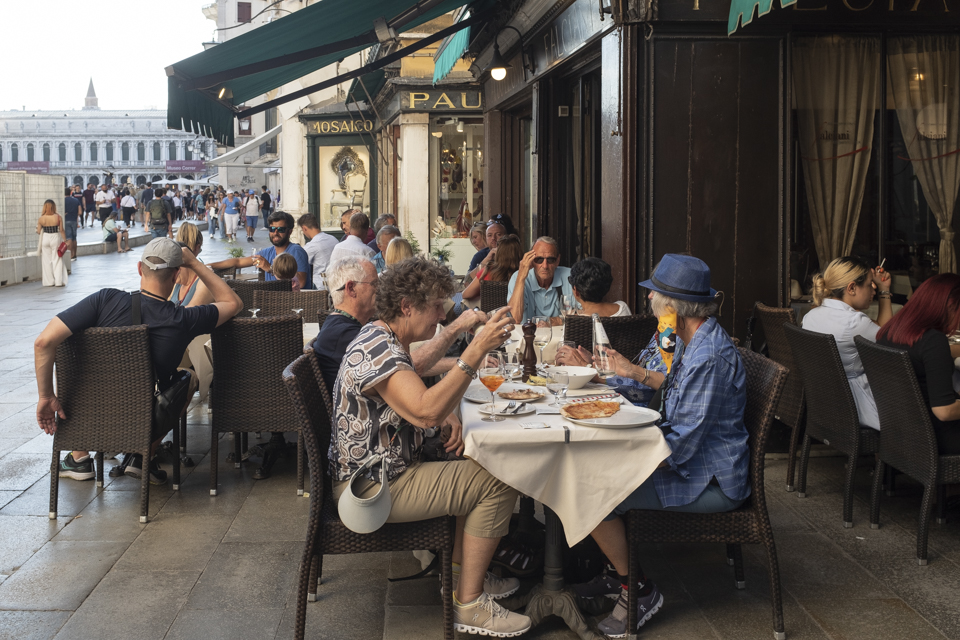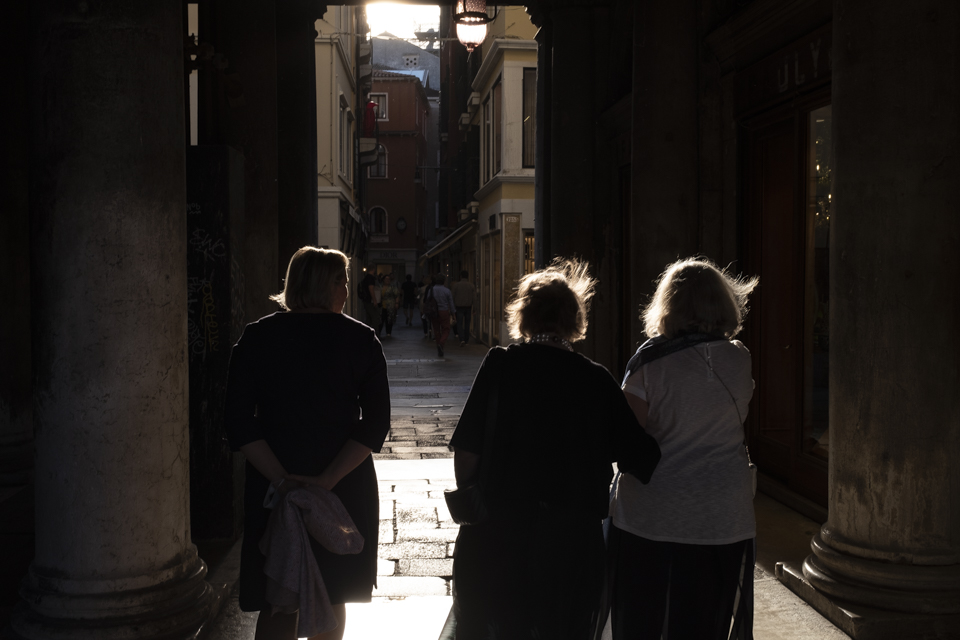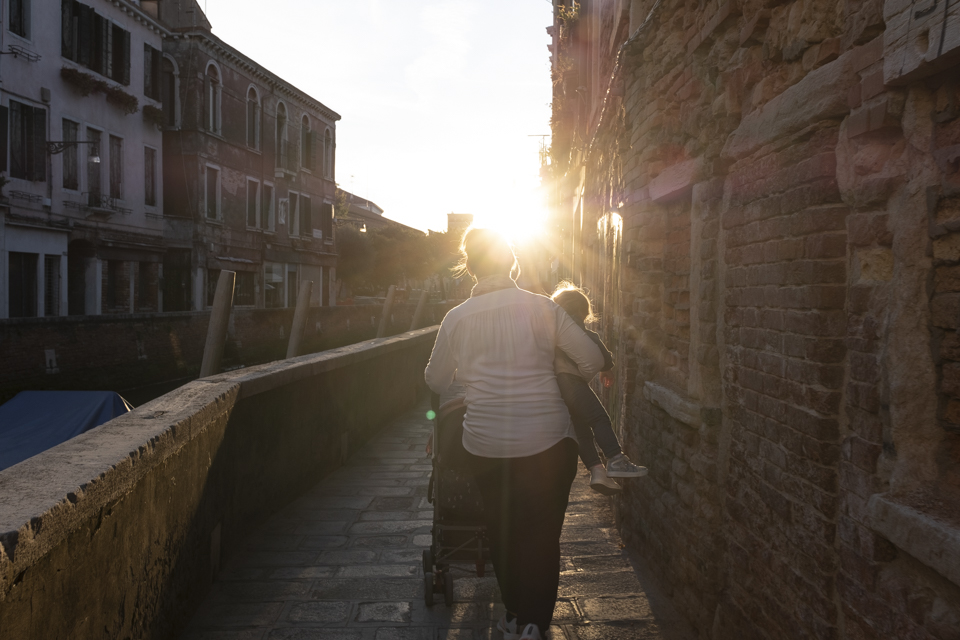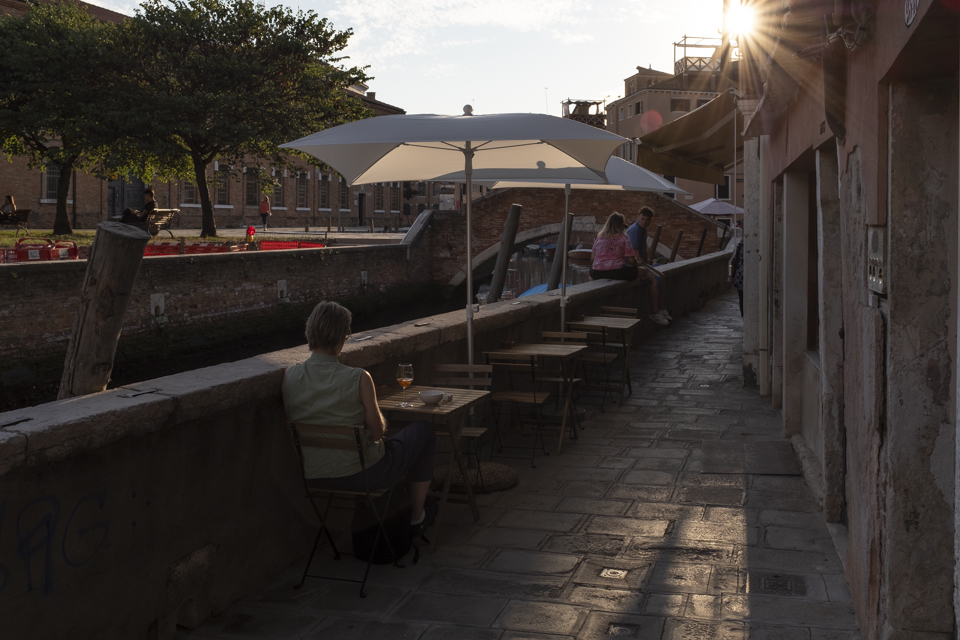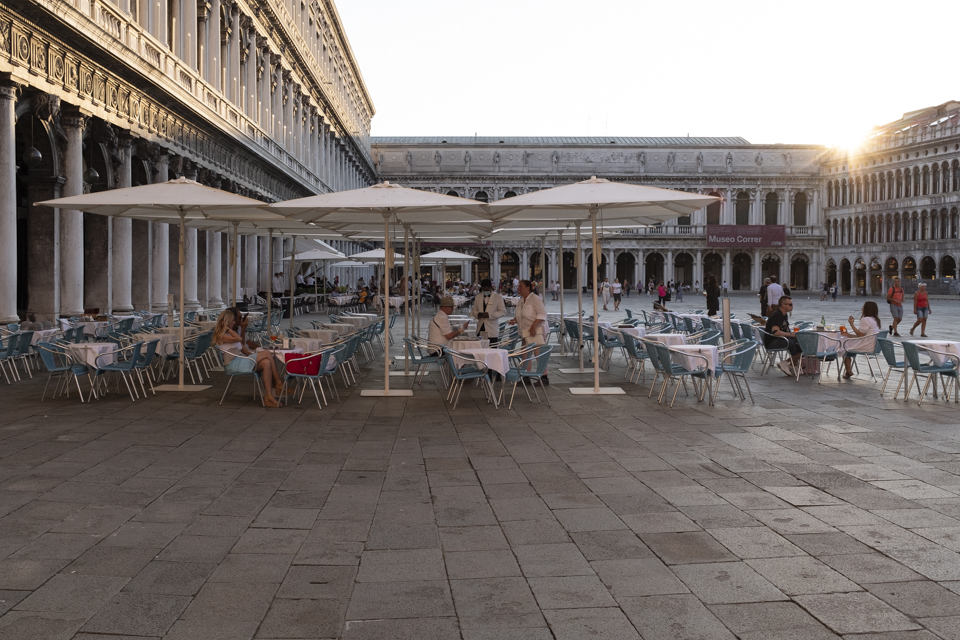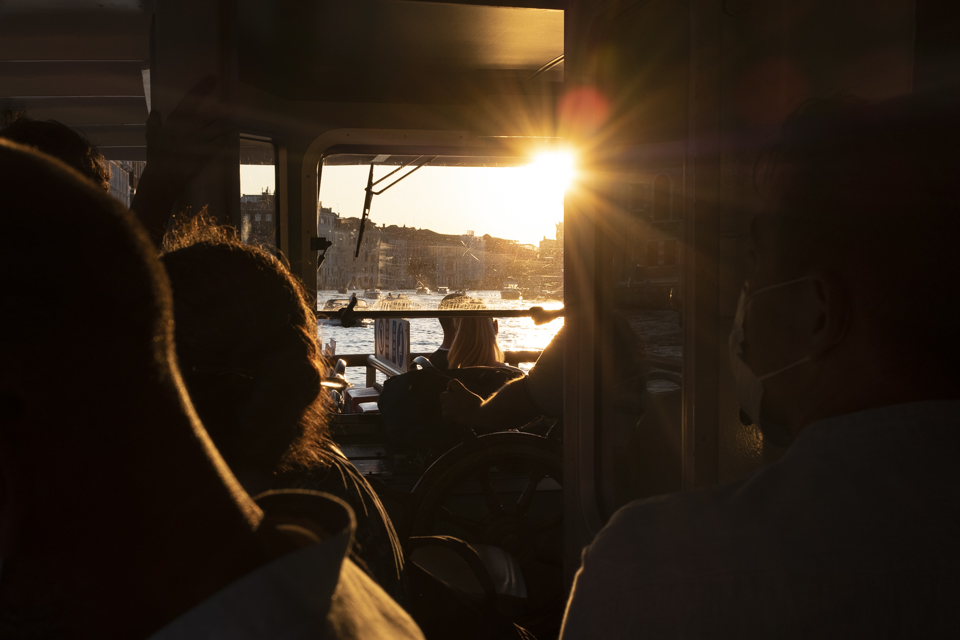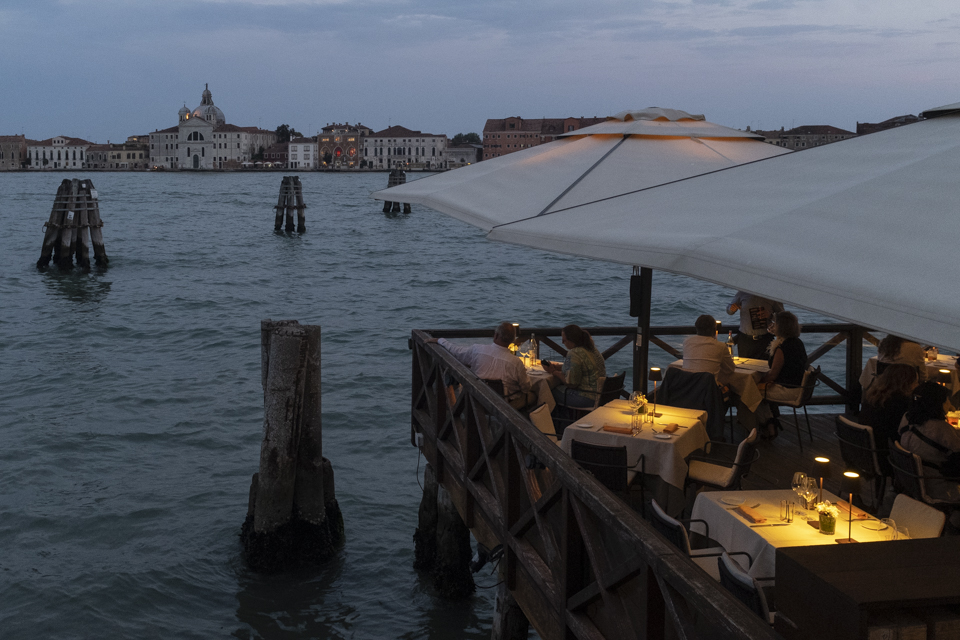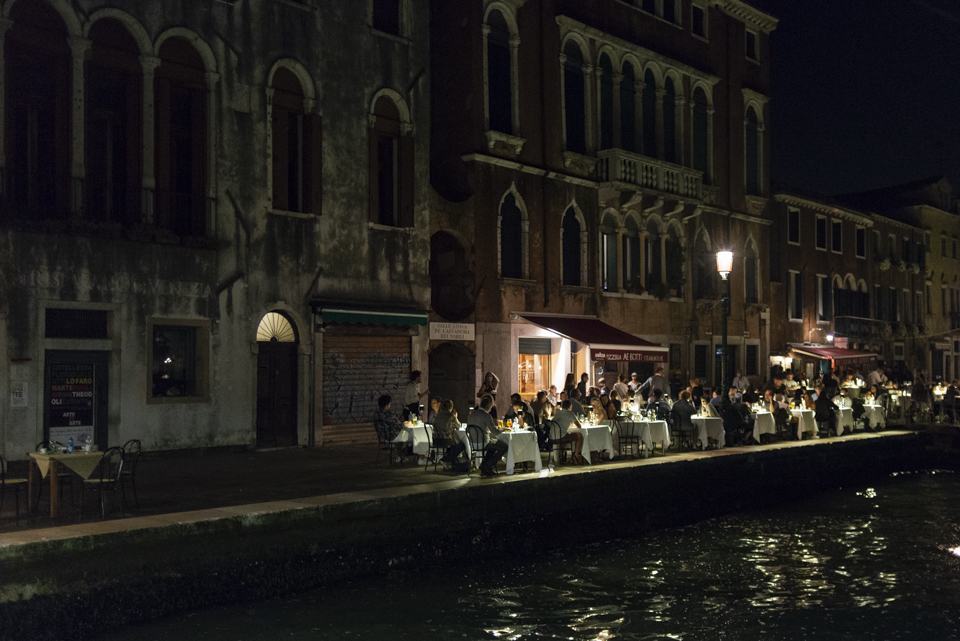-
Recent Posts
Archives
- August 2024
- November 2022
- September 2022
- May 2022
- October 2021
- September 2021
- August 2021
- October 2020
- September 2020
- August 2019
- July 2019
- October 2018
- August 2018
- February 2018
- October 2017
- August 2017
- June 2017
- May 2017
- March 2017
- October 2016
- August 2016
- January 2016
- September 2015
- August 2015
- June 2015
- April 2015
- January 2015
- September 2014
- August 2014
- May 2014
- October 2013
Categories
Category Archives: People
THE NOTTING HILL CARNIVAL 2024
Also posted in Carnival, Culture, Documentary, Editorial, London, The Notting Hill Carnival, Travel Photography
Tagged Batala, Caribbean culture, Carnival, culture, London, Notting Hill Carnival, Notting Hill Carnival 2024, people, street party, Travel photography
|
City reboot
I have documented the opening of the offices in the London financial district after a long period in lockdown. From September 2021, commuters started going back to the city offices gradually, few days per week.
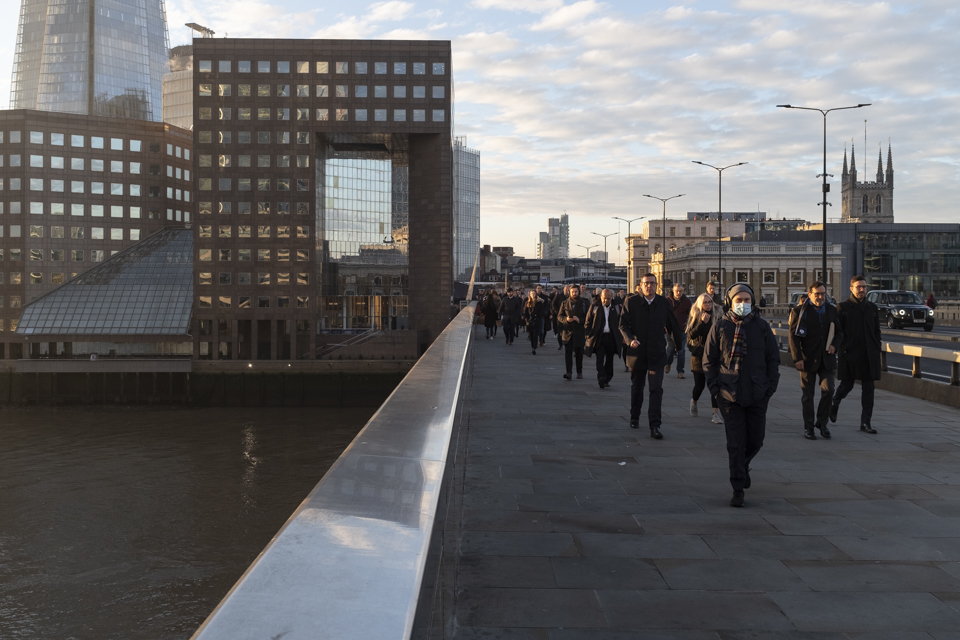
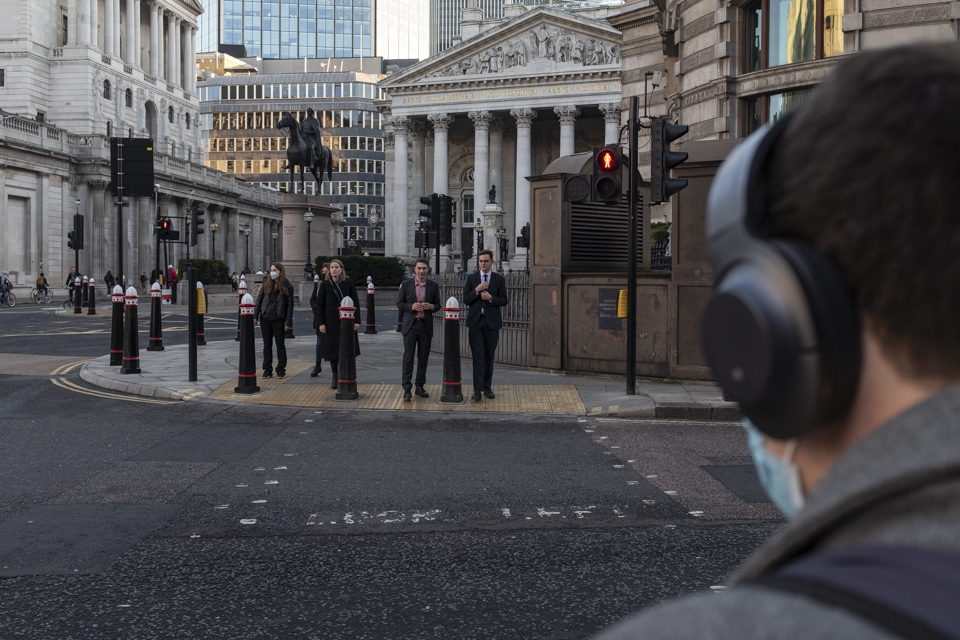
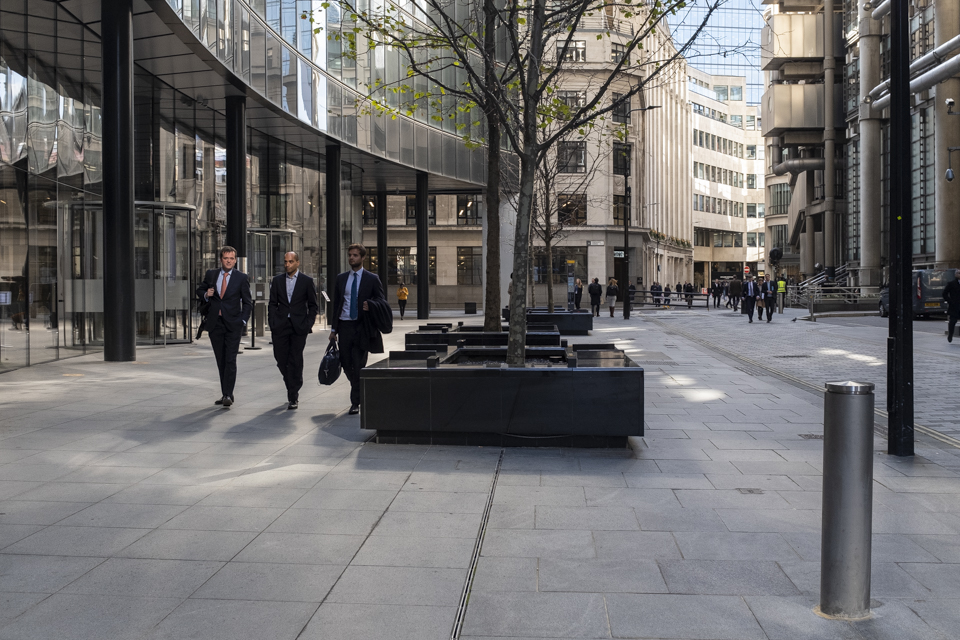
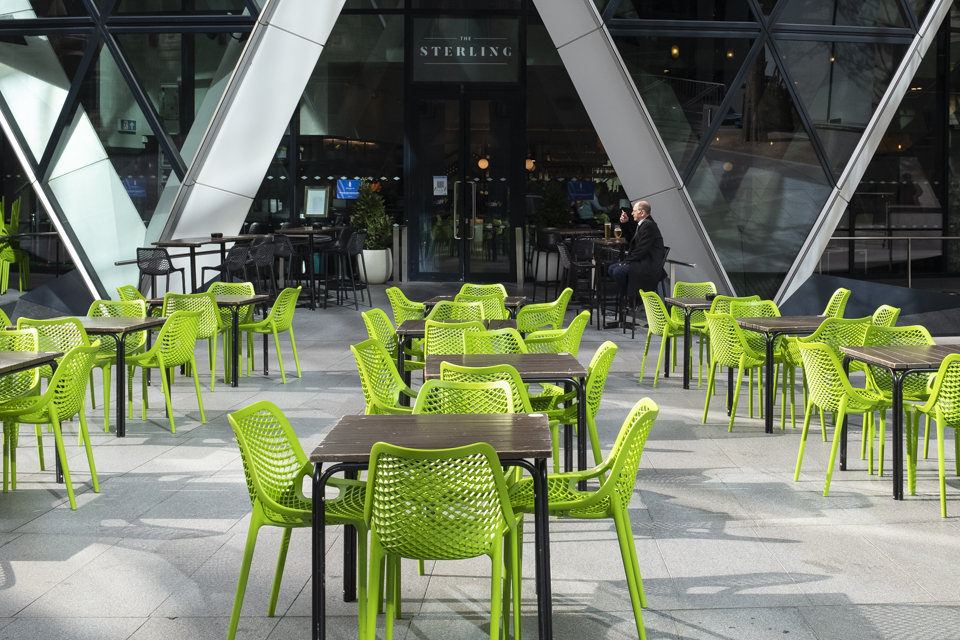
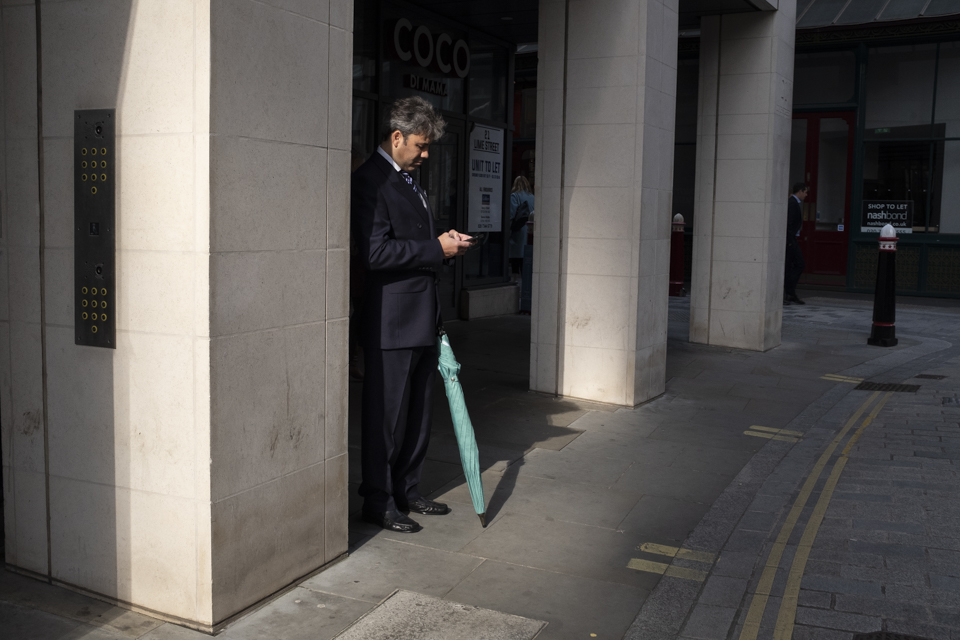
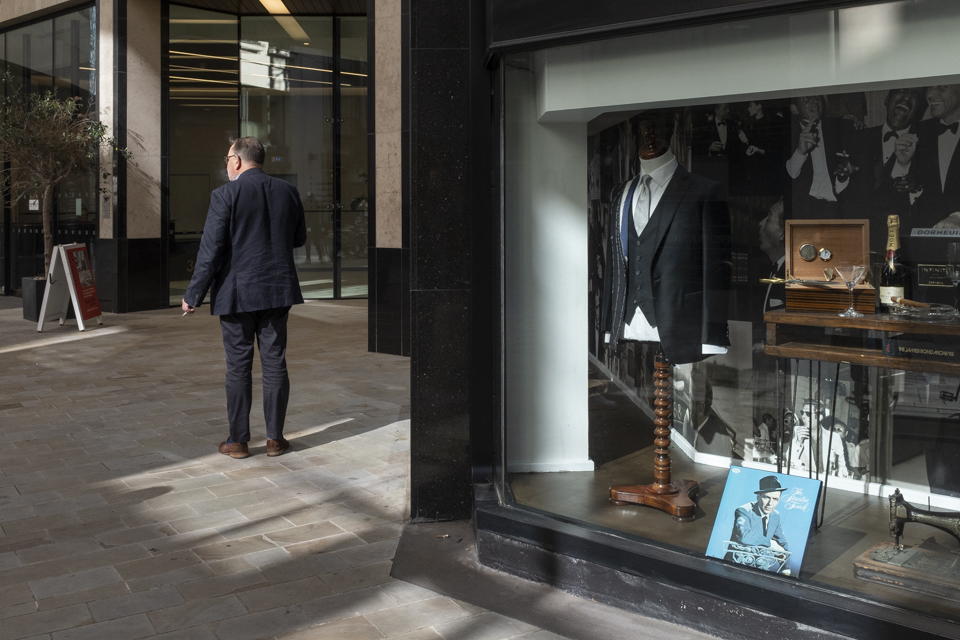
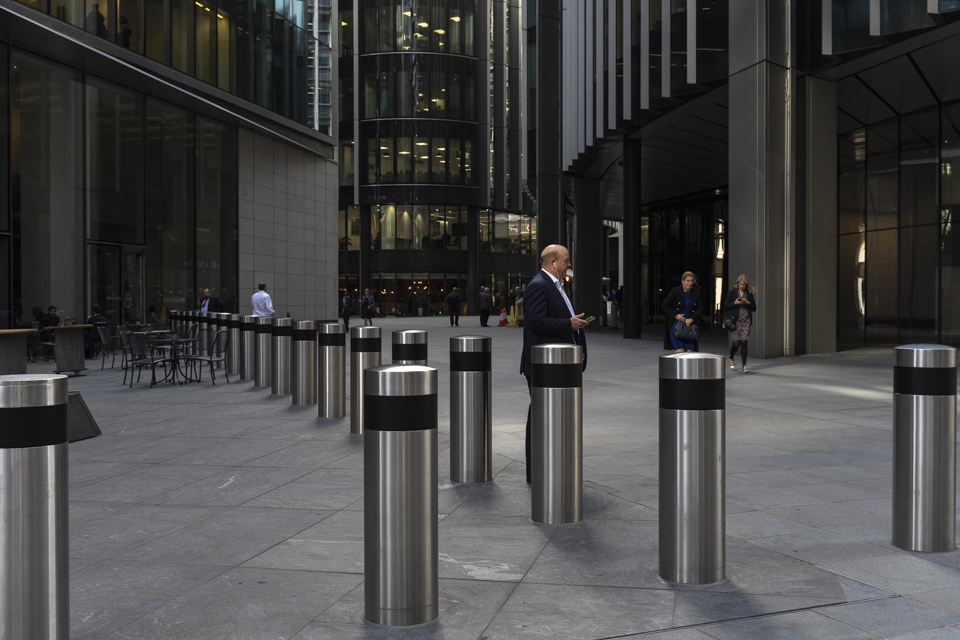
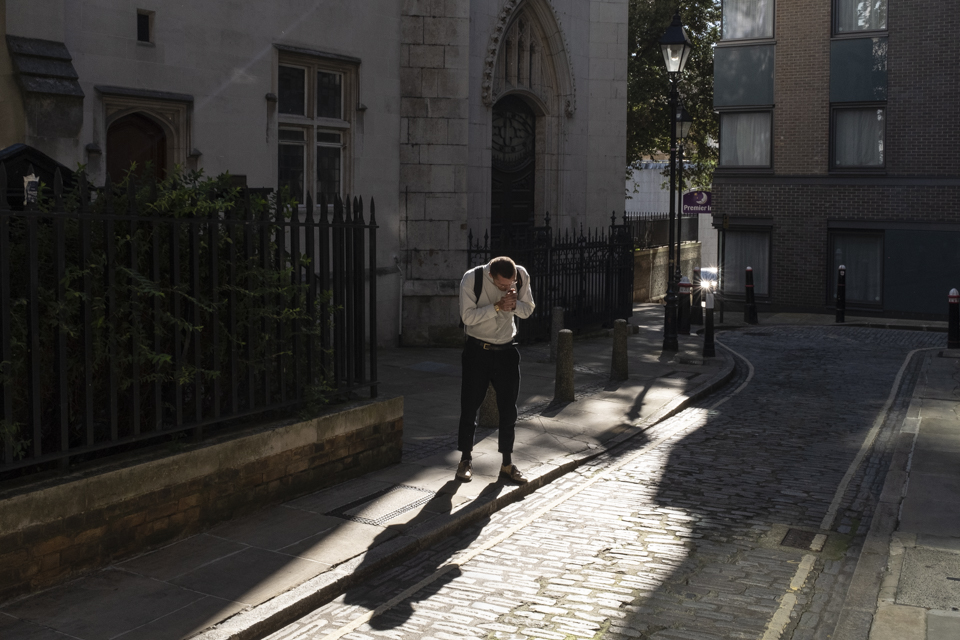
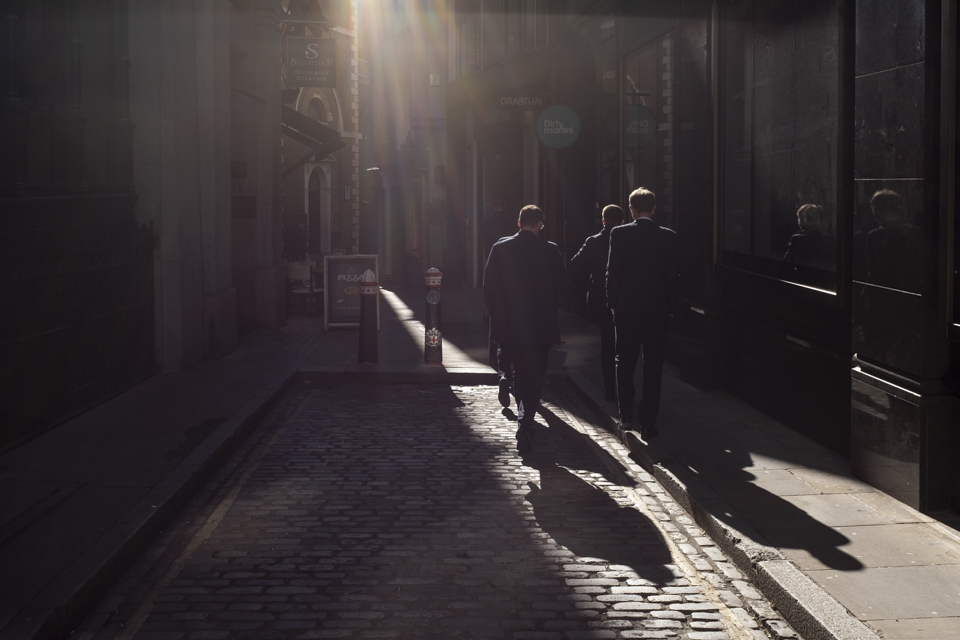
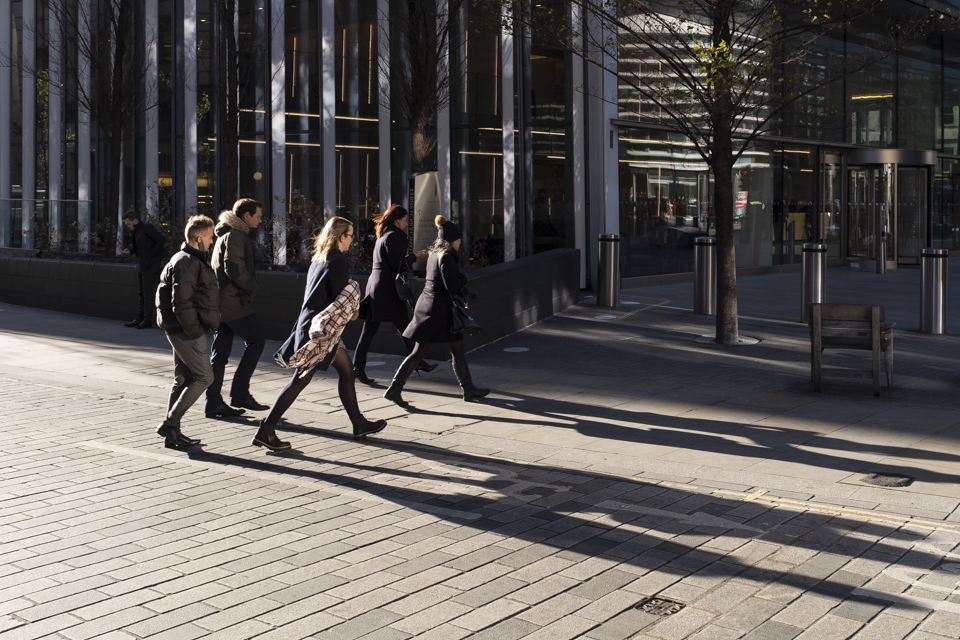
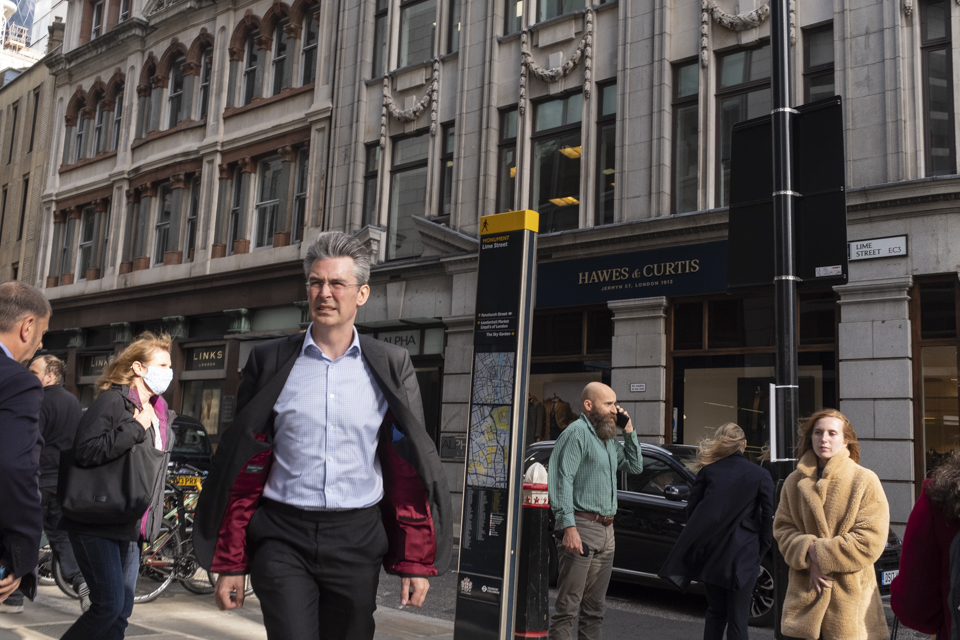
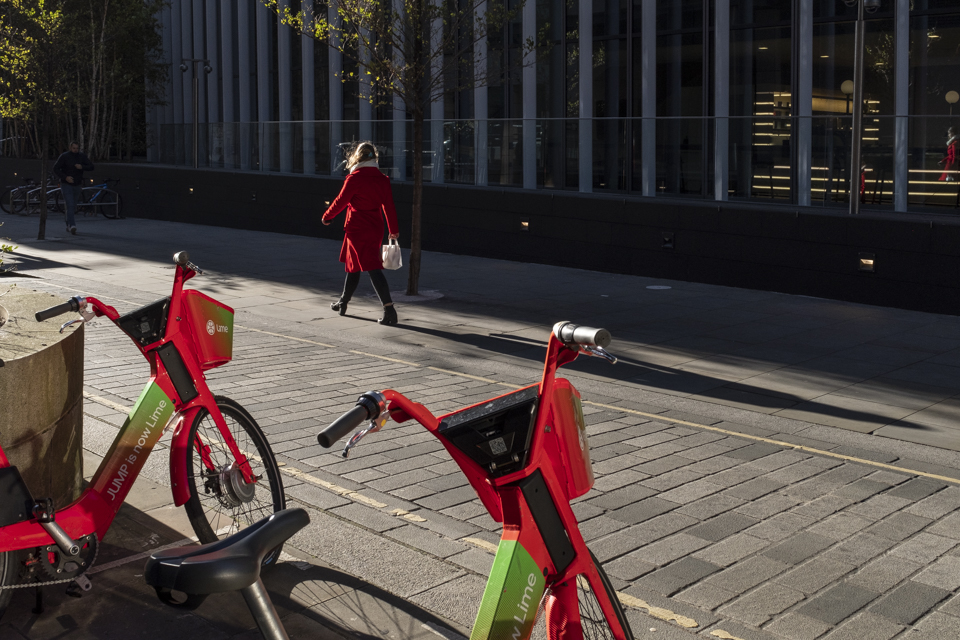
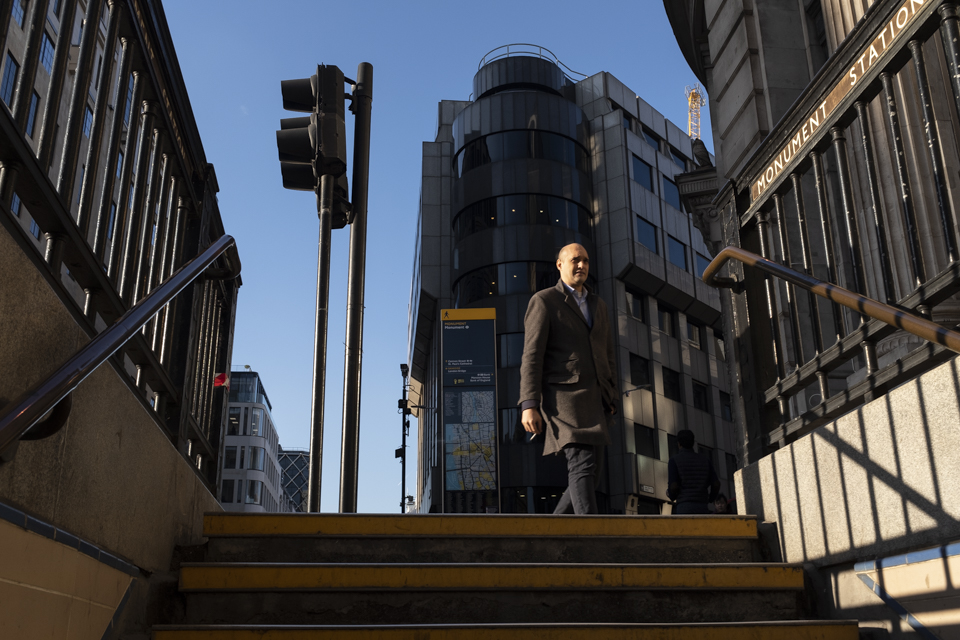
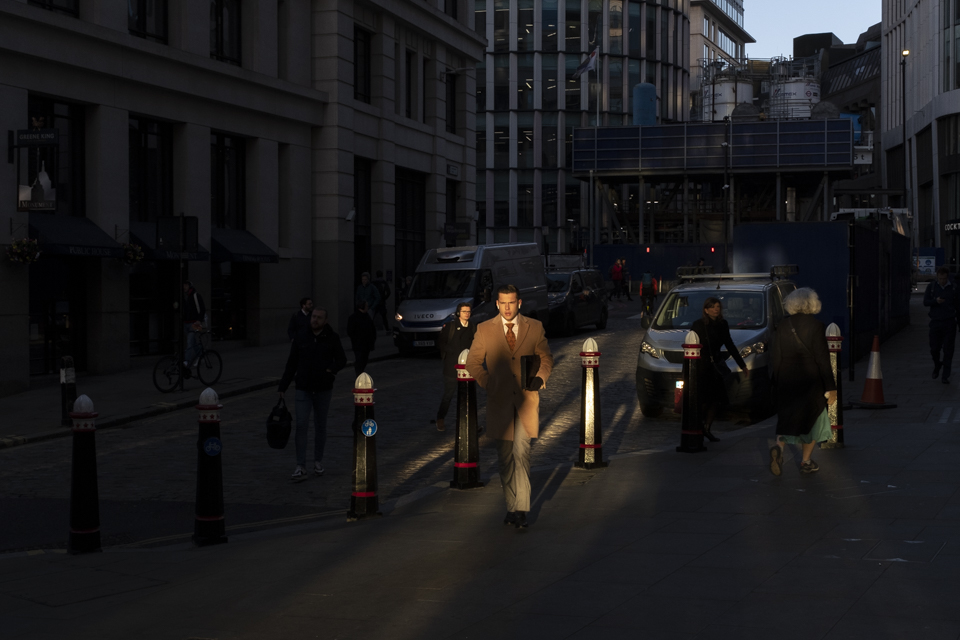
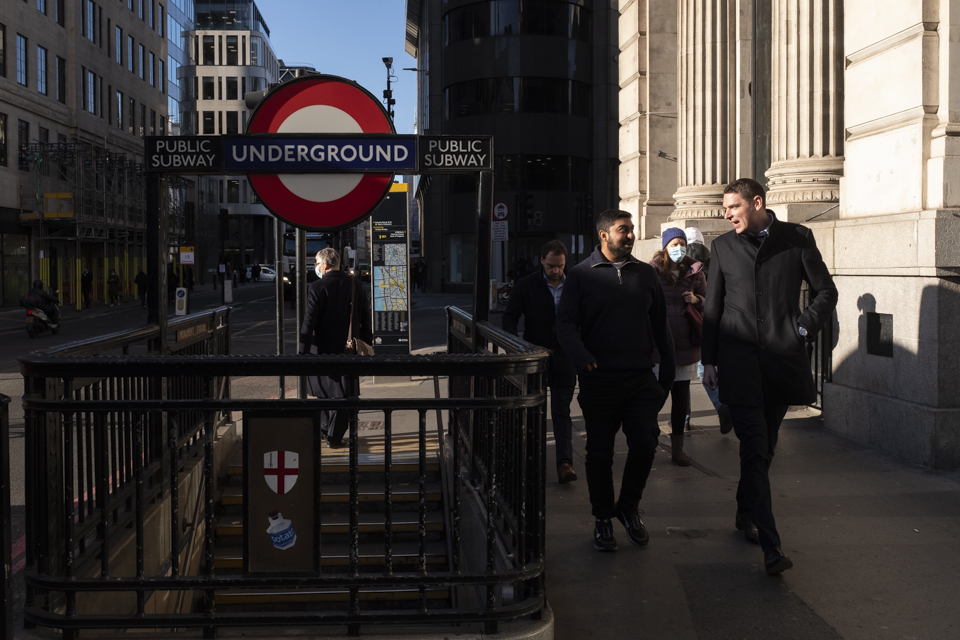
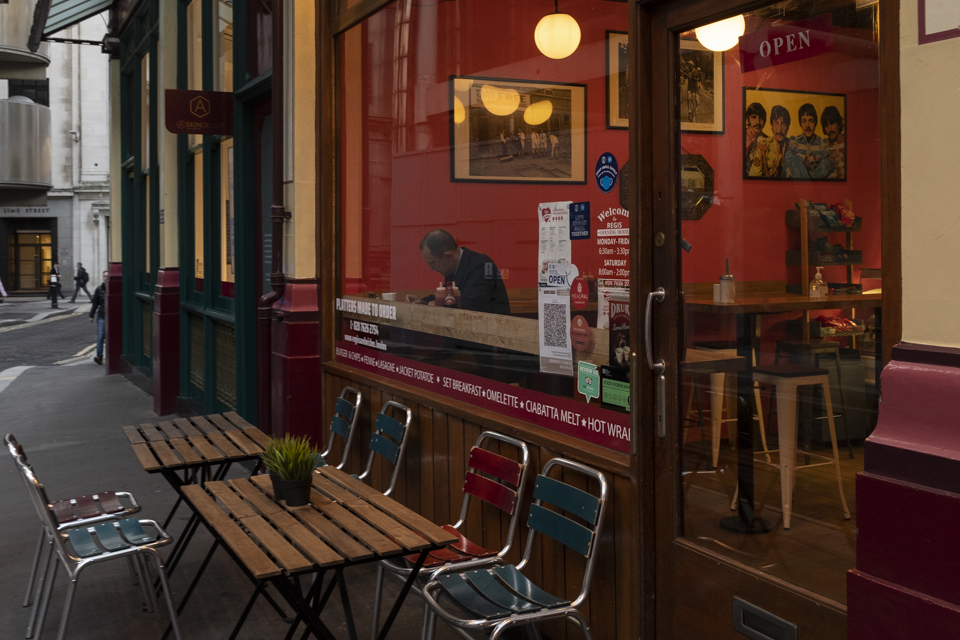
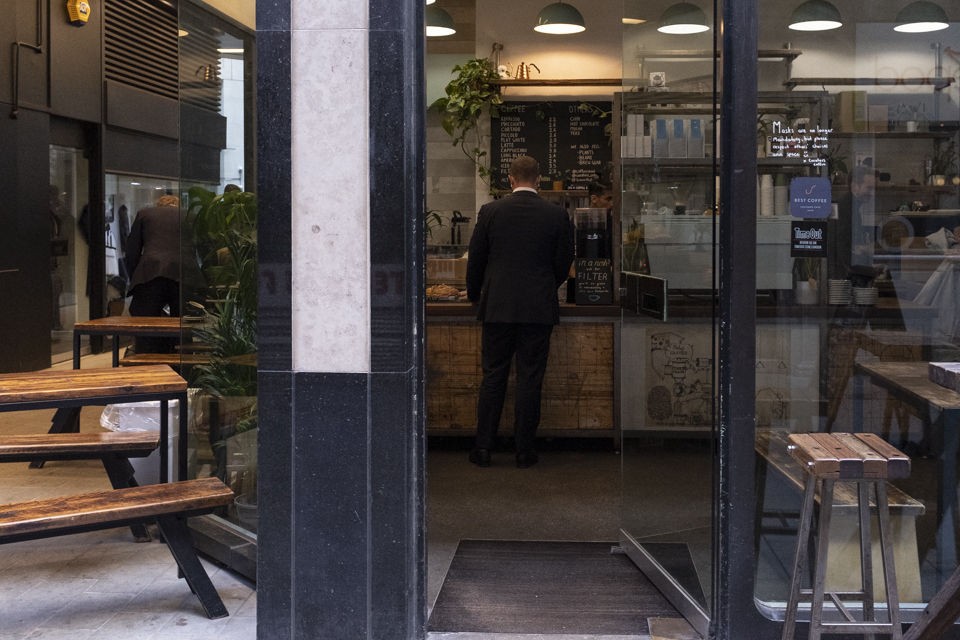
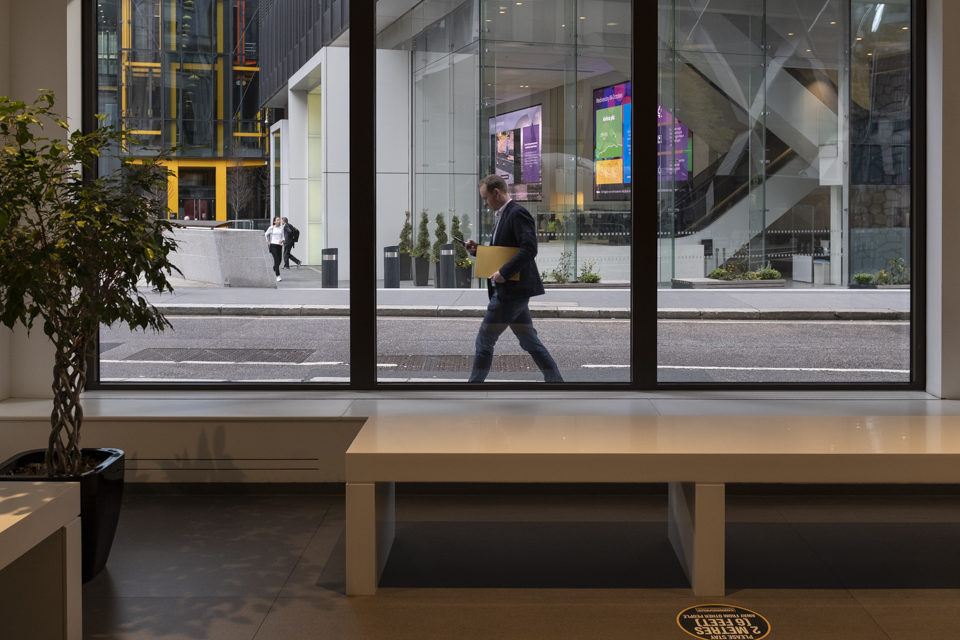
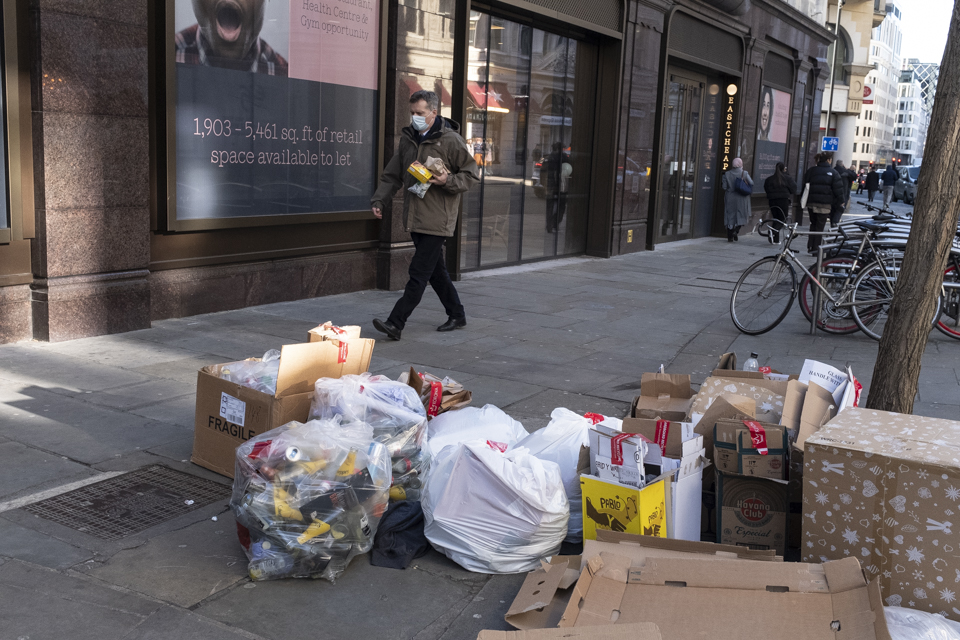
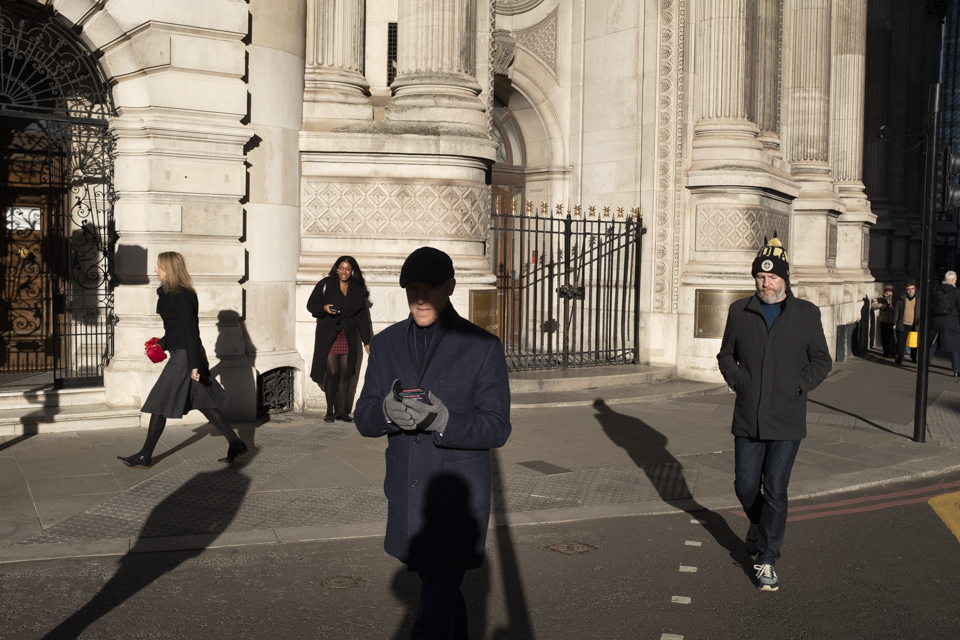
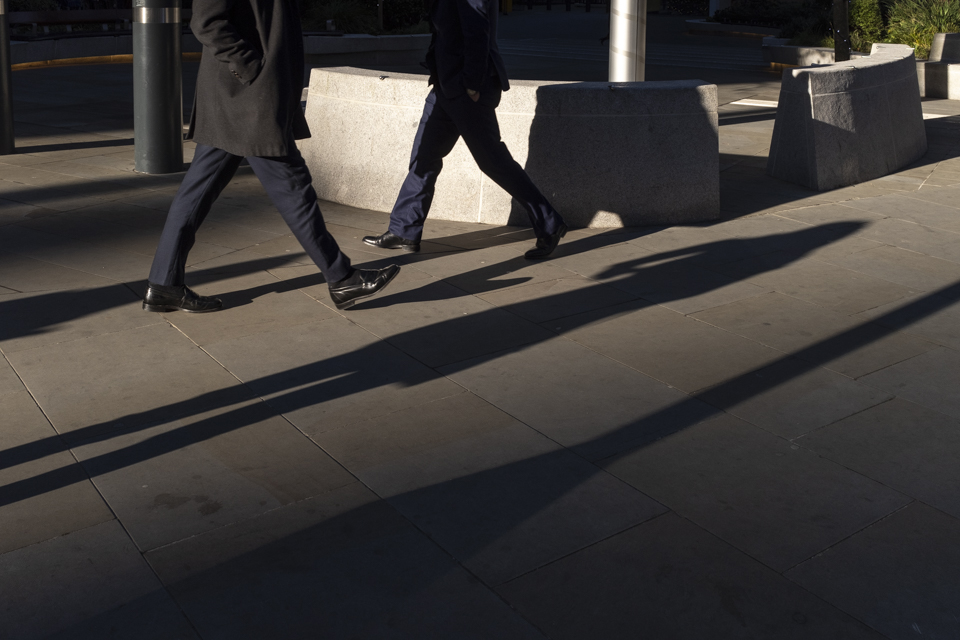
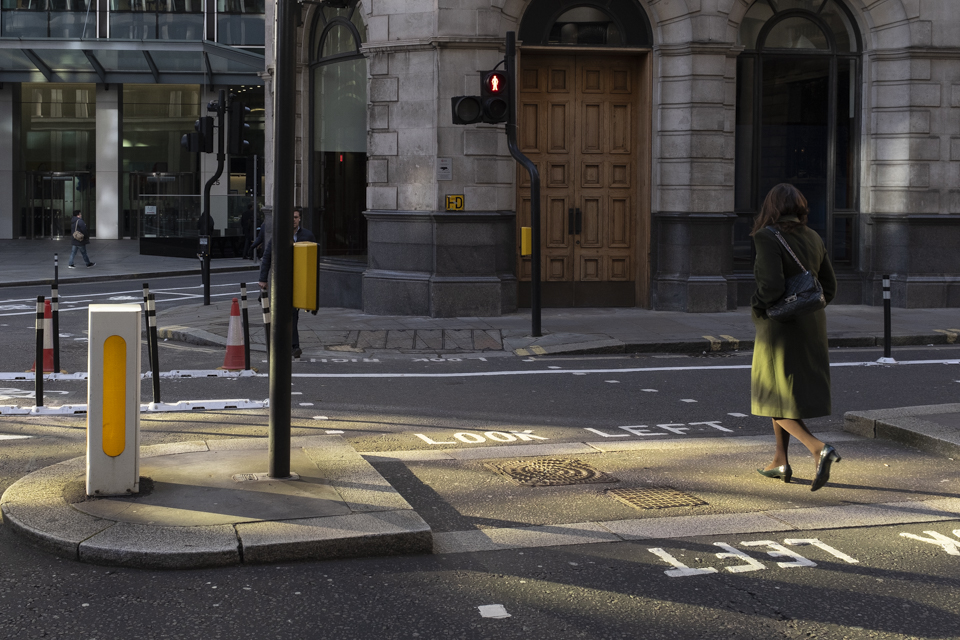
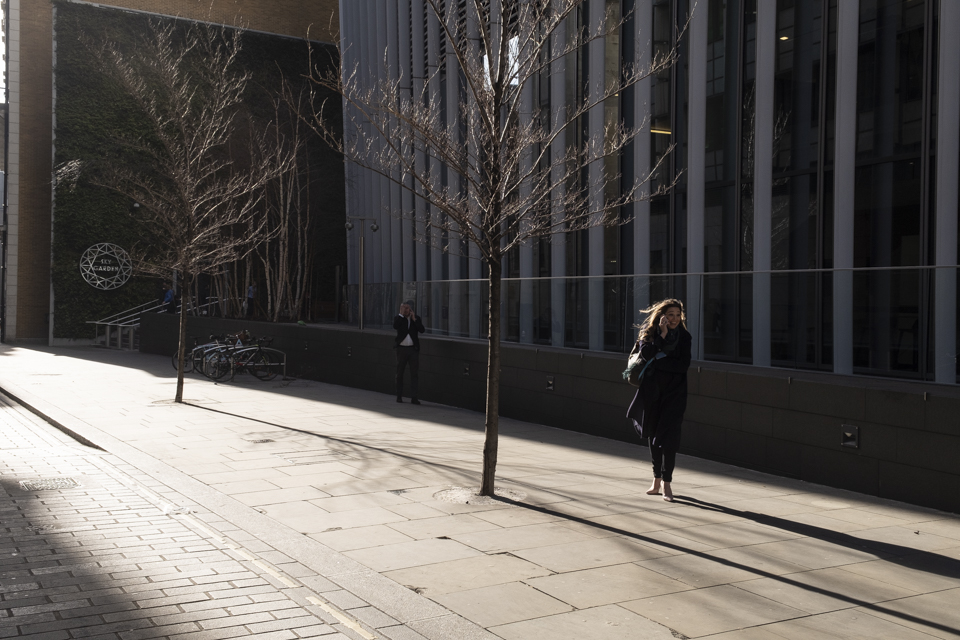
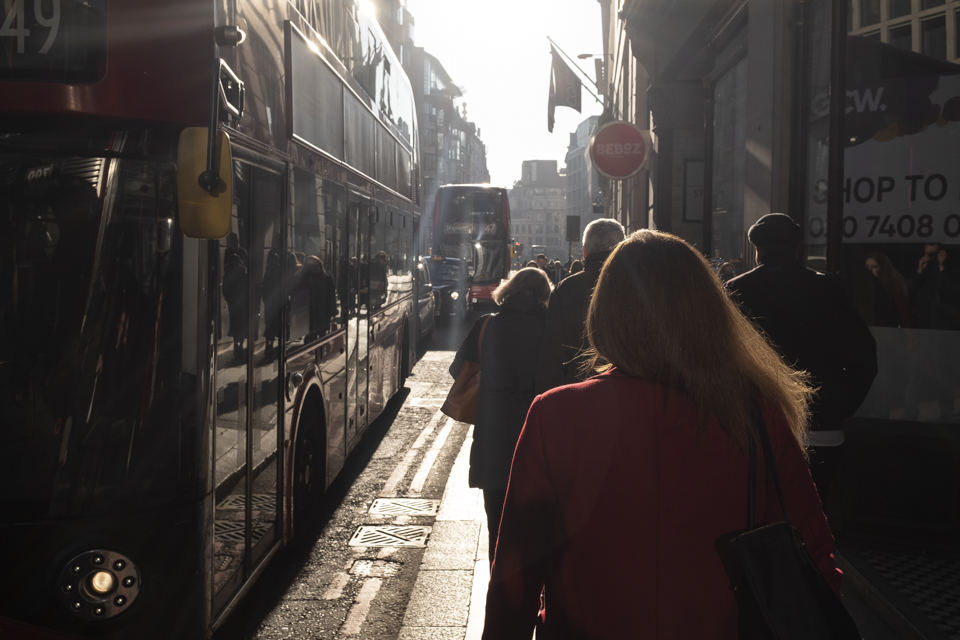
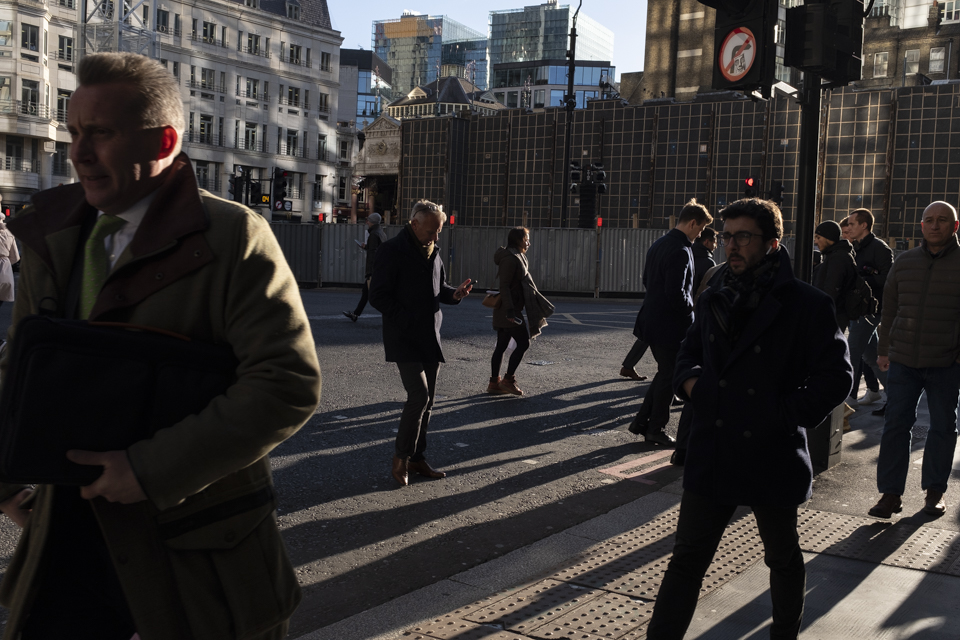
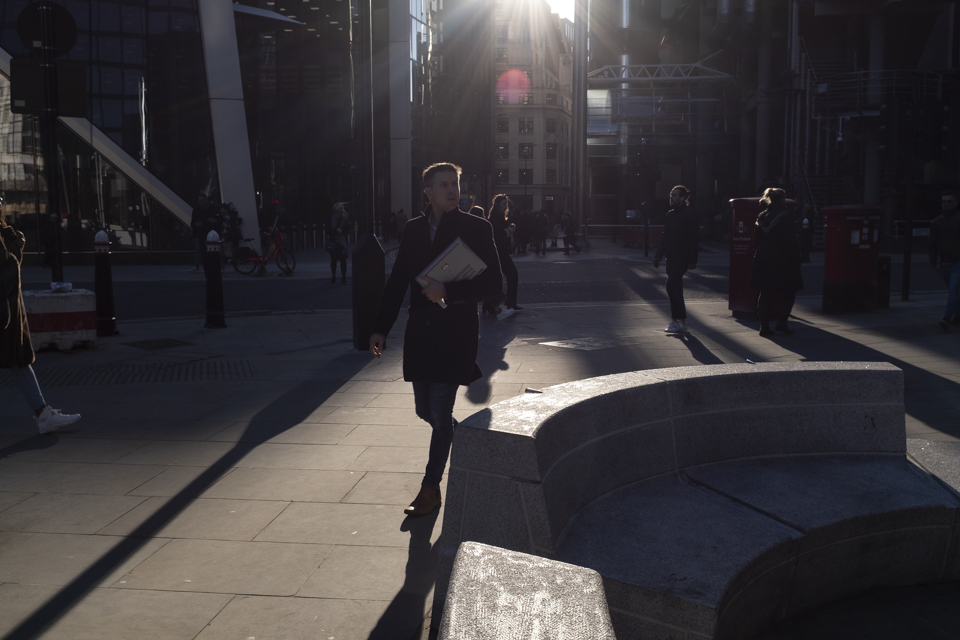
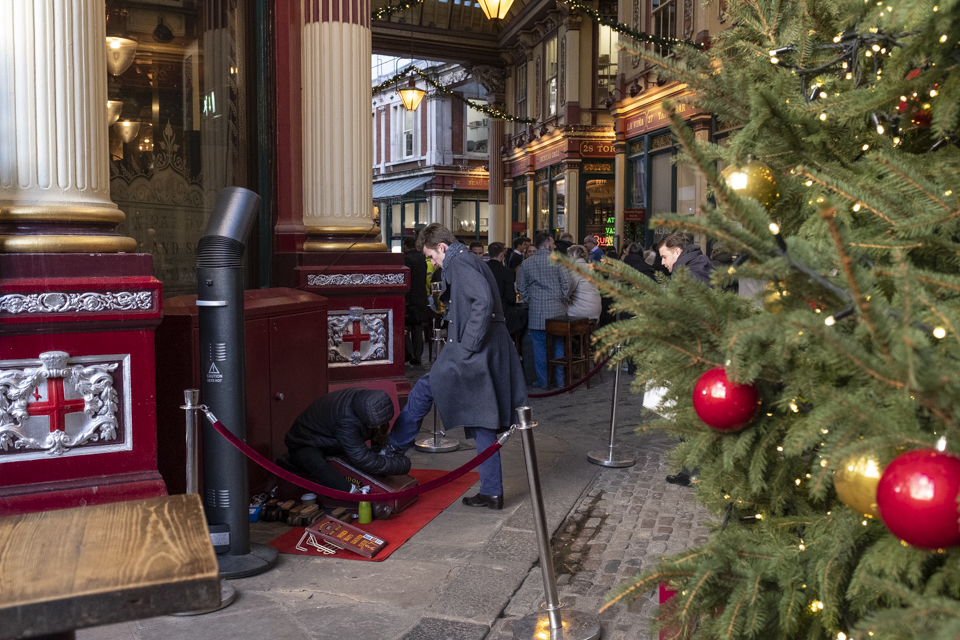
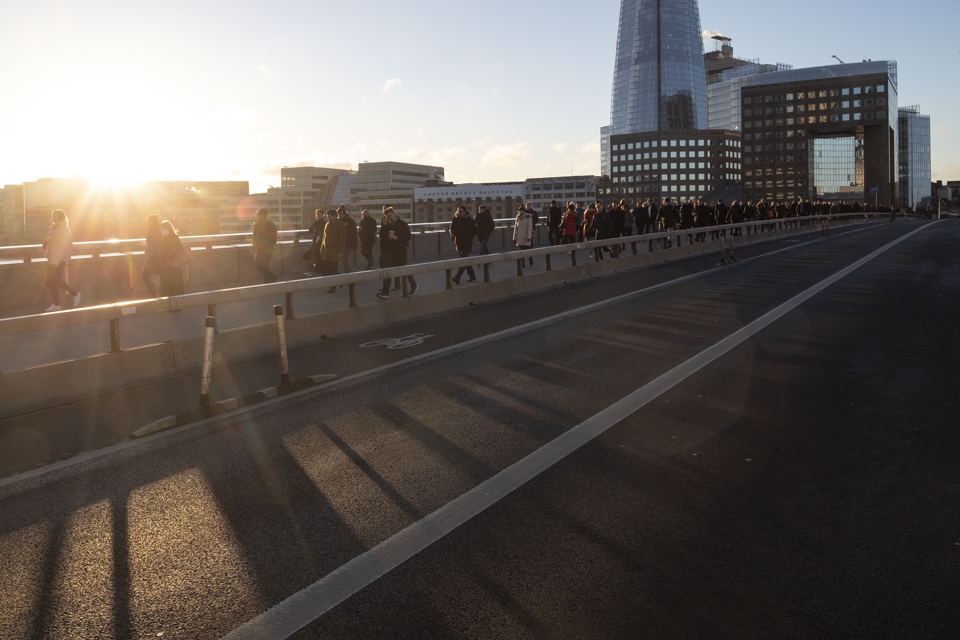
London, September – December 2021
Also posted in Documentary, Editorial, London, People at work
Tagged City, city of London, commuters, Documentary, London, offices, people at work, poeple, square mile, the square mile, work
|
Royal Photographic Society Associate award
I am absolutely delighted to learn that my first book “The Art of Spectating” was awarded the Associate for the Royal Photographic Society in the photobook genre. Thanks to all panel members involved in the judging process.
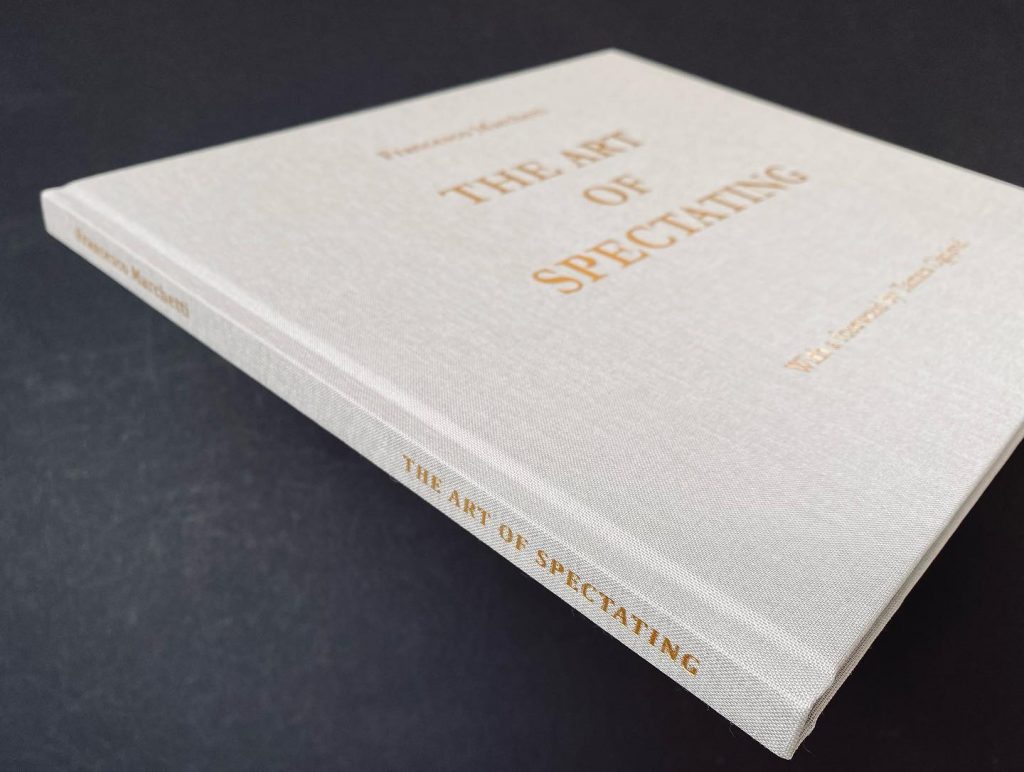
Also posted in Awards, Culture, Editorial, London, Museum, Photobook
Tagged ARPS, artworks, Associate, award, culture, Distinctions, Museum, Museums, people, people watching, Photobook, Royal Photographic Society, RPS, The Art of Spectating
|
INTERNATIONAL PHOTOGRAPHY AWARDS – 2021
I am pleased to have my submissions awarded with honorable mentions in the book, environmental and street photography categories.
Book, The Art of Spectating
https://www.photoawards.com/winner/zoom.php?eid=8-223790-21
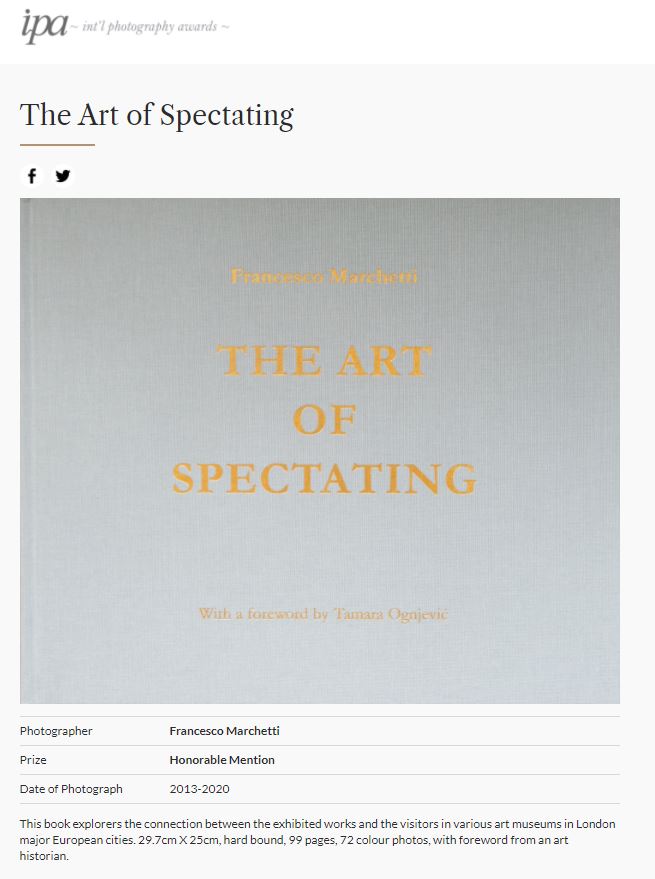
Envirtomental, The Markato
https://www.photoawards.com/winner/zoom.php?eid=8-222166-21
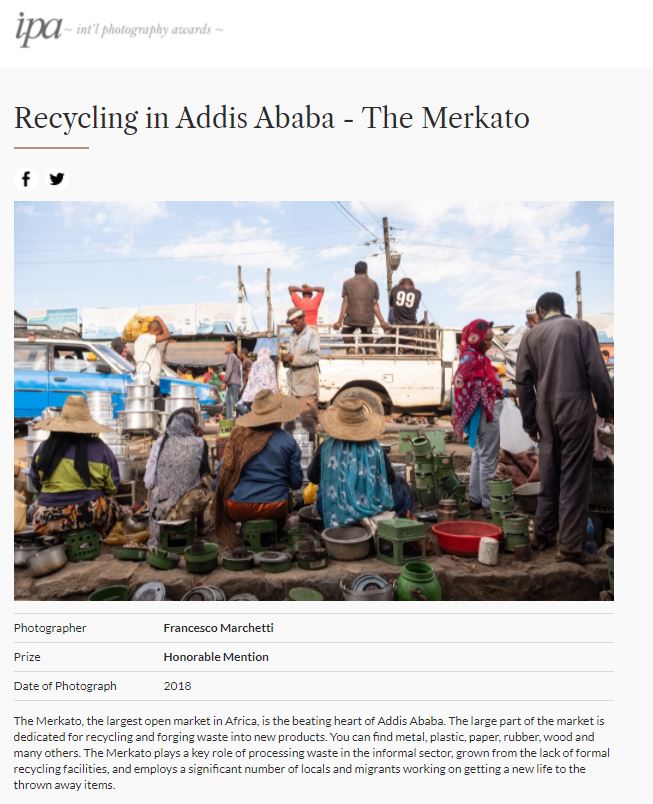
Street photography, Under the spotlight
https://www.photoawards.com/winner/zoom.php?eid=8-223019-21
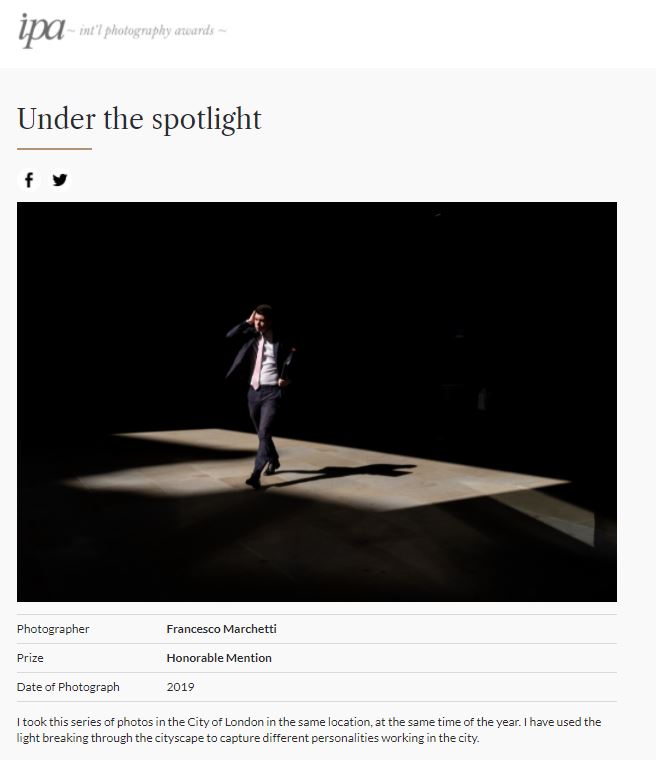
Also posted in Awards, Documentary, Editorial, International Photography Awards
Tagged awards, book, environmental, Honorable Mention, International Photography Awards, IPA, photography, street photography
|
Venice, September 2021
Also posted in Documentary, Editorial, Italy, Travel Photography, Venice
Tagged Documentary, editorial, Italia, Italy, people, Travel photography, Venezia, Venice
|
The Art of Spectating – PX3 bronze medal
The ‘Art of Spectating’ is my first self-published photography book which explores the connection between the exhibited works and the visitors. The photos included are taken in various art museums in London and abroad, between 2013 and 2020.
The book foreword is written by art historian and museum expert Tamara Ognjević.
The book proposal has been awarded a bronze medal at the prestigious Prix de la Photographie annual competition (PX3) in the category book/people.
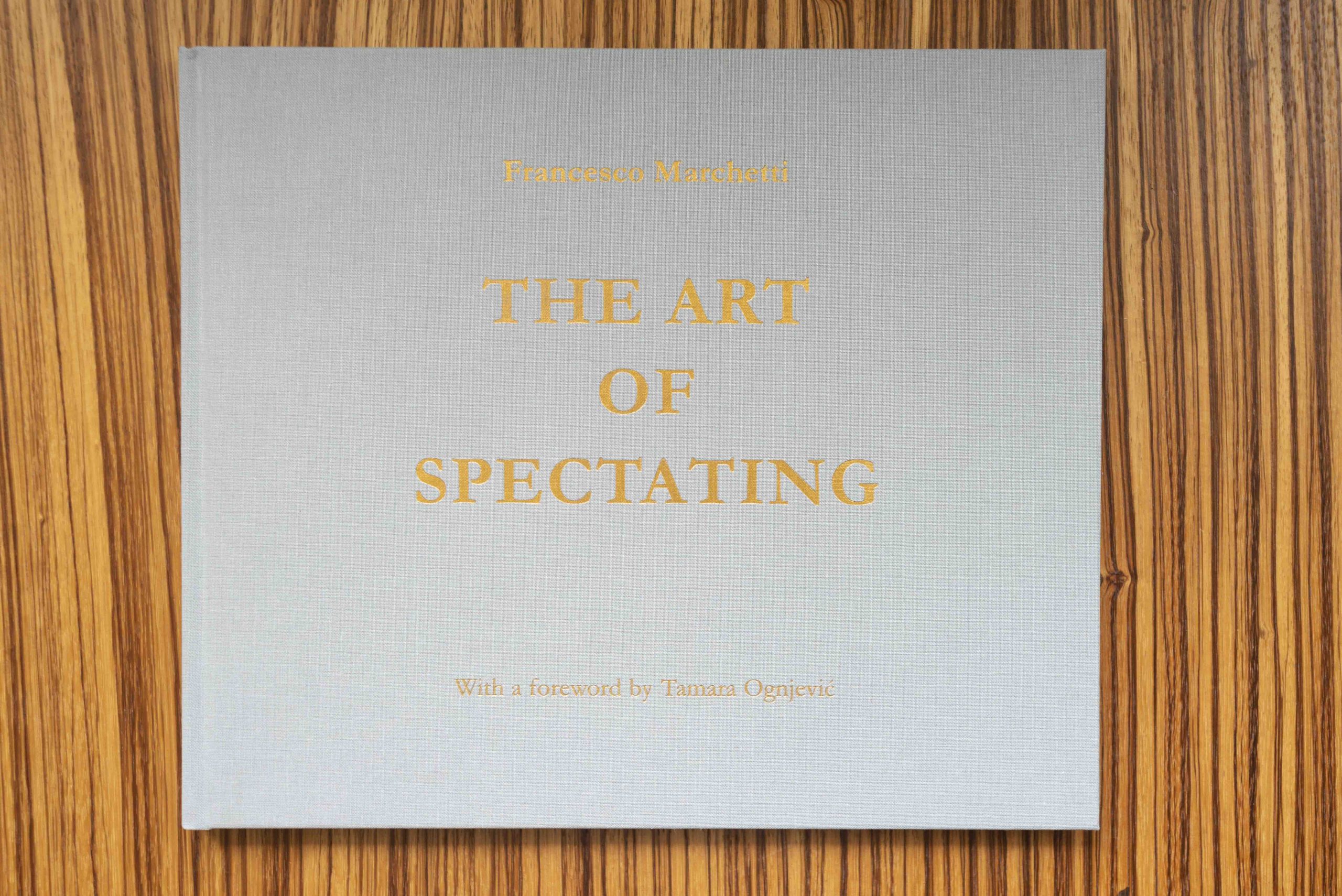
Also posted in Awards, Book, Documentary, Editorial, Museum, PX3
Tagged art galleries, art of spectating, award, book, bookbinding, bronze, bronze medal, Exwhyzed, foreword, Museum, people, photo book, PX3, self publishing, unposed
|
Venice, September 2020
Venice without mass tourism.
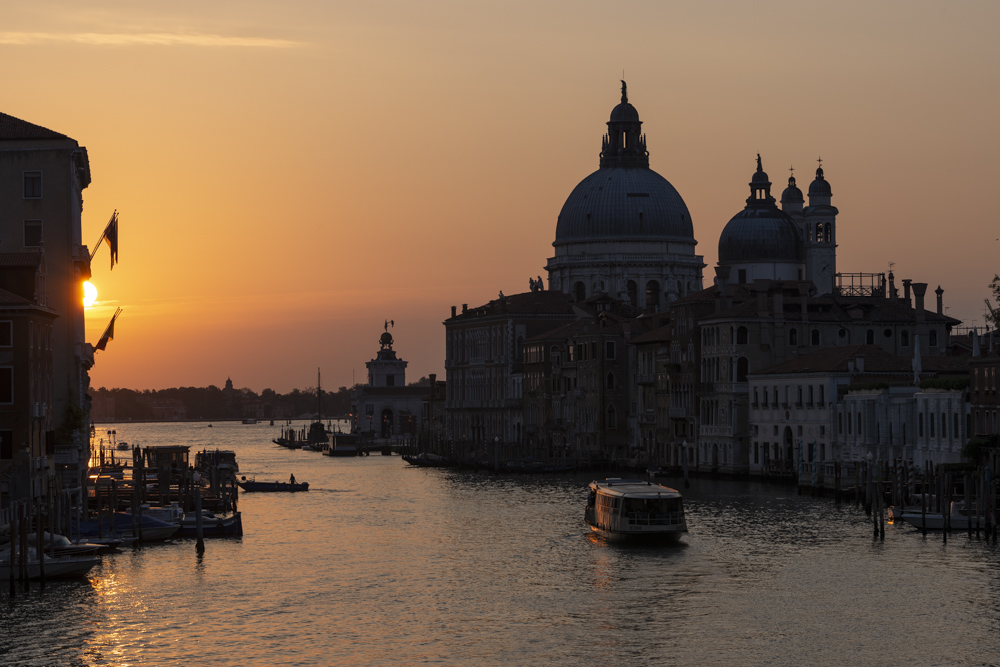
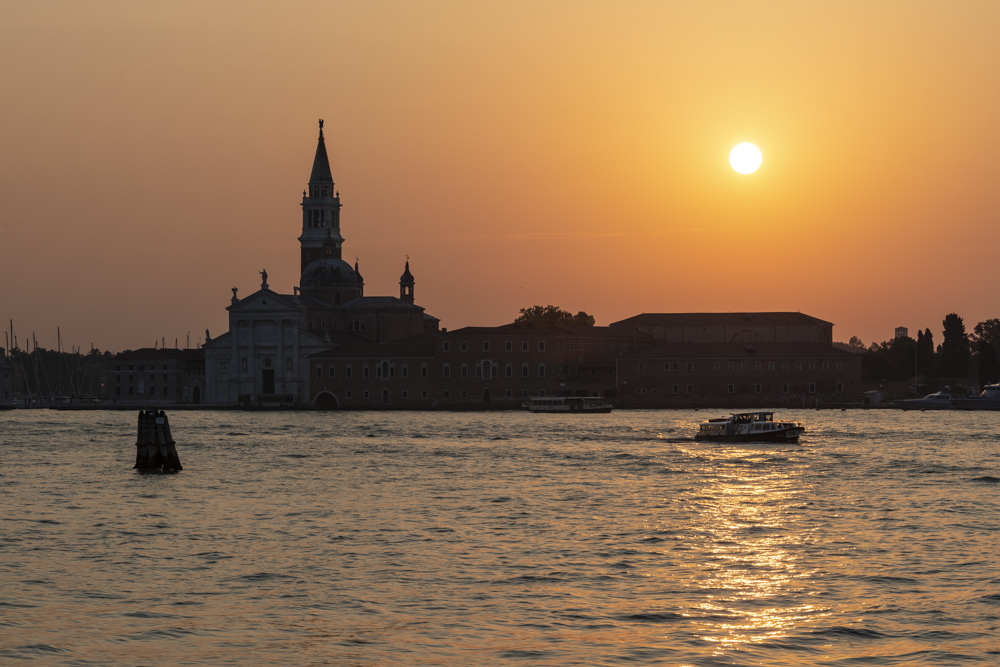
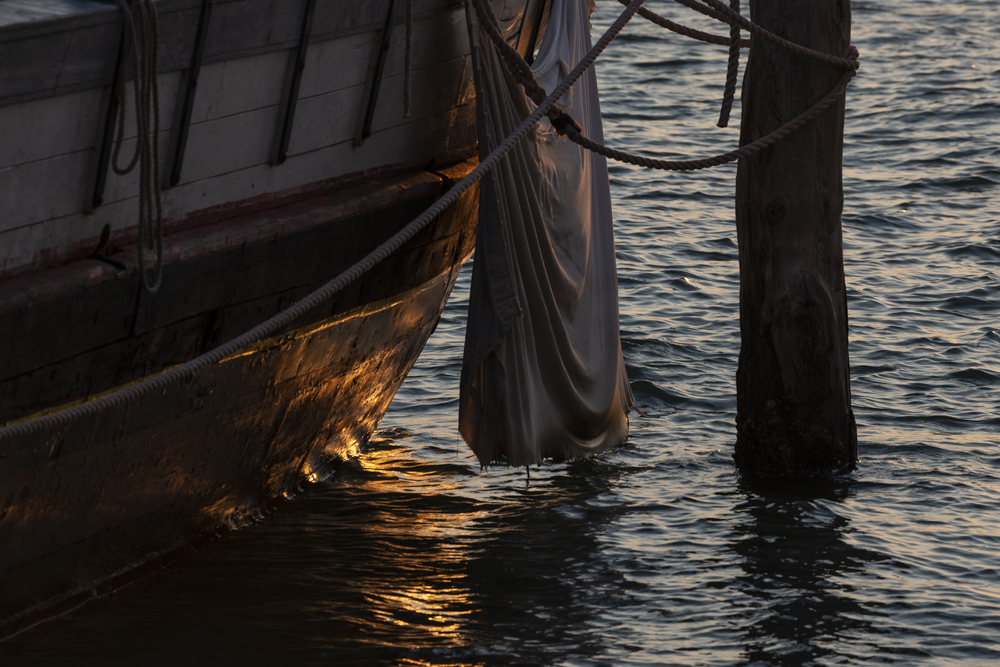
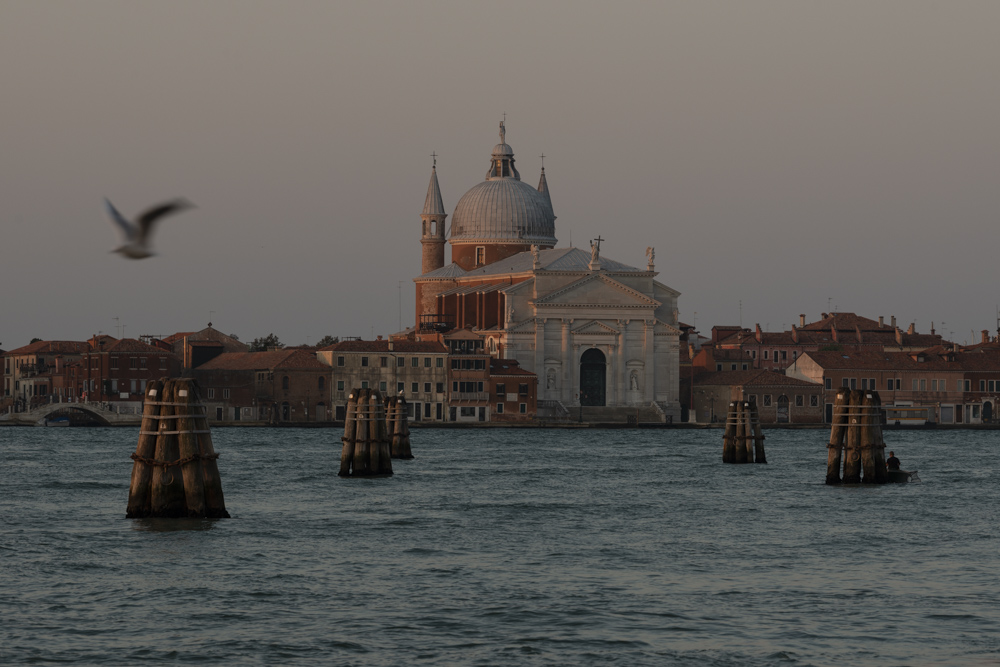
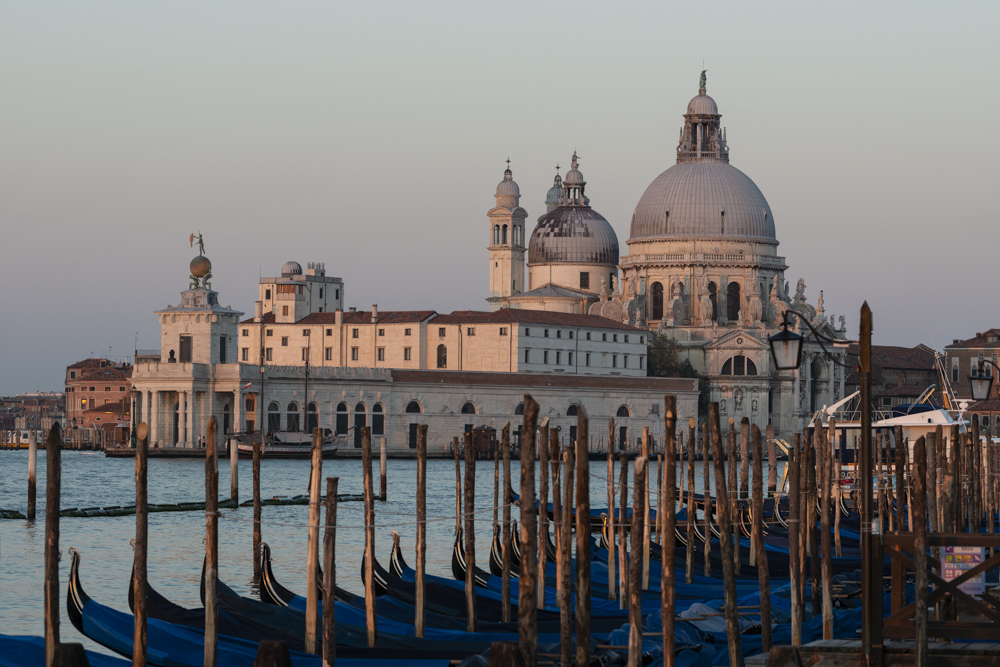
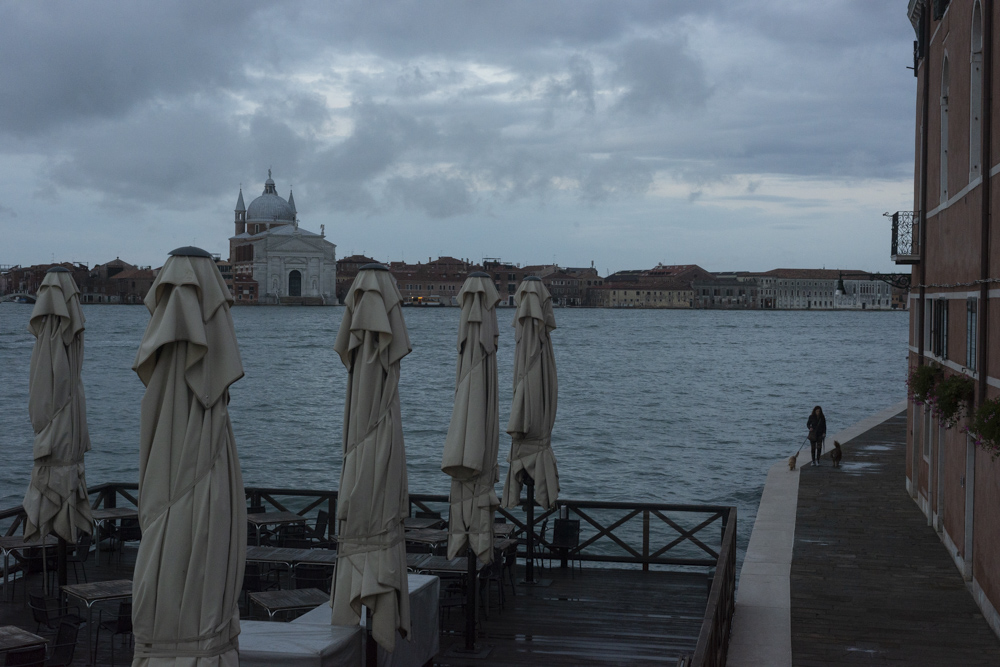
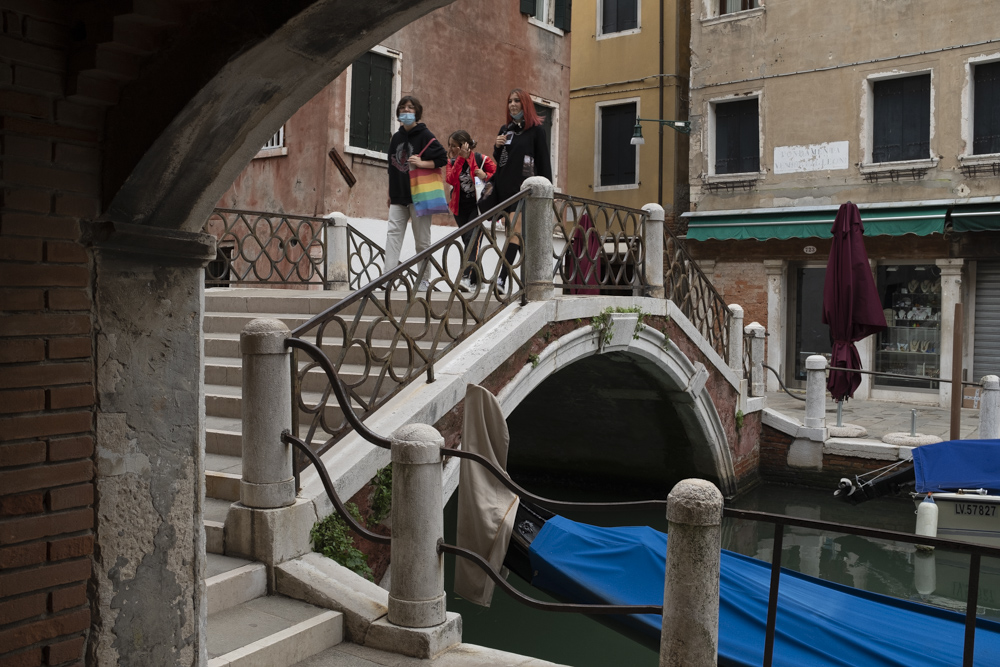
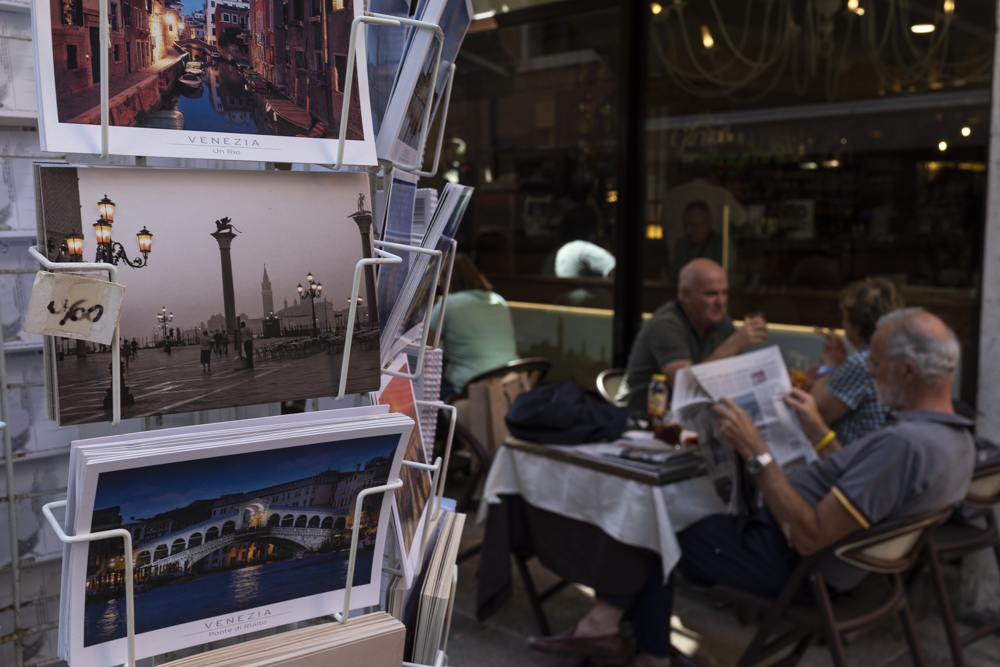
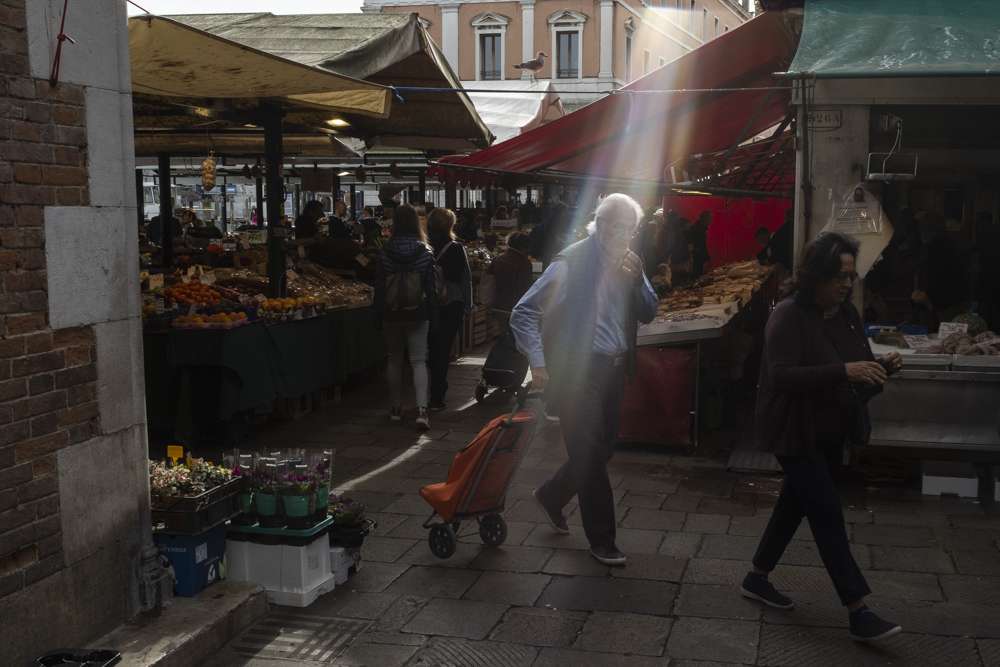
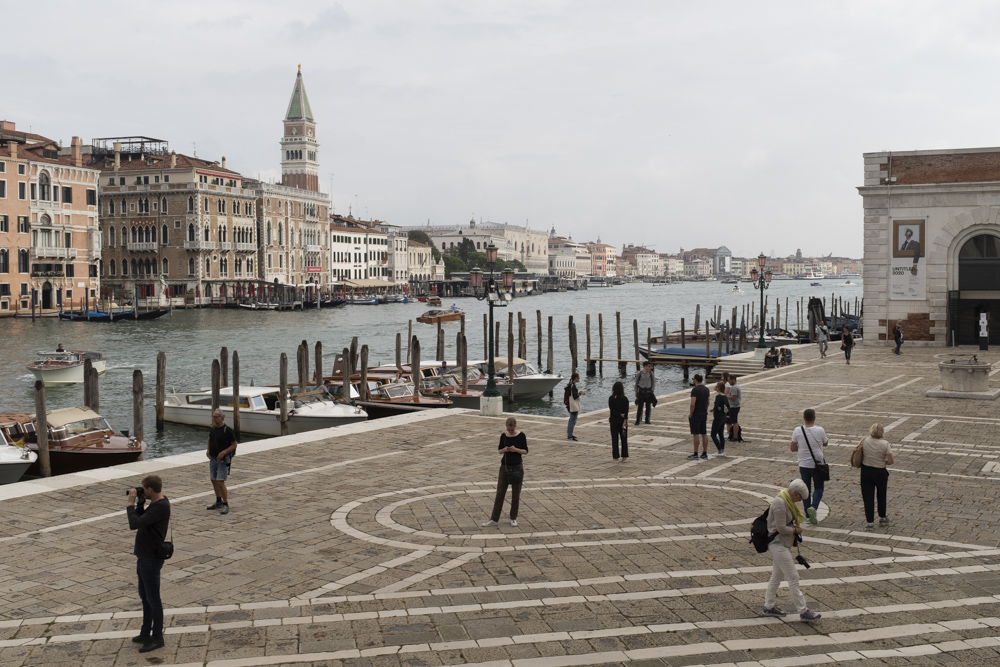
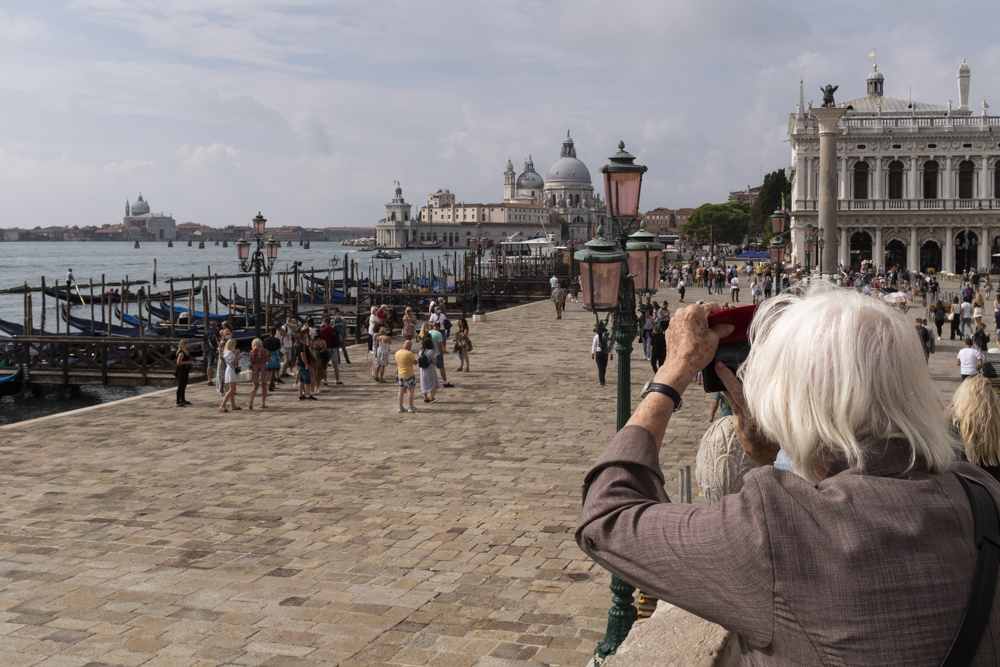
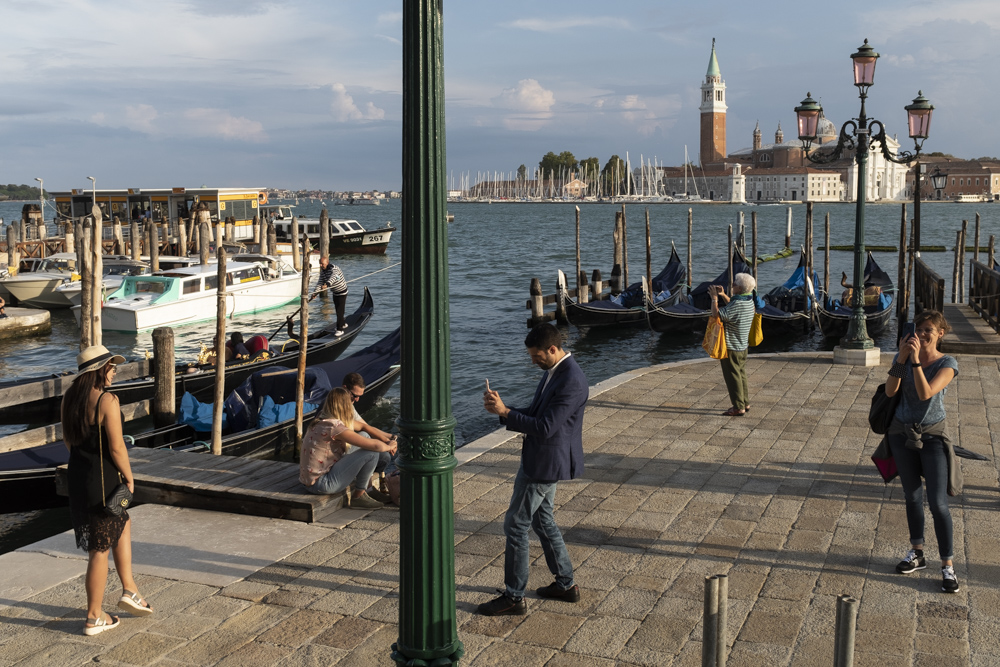
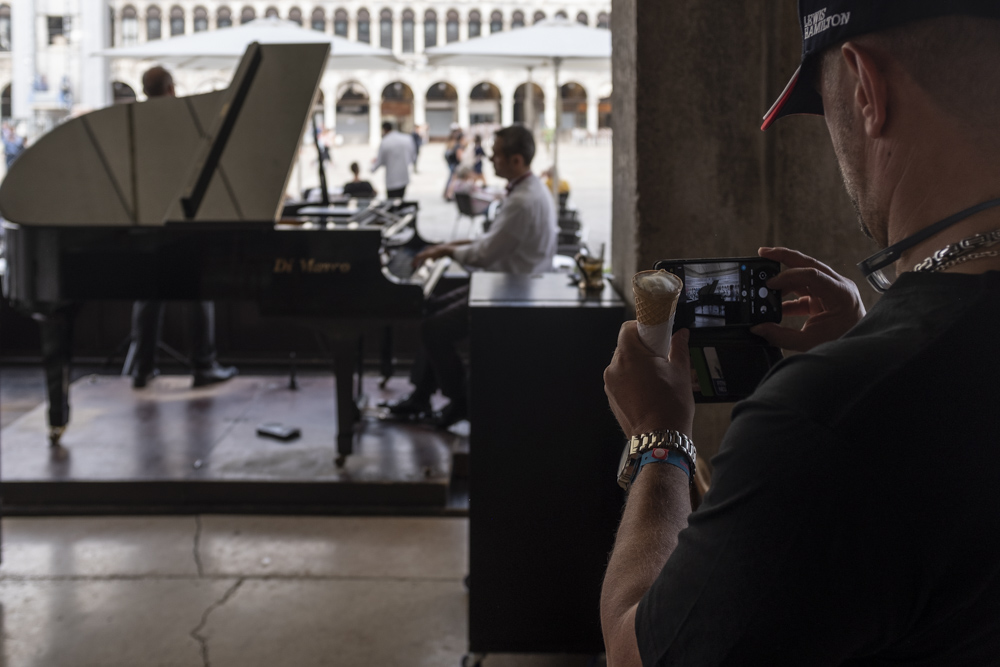
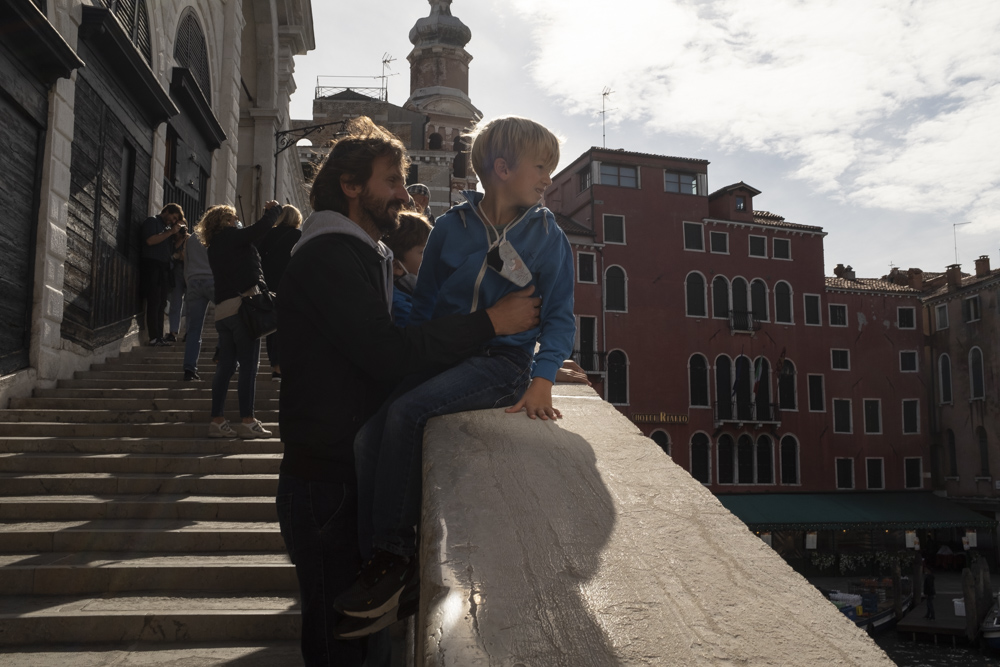
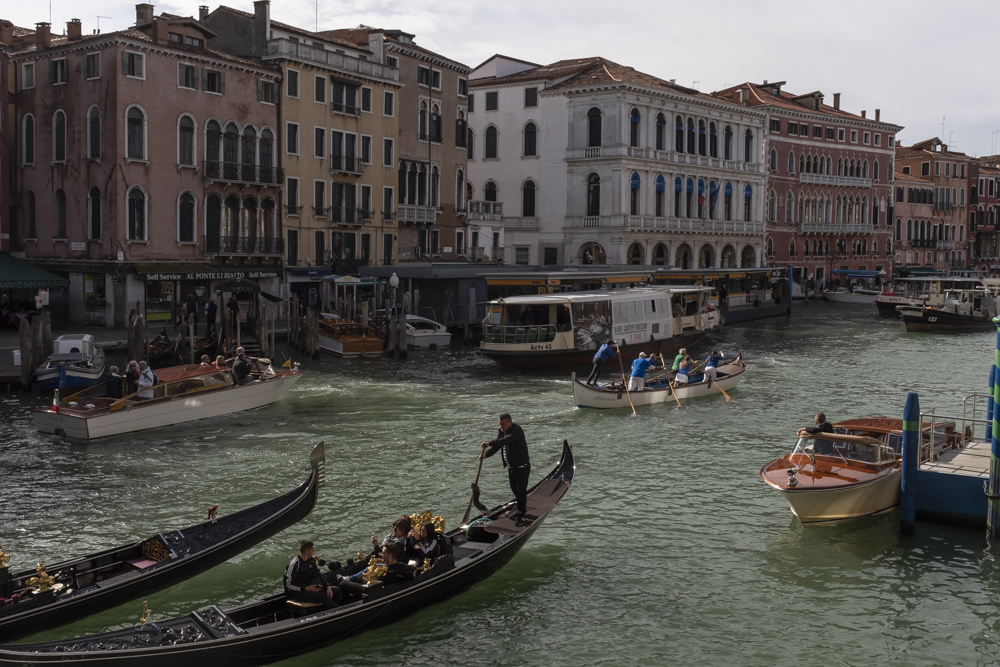
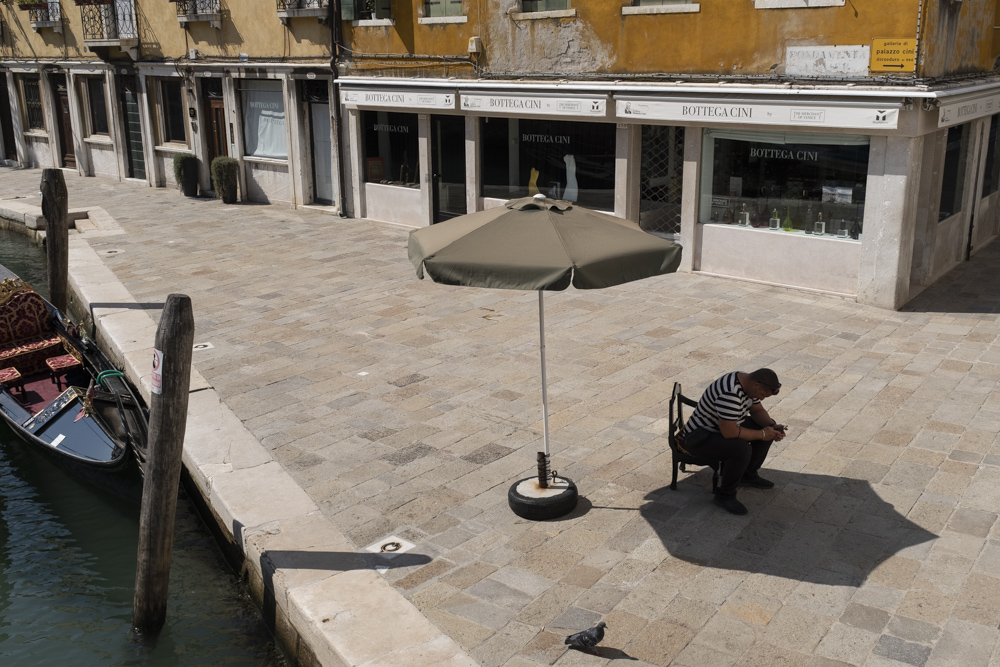
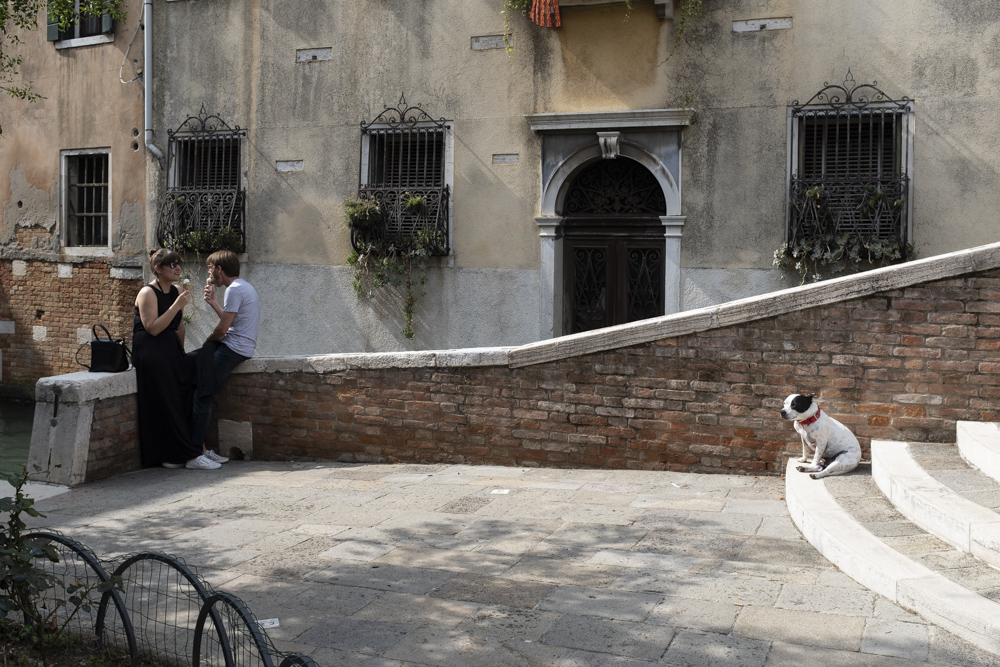
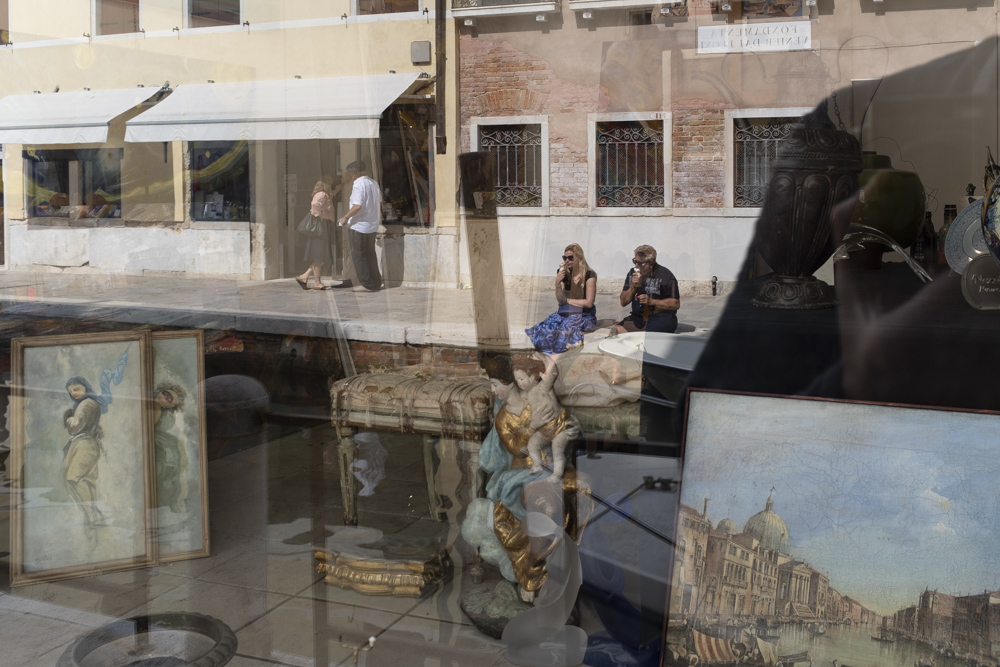
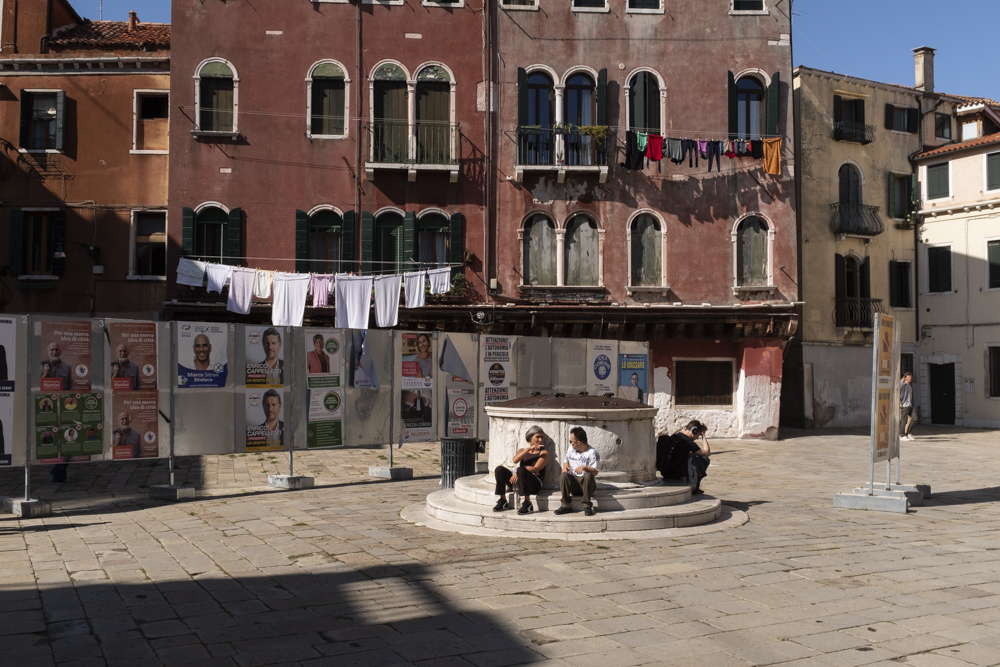
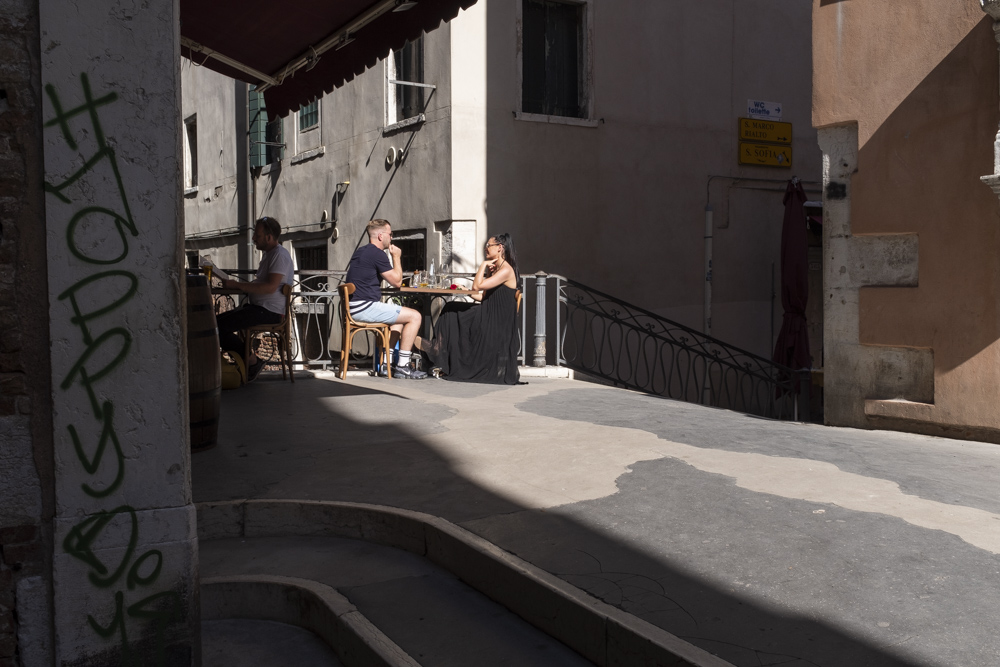
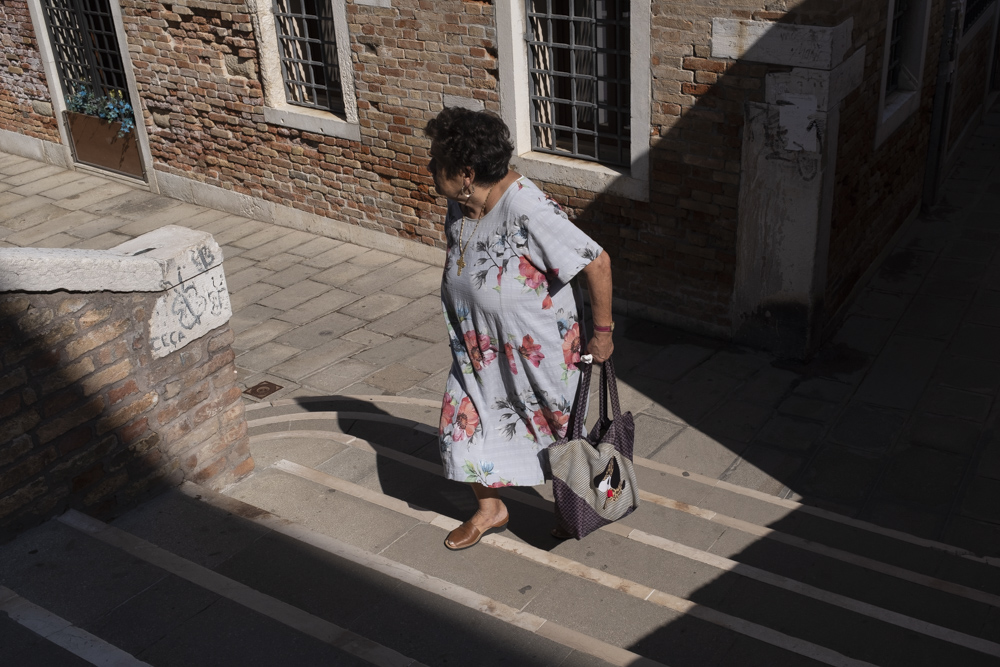
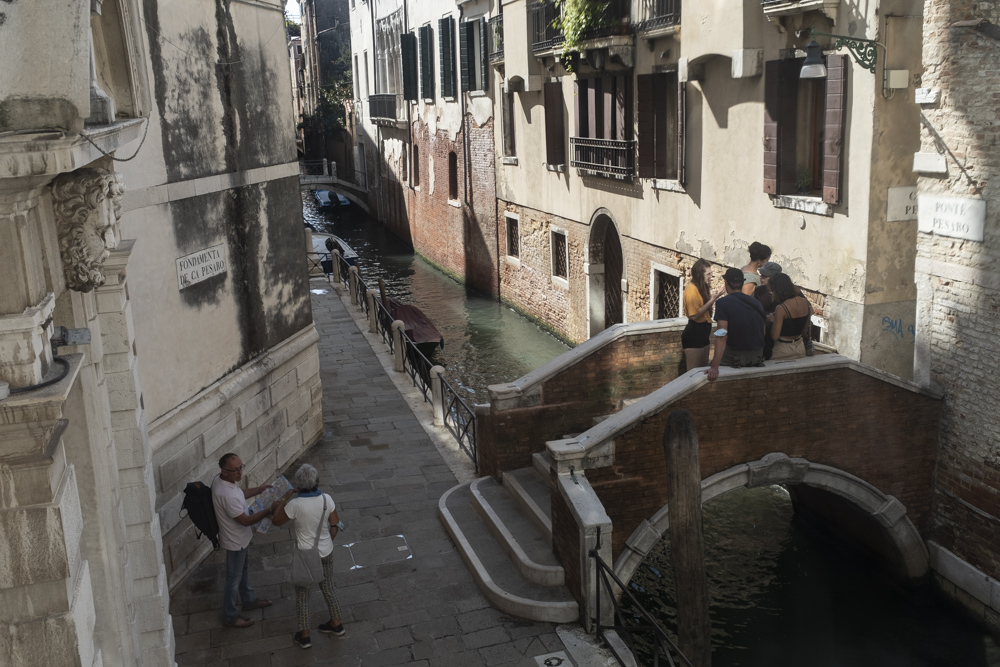
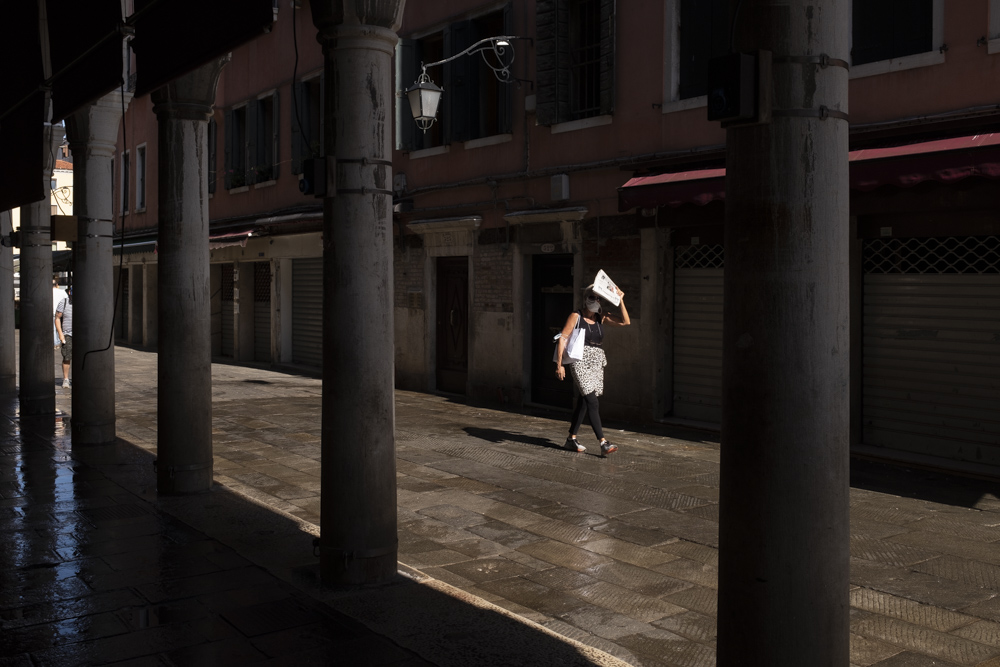
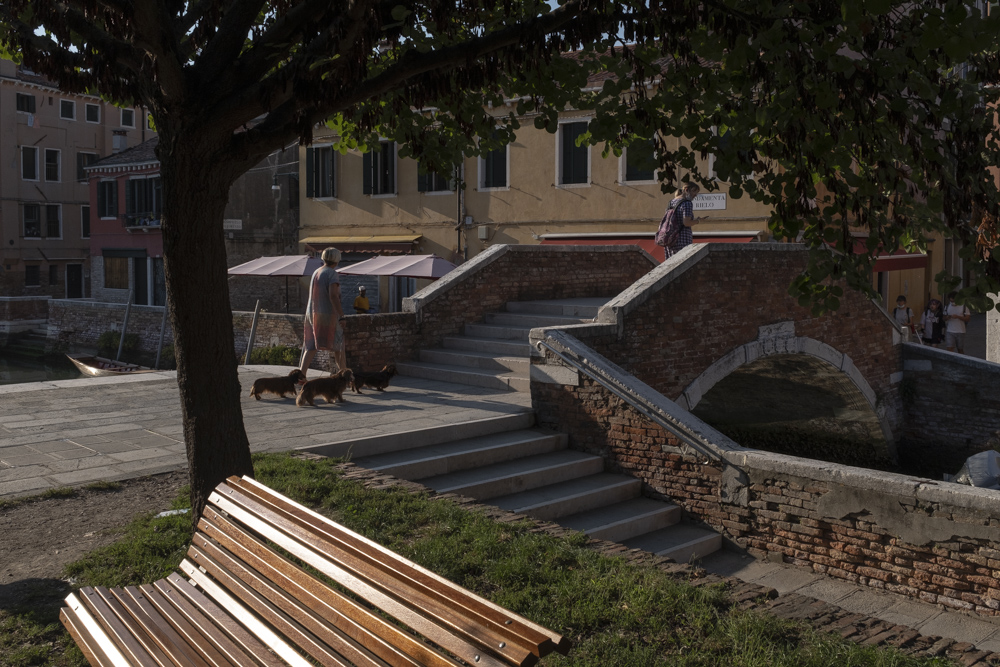
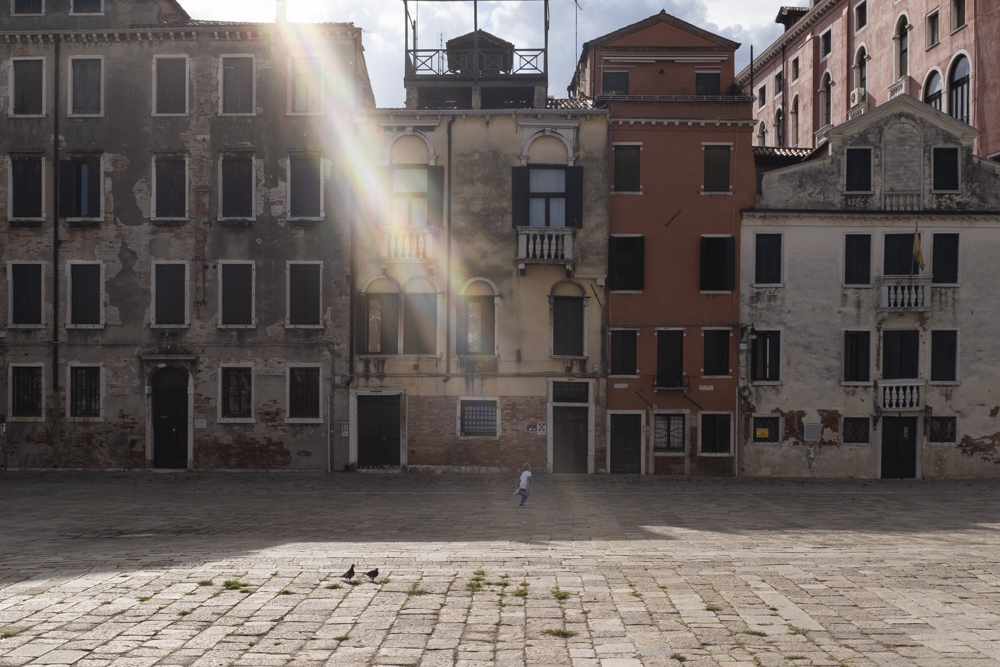
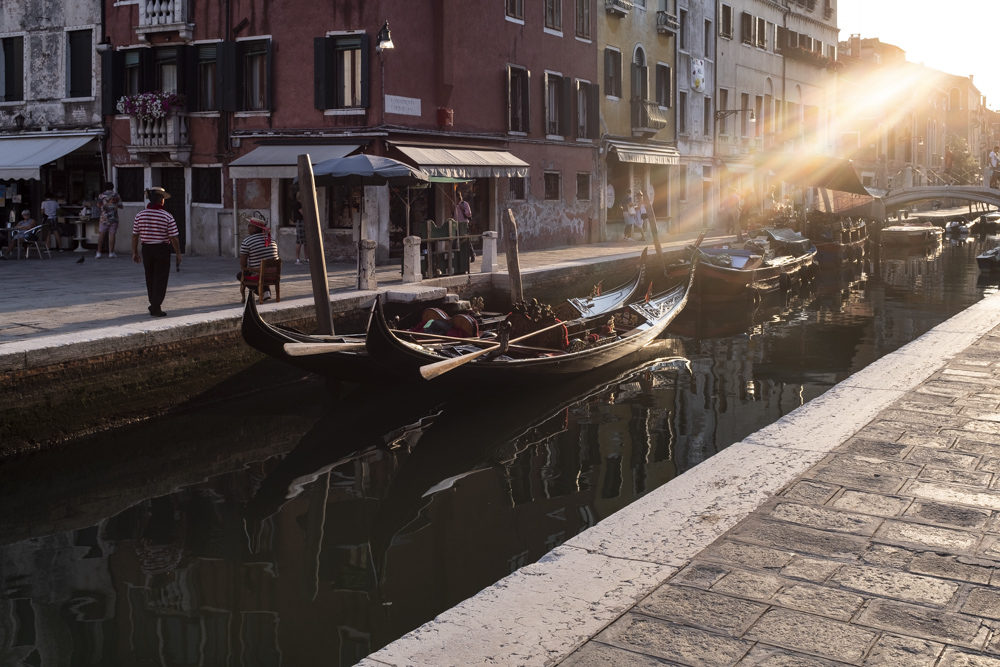
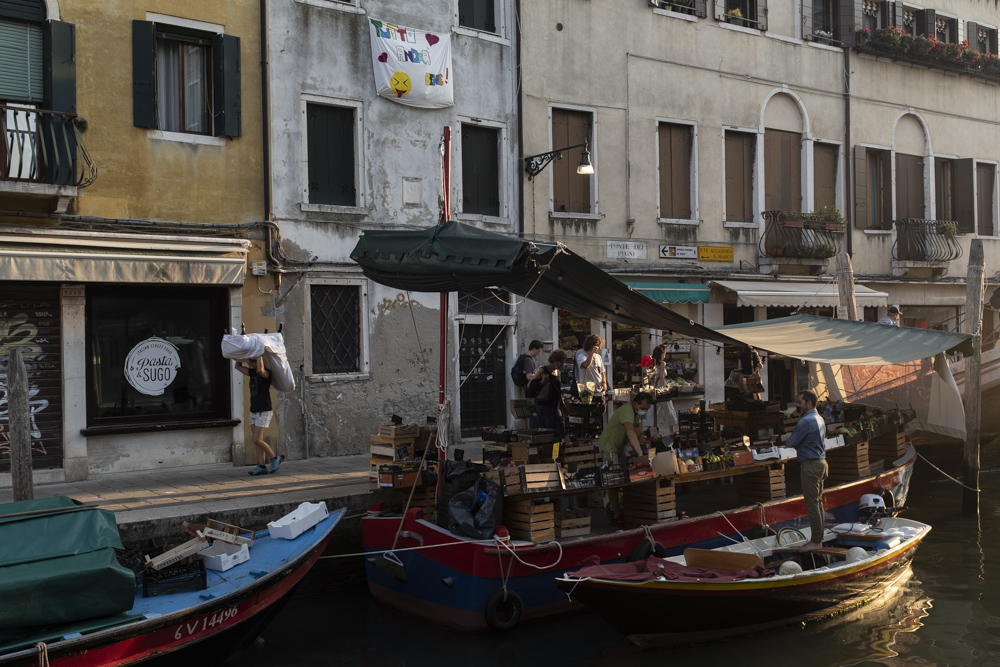
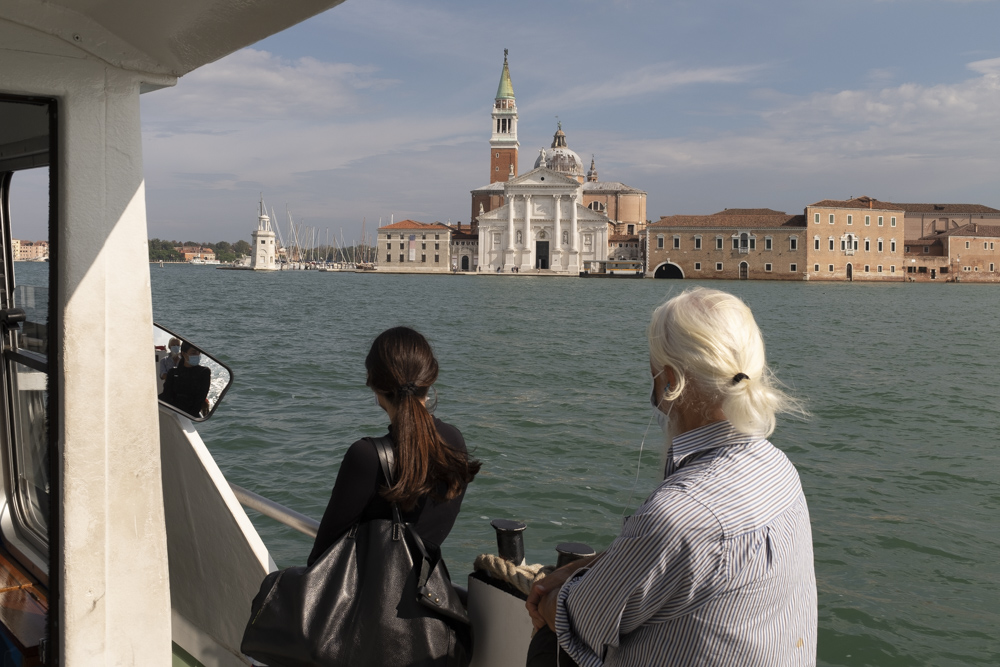
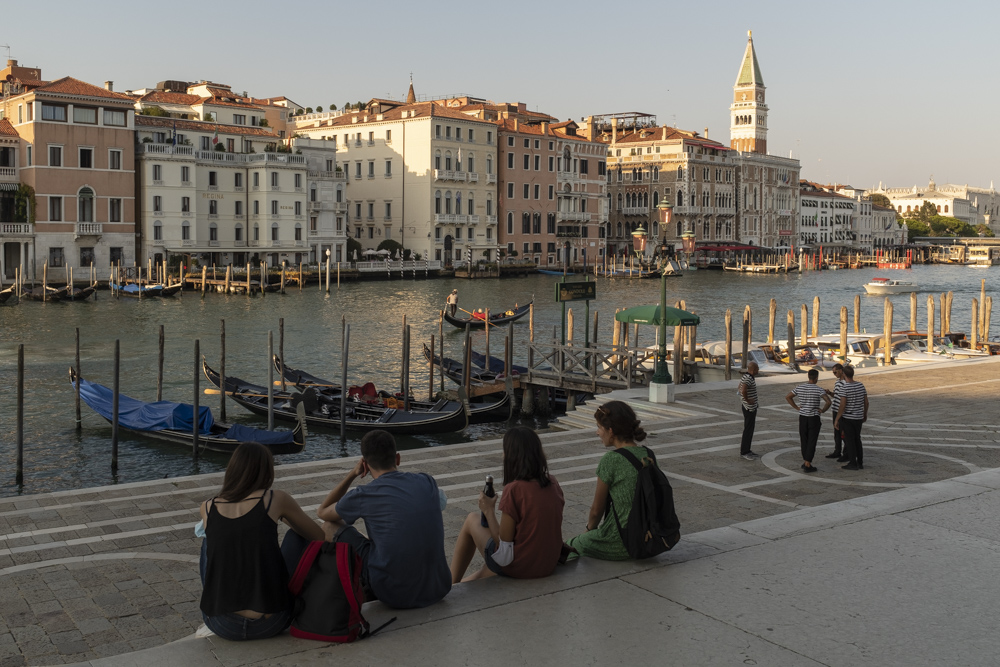
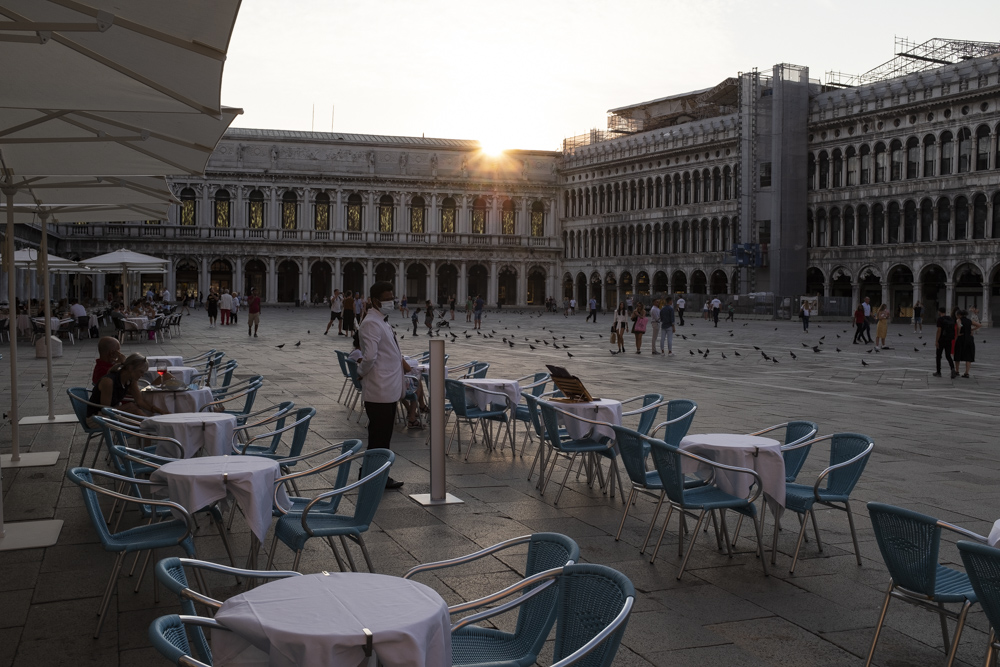
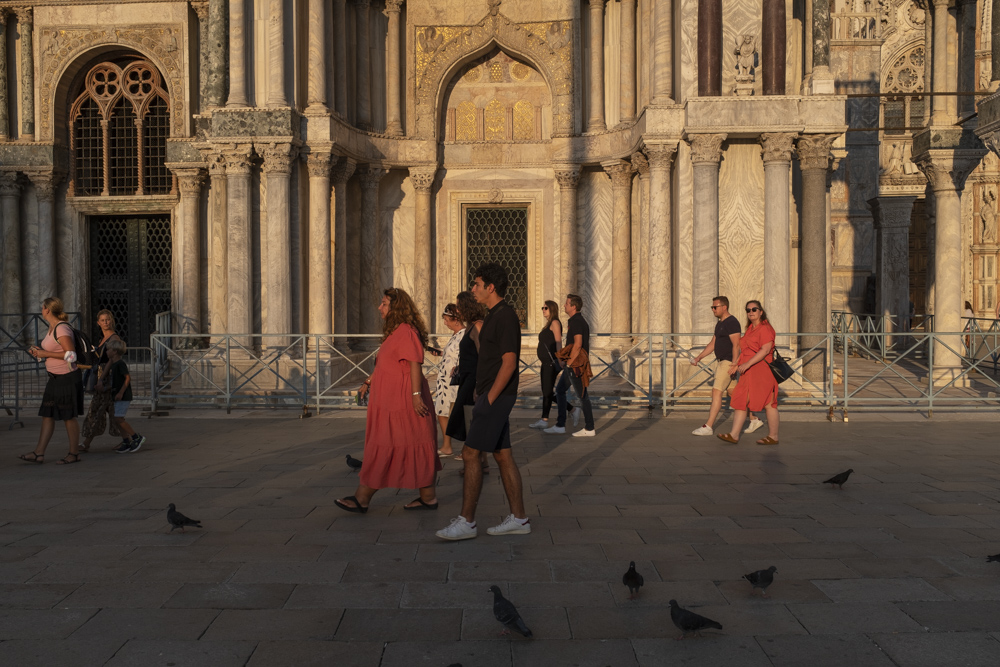
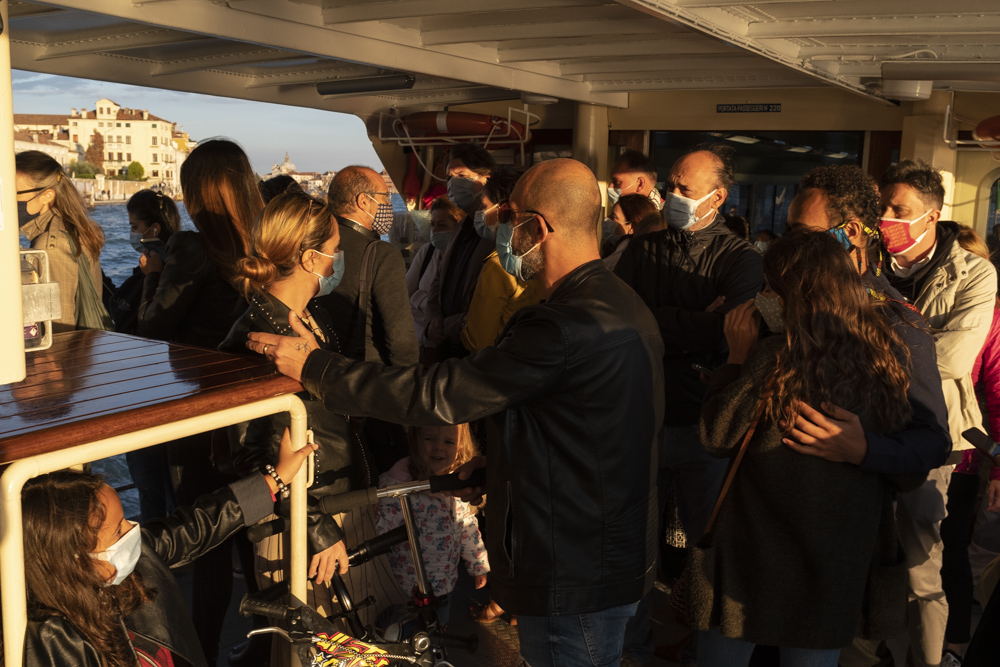
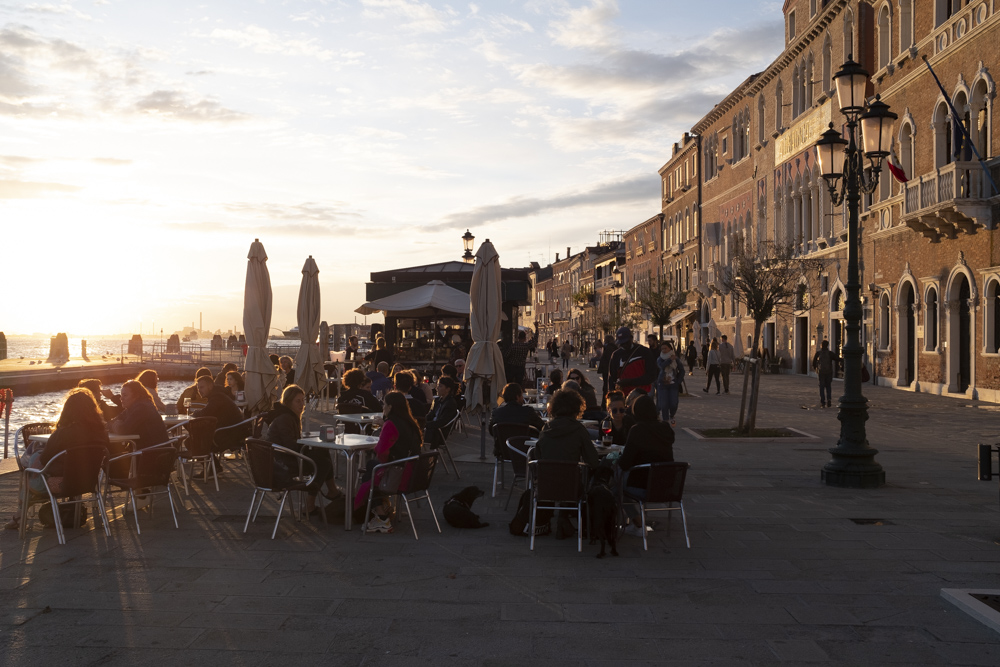
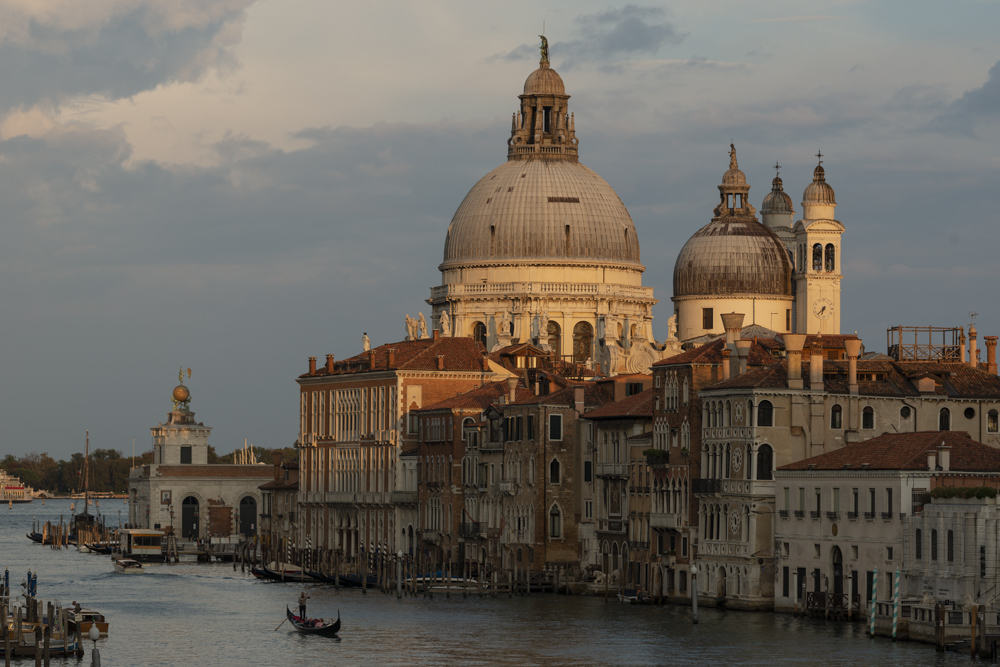
Also posted in Culture, Documentary, Editorial, Europe, Italy, Travel Photography, Venice
Tagged bellezza, editorial, gente, Italia, Italy, people, September, street photogrphy, Travel photography, venessia, Venezia, Venice, viaggio
|
THE NOTTING HILL CARNIVAL 2019
It has been the hottest Carnival ever, with temperatures above 30 degree.
More than just a street party, the Carnival was first held in 1959 in response to a series of racist attacks and rioting that spread in west London. The Carnival was put together to celebrate of the local community, people from the Caribbean coming to London in search of opportunities.
As always, there is a lot of fun, great energy and positive vibes, music and street food, beautiful costumes and dance from the London samba schools.
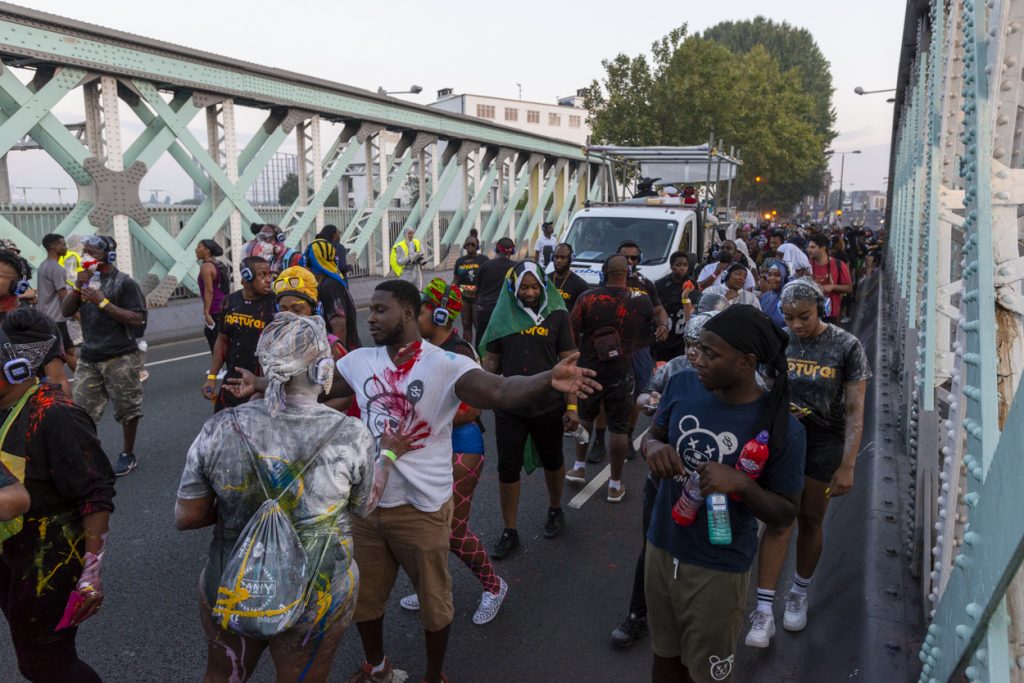
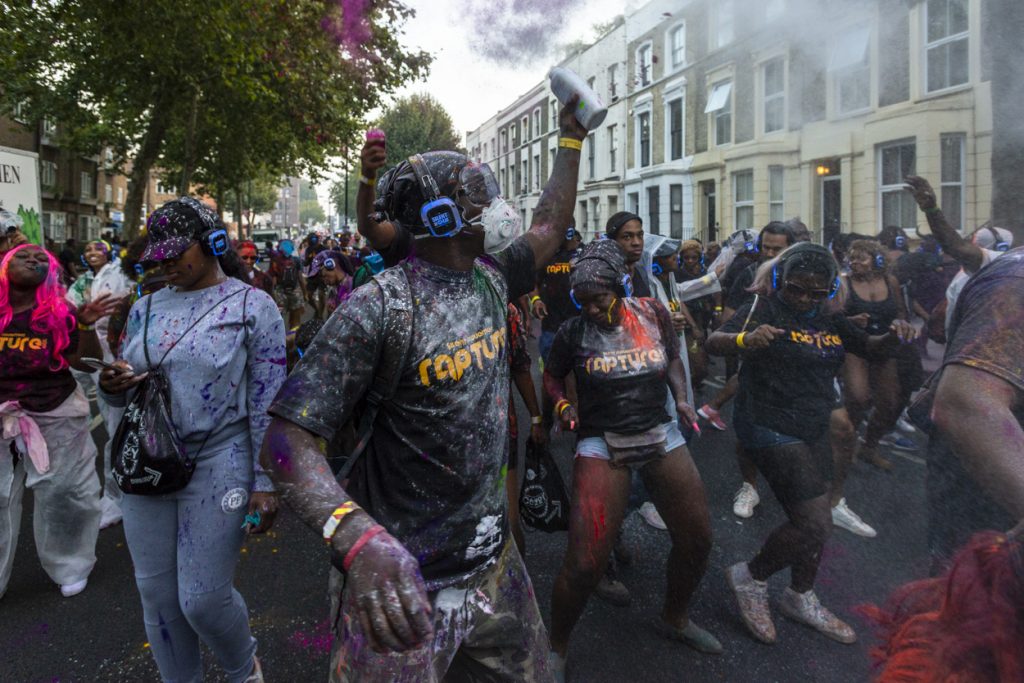
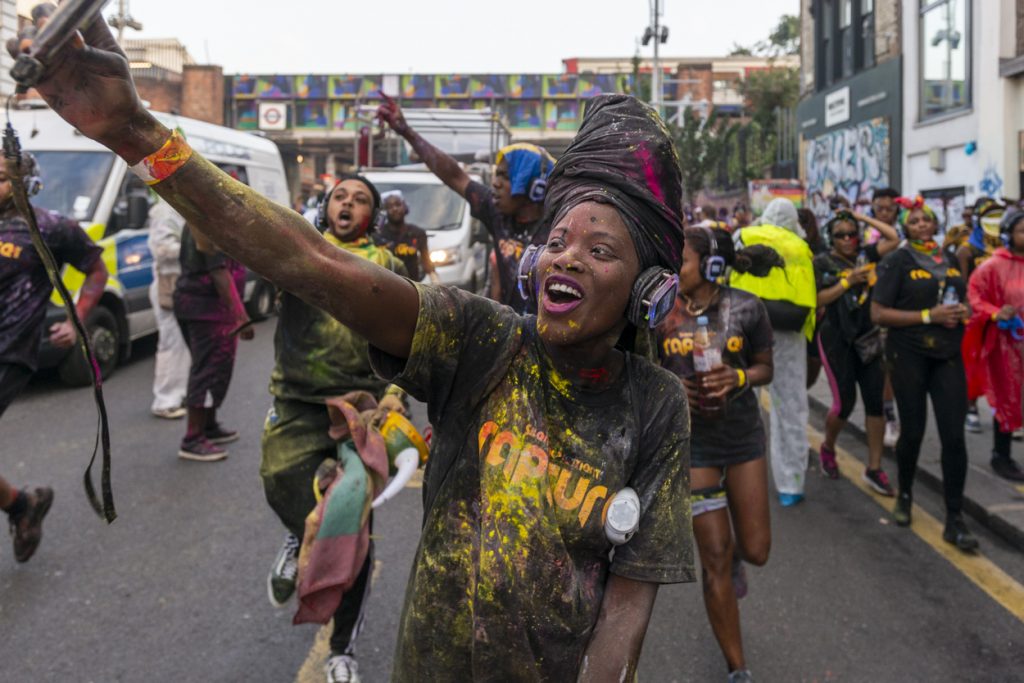
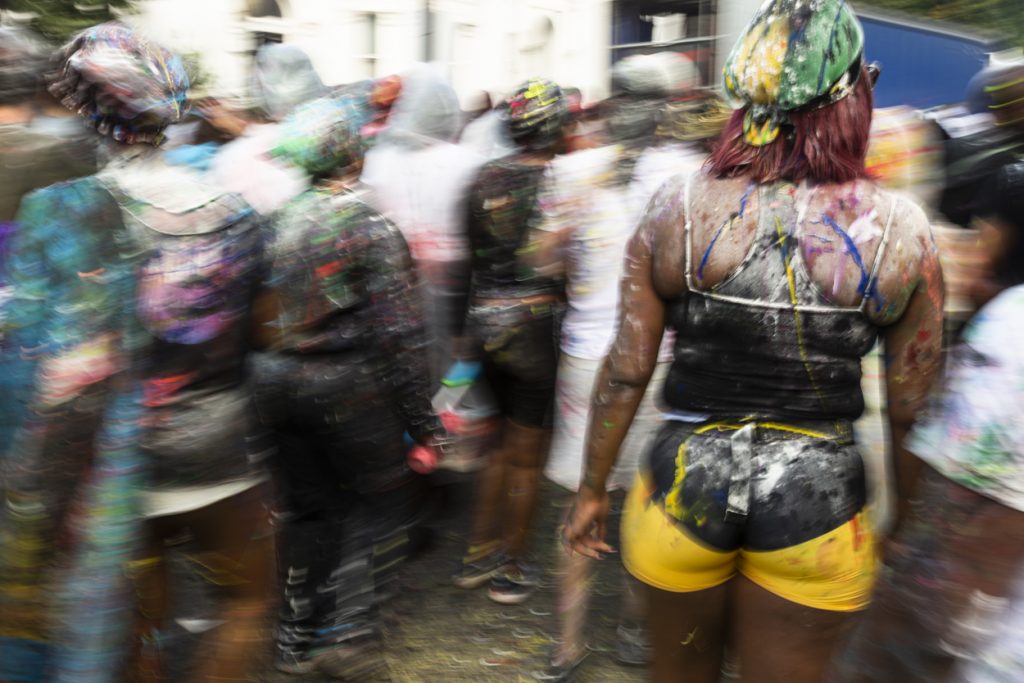
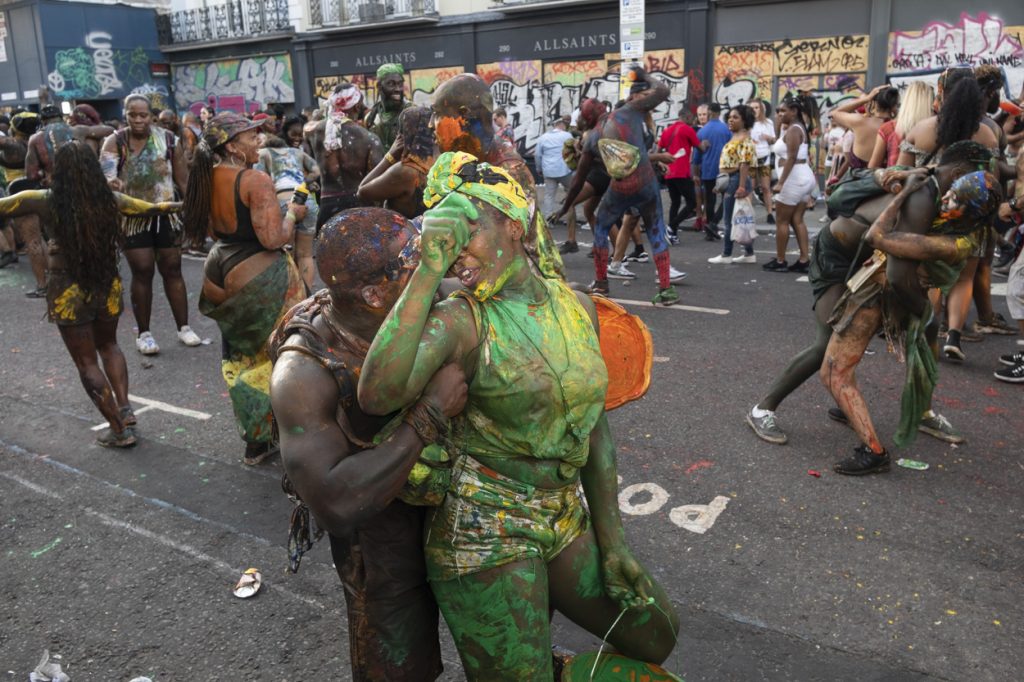
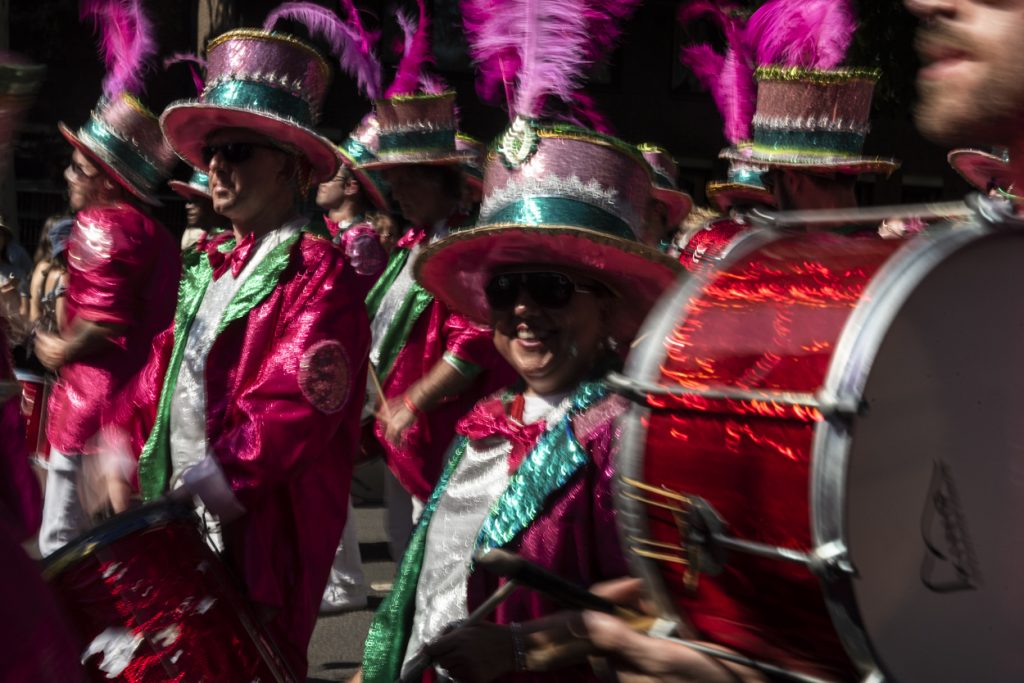
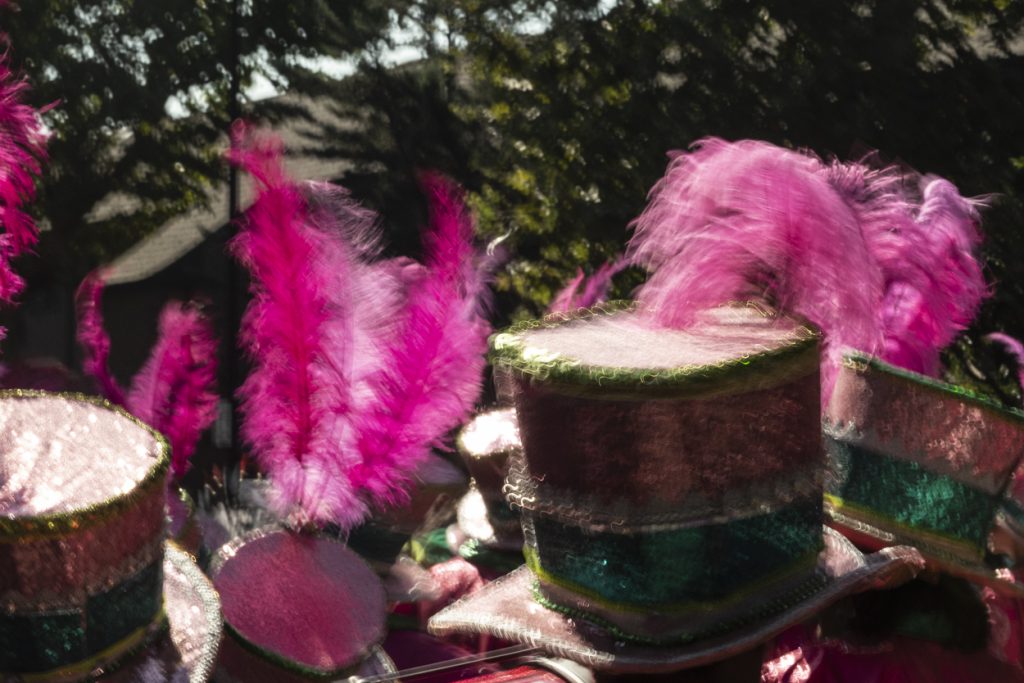
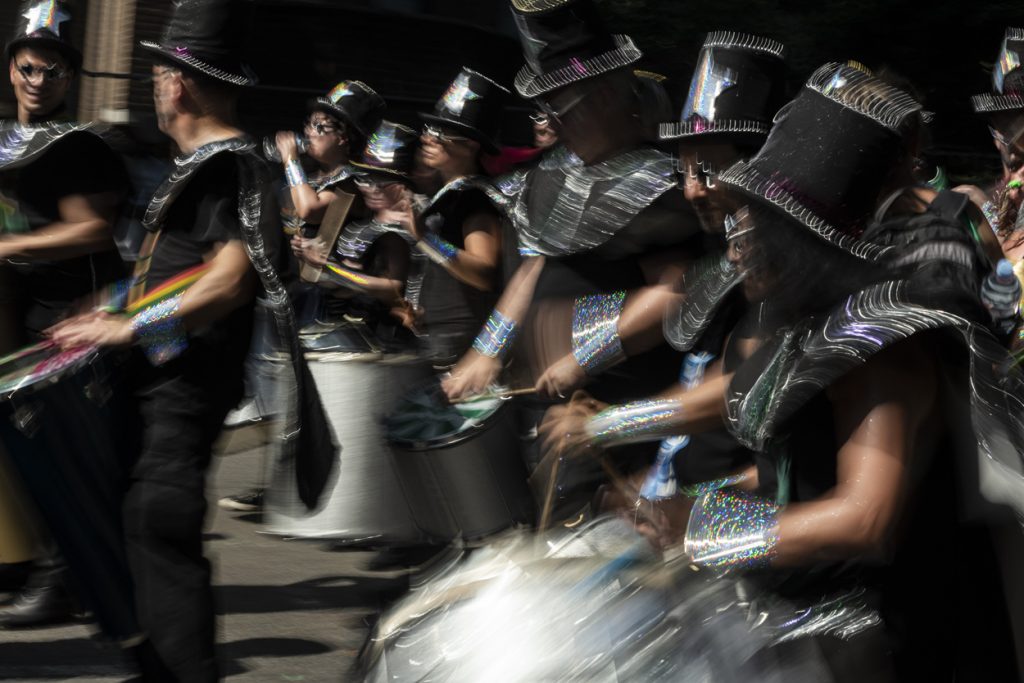
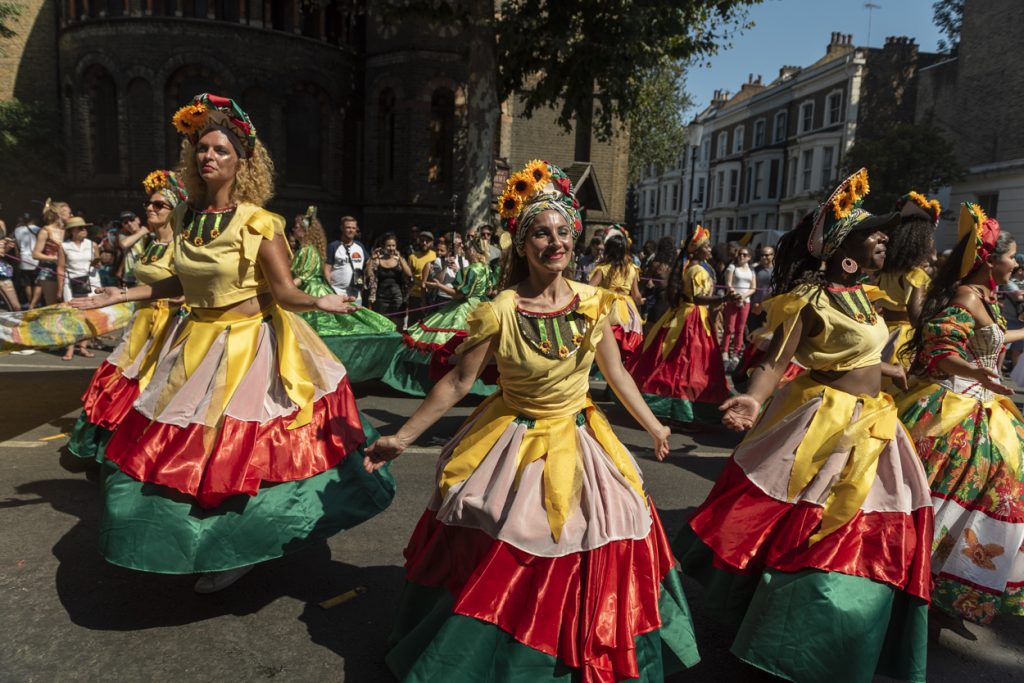
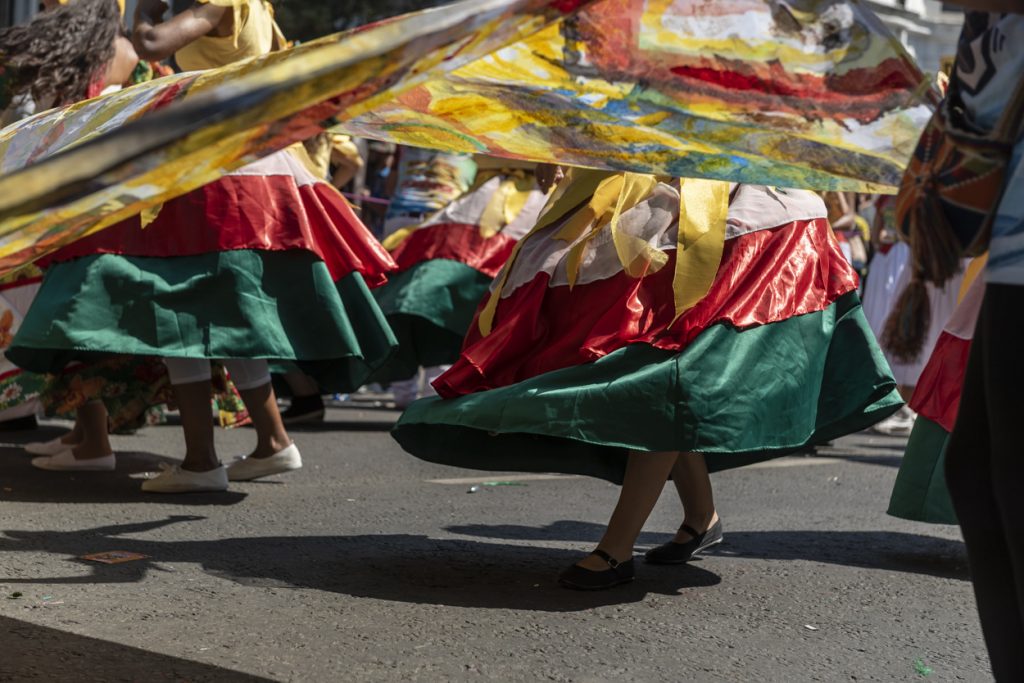
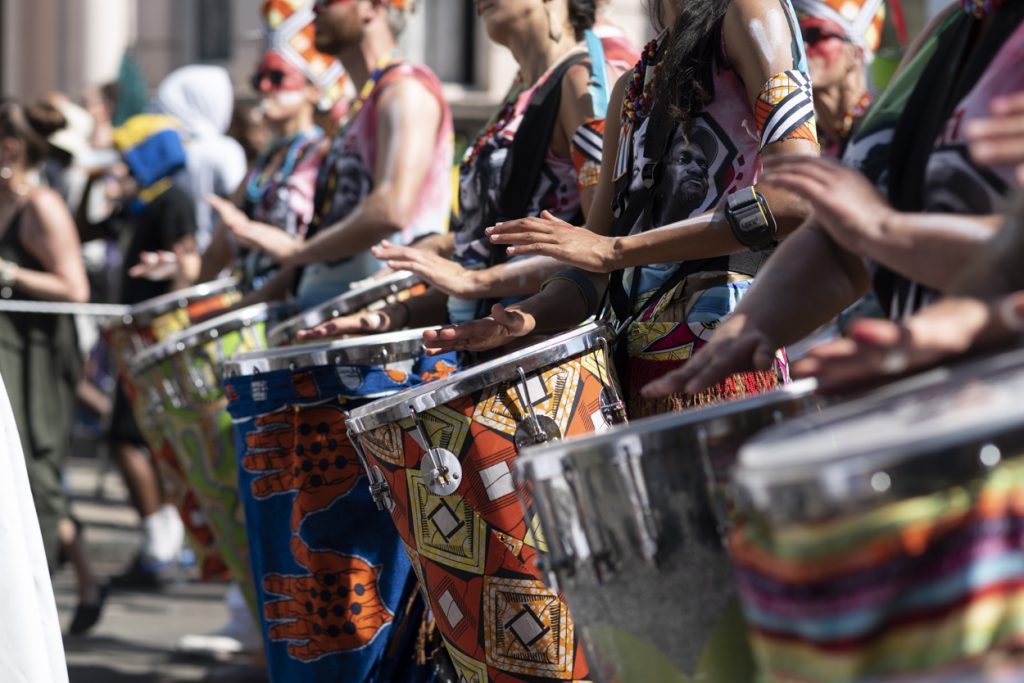
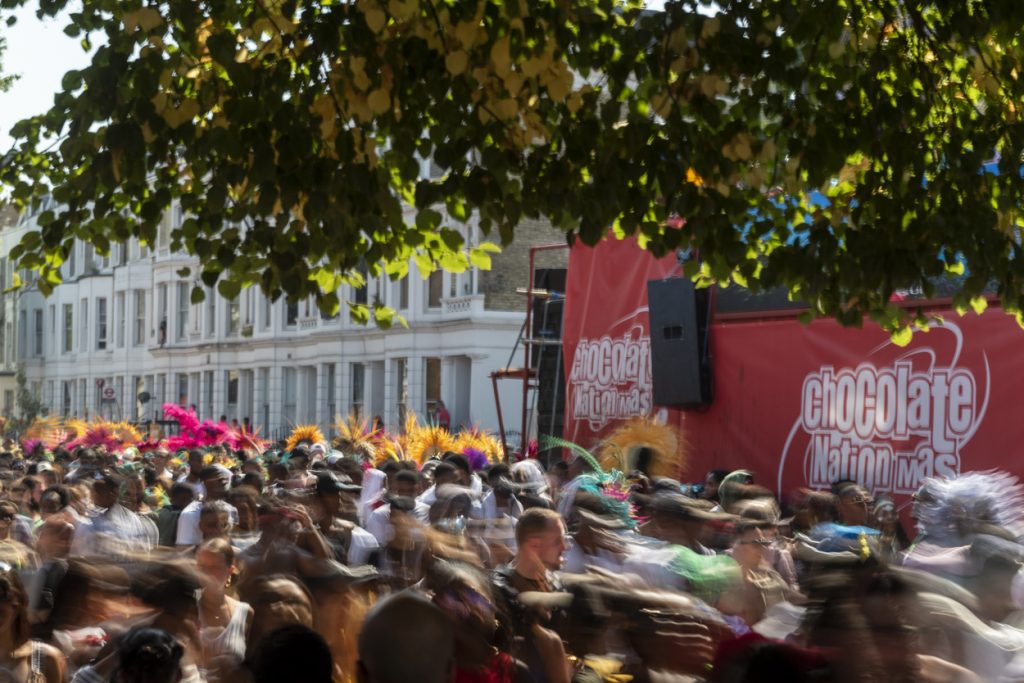
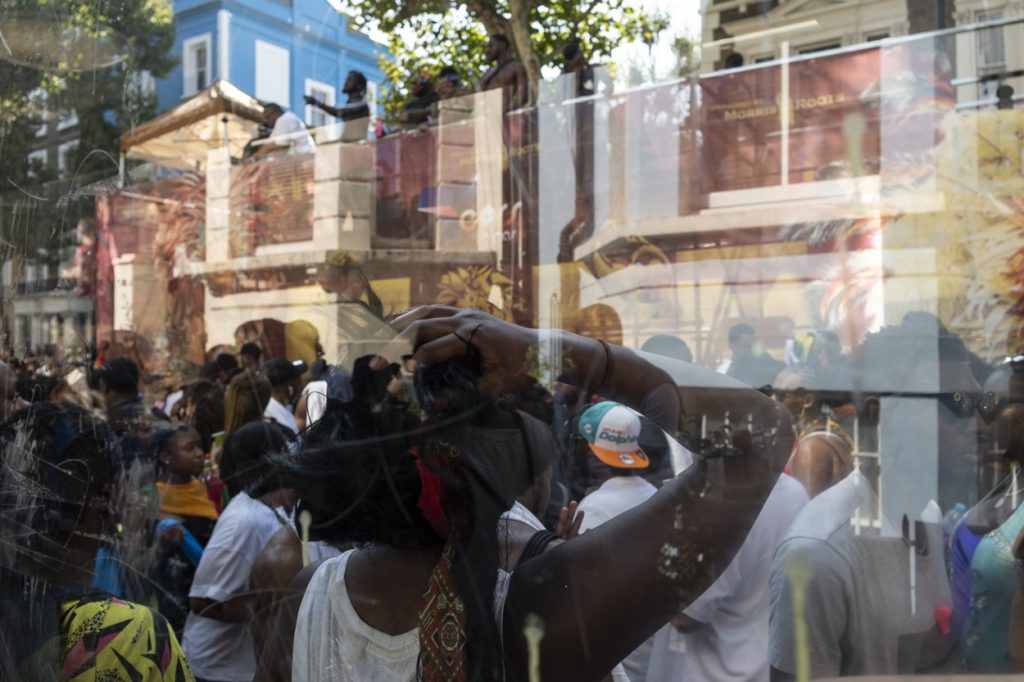
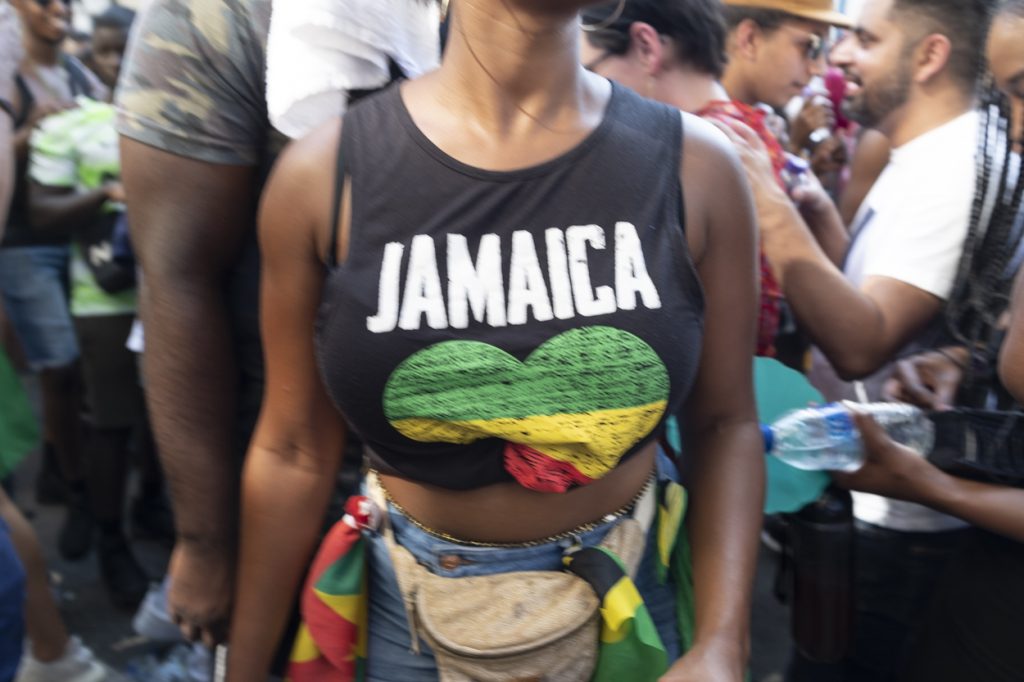
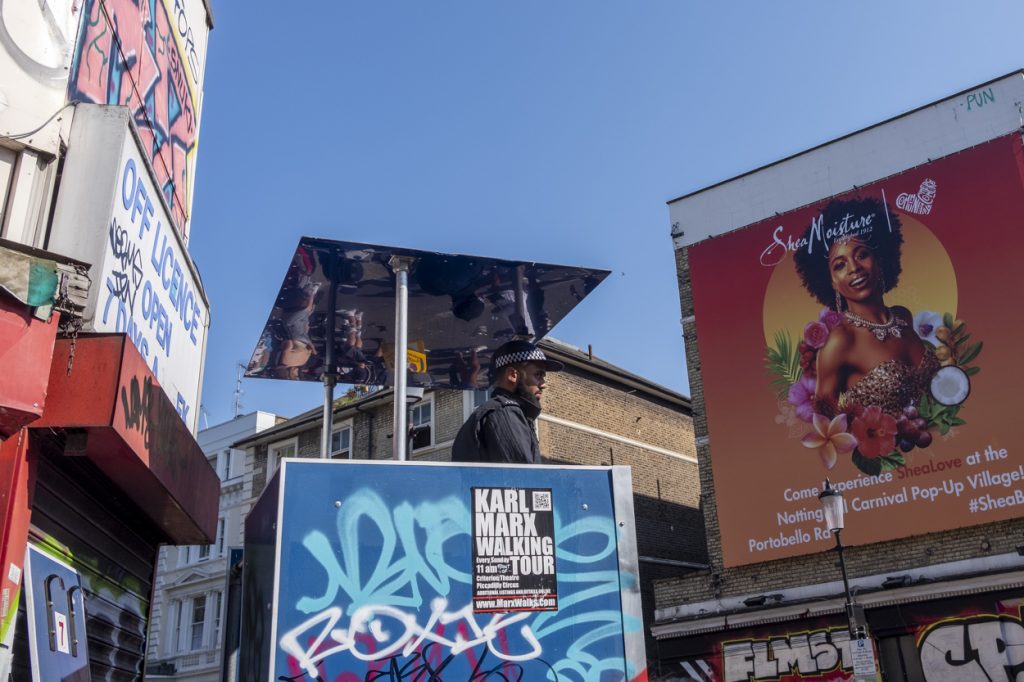
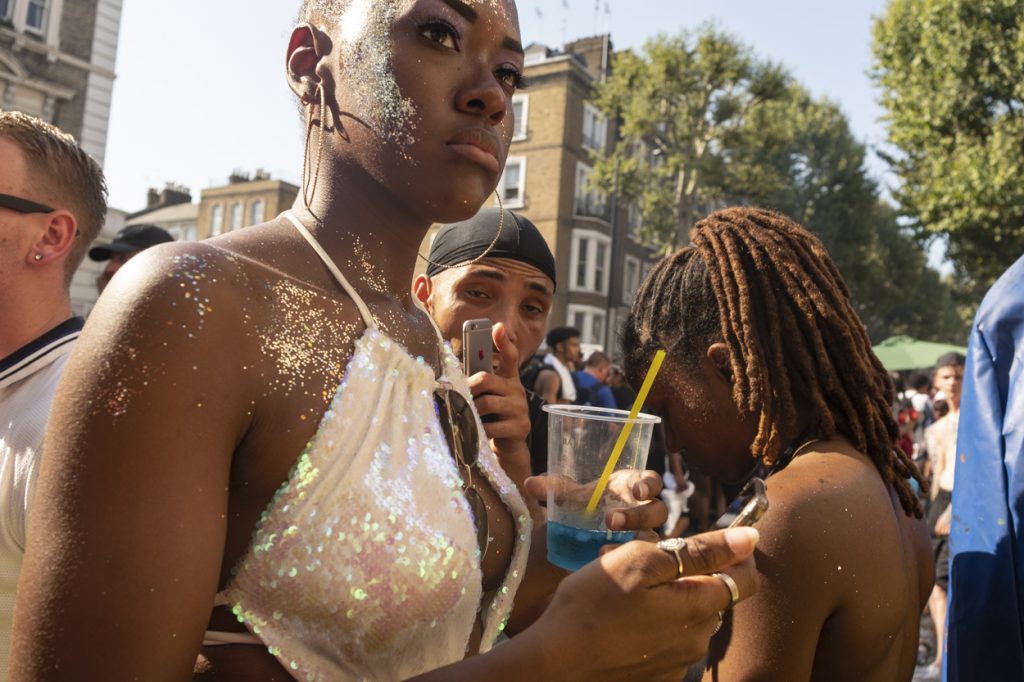
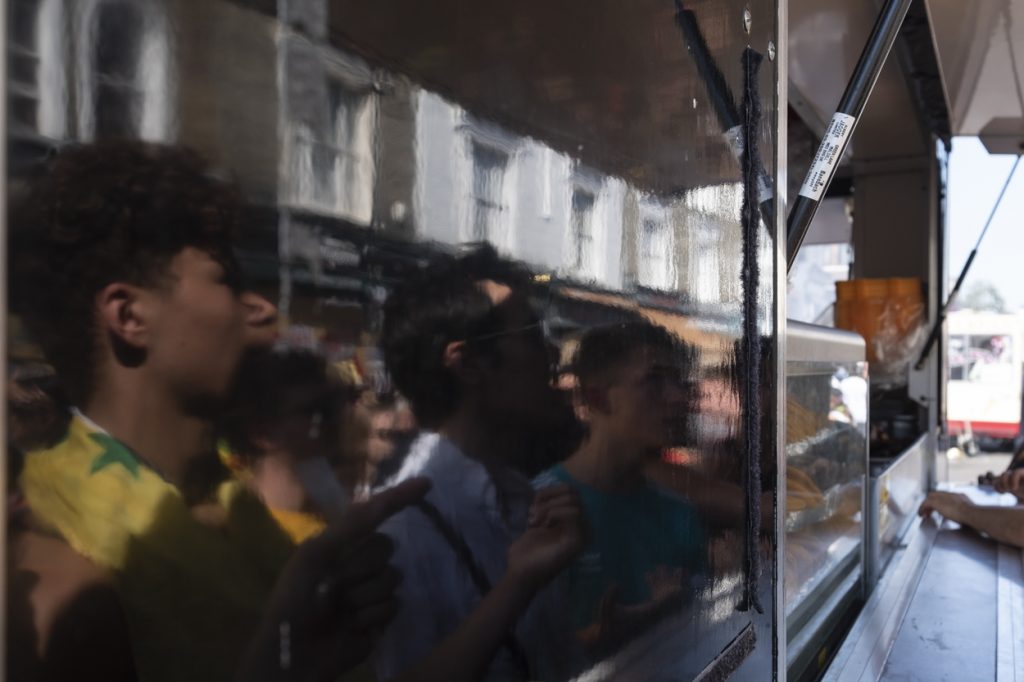
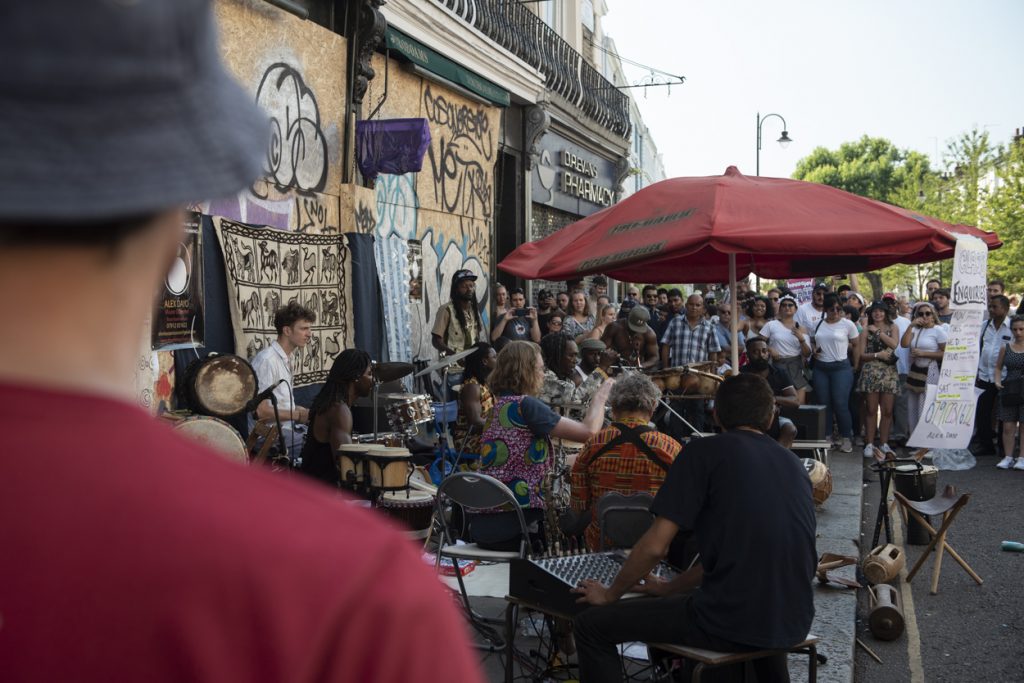
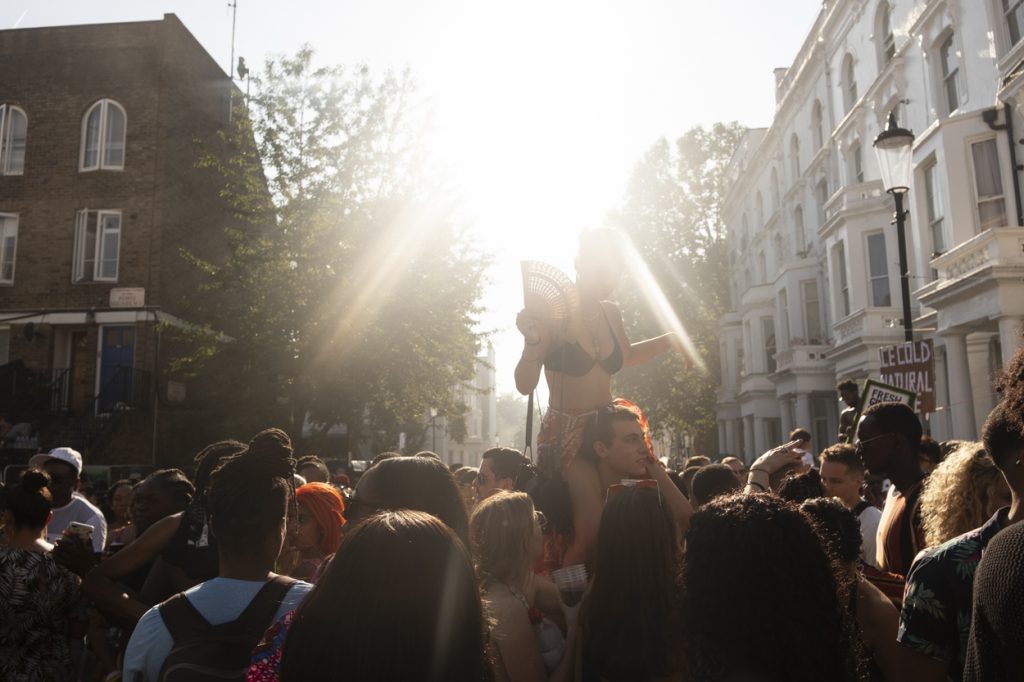
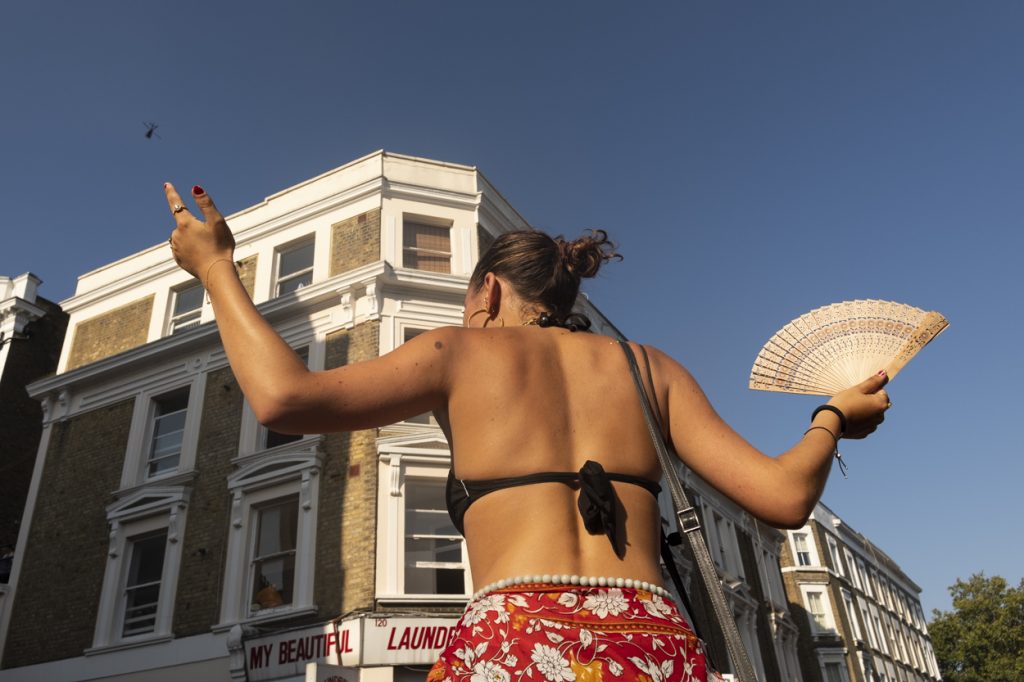
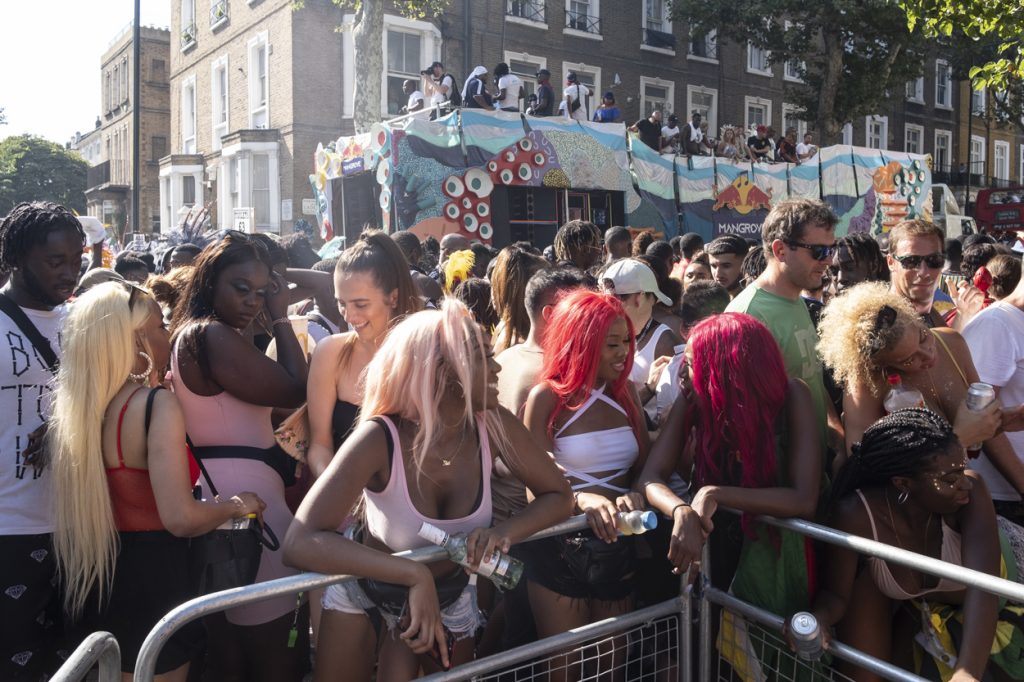
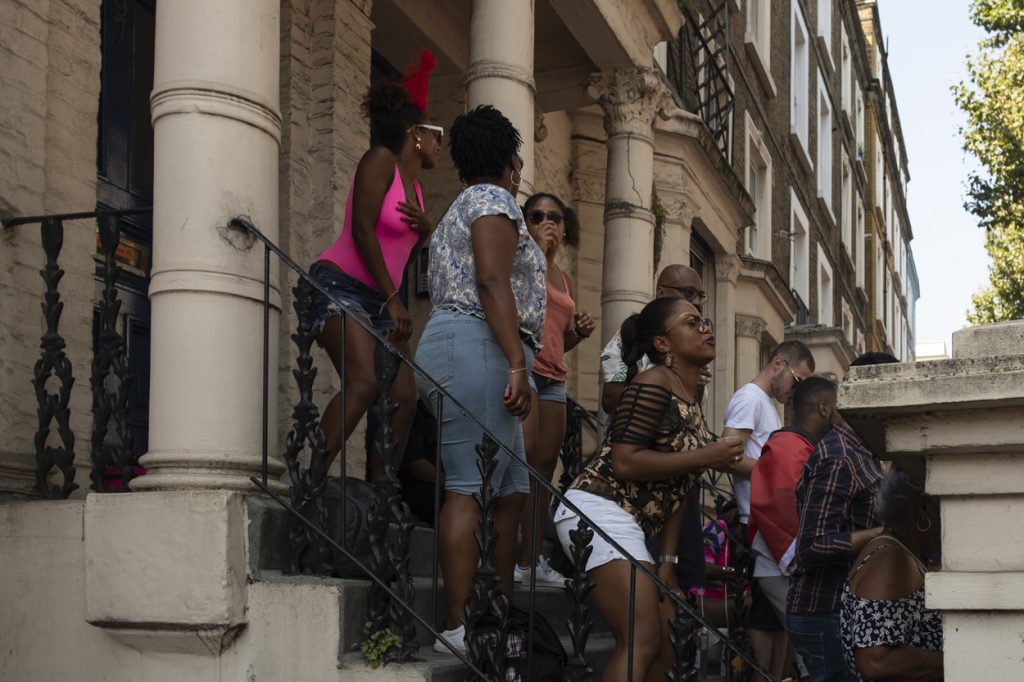
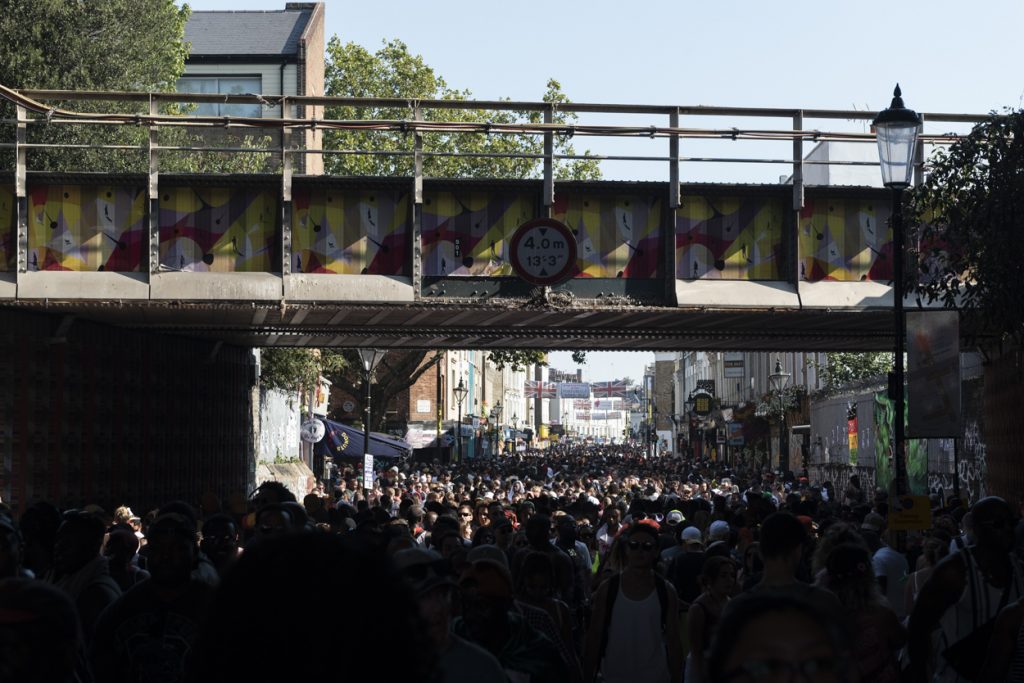
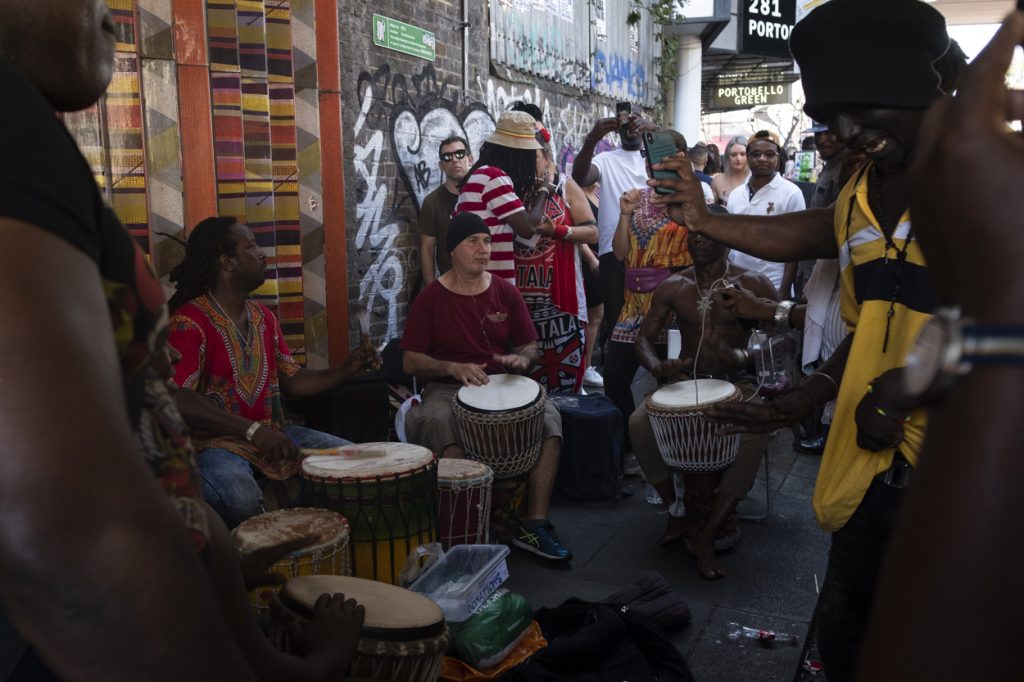
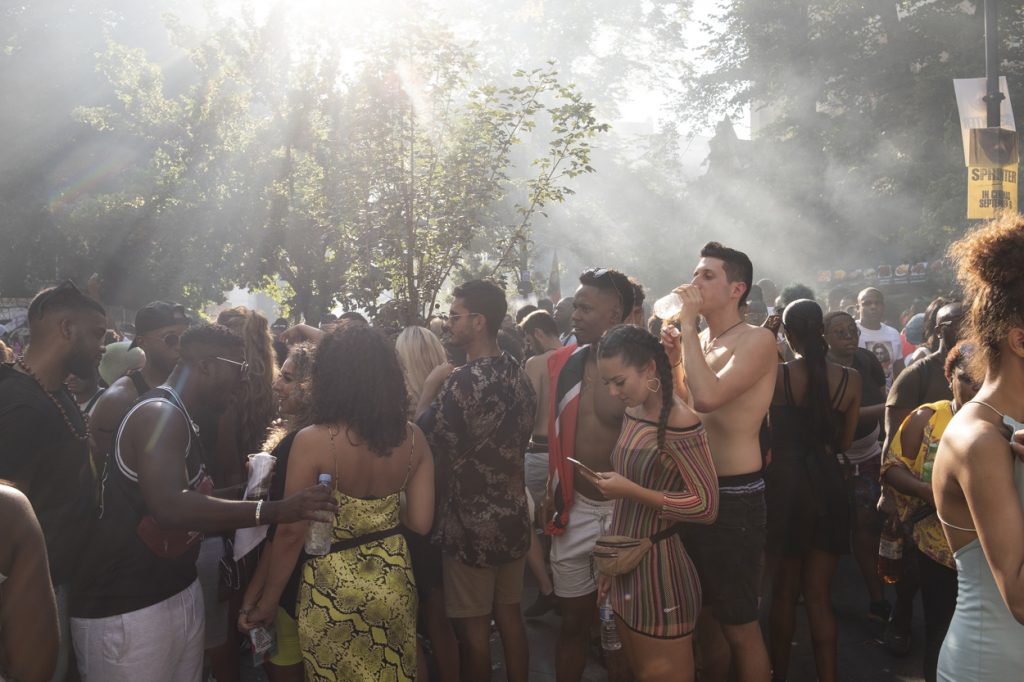
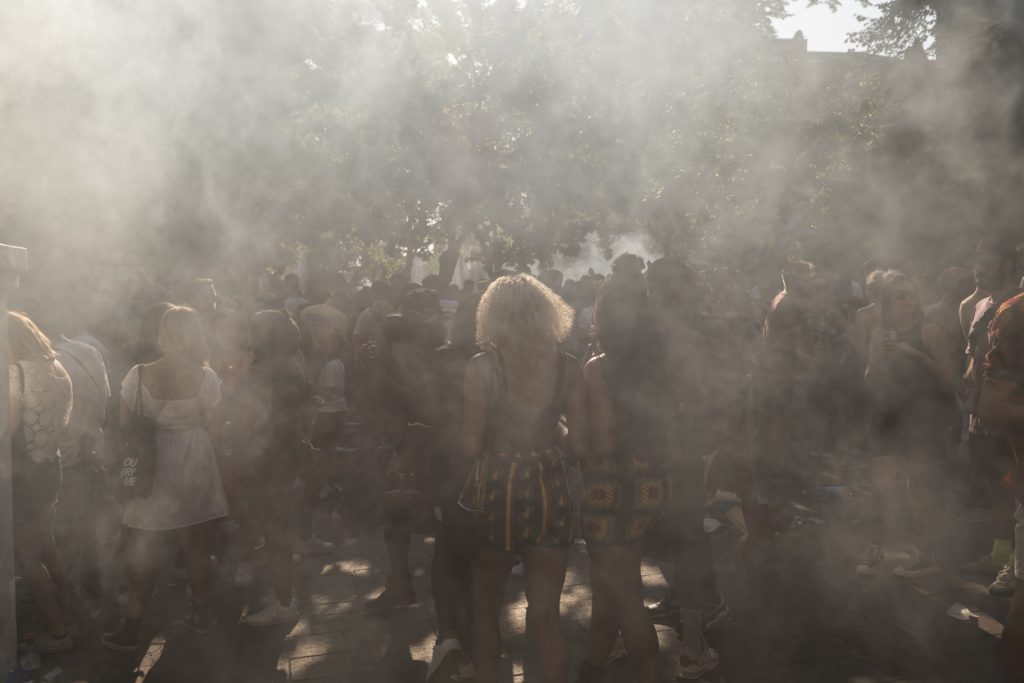
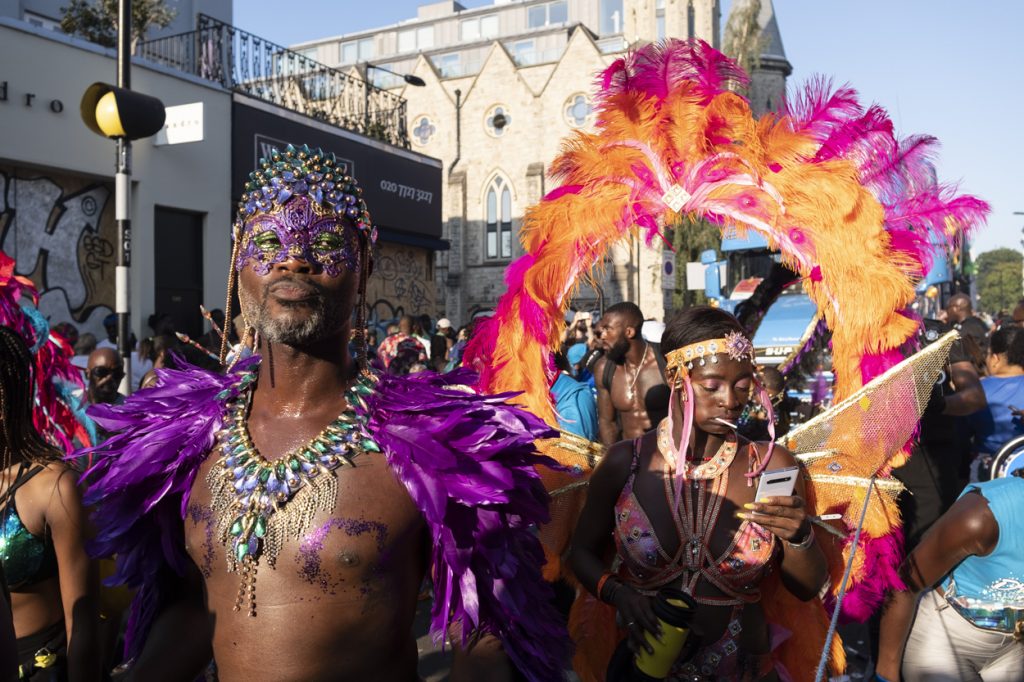
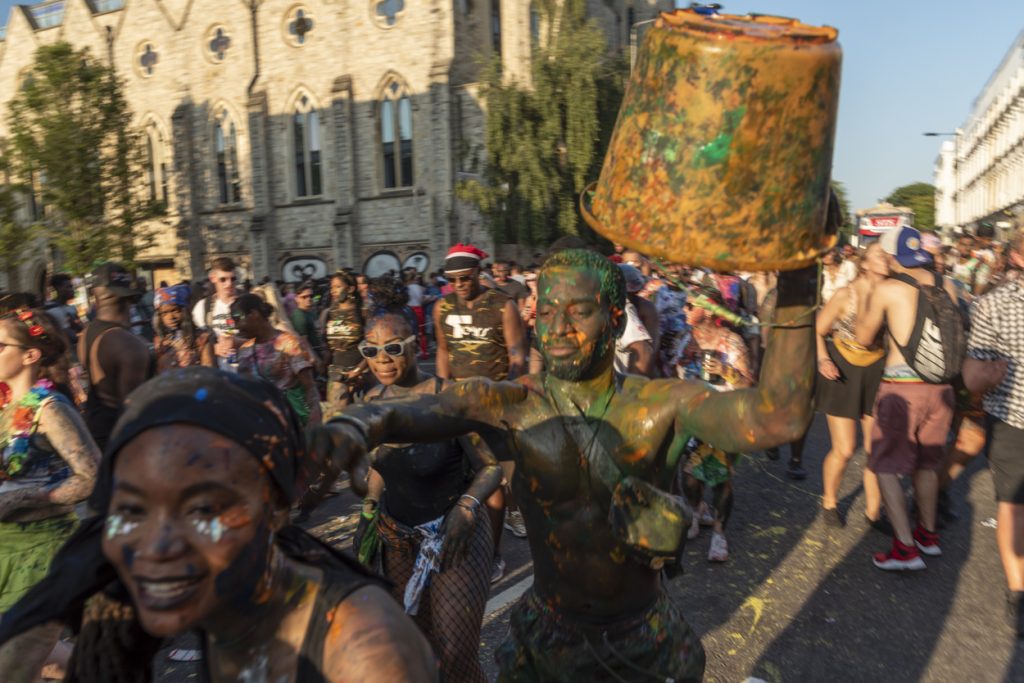
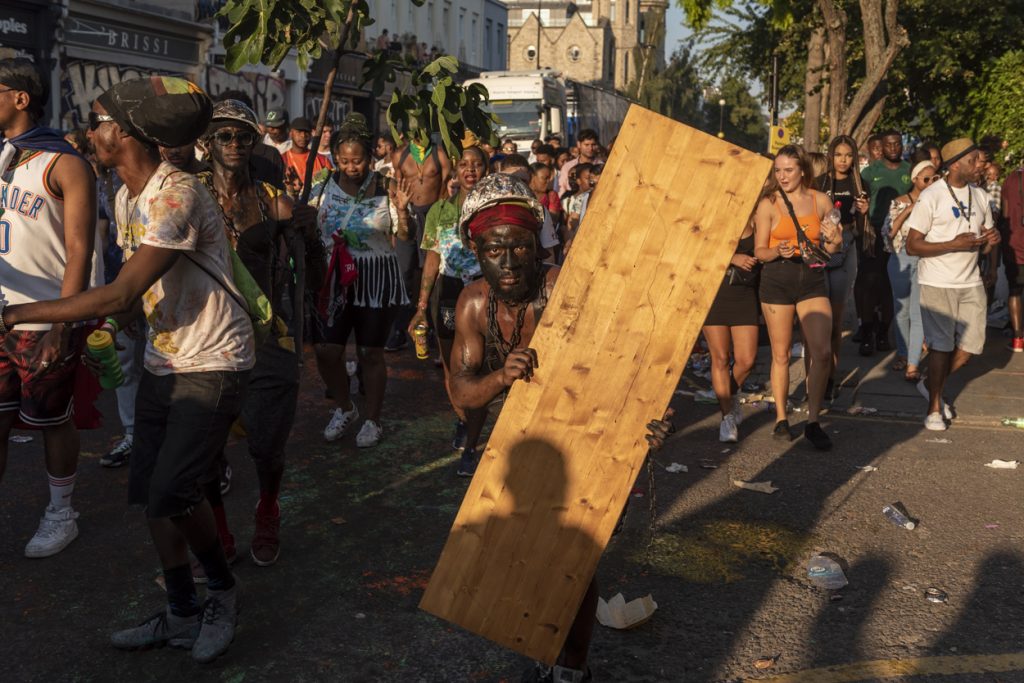
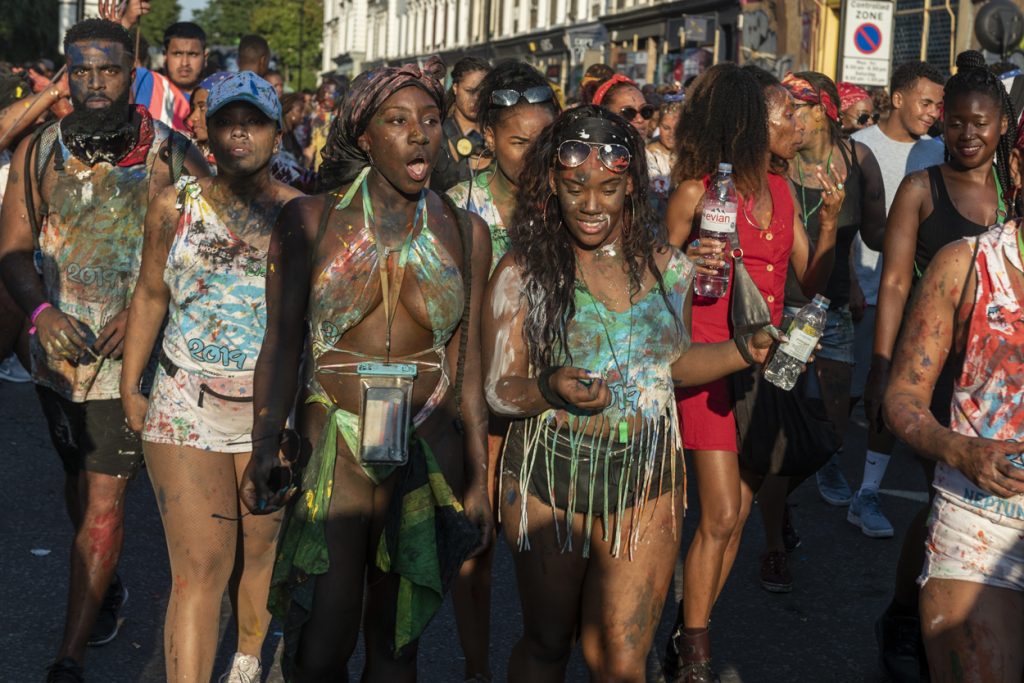
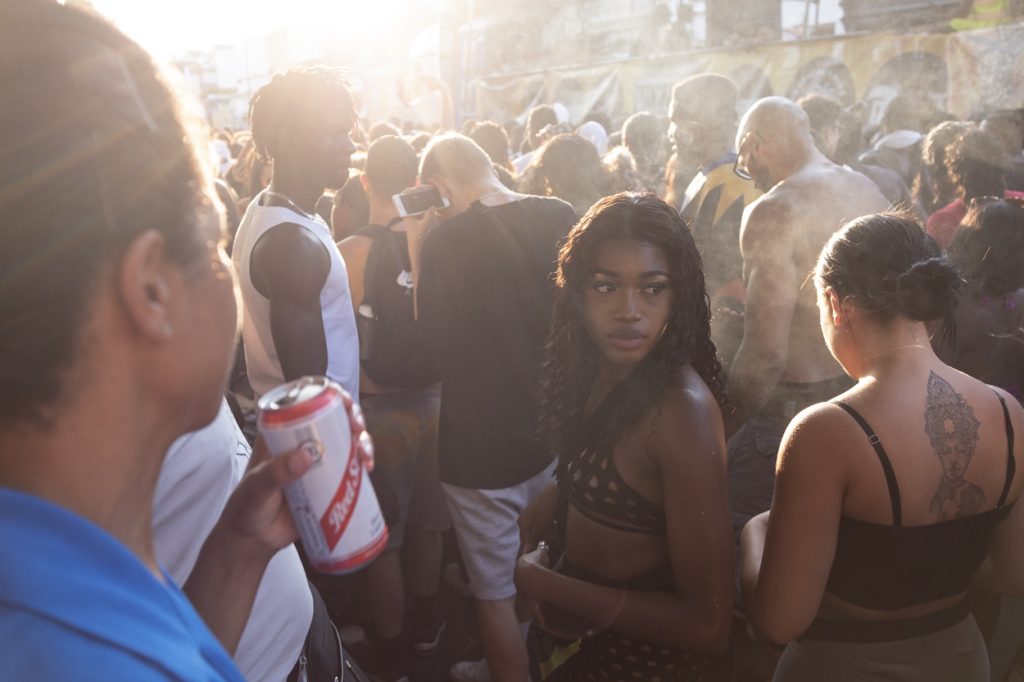
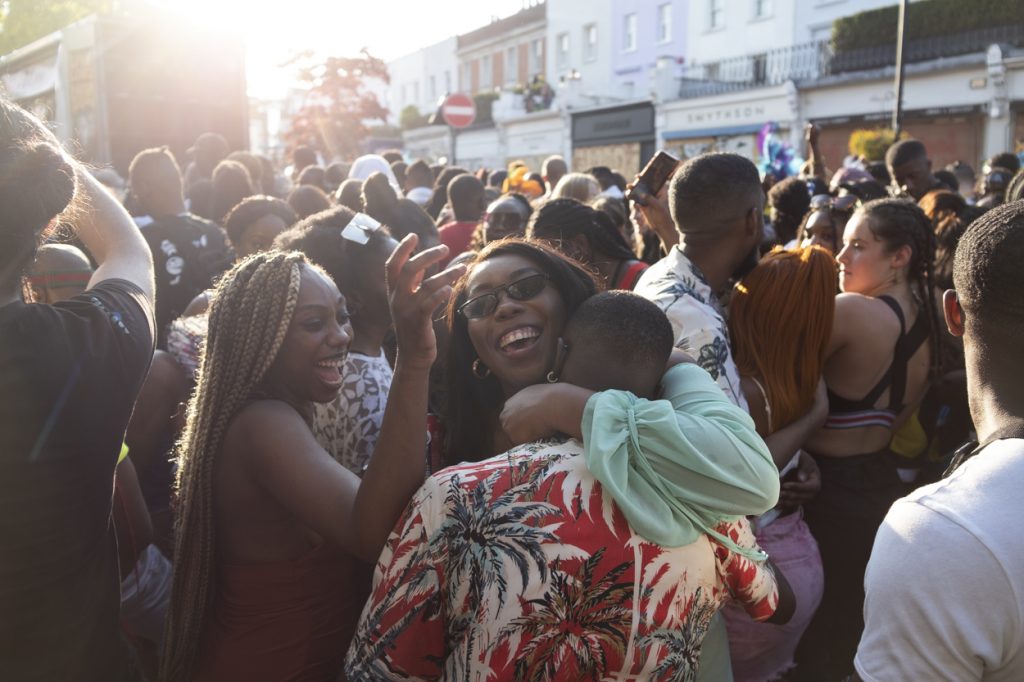
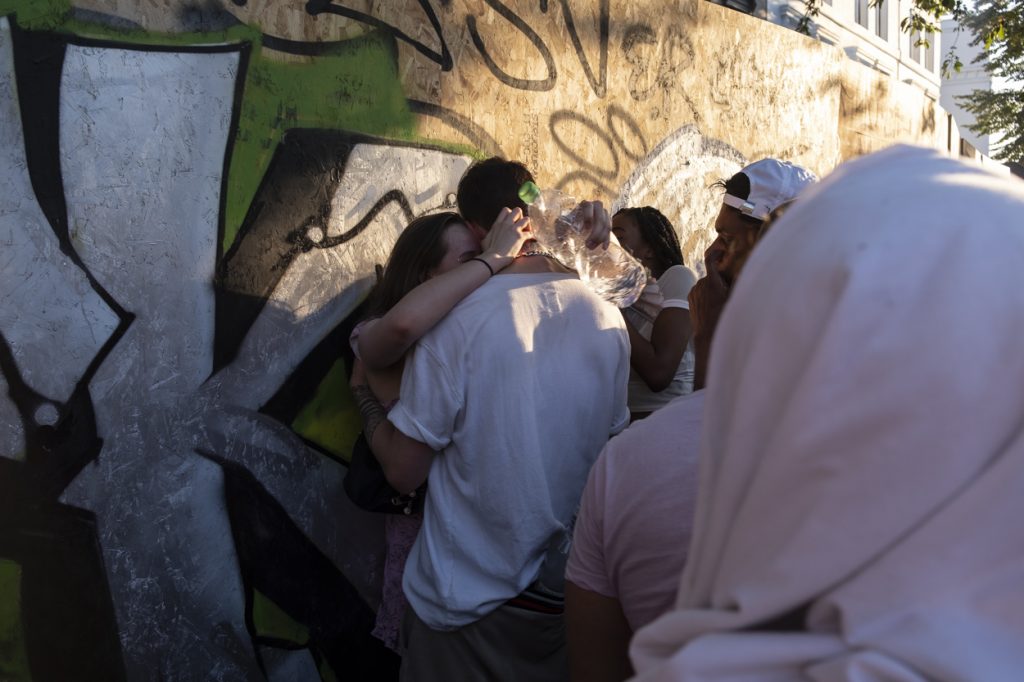
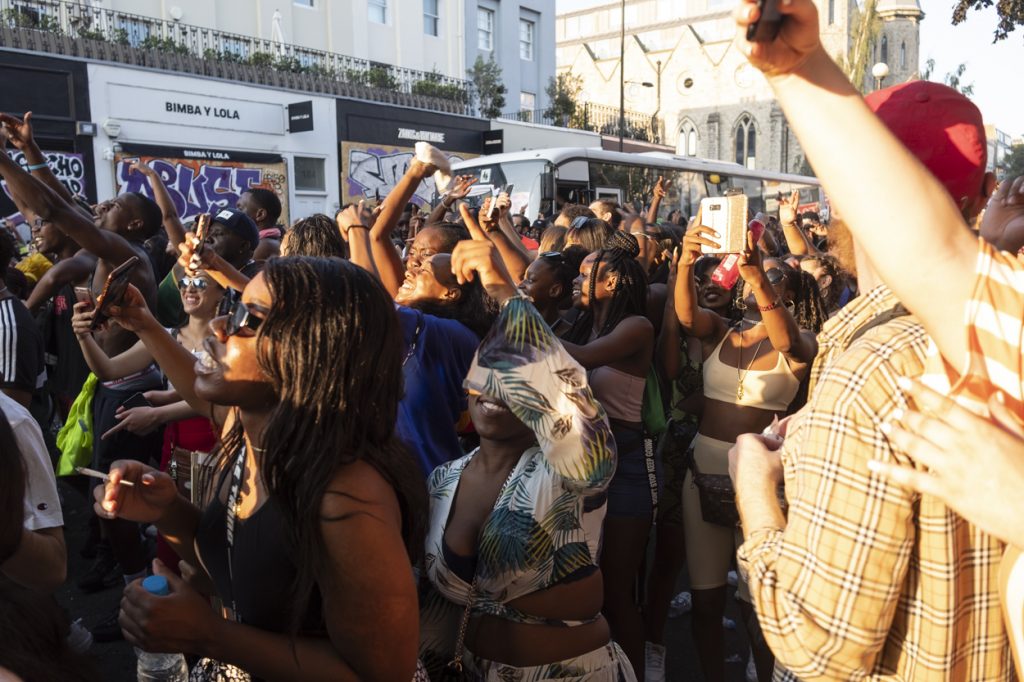
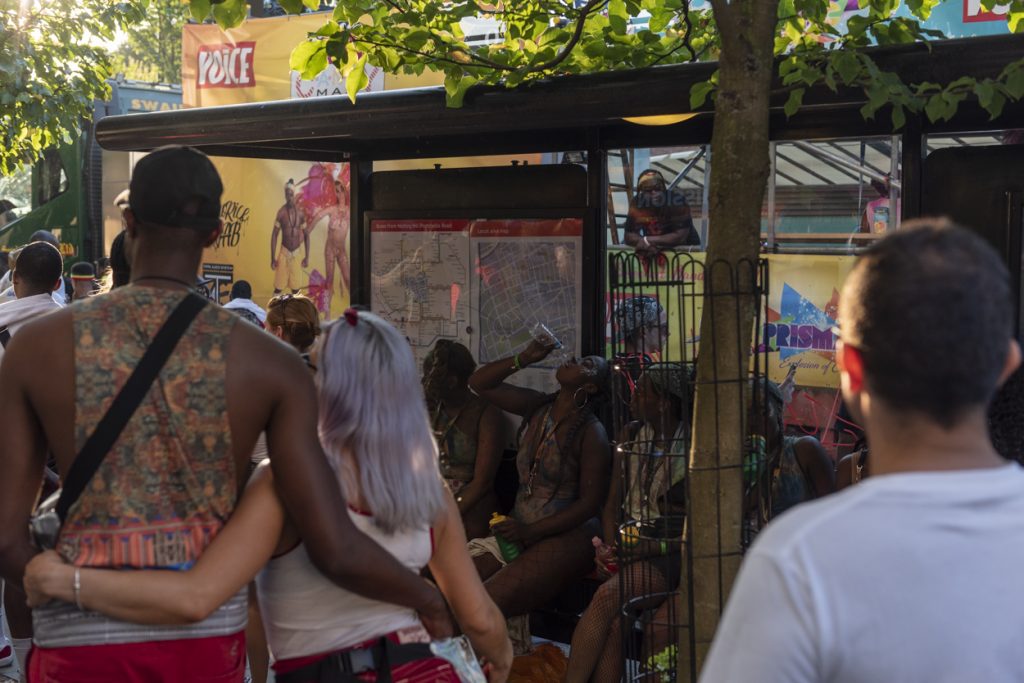
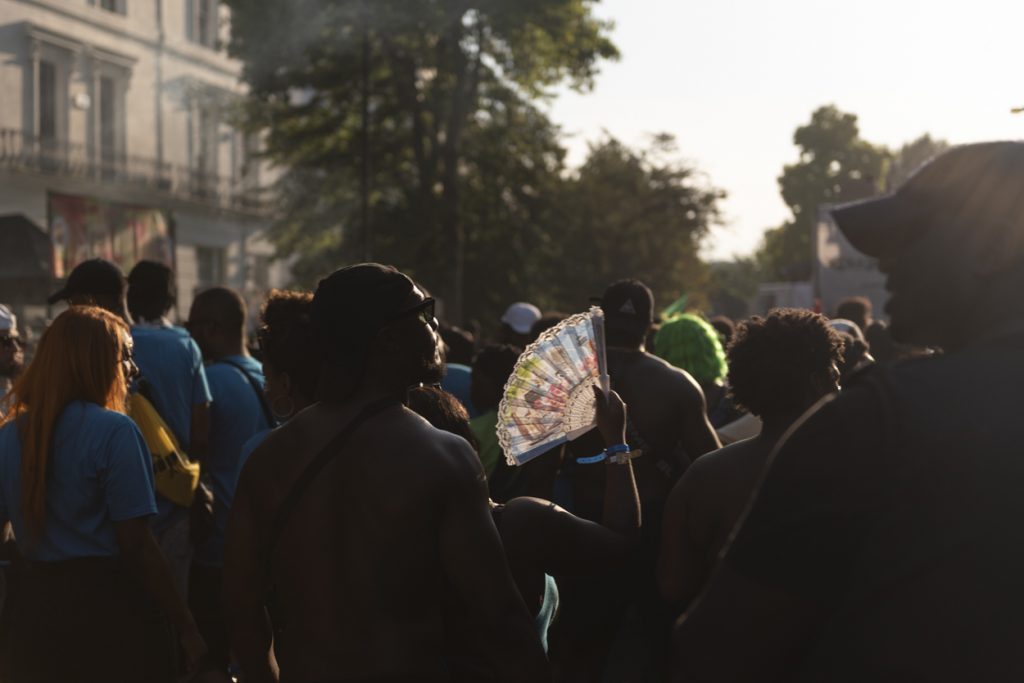
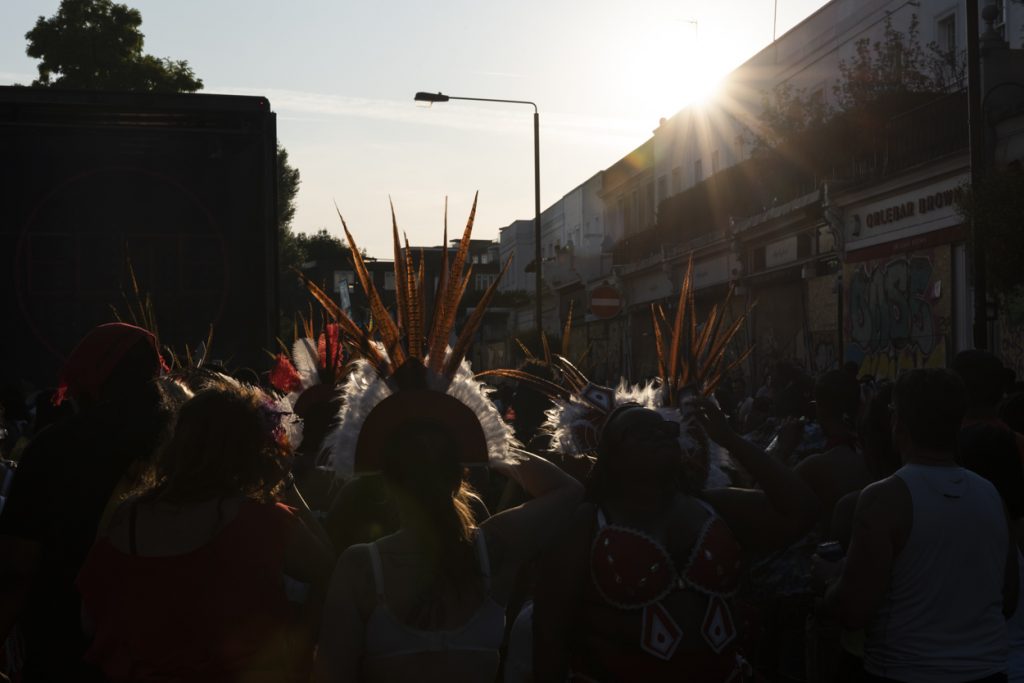
Once again, a great job from the Notting Hill Carnival organisers. https://www.facebook.com/NHCarnivalLDN/
Also posted in Culture, Documentary, Editorial, Event, London, The Notting Hill Carnival, Traditions
Tagged bands, Caribbean culture, Carnival, colorful, culture, energy, Event, family day, good vibes, Jouvert, London, mas, Notting Hill, Notting Hill Carnival 2019, people, samba dancers, samba school, street food, street party, Traditions
|
Il Gioco del Ponte, Pisa, 2019
Commonly known for the Piazza dei Miracoli and The Leaning Tower, Pisa remains a town rich in culture, historical sites, and traditions. The month of June offers a number of events, such as the “Luminara”, the “Regatta” and the “Battle on the Bridge”, when thousands of people come to overcrowd the southern and norther banks of the river Arno, called “Lungarni”.
The Battle, which sees several neighbourhoods, organised in two main coalitions, the southern side of the river, or “Mezzogiorno”, and norther part, or “Tramontana”, and evokes medieval battlefields among factions in Pisa. The first edition of the game took place in 1568.
The overall game is divided into several stages. The historical parade, the formal opening of the battle, the challenges made by the ambassadors and the battle itself. The most picturesque part of the events are the historical parades, which start simultaneously on both sides of the river.
The sunset light is gentle on the beautiful medieval costumes. The Pisans have arrived in great numbers, sitting and standing on the parapets along the Arno. Everything is well organised for a family-oriented event. The “Gioco del Ponte” begins under the sound of the troops marching and drumming along the Lungarni.
I have chosen to follow the “Tramontana” coalitions as the troops pass by the popular street of “Borgo Stretto”, one of the most characteristic and picturesque sites at the heart of Pisa, with coffees, restaurants and the authentic fruit market. The Borgo Stretto is where the social life happens, where the university night life takes place, where curious tourists are willing to discover the town beyond the Duomo, where to enjoy the stunning sunset on the Lungarno.
The overall historical parade consists of twelve teams, each one representing a different faction of Pisa. Each has its own motto, costume, drummers, warriors, and captain. They walk by the Arno to finally gather at the opposite side of the main bridge or “Ponte di Mezzo”, where the battle will begin. From there, a “challenge” is made deciding which team is going to fight next. In return, the ambassador from the opposite collation will announce the opposing team.
The actual battle happens in the middle of the bridge, where rival teams compete to “conquer” the bridge by pushing against each other a special trolley which moves on the track. The winning team is the one who makes the other team retreat, by triggering a flag at the end.
As in the medieval battlefields the troops needed to be highly trained, so are the man pushing the trolley. Physical strength alone is not enough to succeed. Mental preparation and a strategy under the command of a team captain are needed to win a battle. In the hierarchical organisation of the game, the captain is the charismatic leader the team relies on. Some have been leading a team for many years collecting memorable victories.
Six battles might not seem a lot, however a single encounter might last for many minutes of exhausting and strategic push-retreat-push. This was the case this year with the last fight, lasting for about twenty minutes, which sees the strongest teams from both sides. The awaiting during the push is nerve wrecking for the supporters on both sides, as the trolley does not seem to move to any directions. Supporters’ cheering blends with the noise of the drums.
A last final push and the overall victory this year goes to Tramontana. As the game is over, supporters pour out to the streets to celebrate with the winning coalition.
The Gioco del Ponte is a source of great pride in Pisa, and it is supported by the “Amici del Gioco del Ponte” association, committed to support the game with awards linked to the best roles and costumes.
It is much more that a game. It is love, respect and celebration for the Republic that Pisa once was. The town was a power in the Mediterranean at the time of the Maritime Republics. Not by chance, the overall motto of the Gioco is “Vinca Tramontana o vinca Mezzogiorno, sempre Pisa vincera’“ (translates like – whoever wins between Tramontana and Mezzogiorno, Pisa will always win). The greatness of Pisa always win.
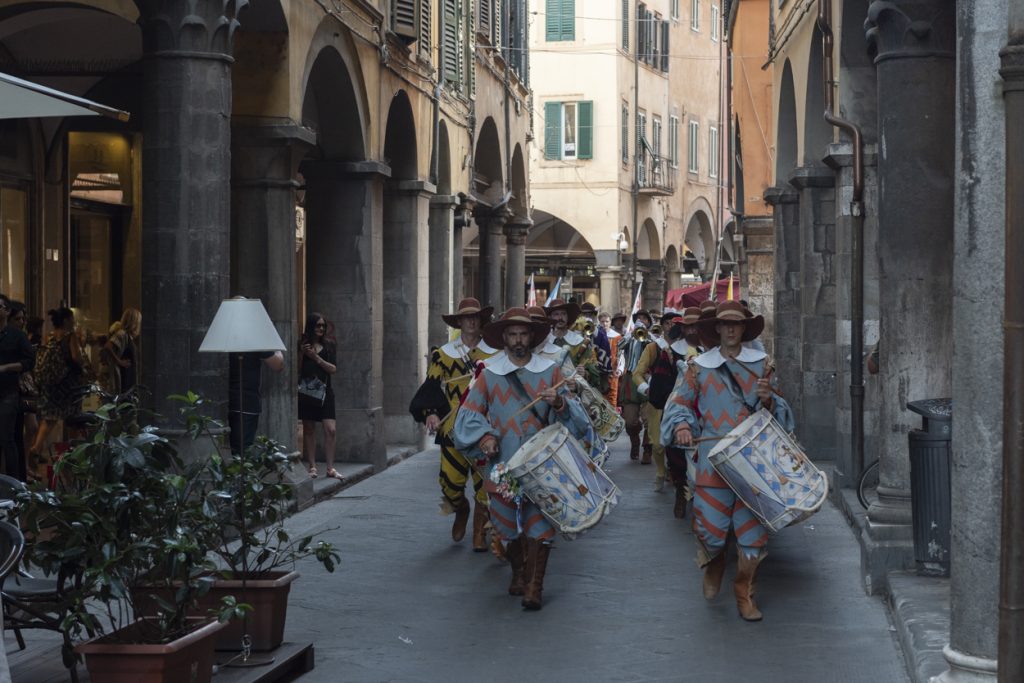
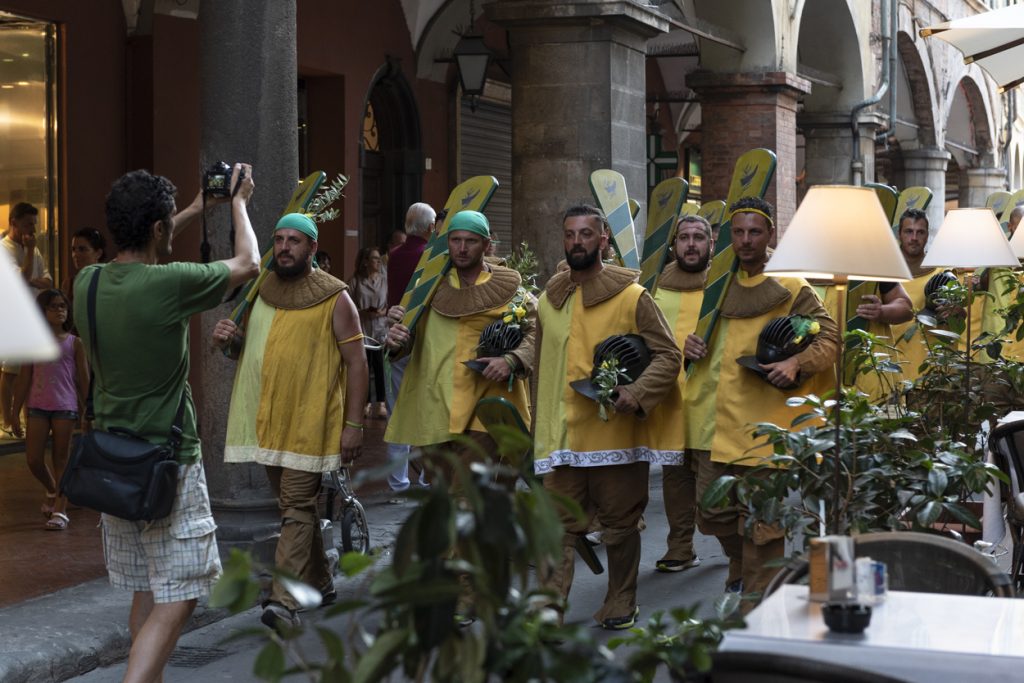
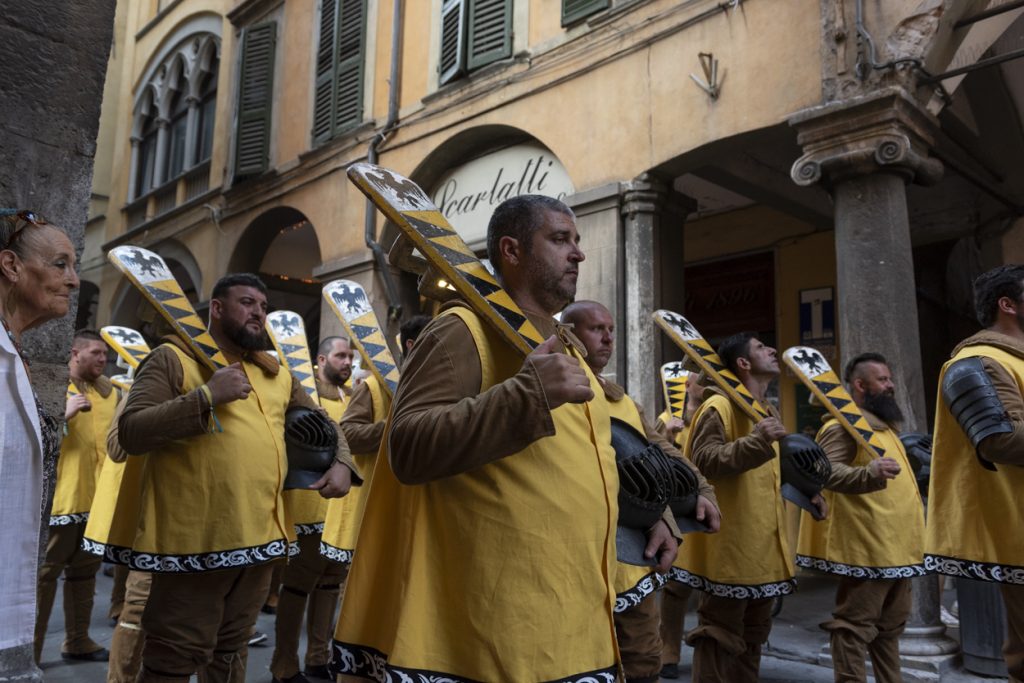
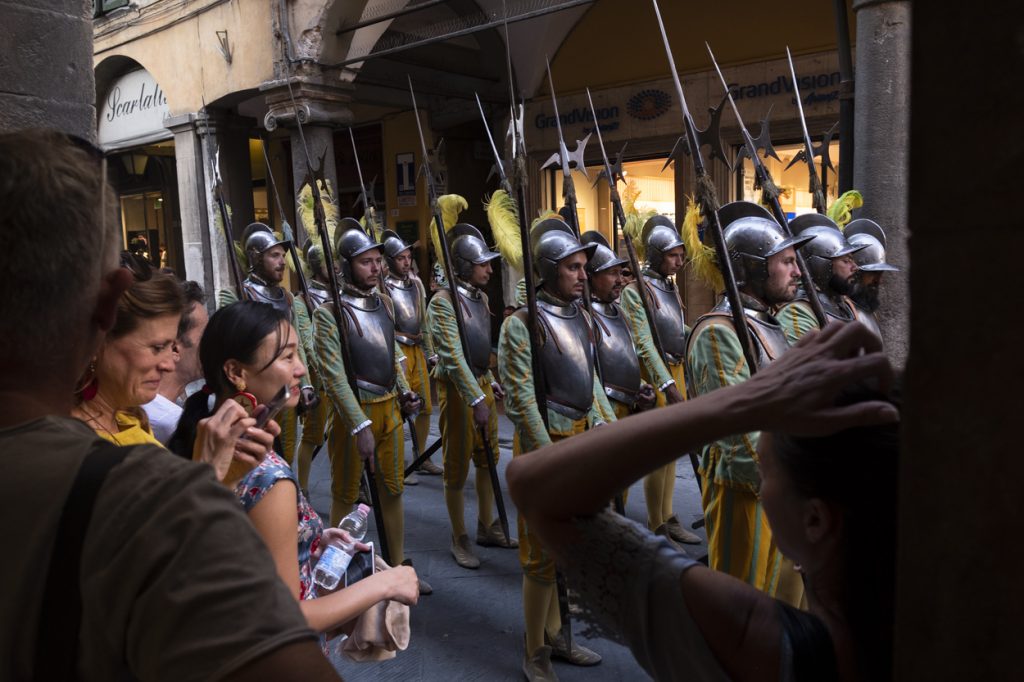
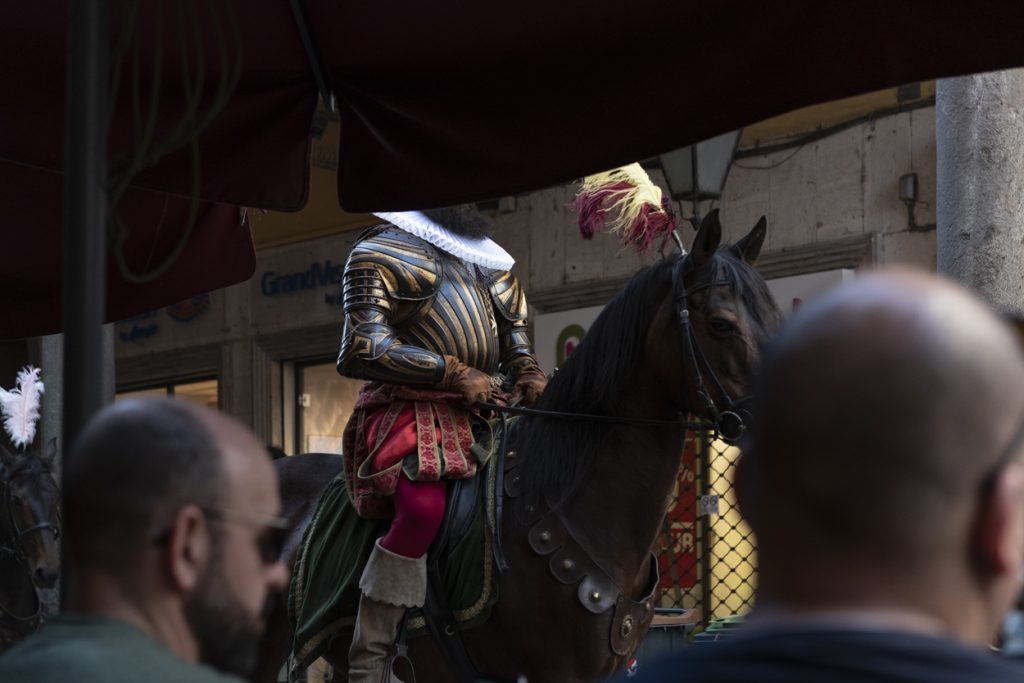
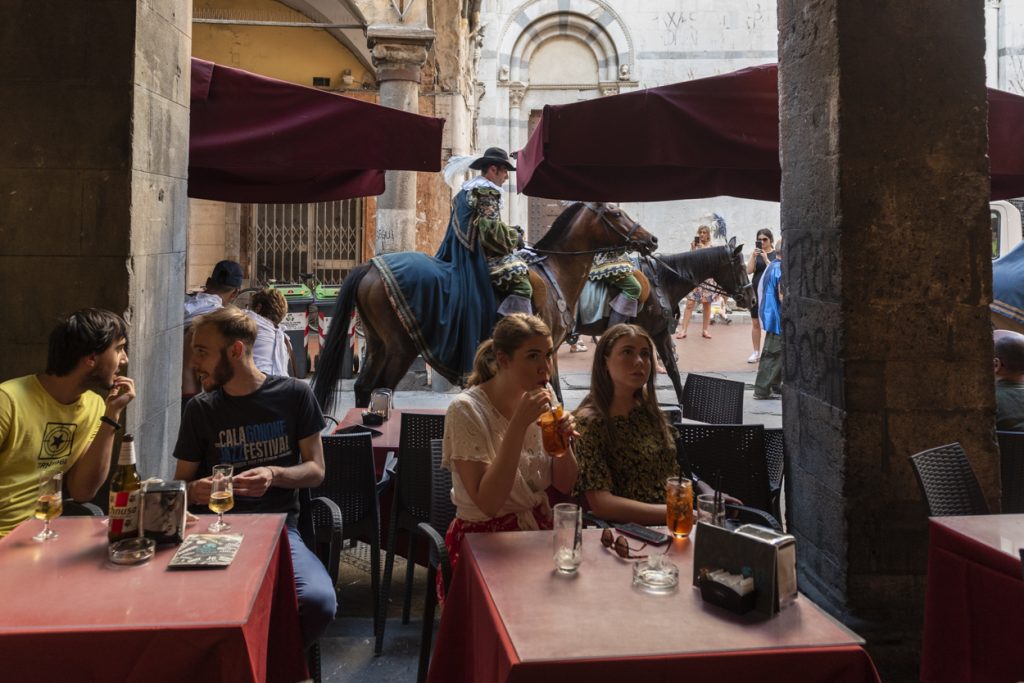
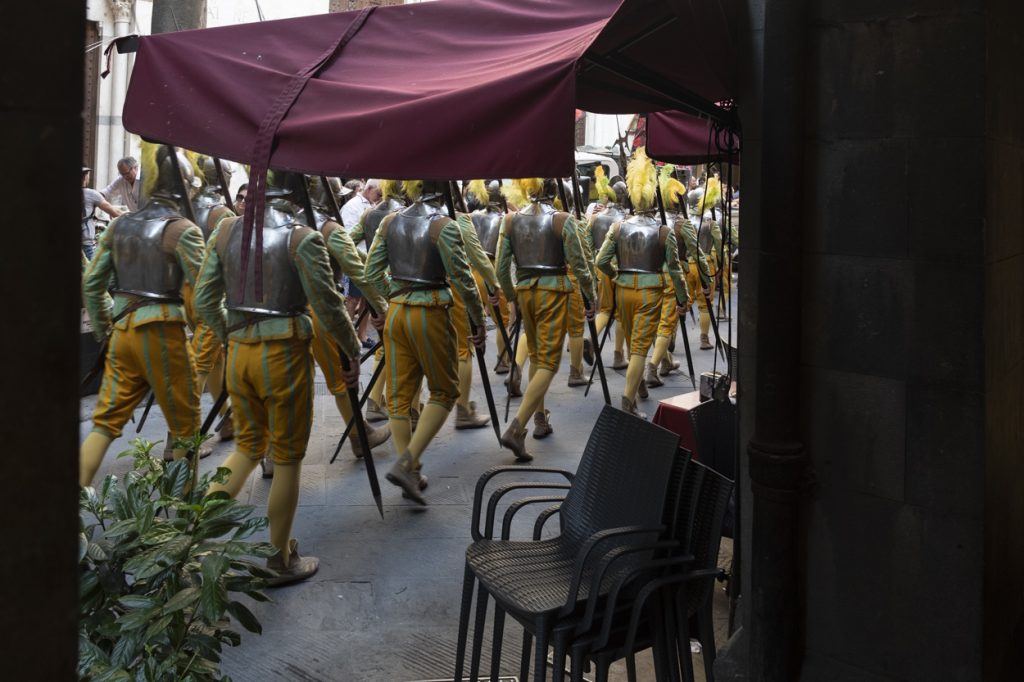
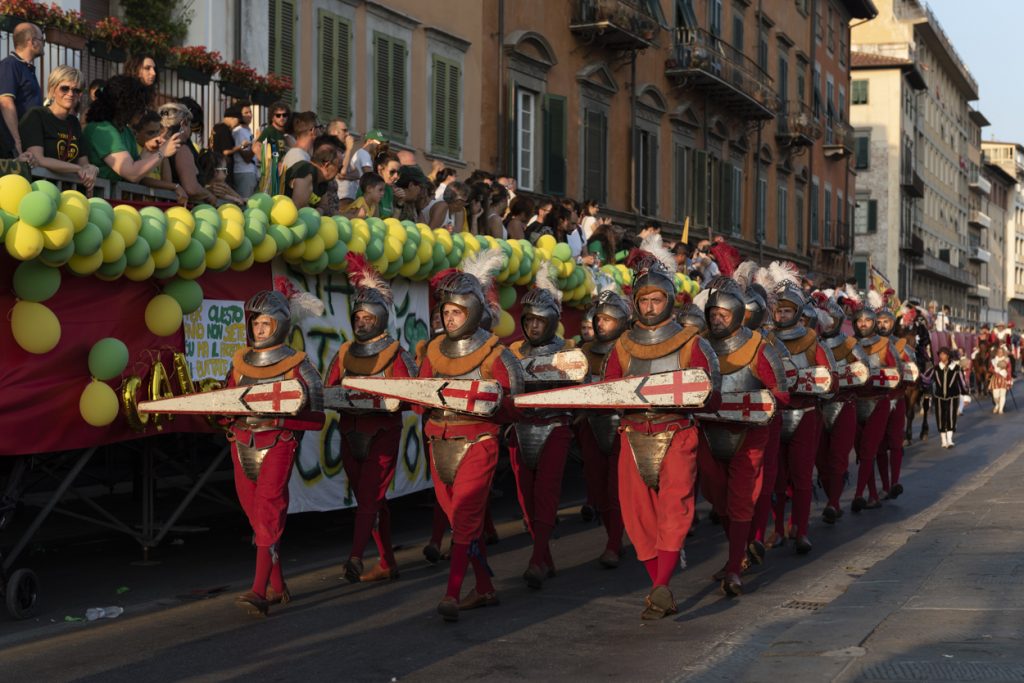
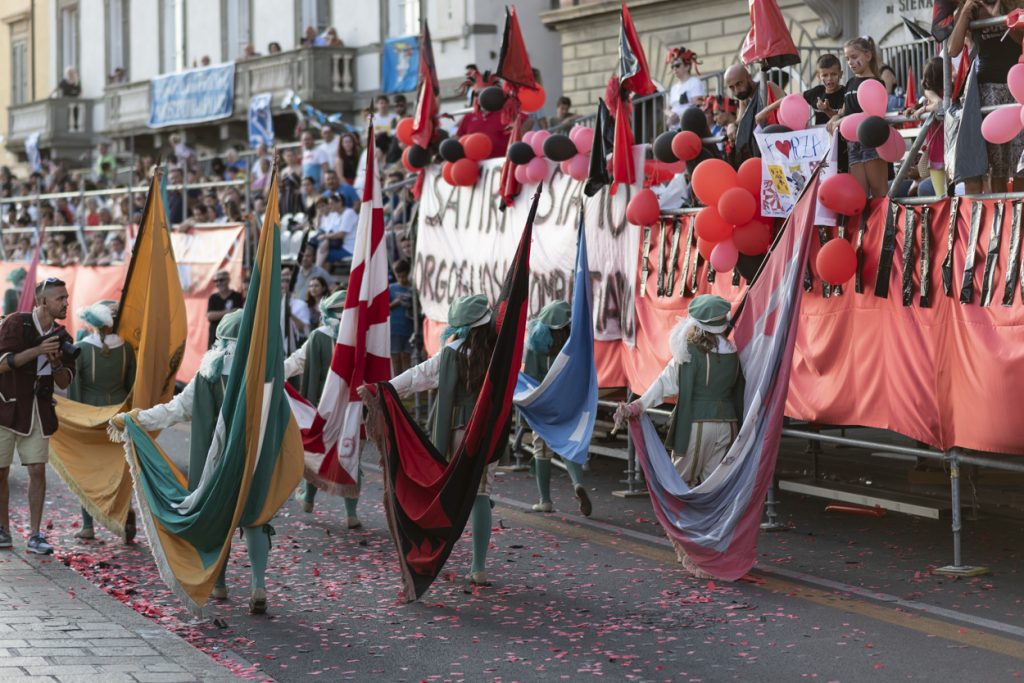
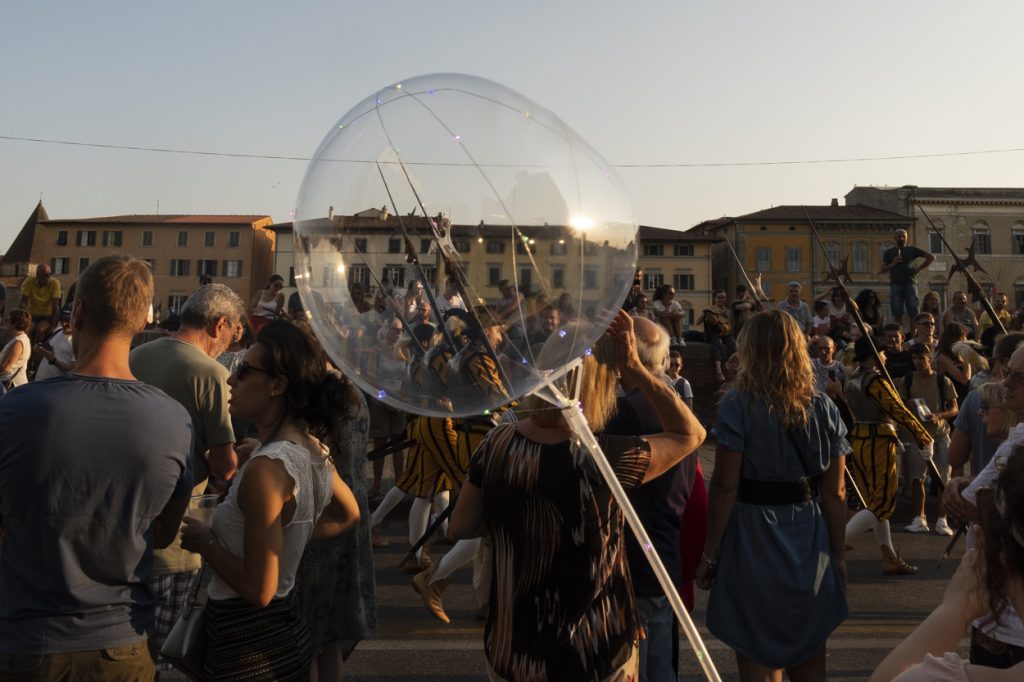
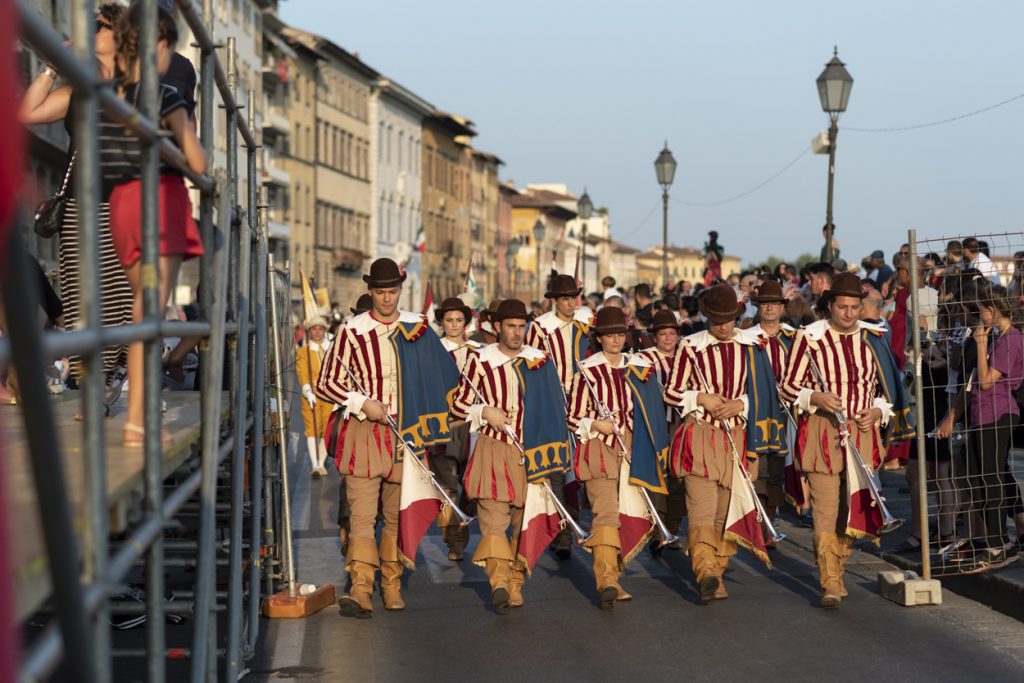
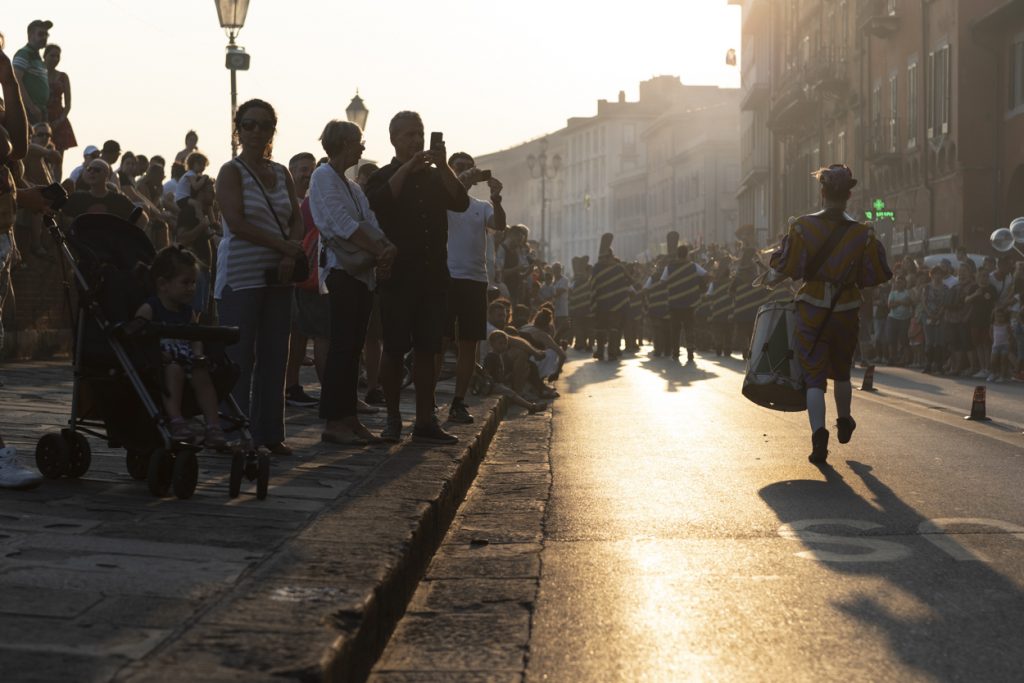
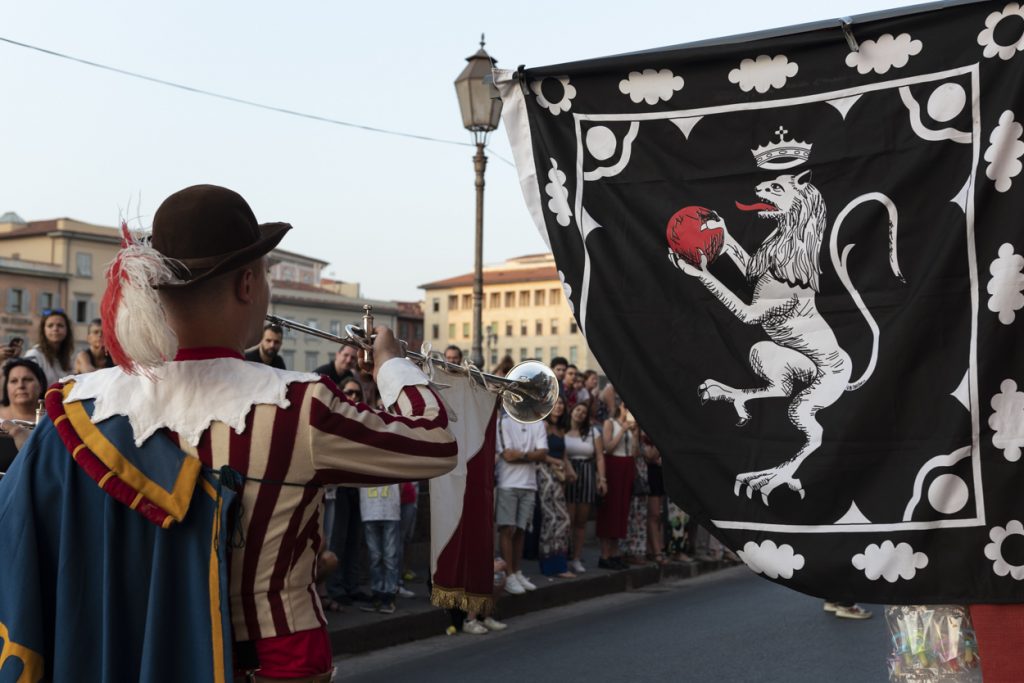
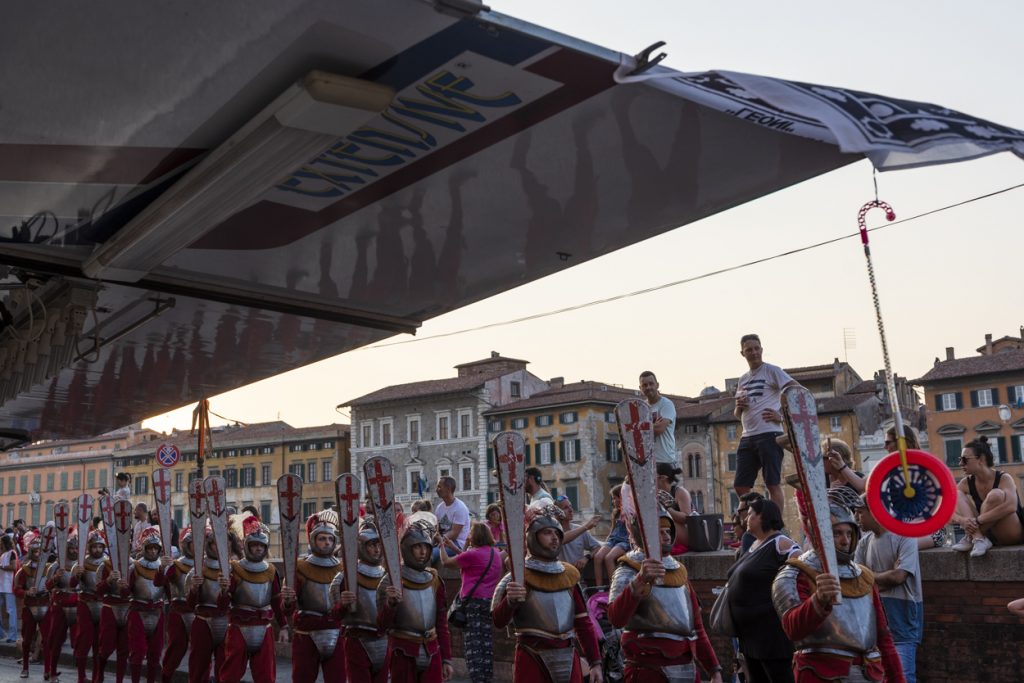
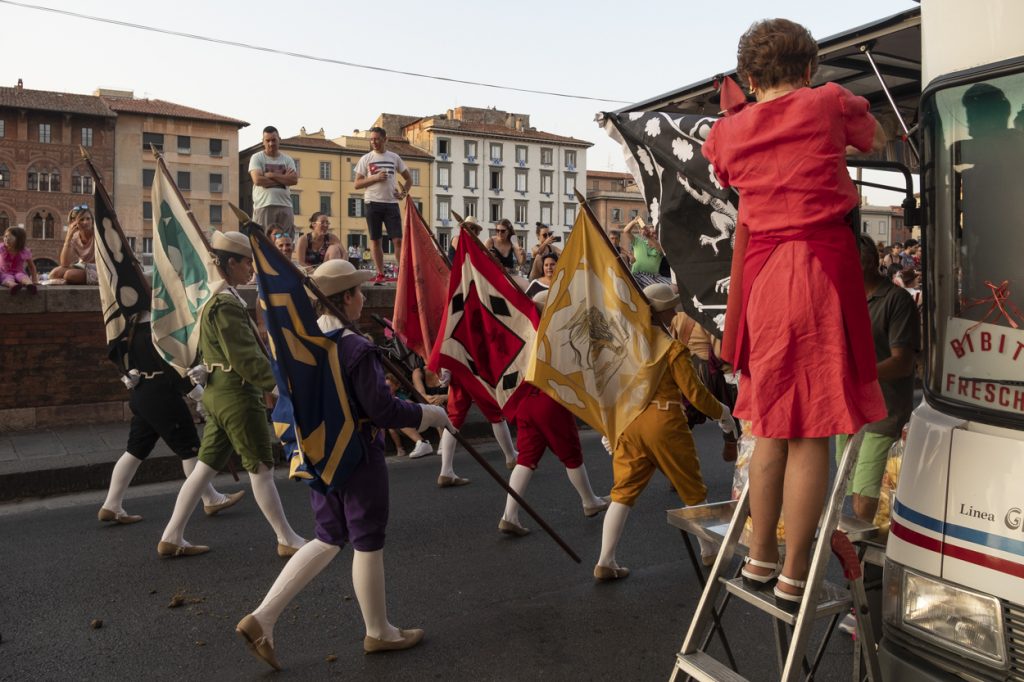
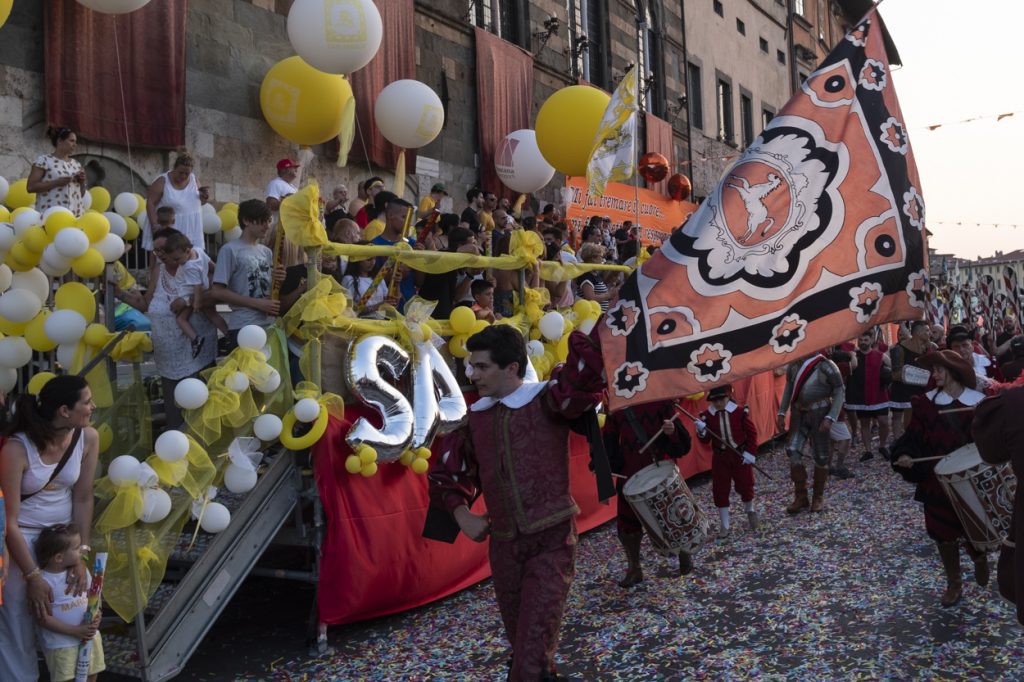
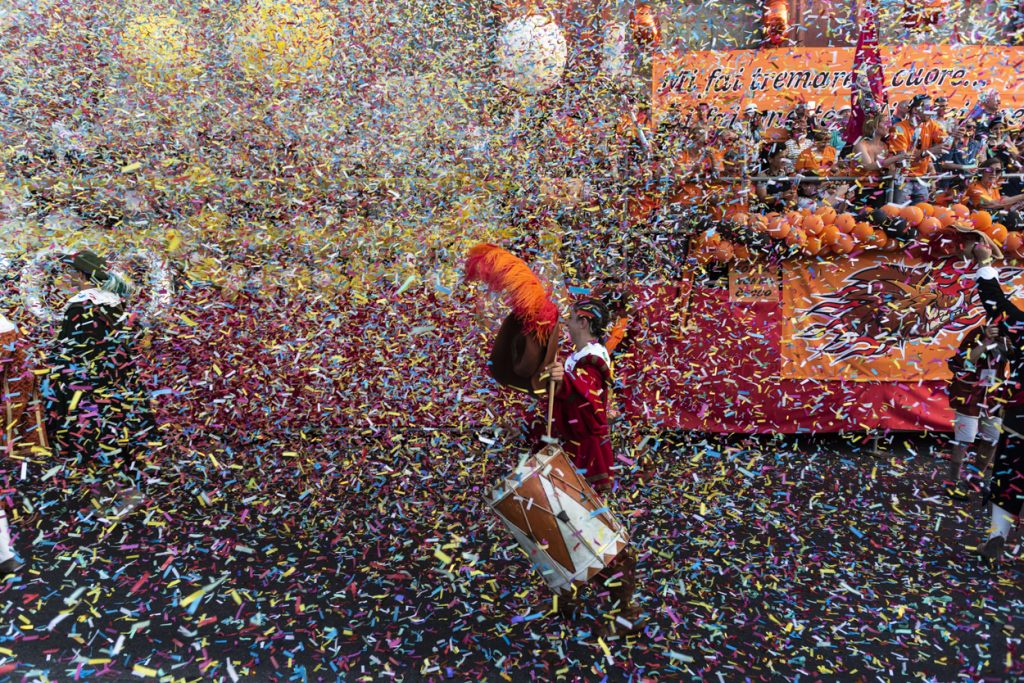
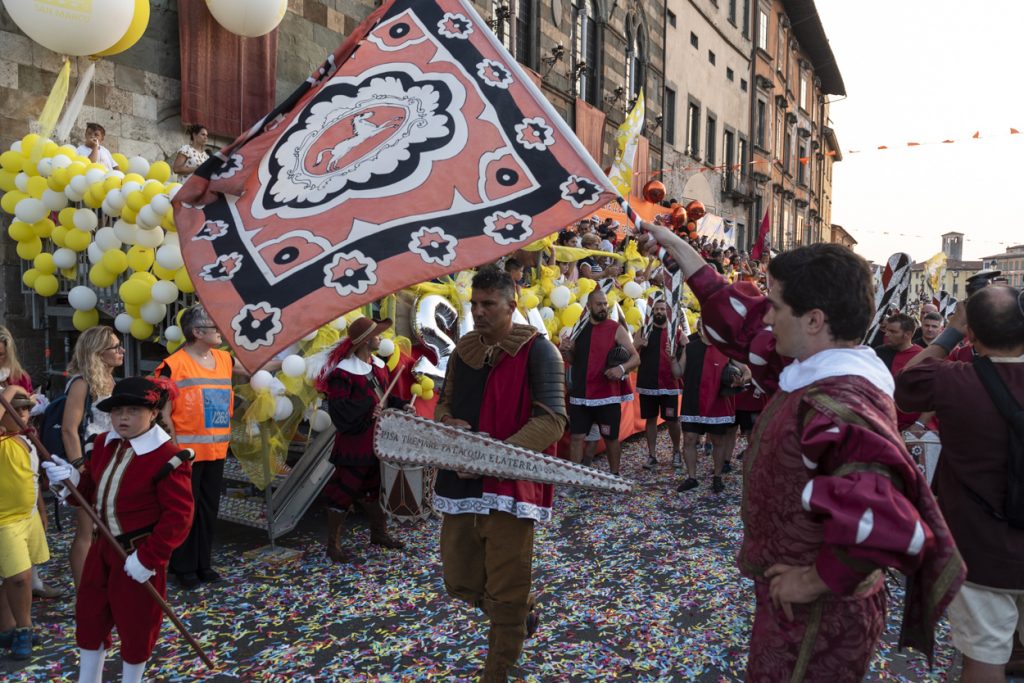
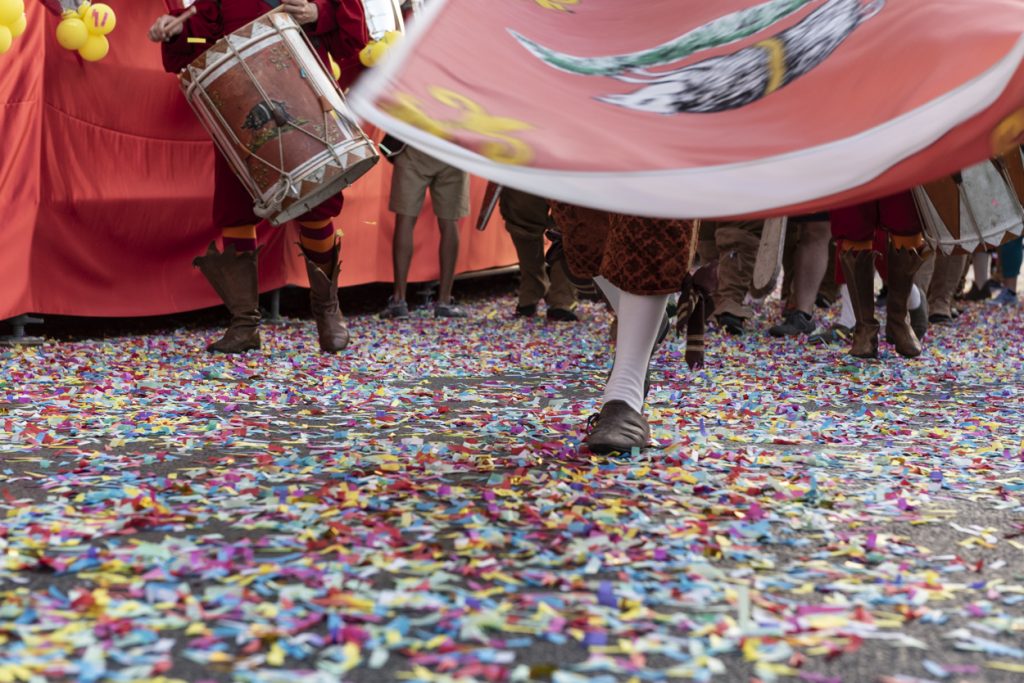
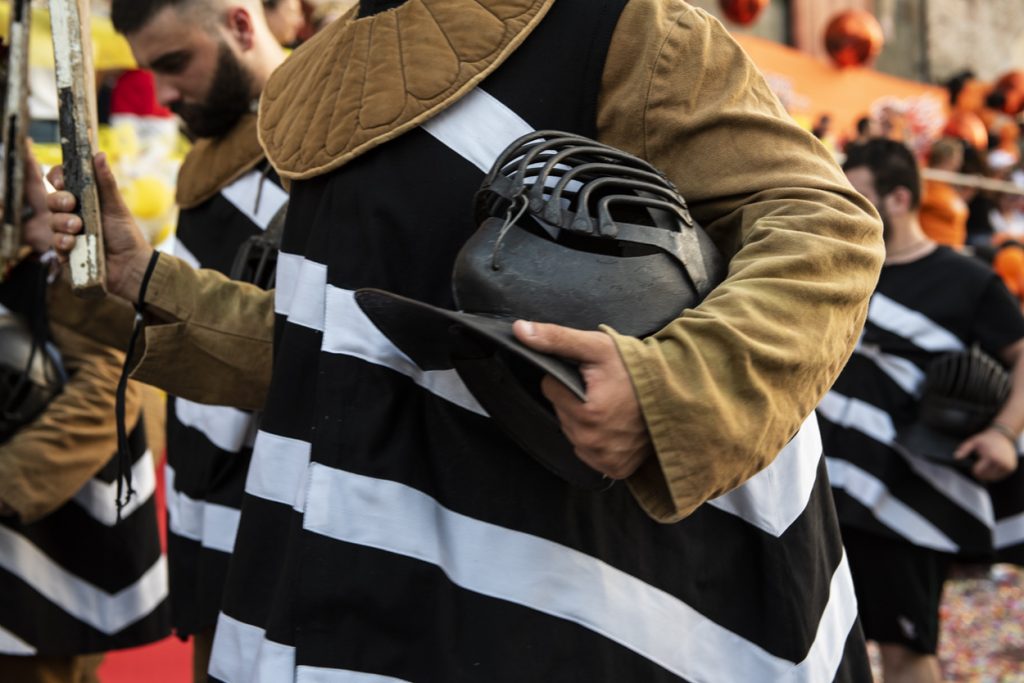
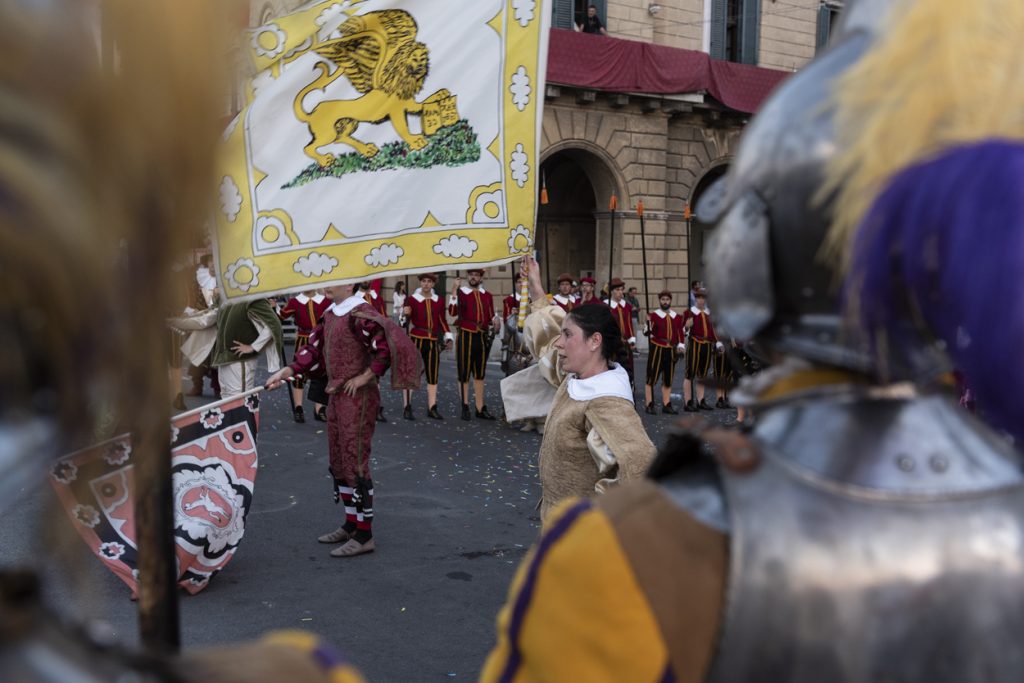
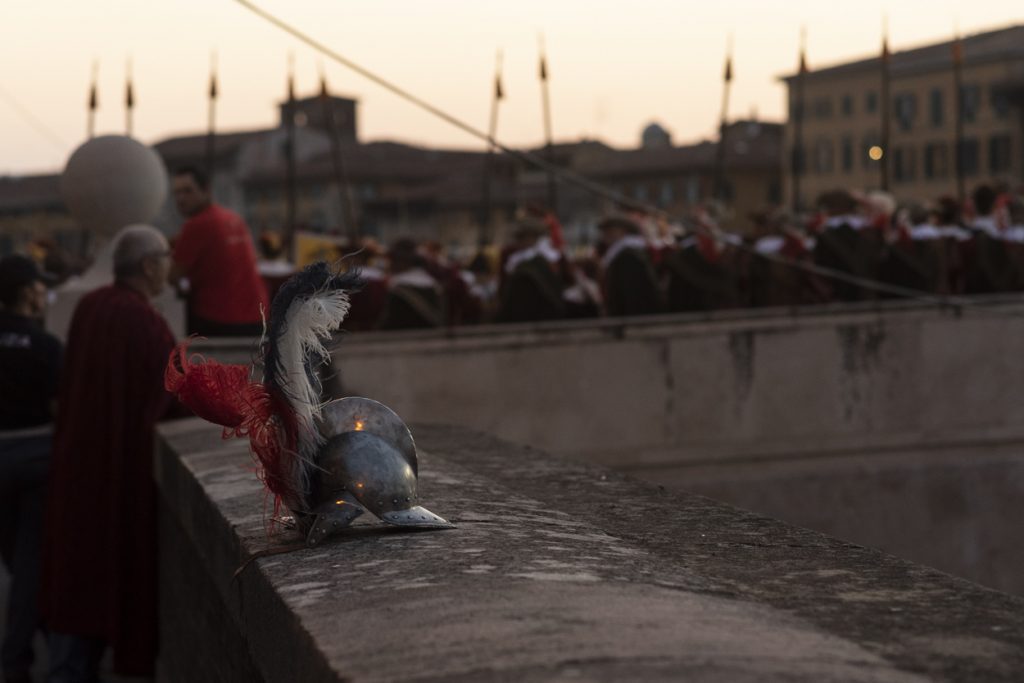
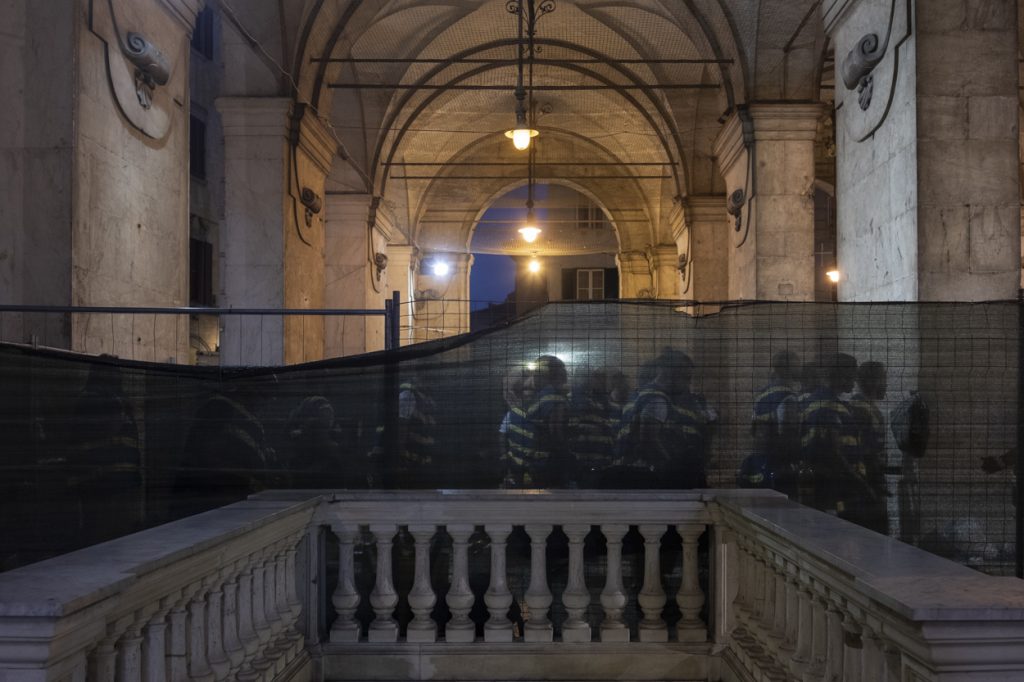
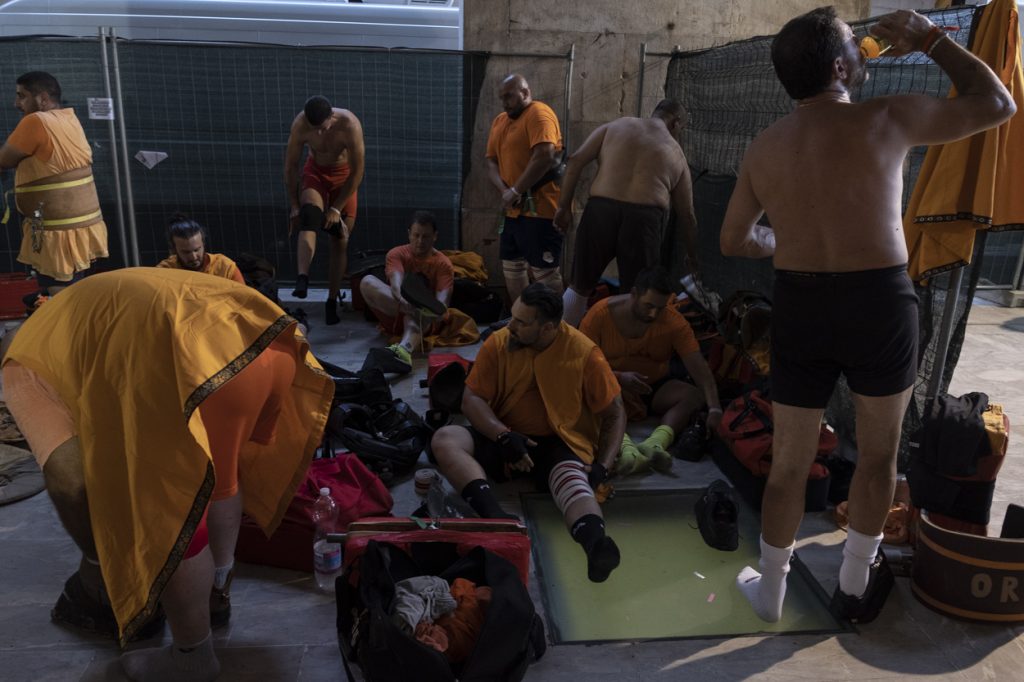
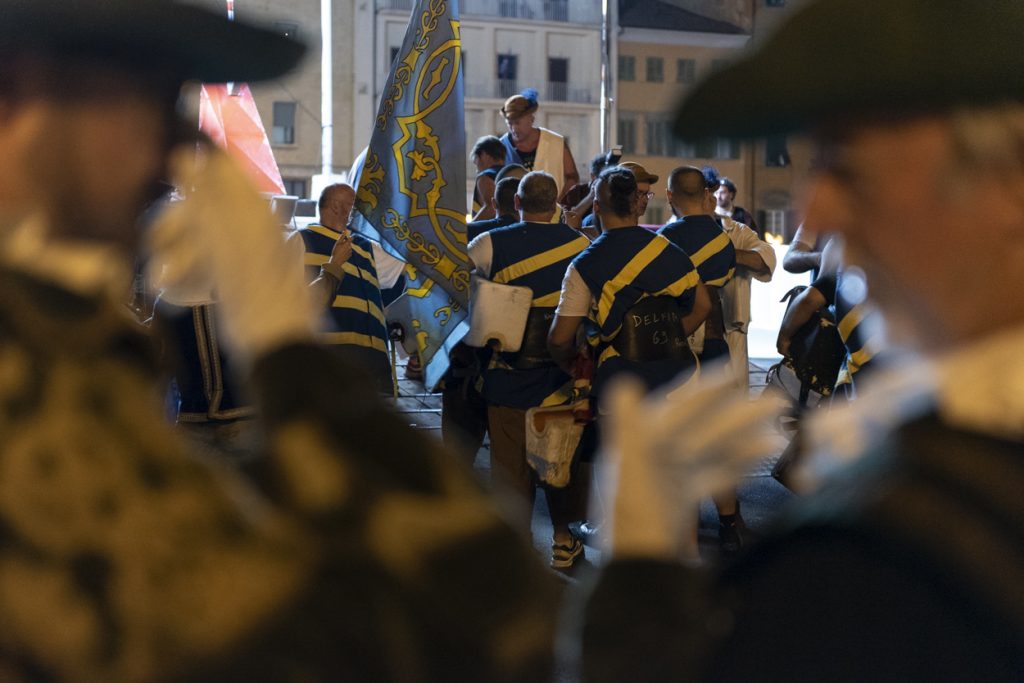
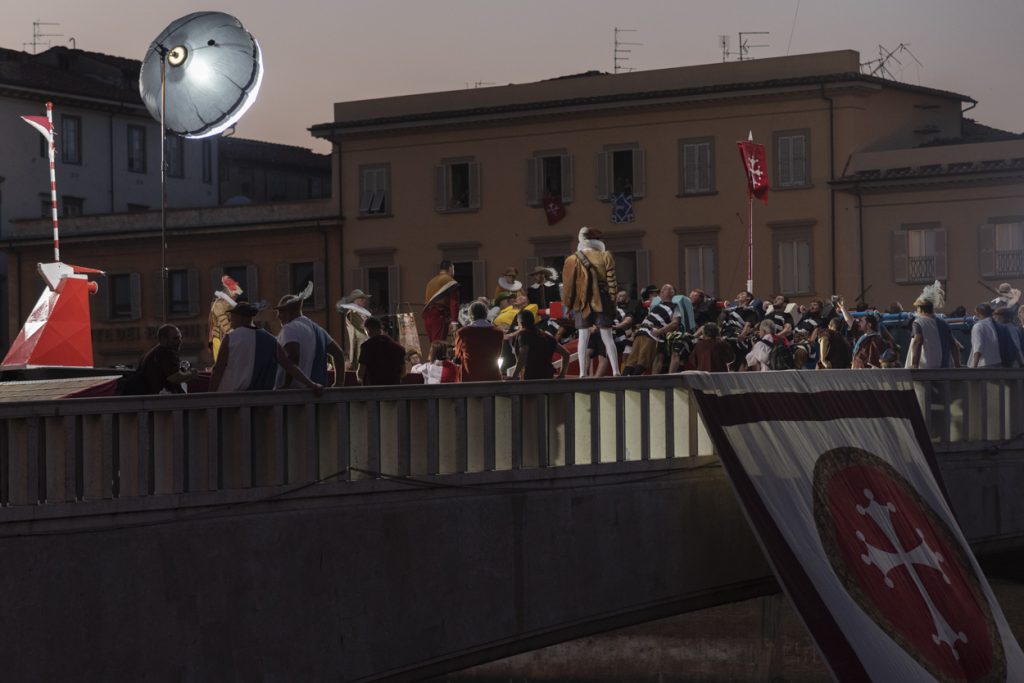
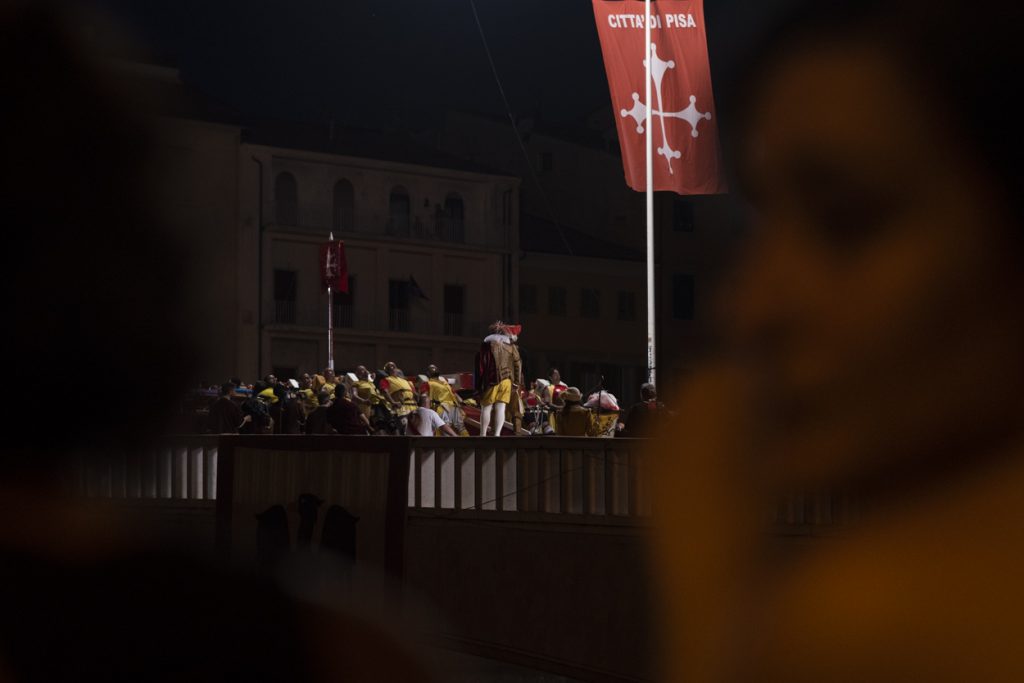
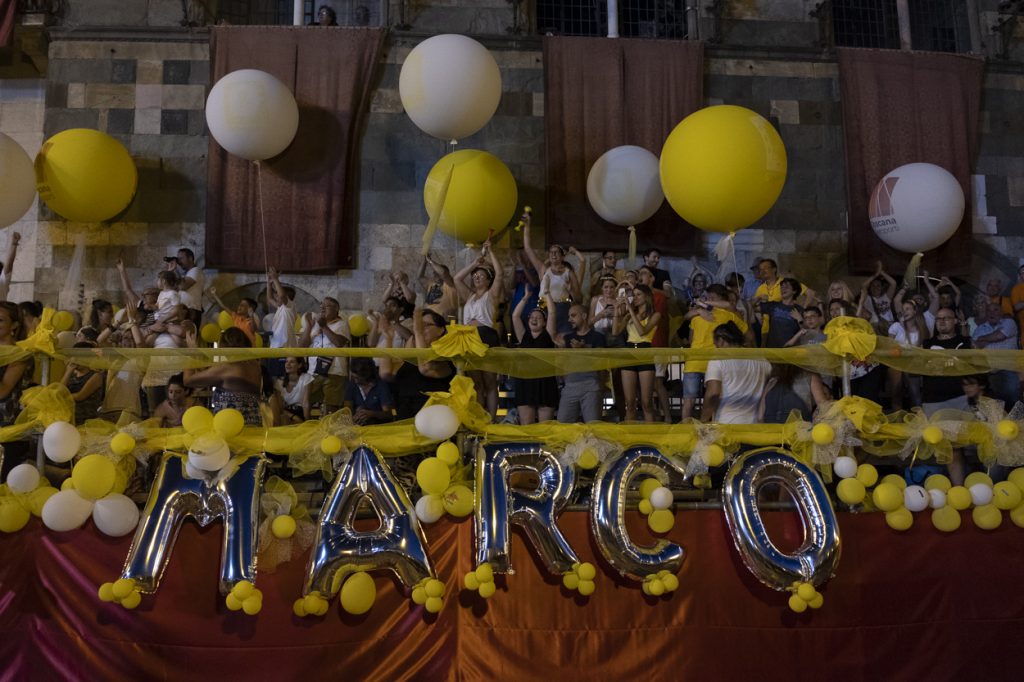
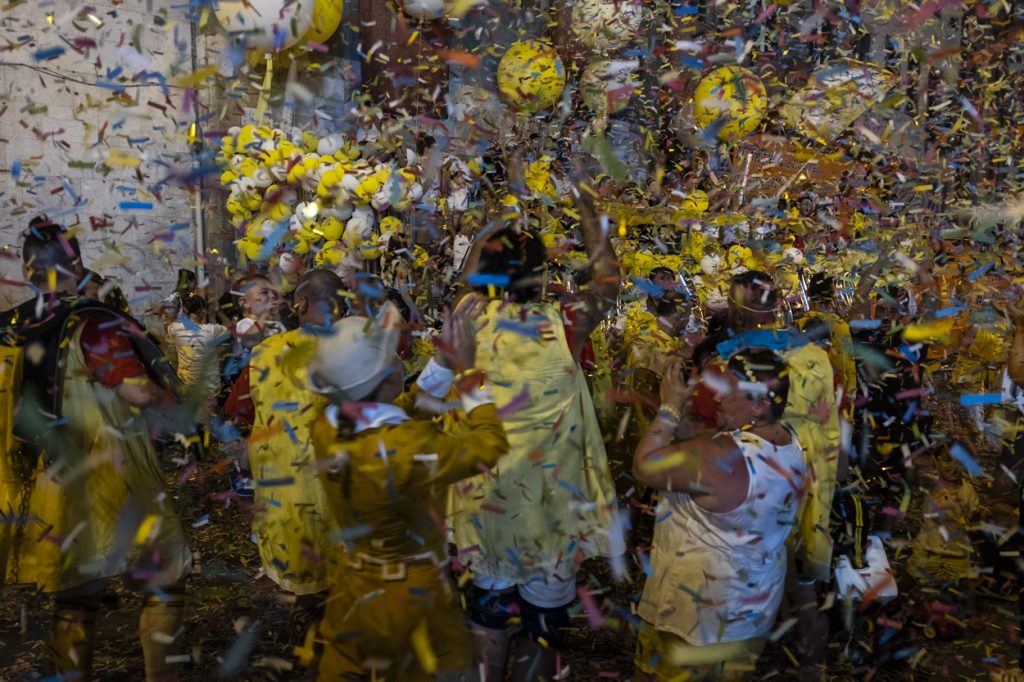
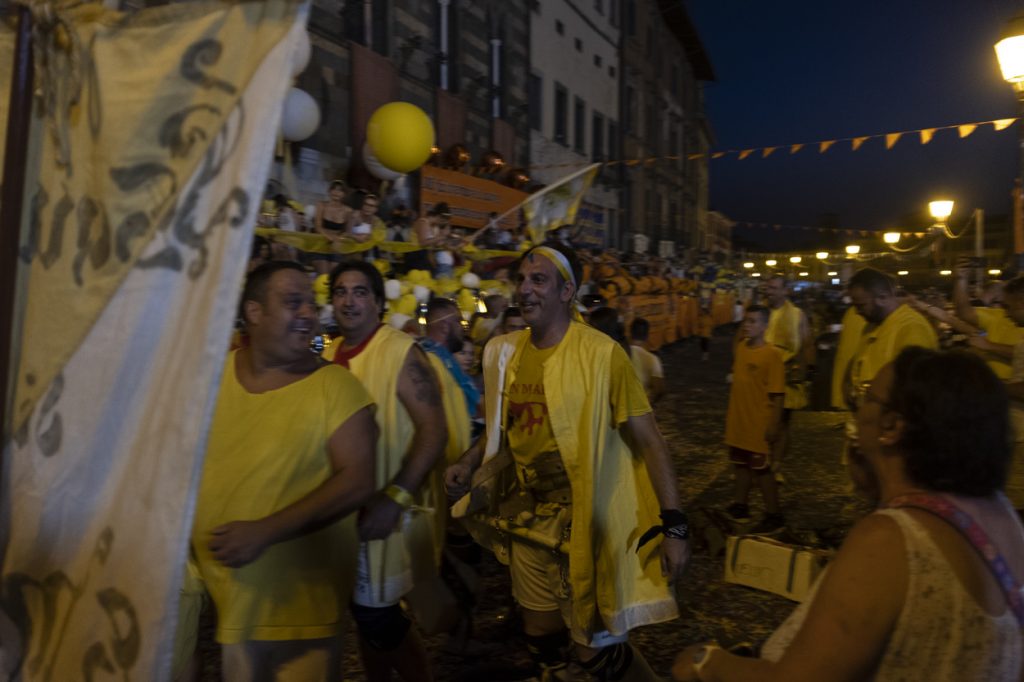
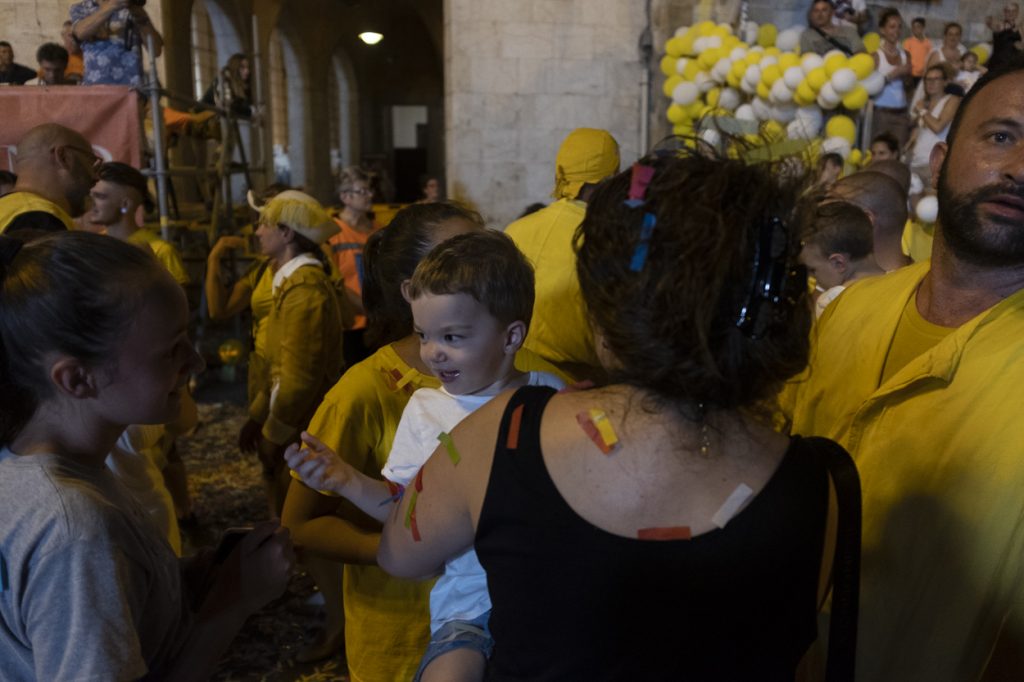
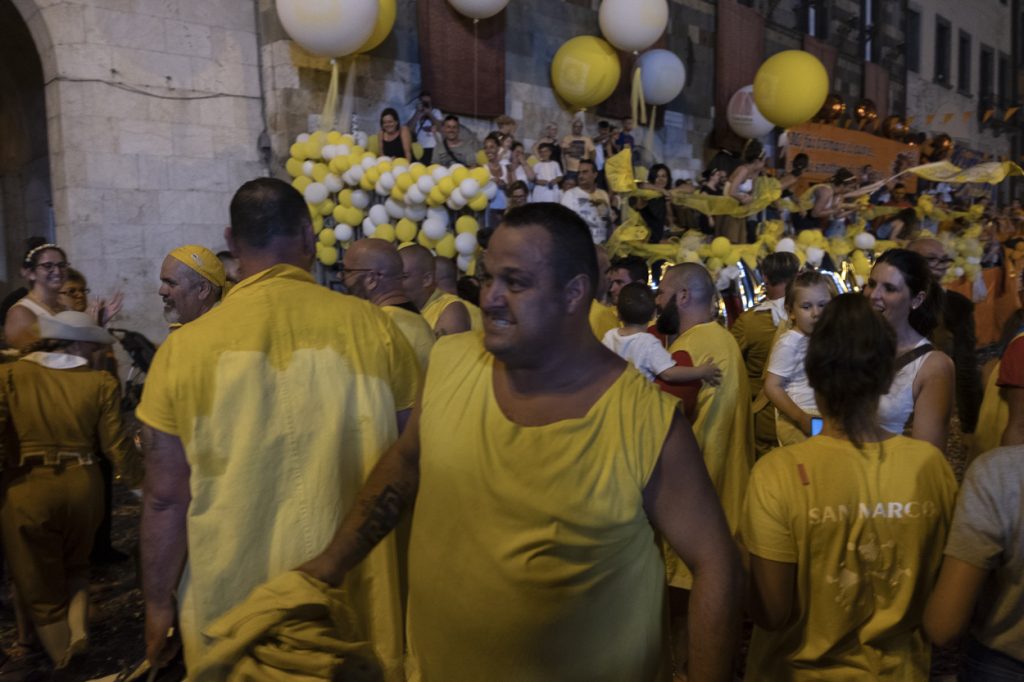
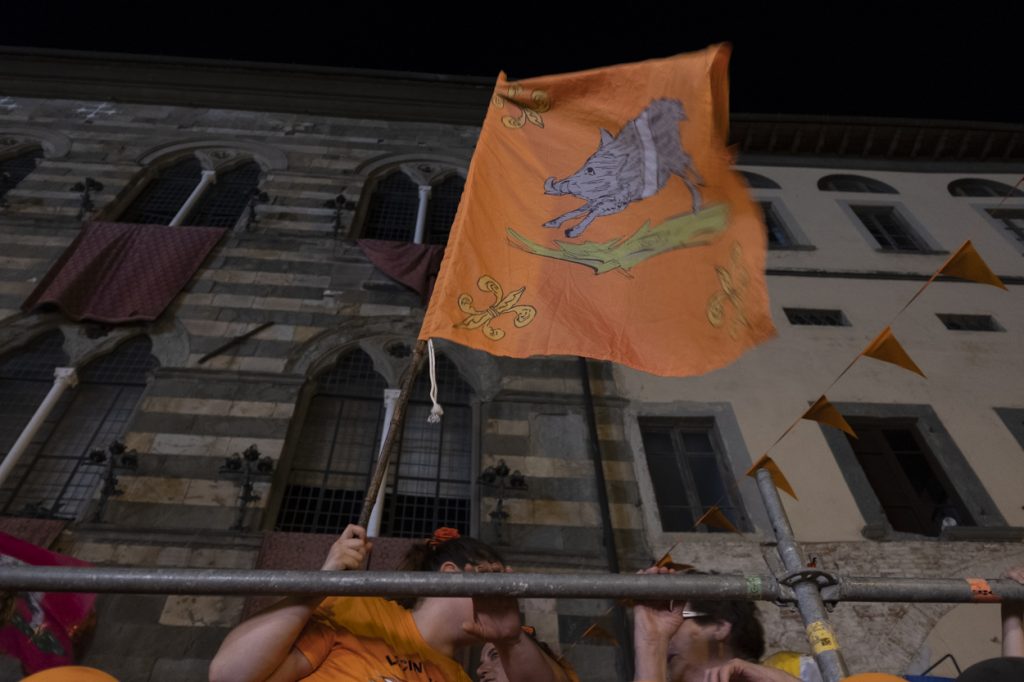
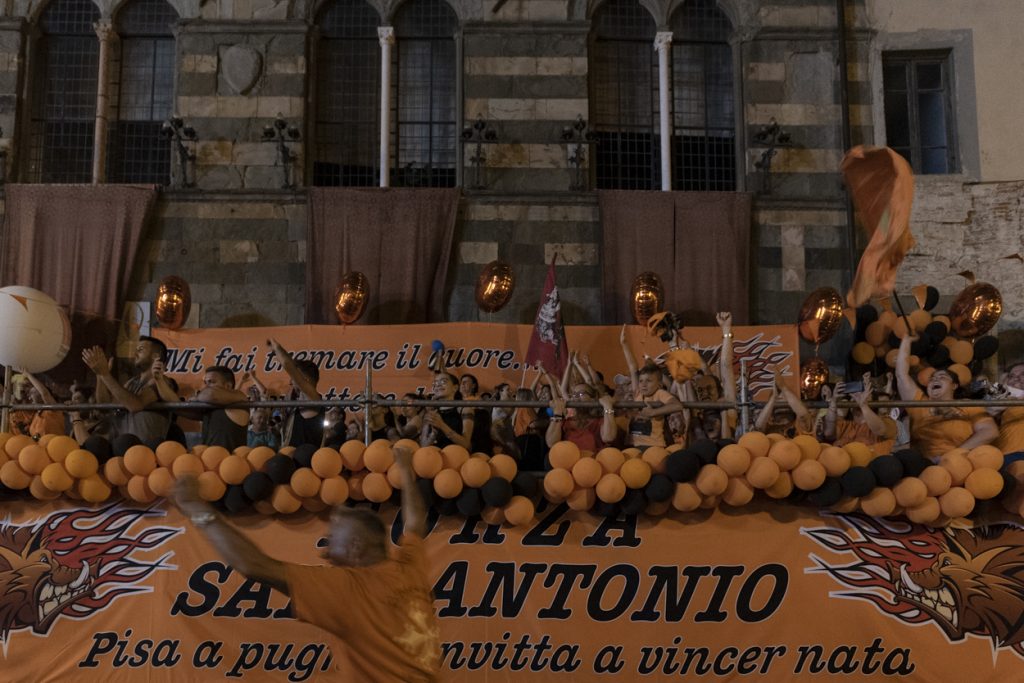
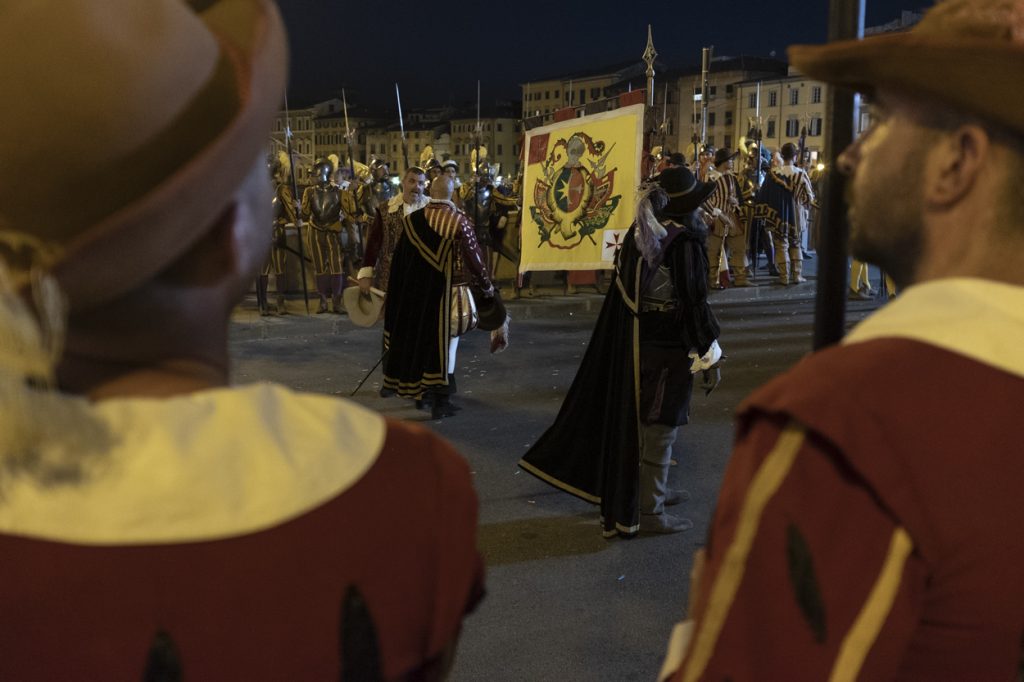
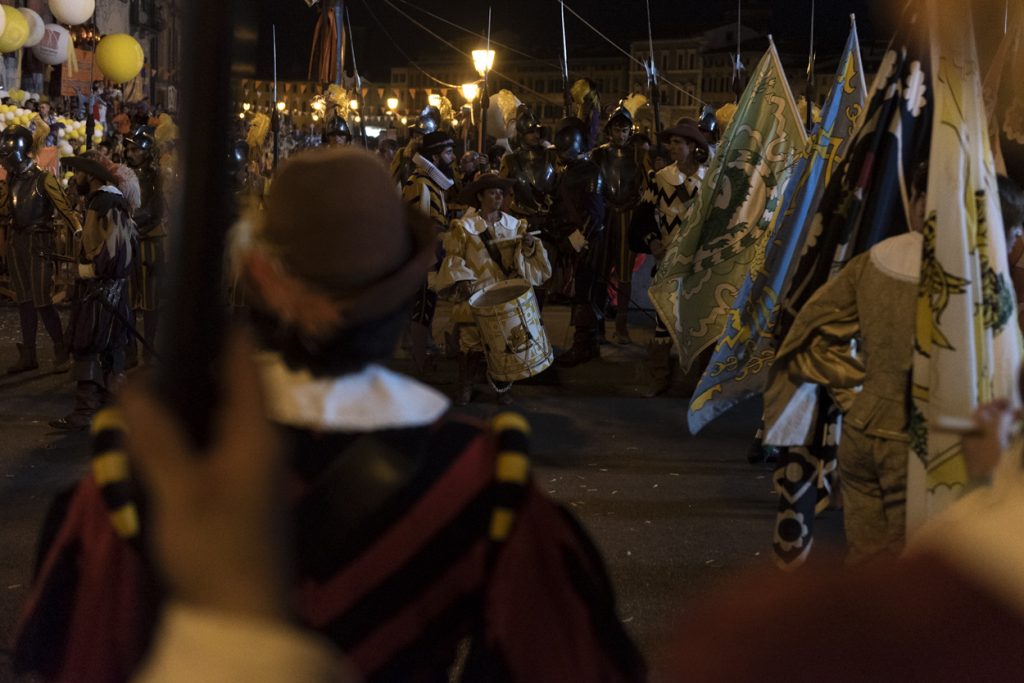
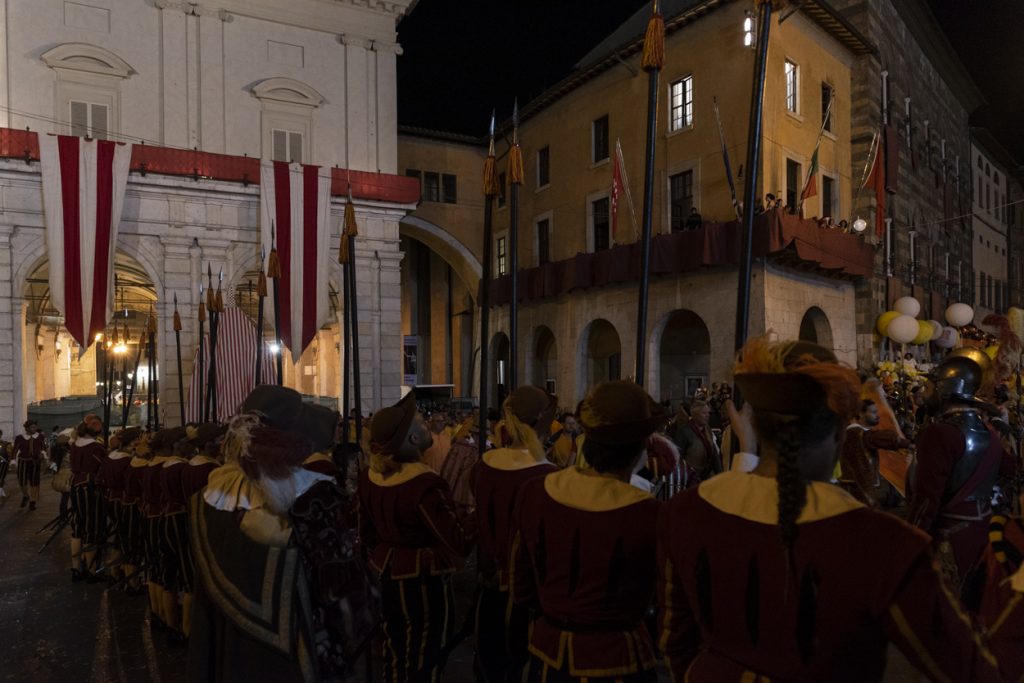
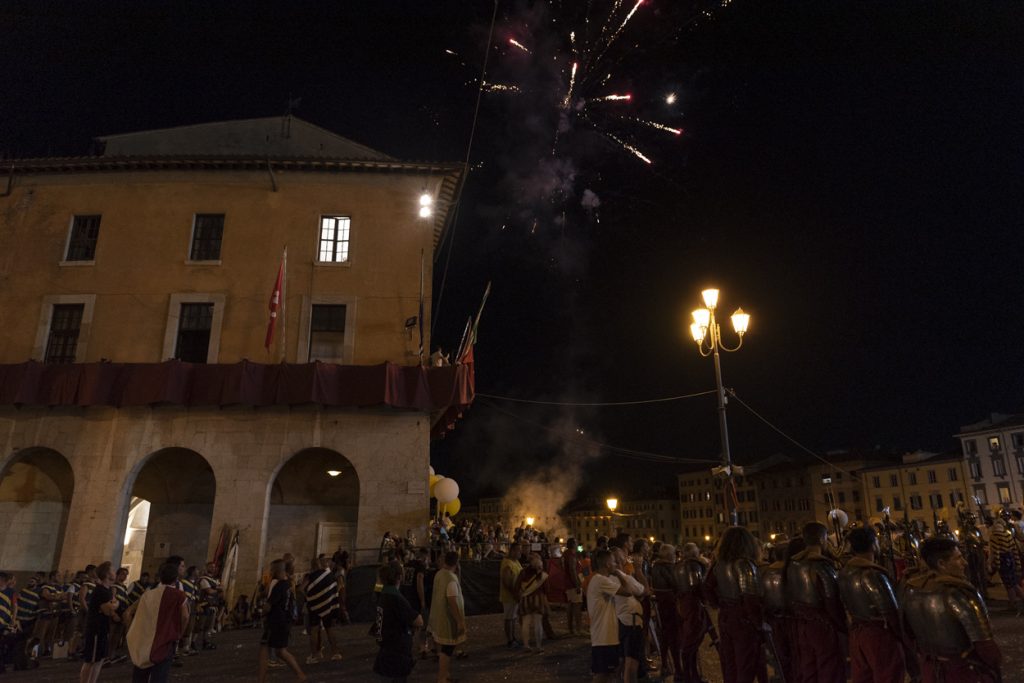
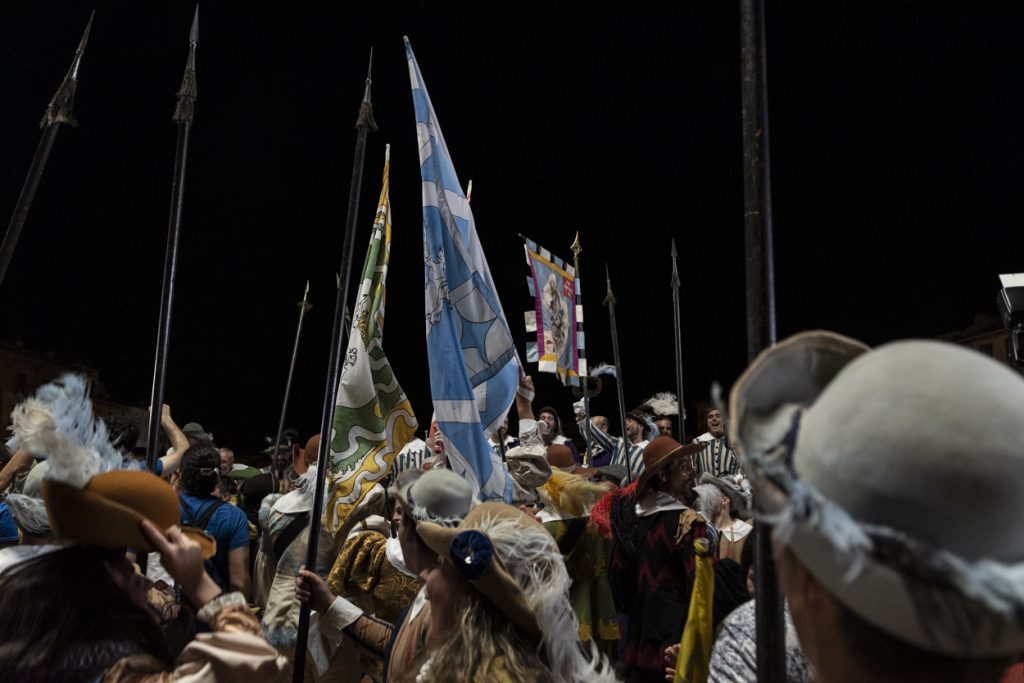
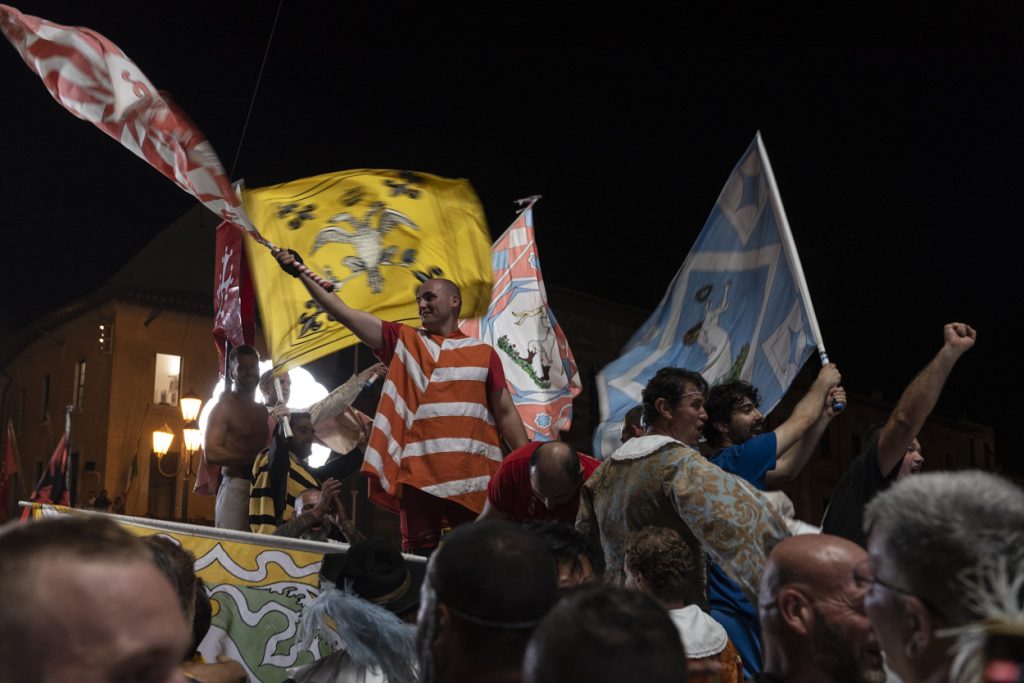
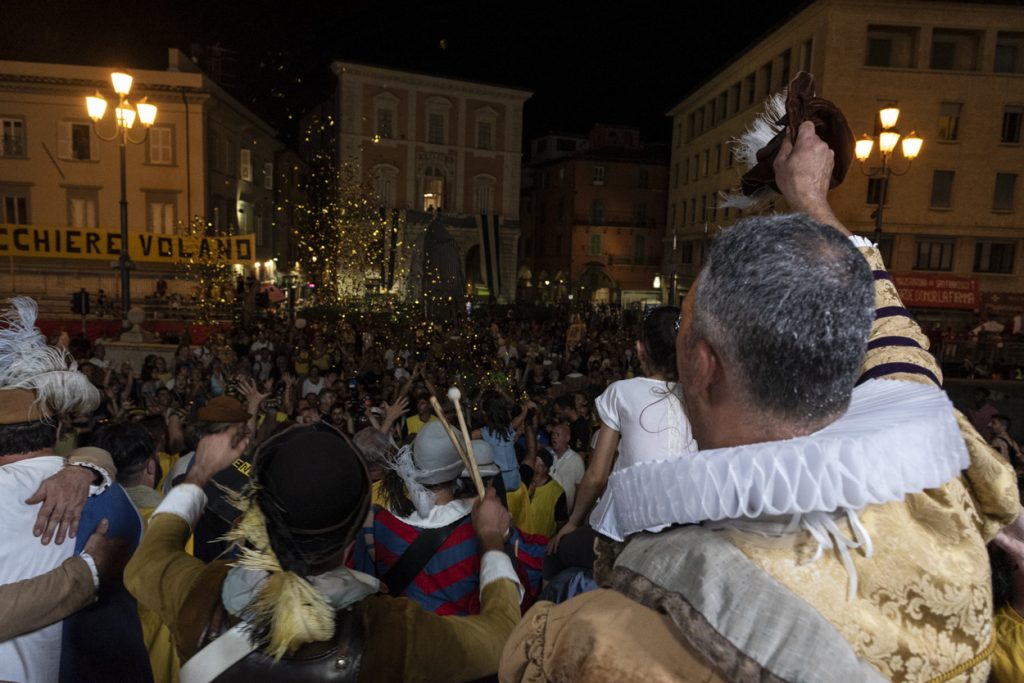
Resources:
Amici del Gioco del Ponte – link in English:
http://www.giocodelpontedipisa.it/pisa-battle-on-the-bridge.php
Thanks to the Comune di Pisa for the support I have received to produce this work.
Also posted in Documentary, Editorial, Event, Italy, Pisa, Traditions, Travel Photography
Tagged Amici del Gioco del Ponte, Arno, Battle on the Bridge, Borgo Stretto, Bridge, corteo, documentary photography, editorial, Gioco Del Ponte, Giugno Pisano, Lungarno, Maritime Republics, Mazzascudo, Medieval, Mezzogiorno, motto, parade, people, Pisa, Ponte di Mezzo, Traditions, Tramontana, Travel photography, Tuscany
|
Saint George’s Festival, Lalibela
Our visit to Lalibela happened to coincide with the celebration of Saint George at the Bete Giyorgis, one of the eleven rock-hewn monolithic churches, and pilgrimage site for the member of the Ethiopian Orthodox Church.
Bete Giyorgis is to me far the most spectacular of the Lalibela churches because carved out of the ground and shaped from the inside out as unbroken piece of stone. It is also one of the few churches not being spoiled by the UNESCO uninteresting installation being built like umbrellas over the roof of other churches to protect them from the environmental elements. Bete Giyorgis is isolated from the other groups and beautifully sits surrounded by the rural and pastoral landscape.
The construction of this church is ascribed to King Lalibela (late 12th or early 13th AD), who wanted to recreate the reign of Jerusalem, and it is today one of the holiest places in Ethiopia.
Witnessing the Saint George religious festival almost feels like traveling to a biblical atmosphere. At the early hours of the morning, believers are already standing on the rocks surrounding the church, immersed in their prayers and reading the Holy Bible. Many have already made it throughout the narrow passage leading down to the Church courtyard. As the sun rises, rays of light make their way to enlighten natural caves where pilgrims are playing drums and chanting.
The monolithic block gradually comes alive as people keep gathering together to celebrate the Holy Mass. The chants contrast with the silent of the rock. The beautiful white traditional dresses, carrying diverse cross motives, juxtapose with the colour of the volcanic tuff the rocks are made off.
Later in the morning, as we emerge from the courtyard, the entire site is crowded with believers. A few hours later people will gradually leave to go to schools or workplaces.
The Saint George festival is only a small flavour of the many religious events happening in Lalibela. Our guide, Haile, very knowledgeable about Lalibela and surrounding areas, made it possible for us to ‘seamlessly’ blend into the celebration.
Few days later, back to London, we feel much closer to the Ethiopian community gathering for the Sunday morning mess at the nearby church, where we are being welcomed very warmly.
The experience in Lalibela has created a deep and emotional connection with Ethiopia.
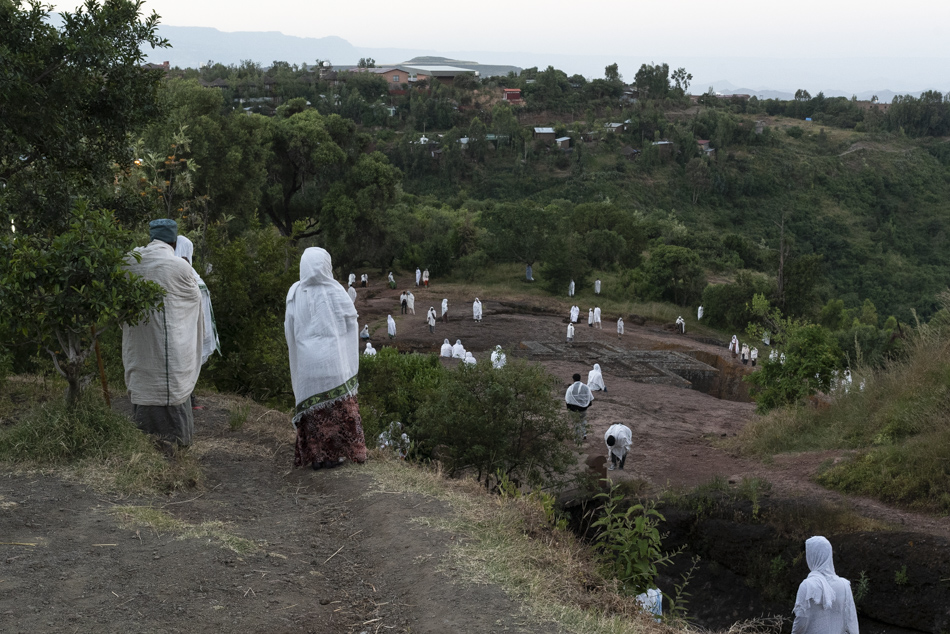
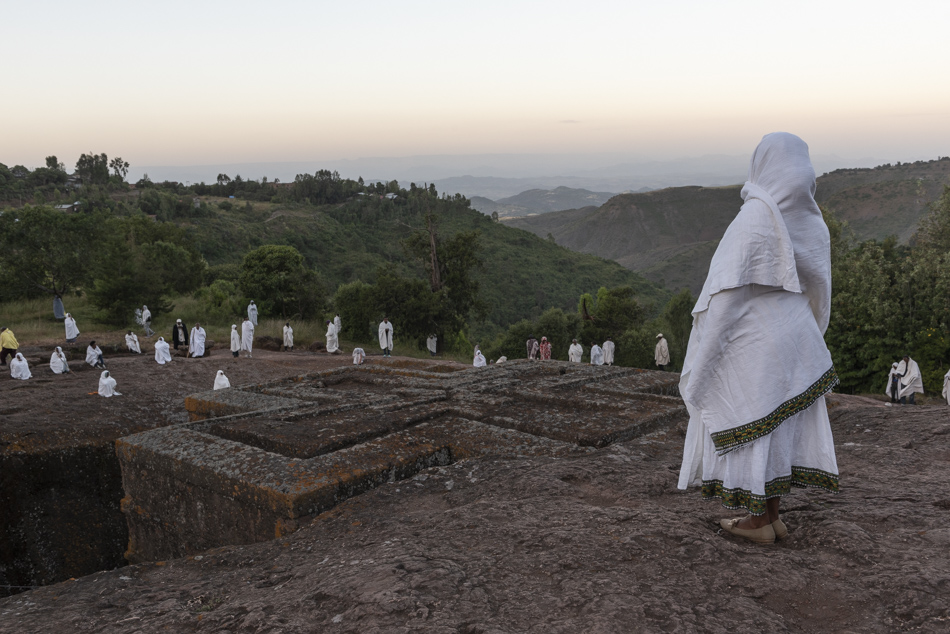
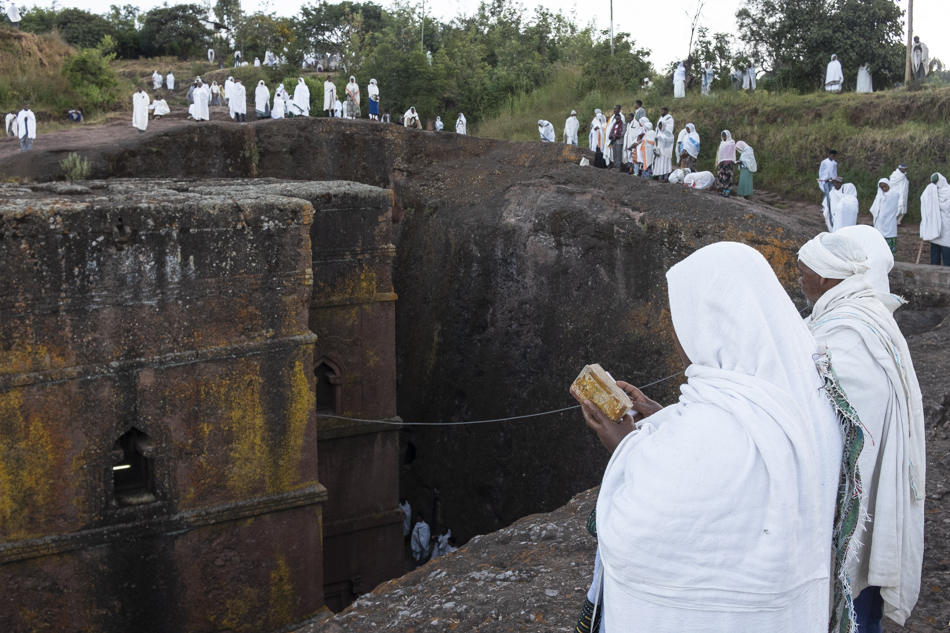
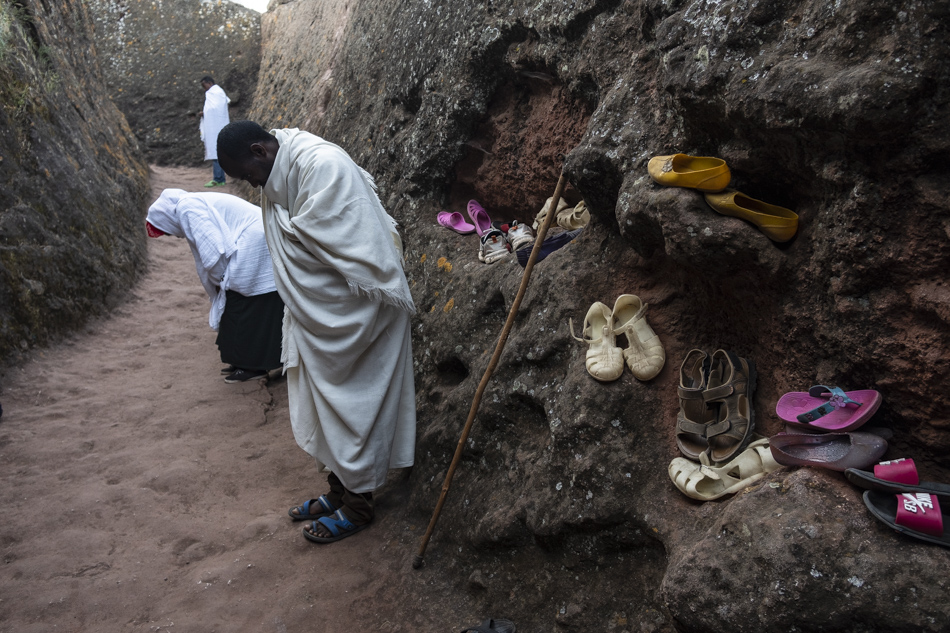
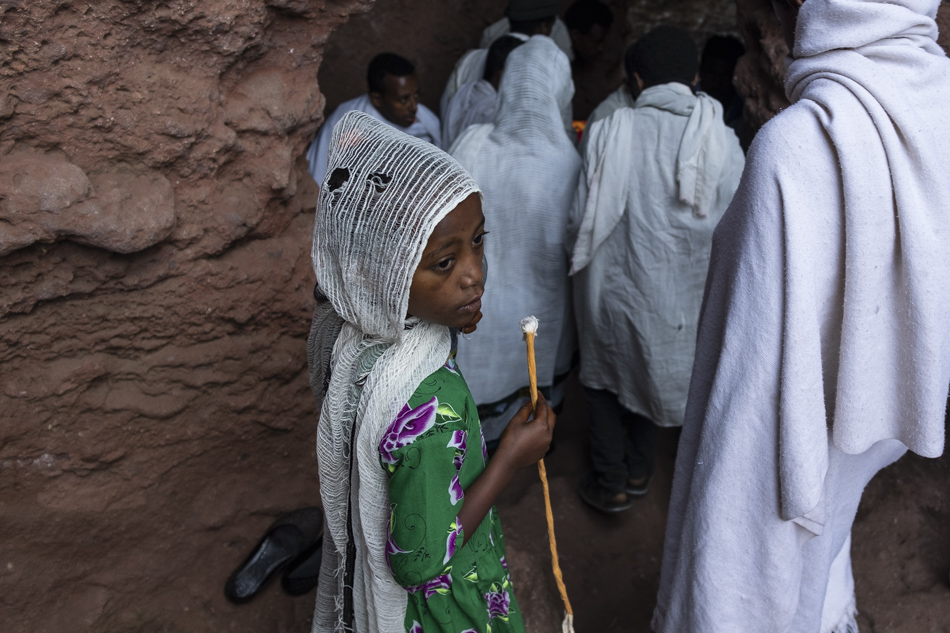
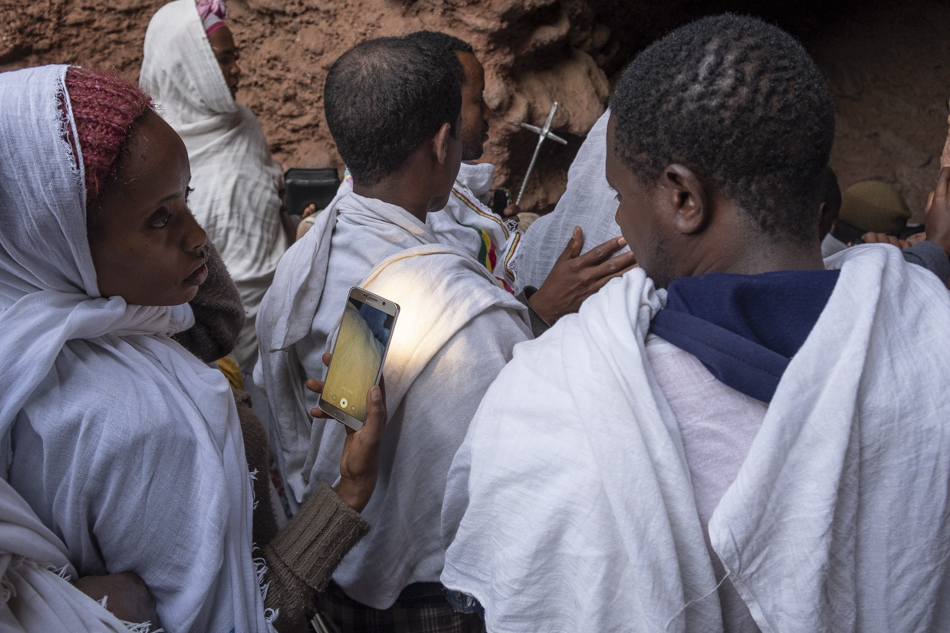
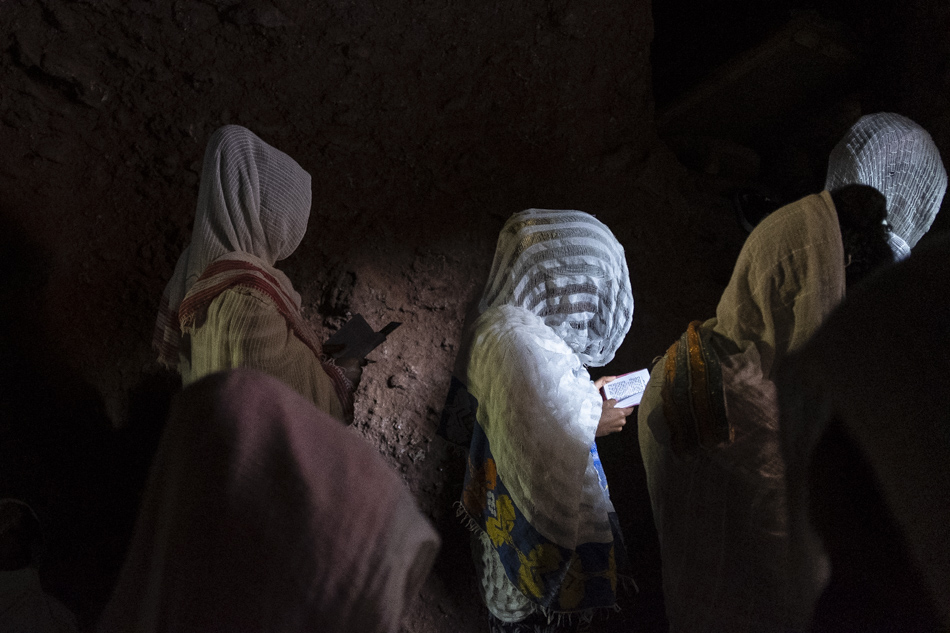
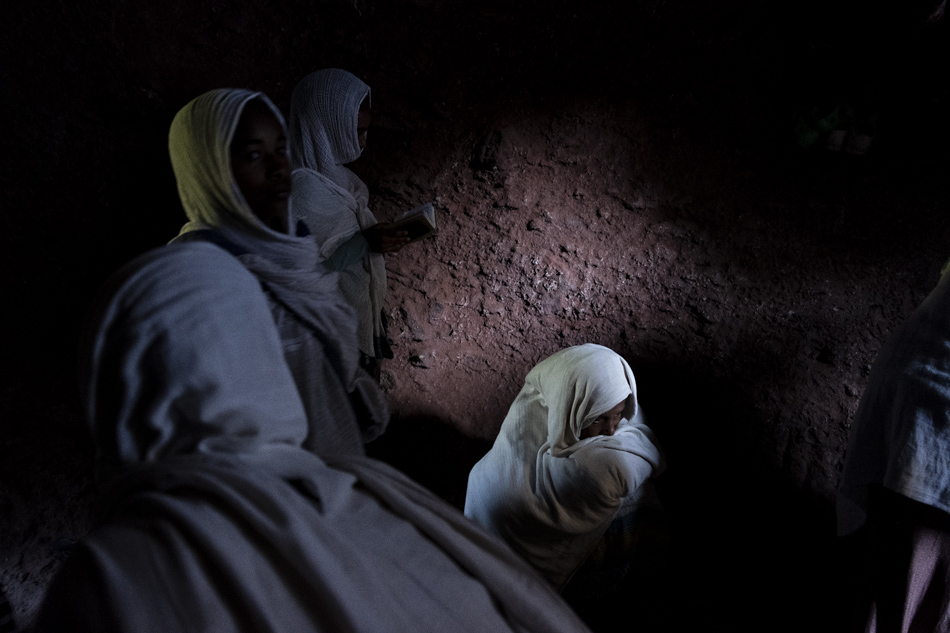
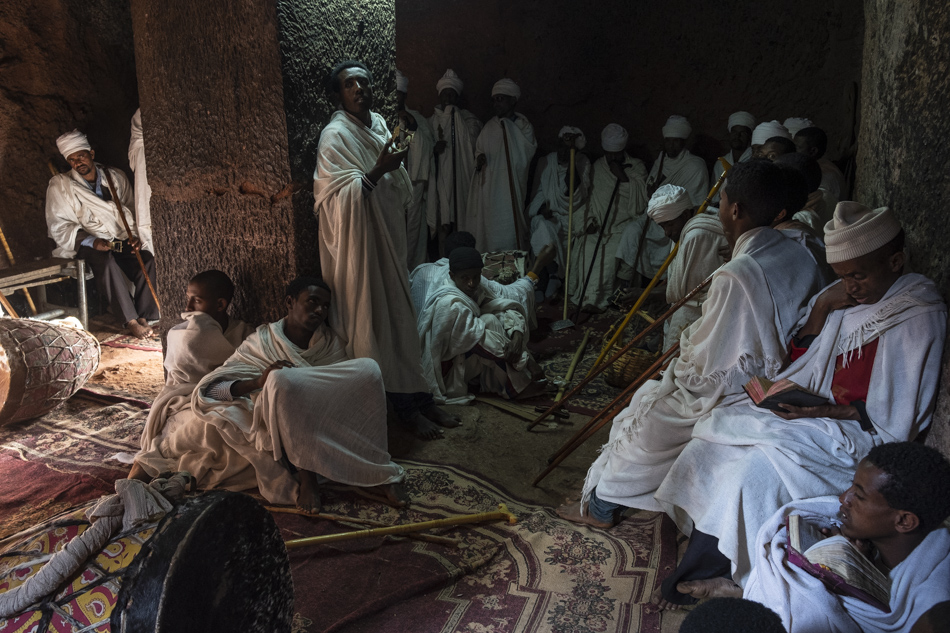
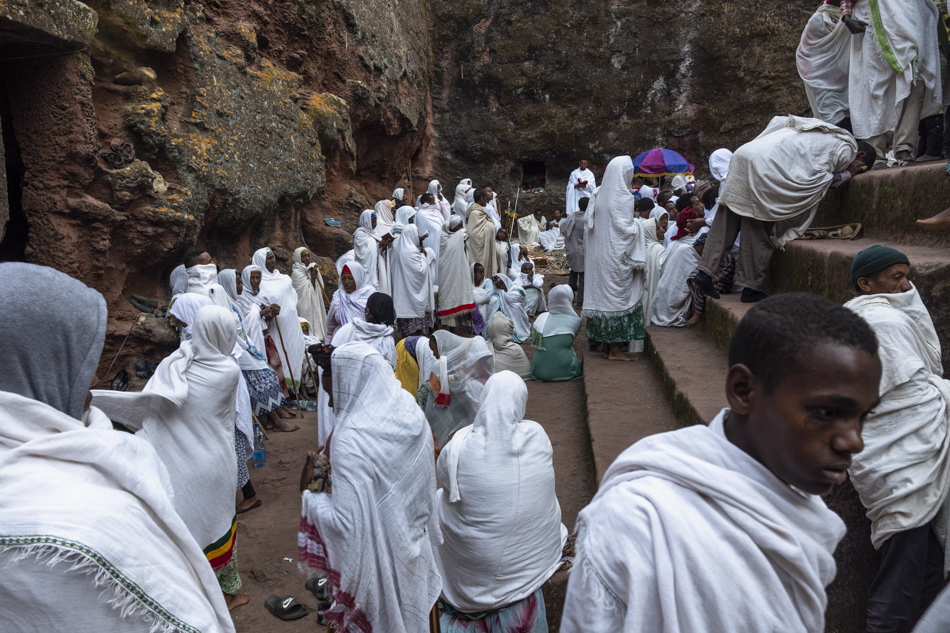
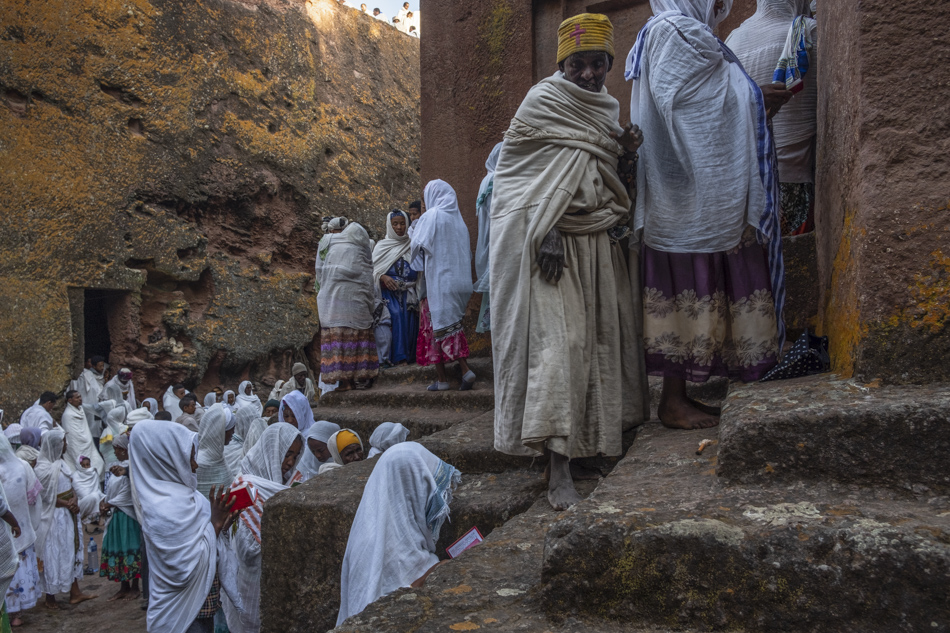
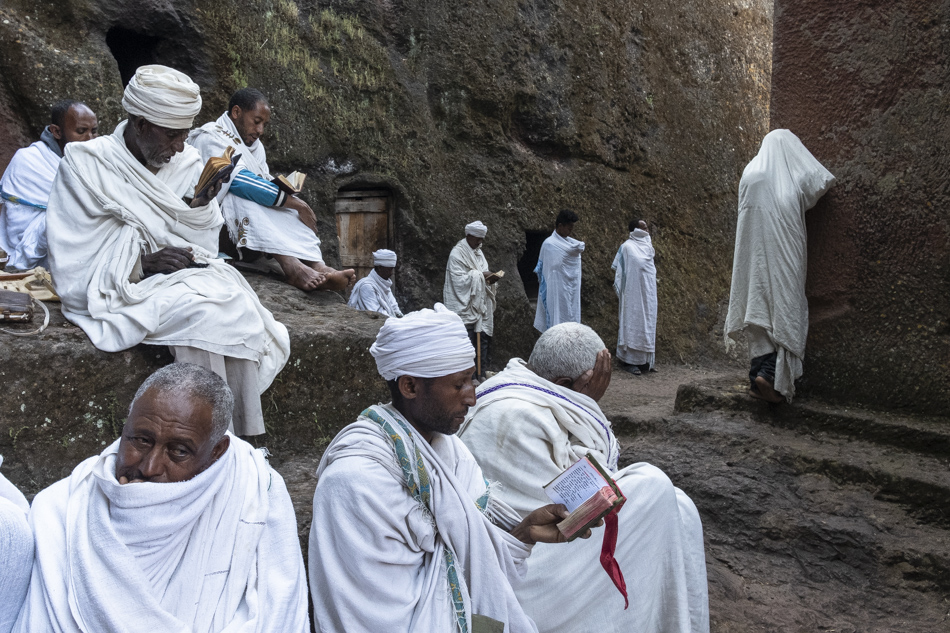
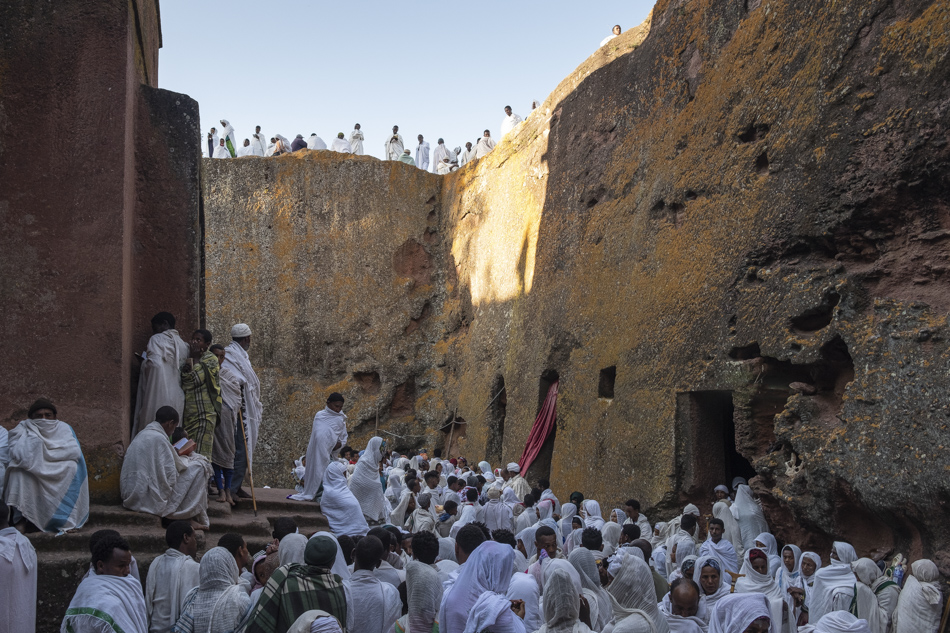
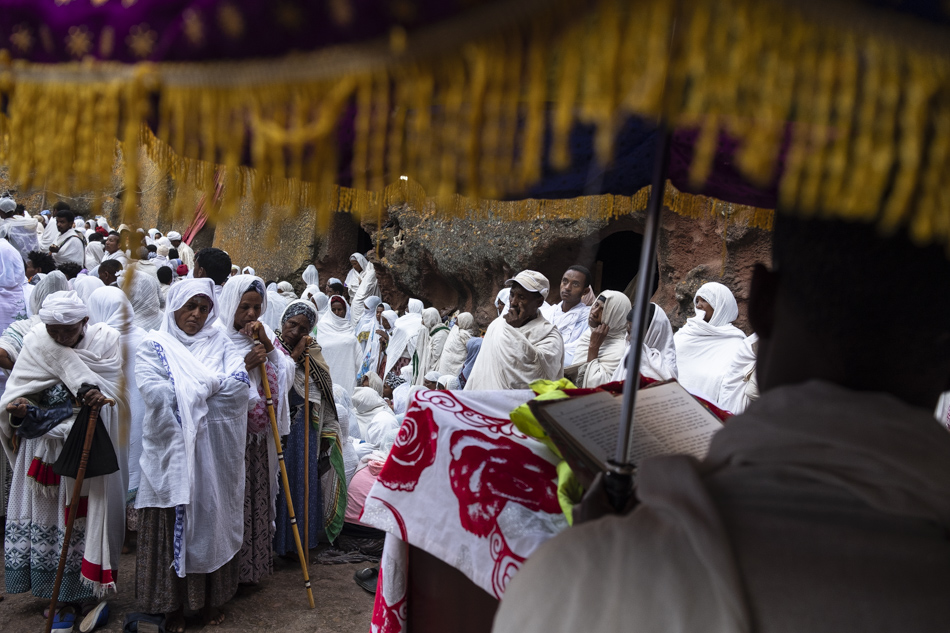
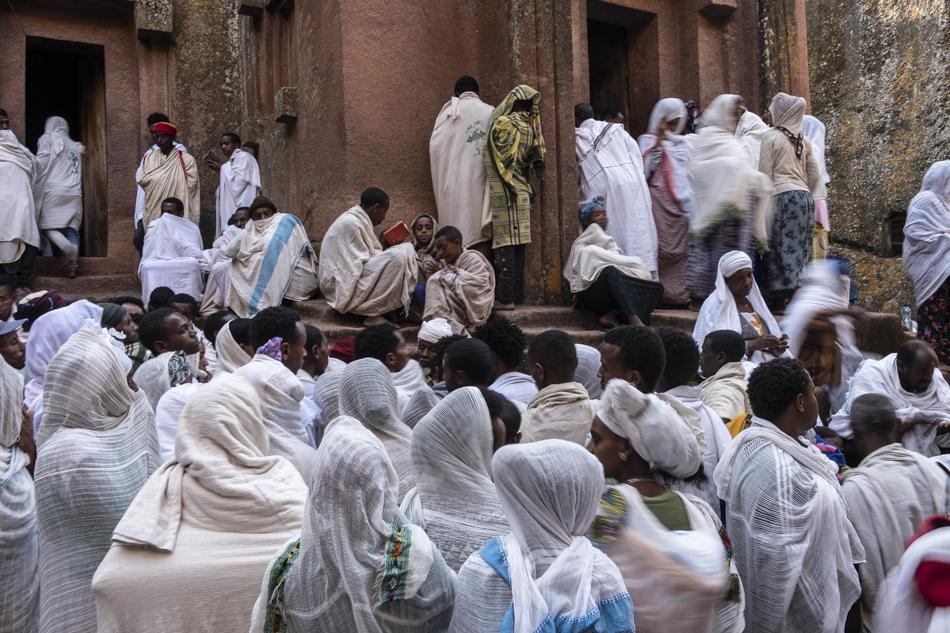
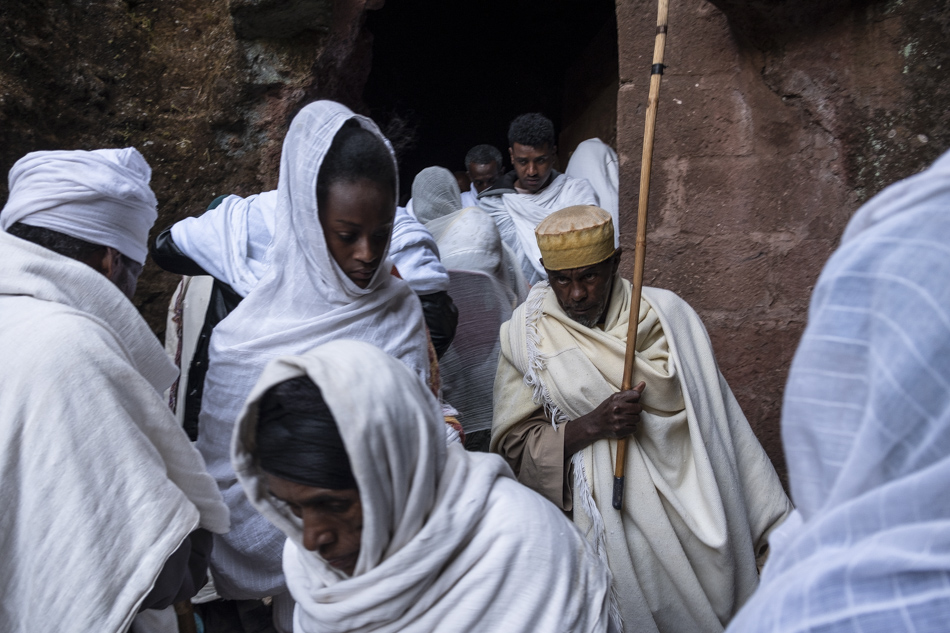
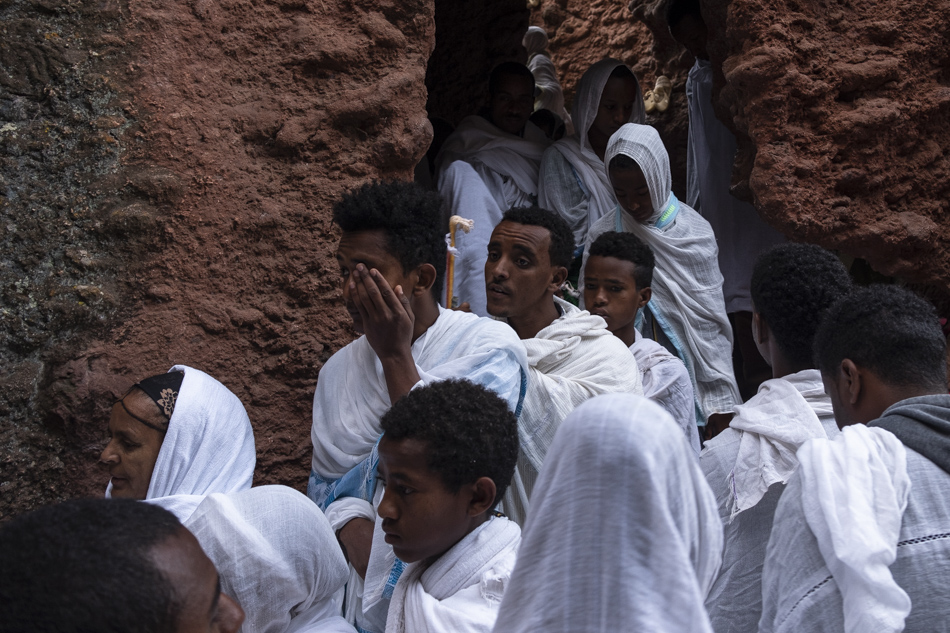
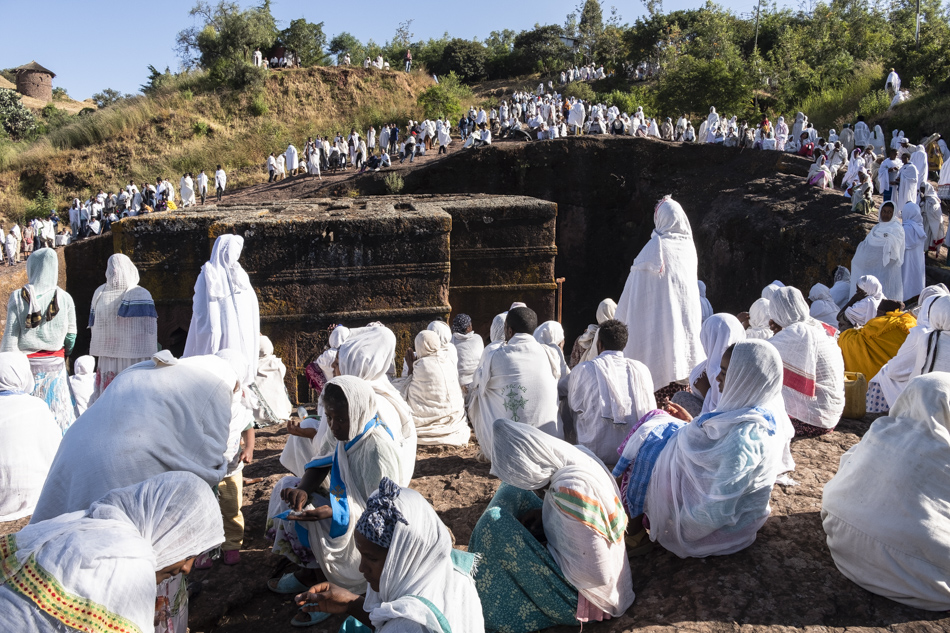
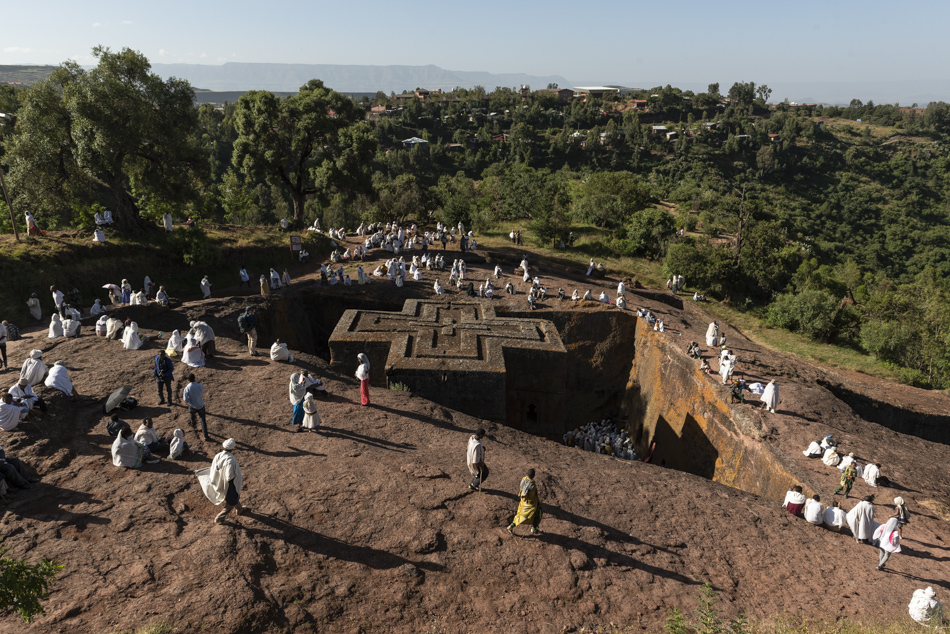
Thanks to our tour guide in Lalibela, Hailemariam Wubet (link to facebook page)
Also posted in Africa, Documentary, Editorial, Festival, Religion, Travel Photography
Tagged Africa, Bete Giyorgis, celebration, Christianity, Church, Documentary, Ethiopian Orthodox Church, Festival, Lalibela, pilgrimage site, pilgrims, religion, rock-hewn, Saint George Festival, St George, Traditions, Travel photography, worship
|
©2024 Francesco Marchetti, All Rights Reserved
